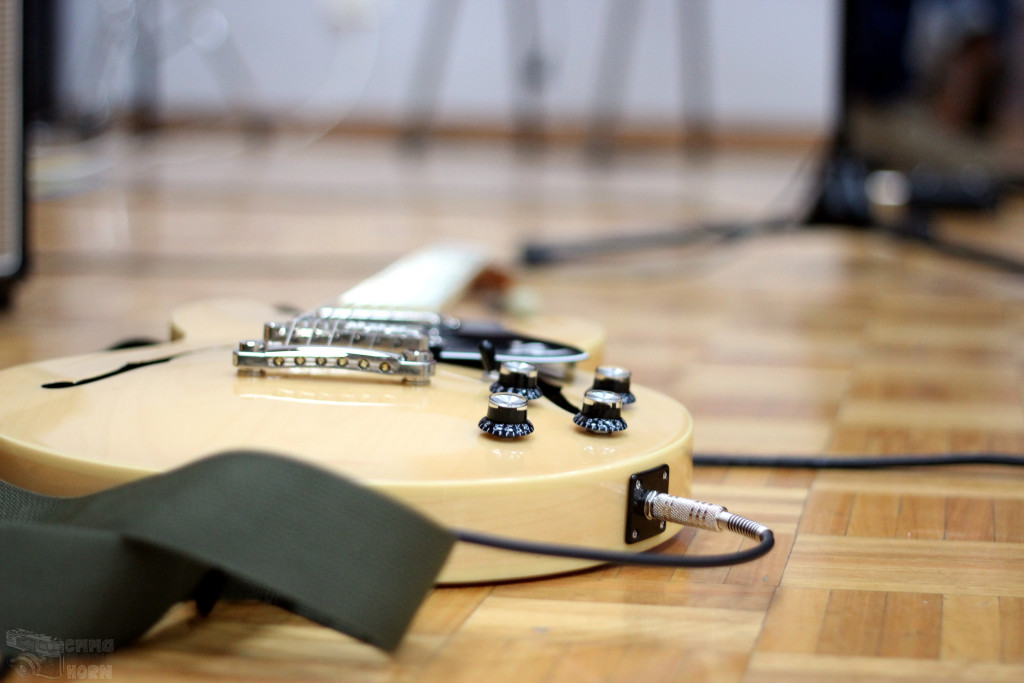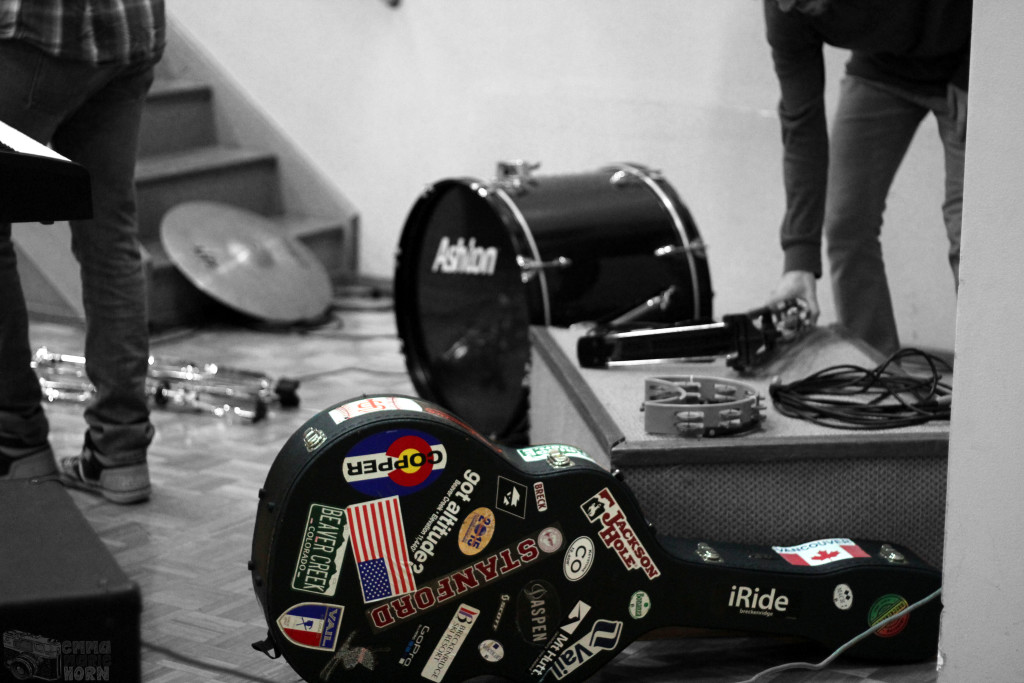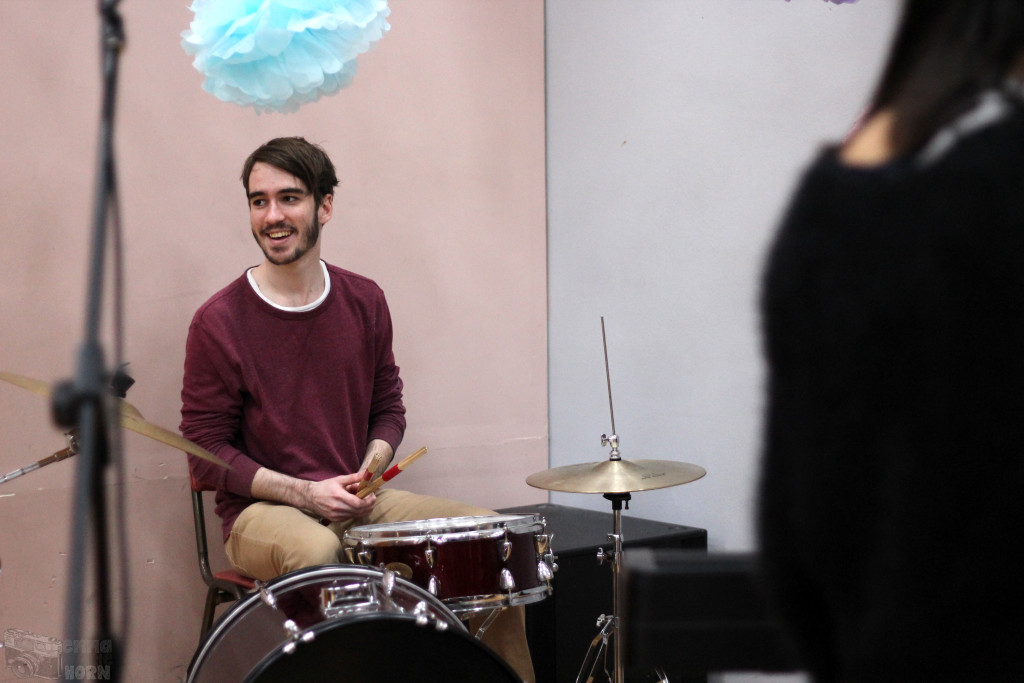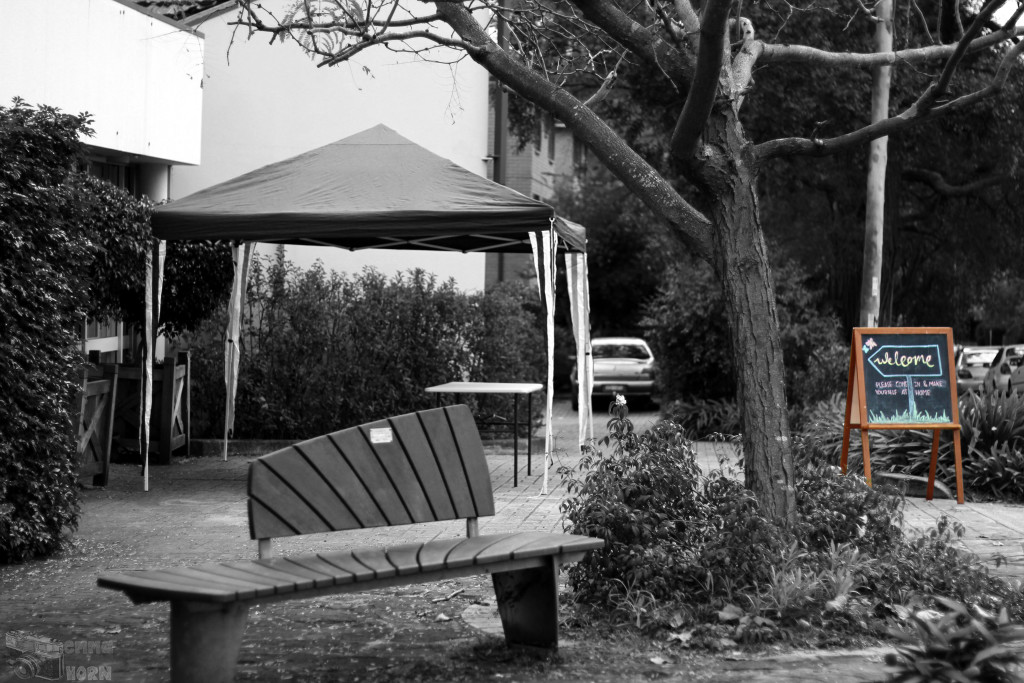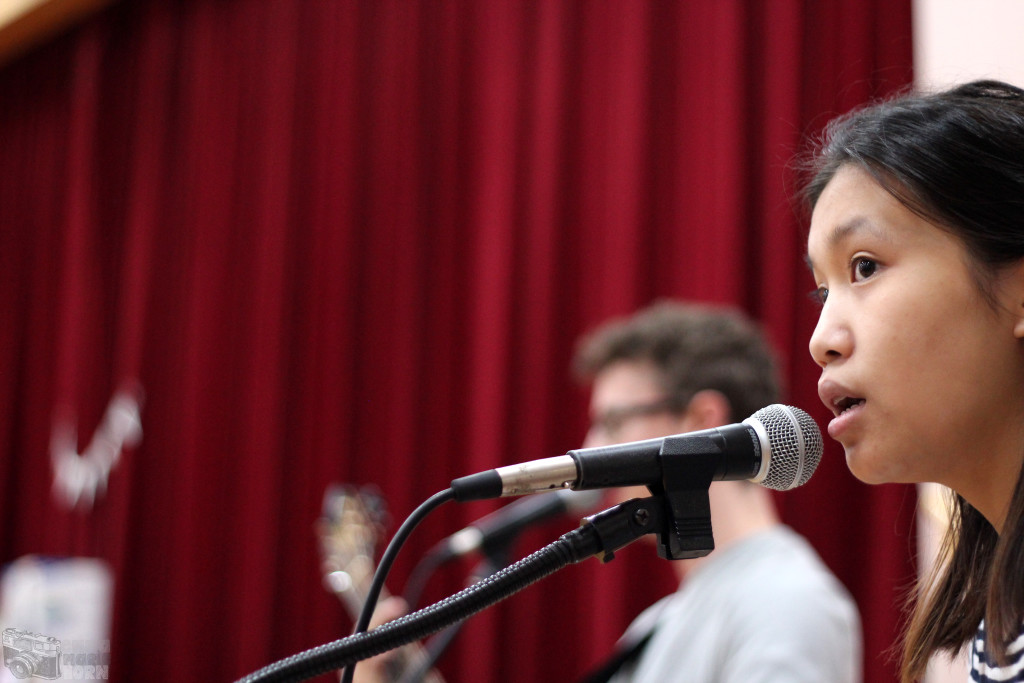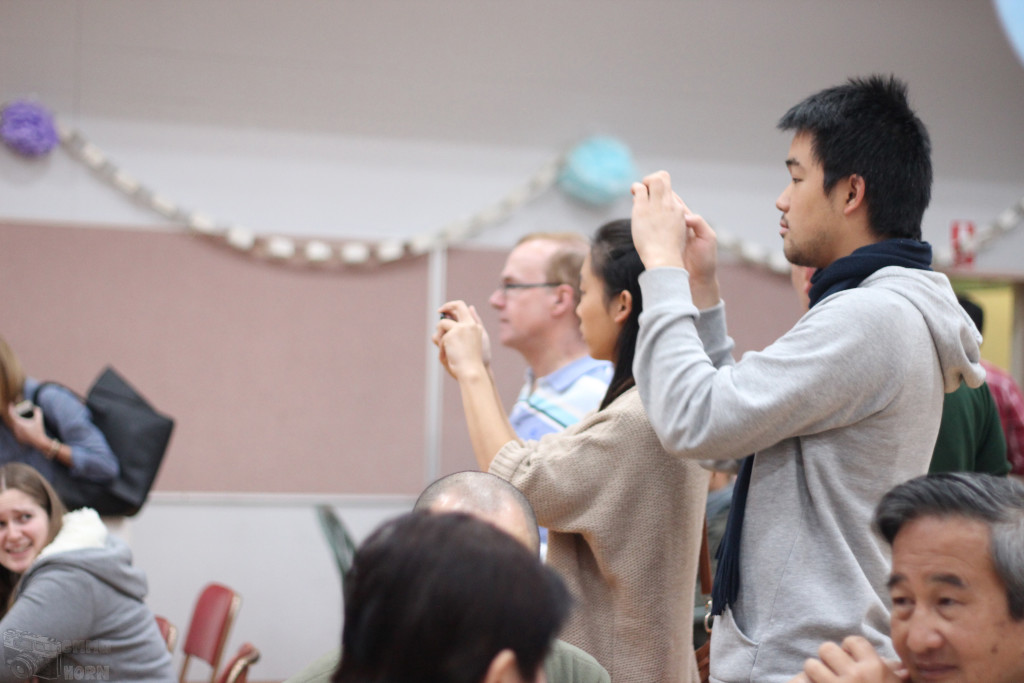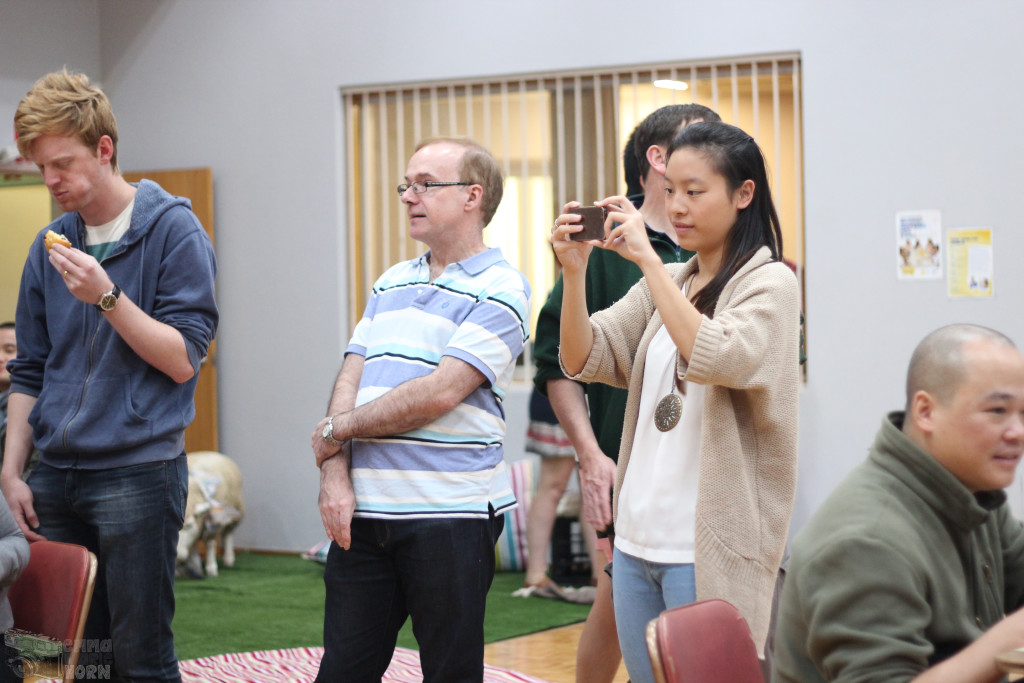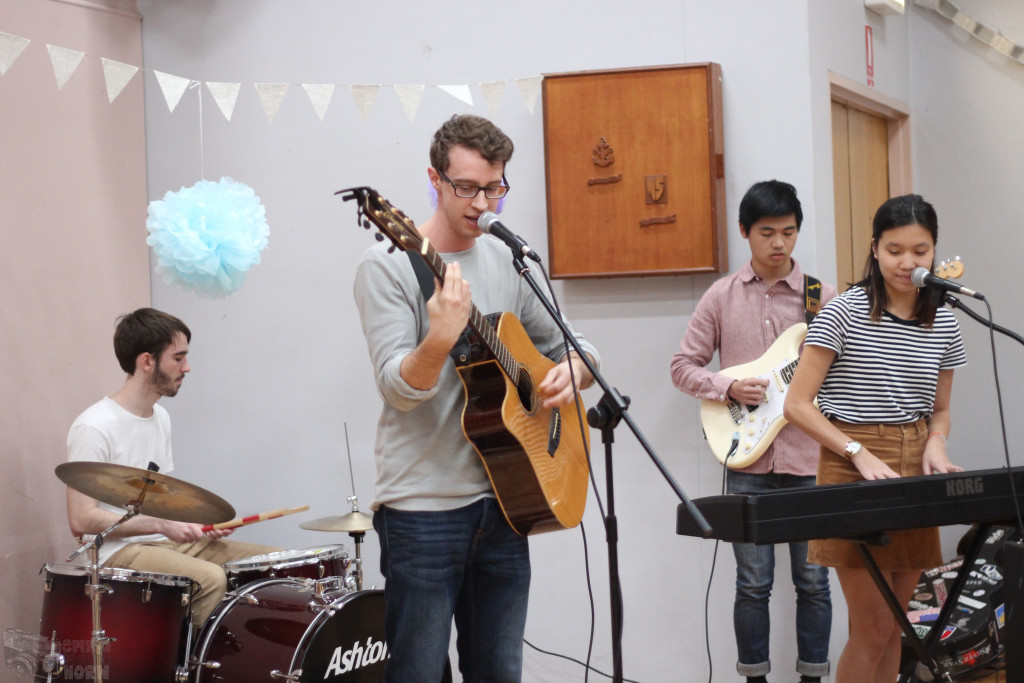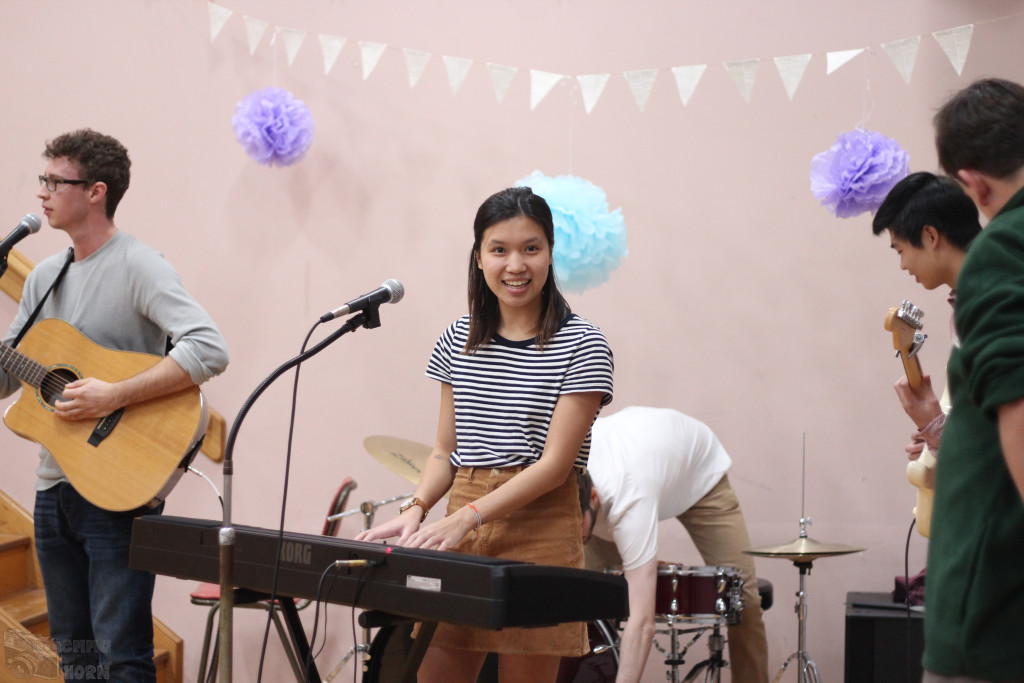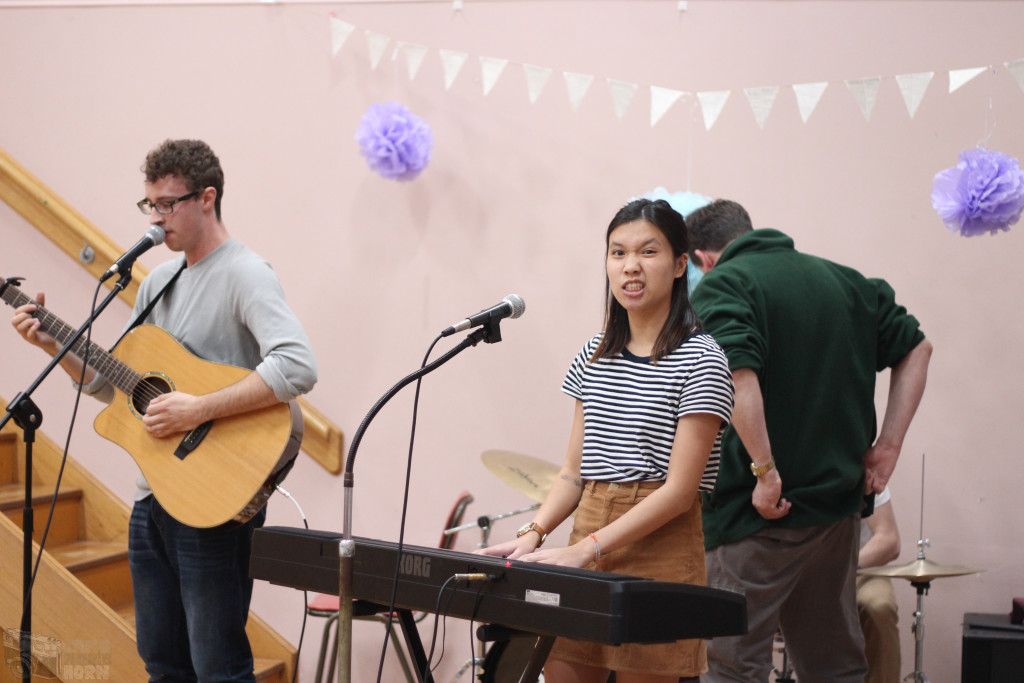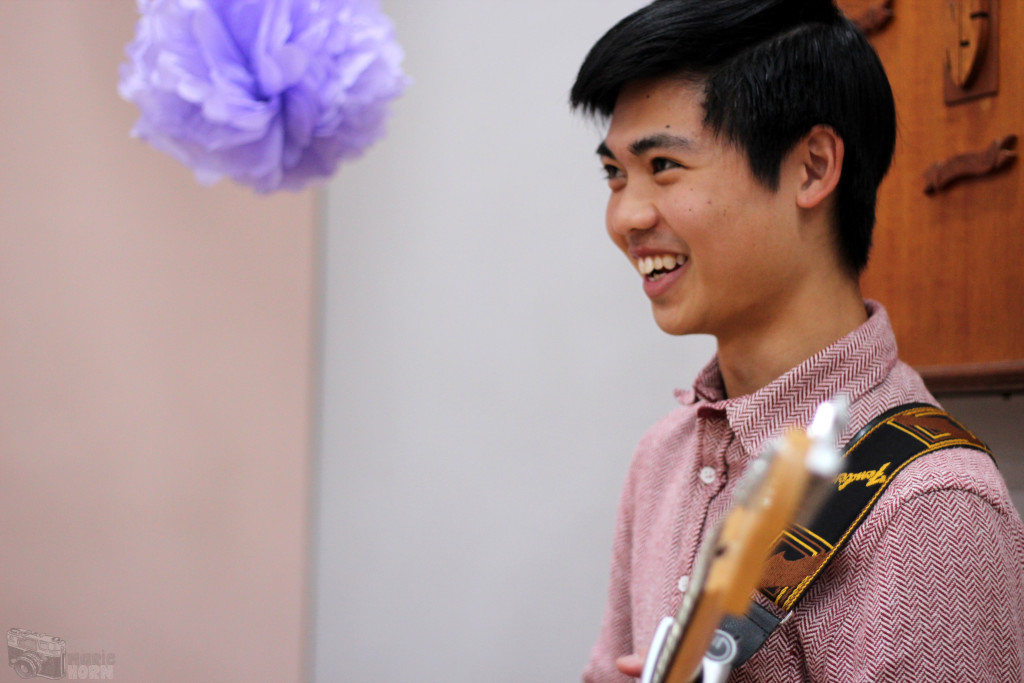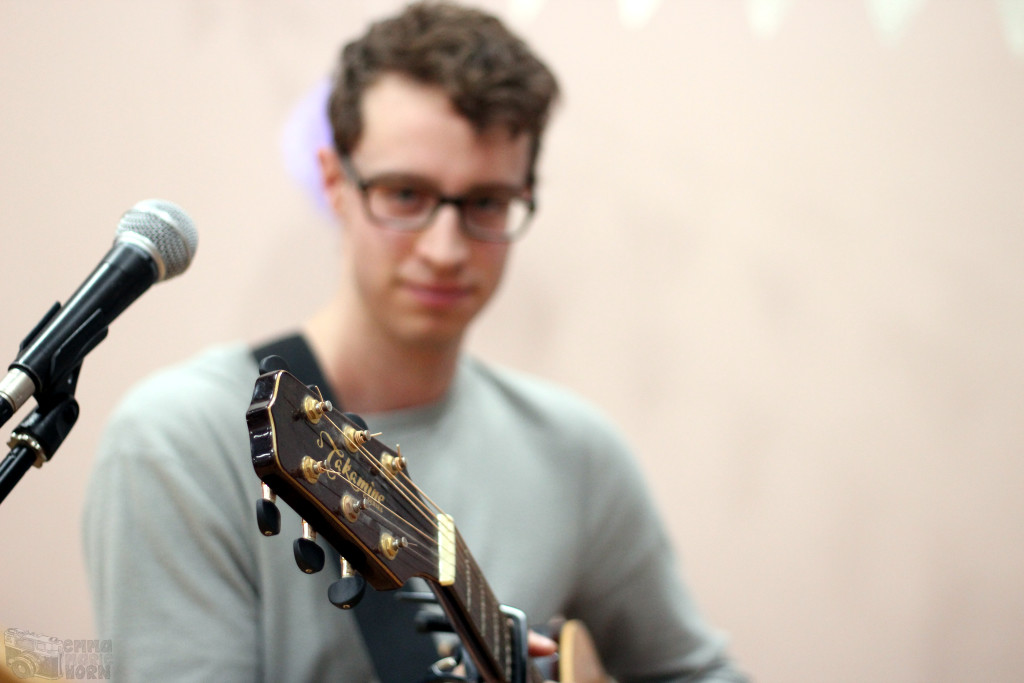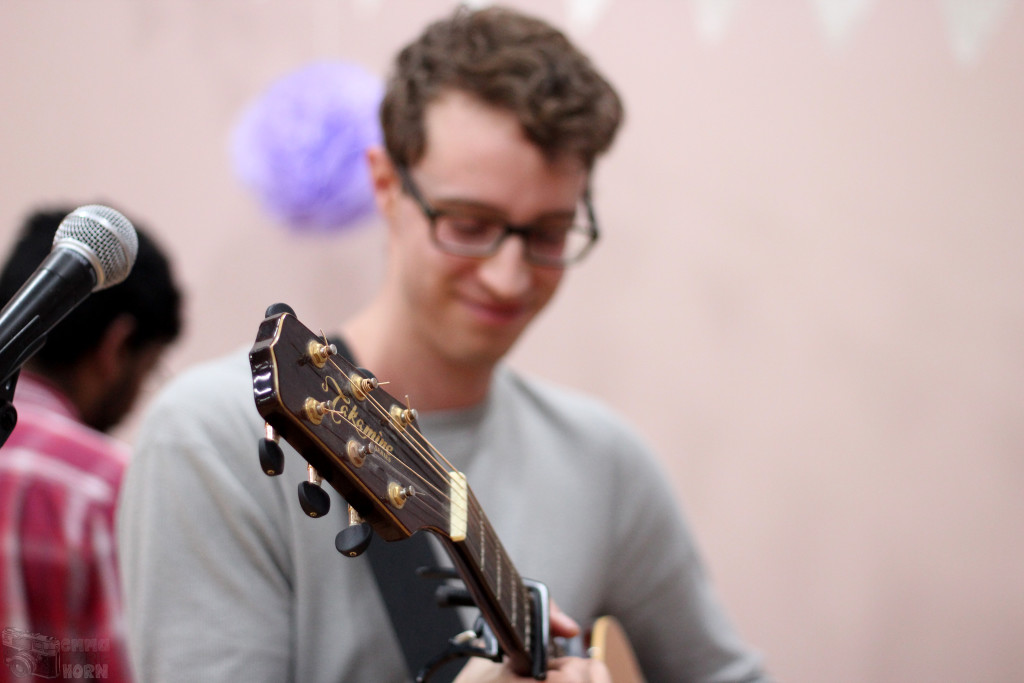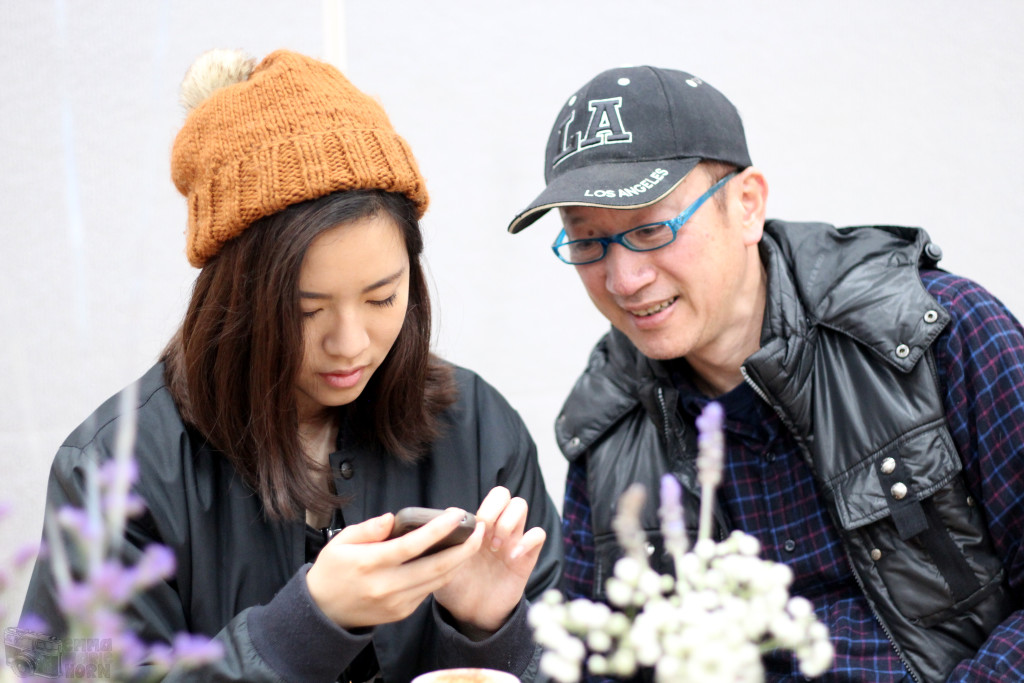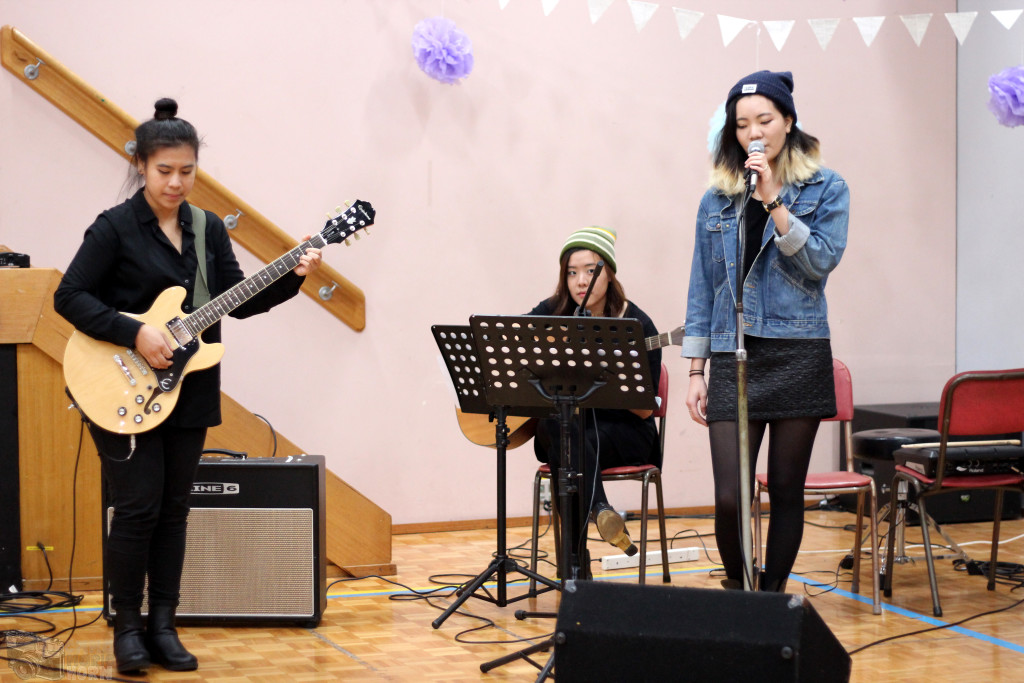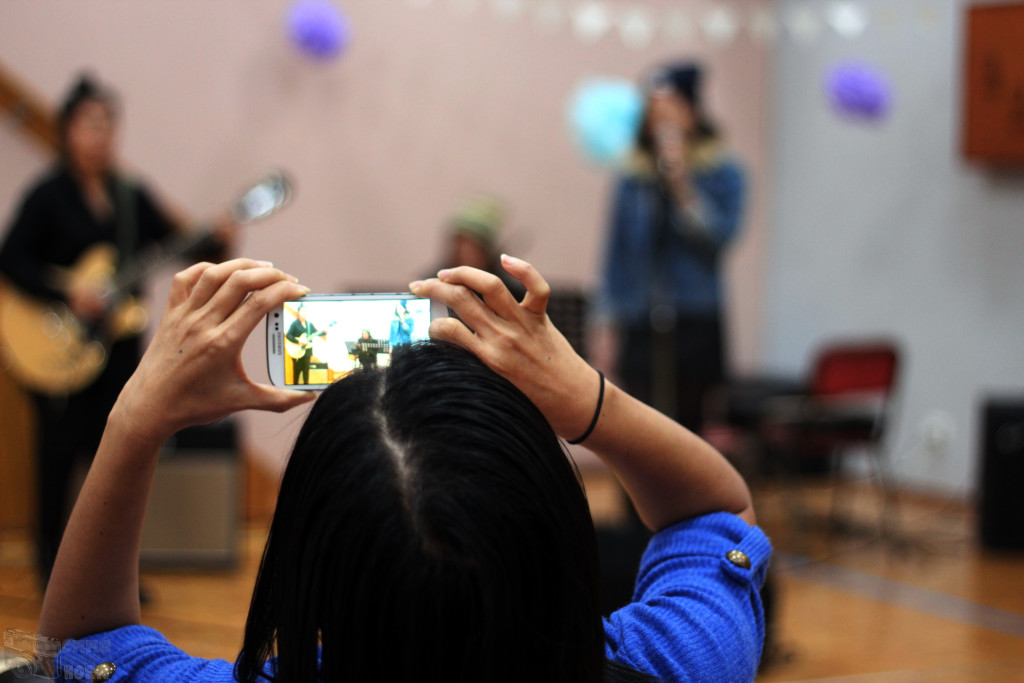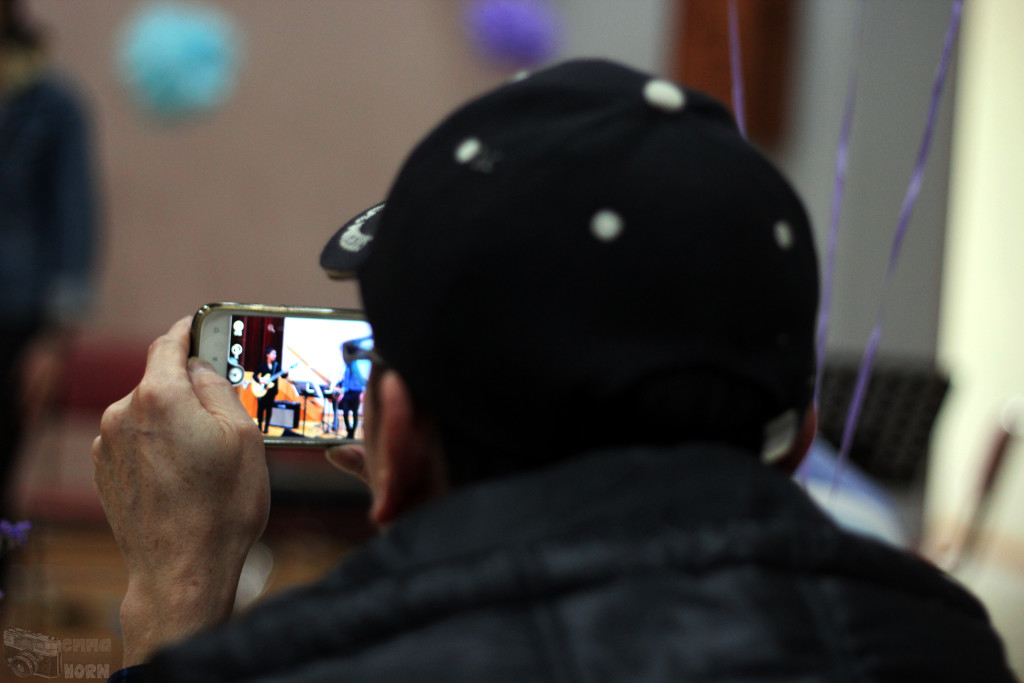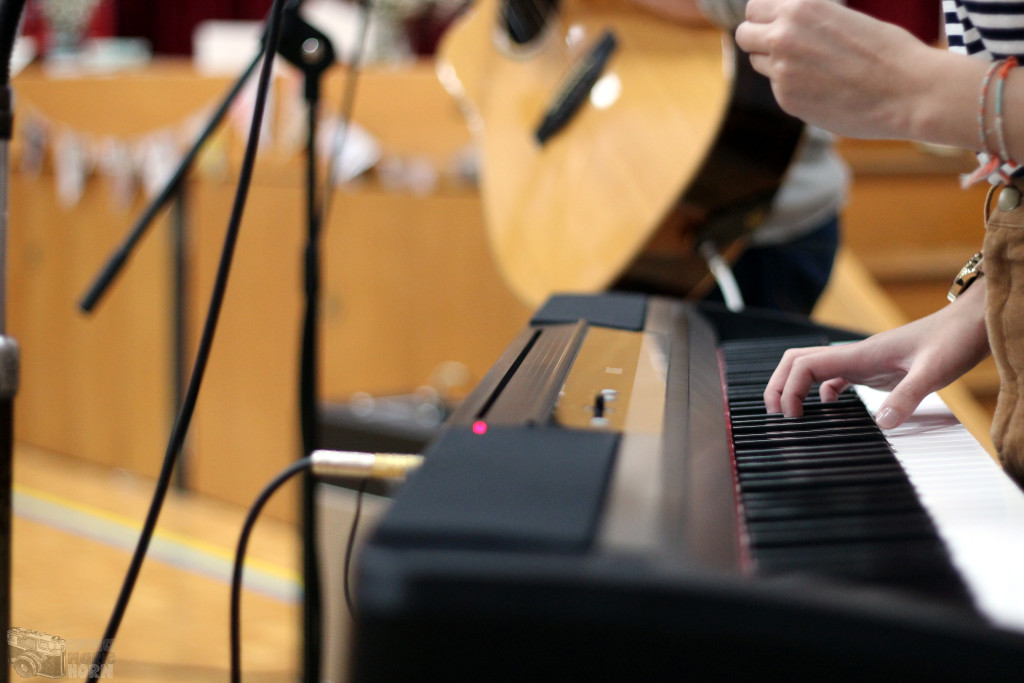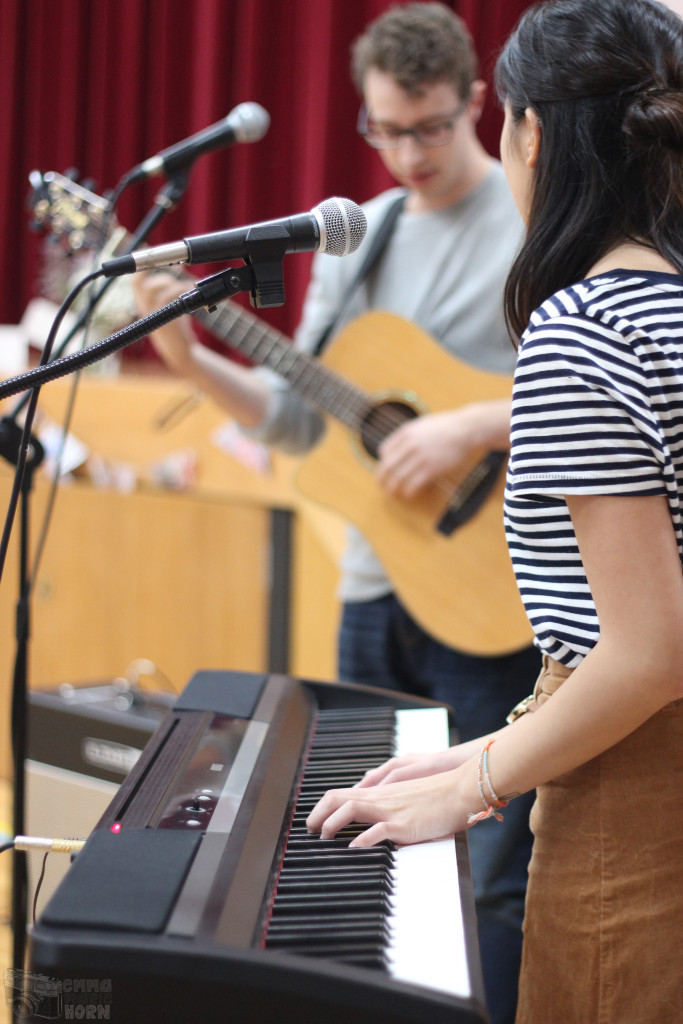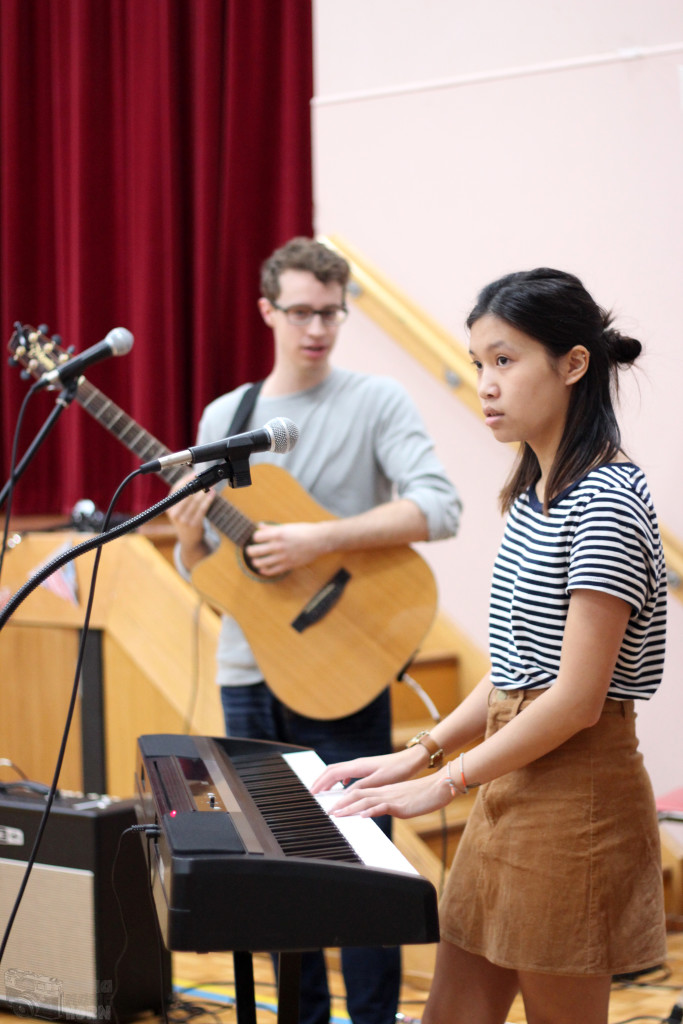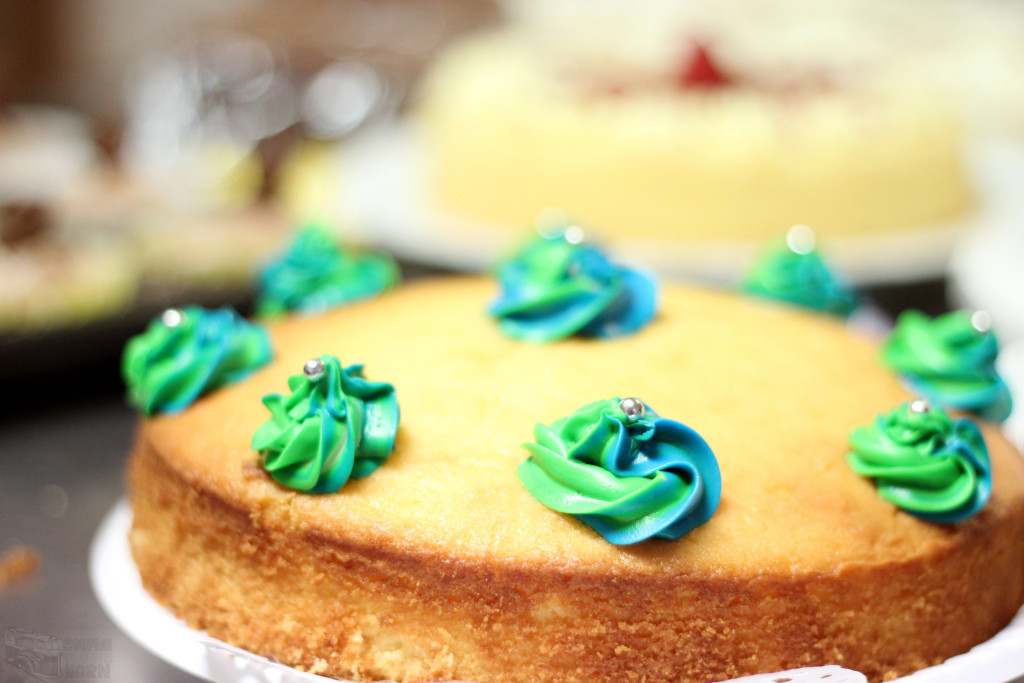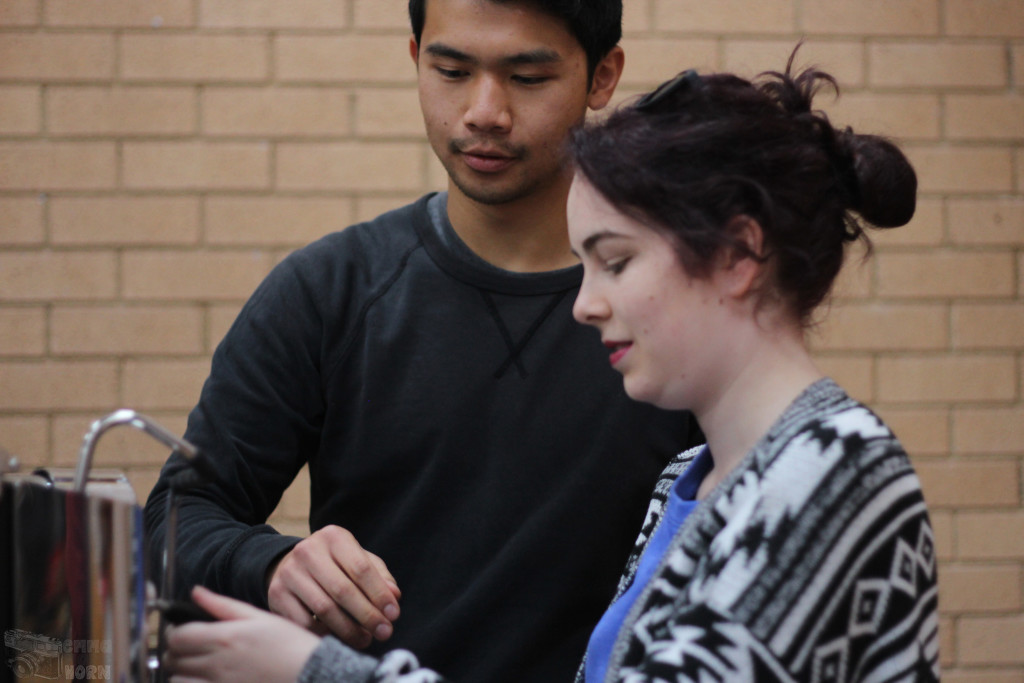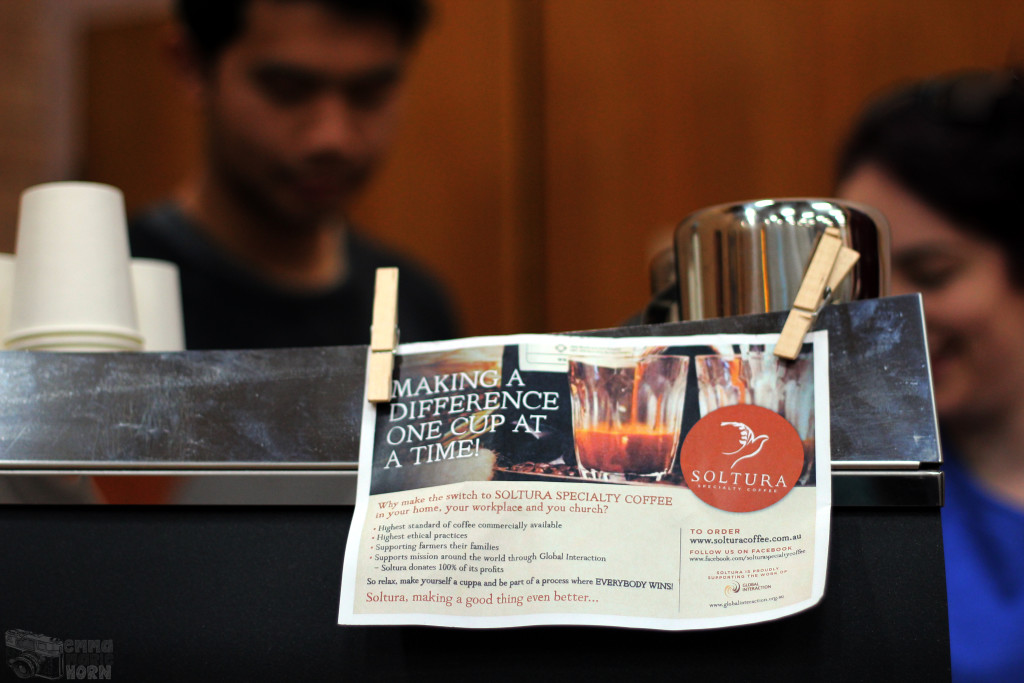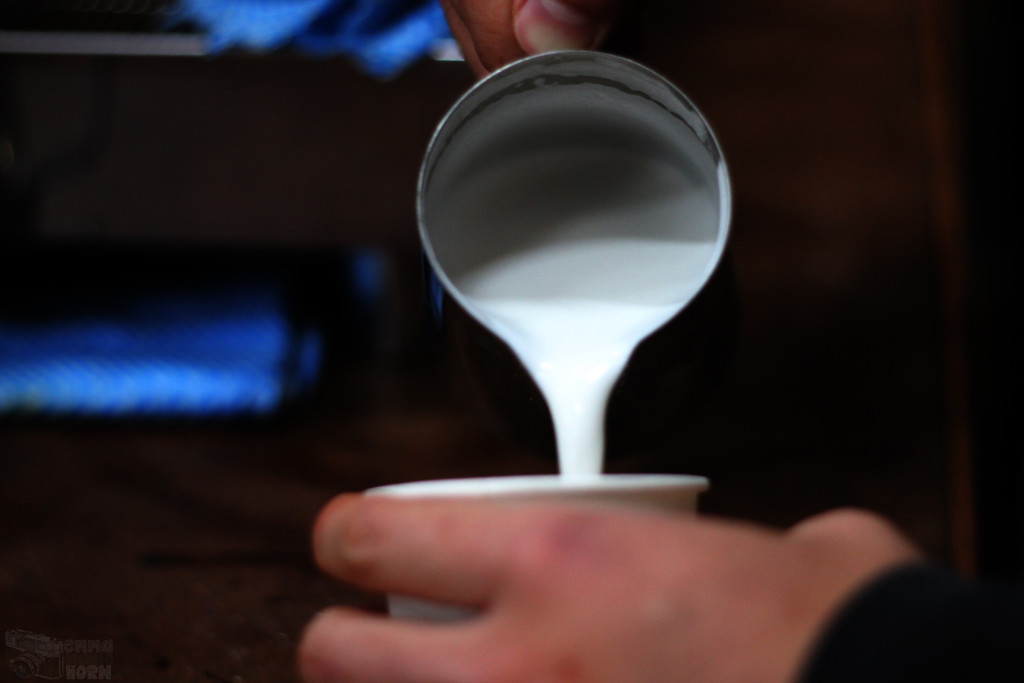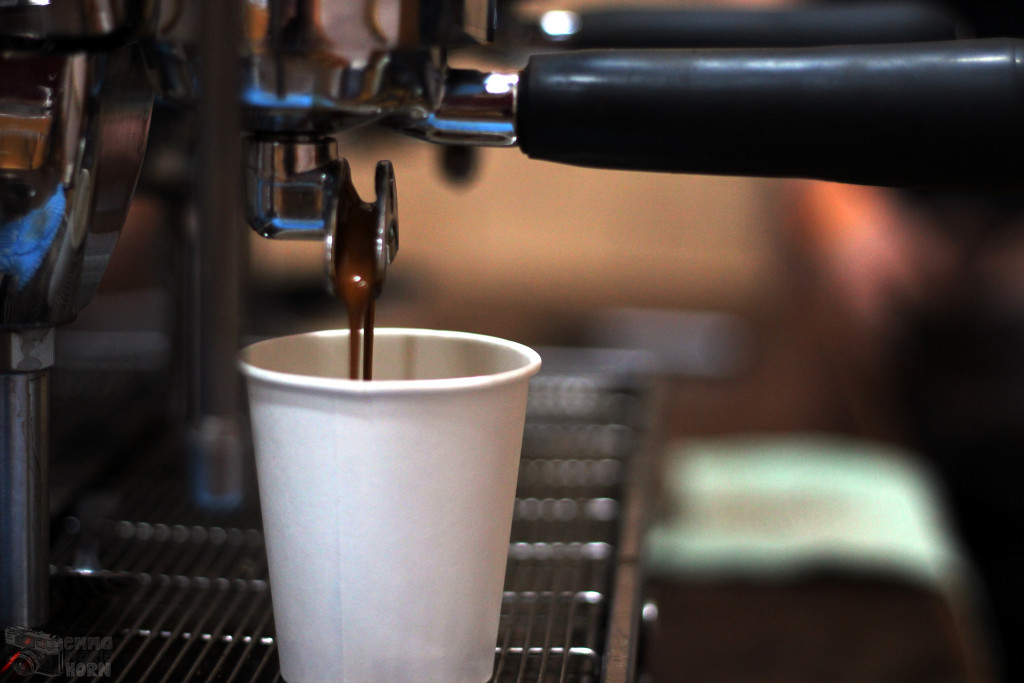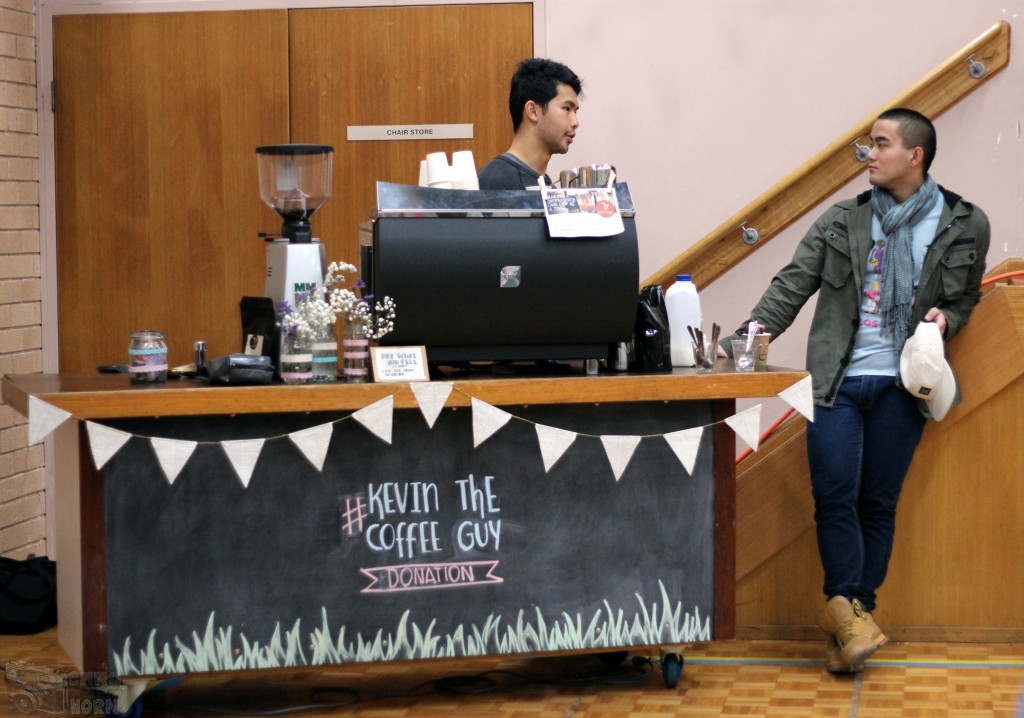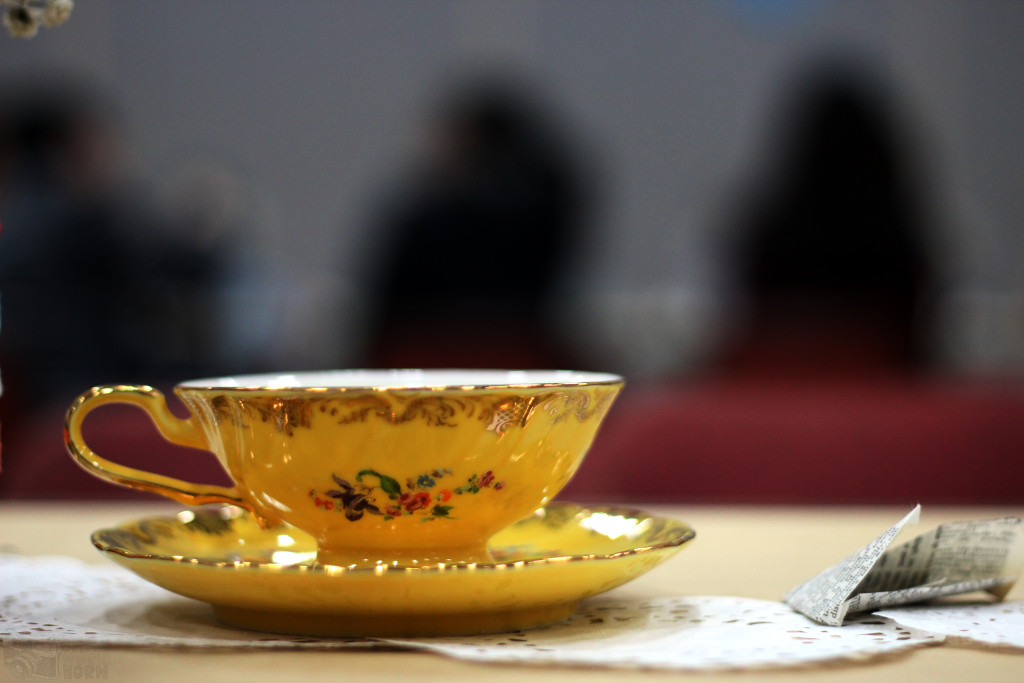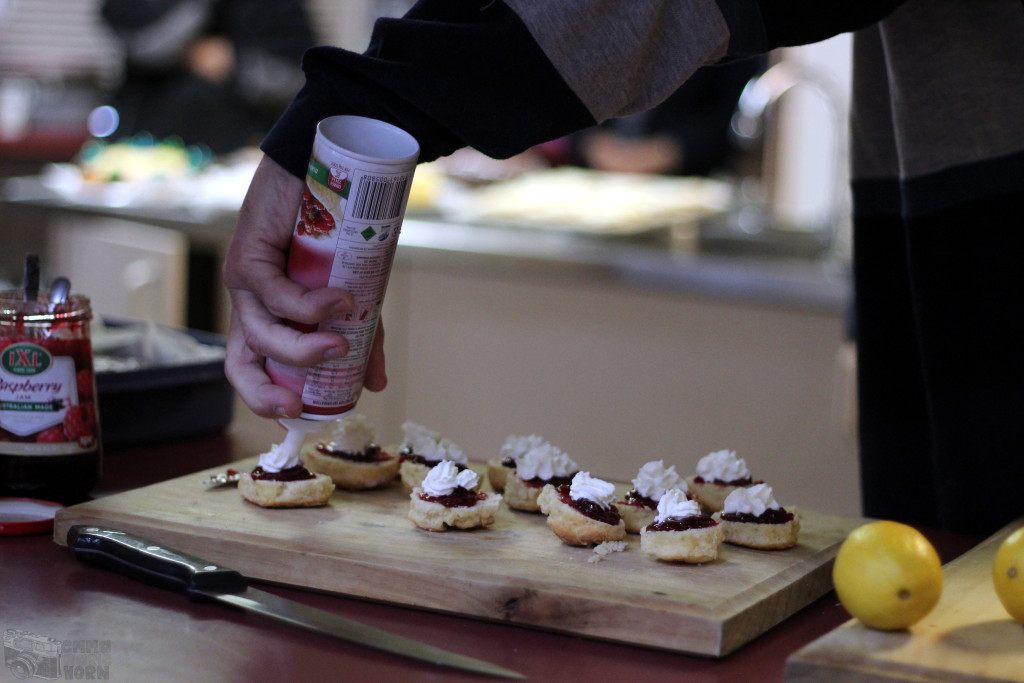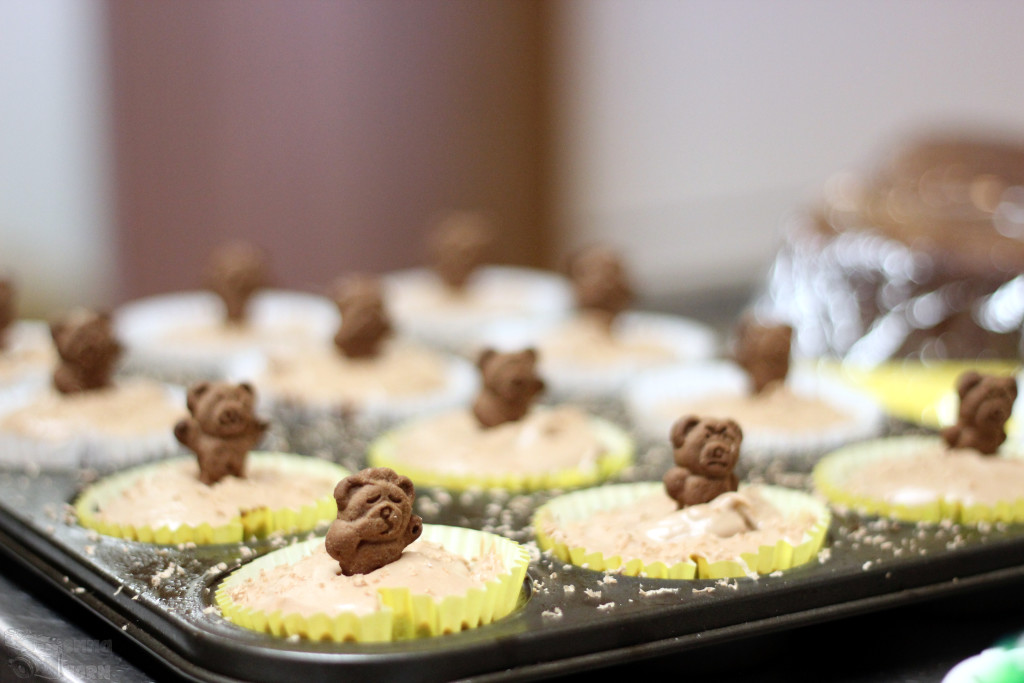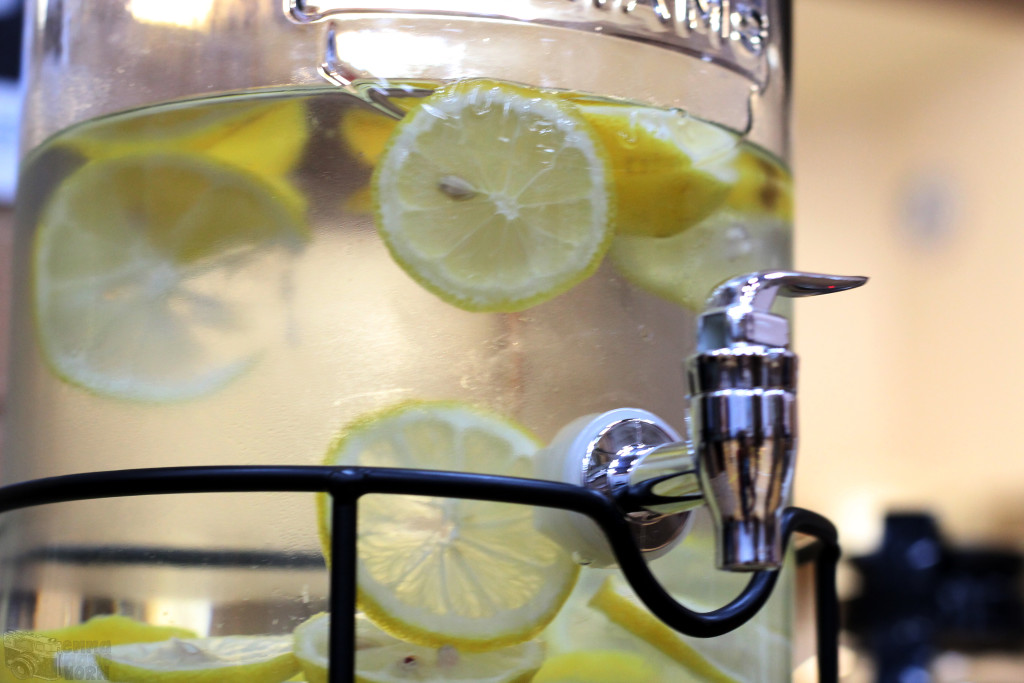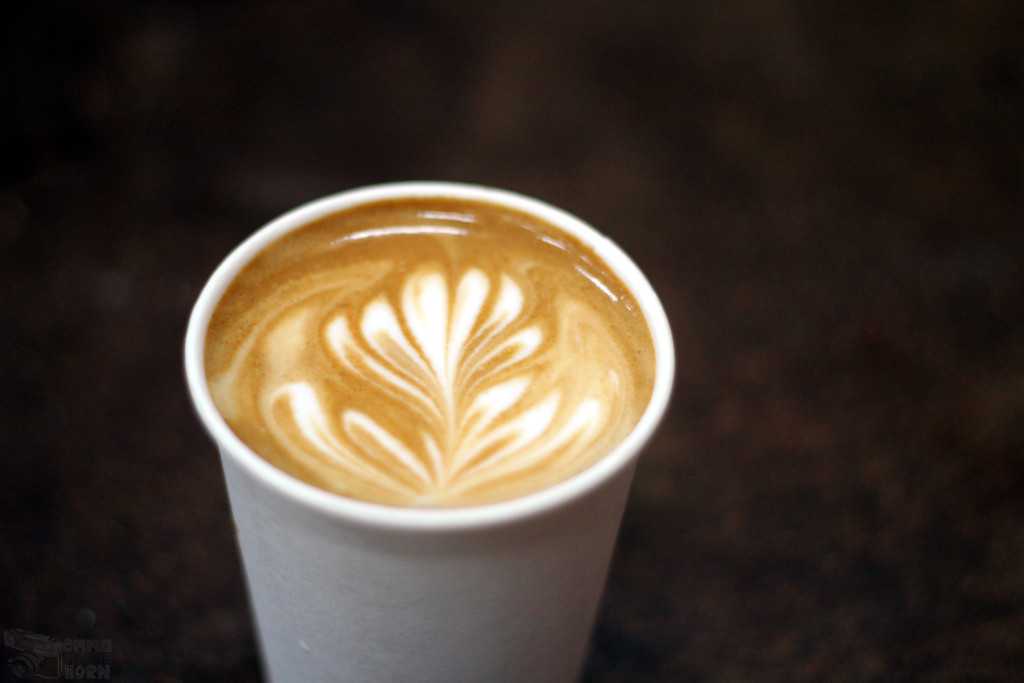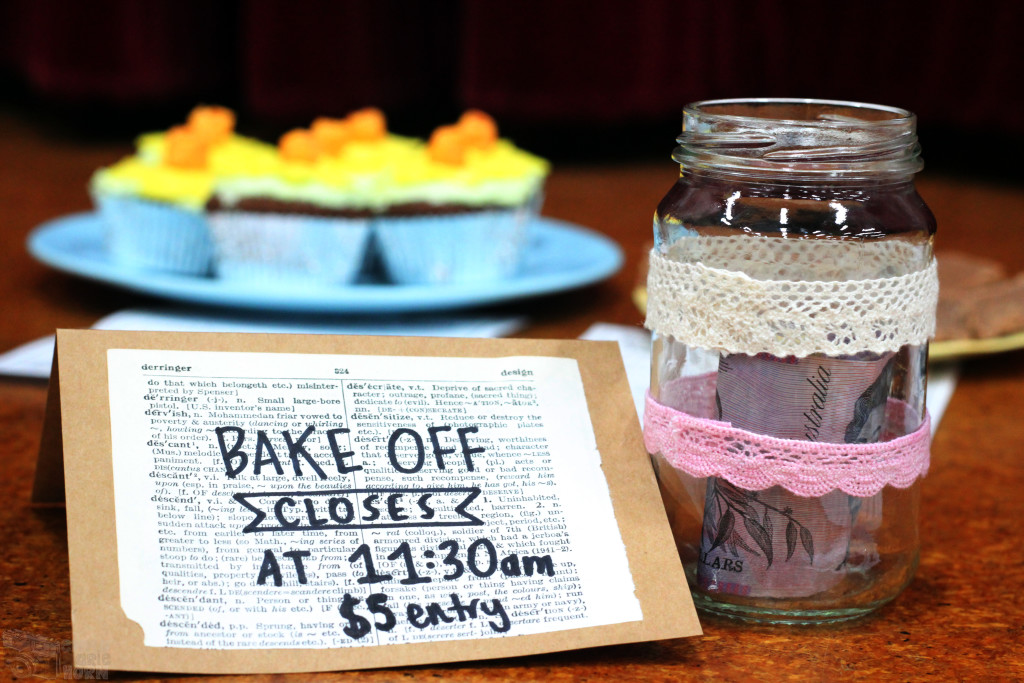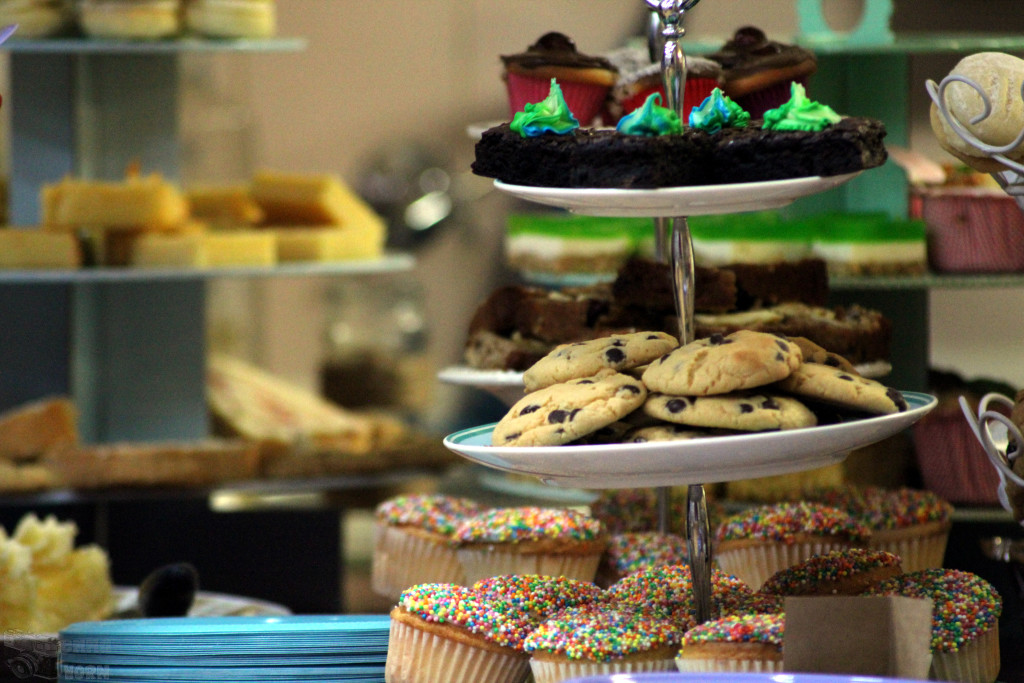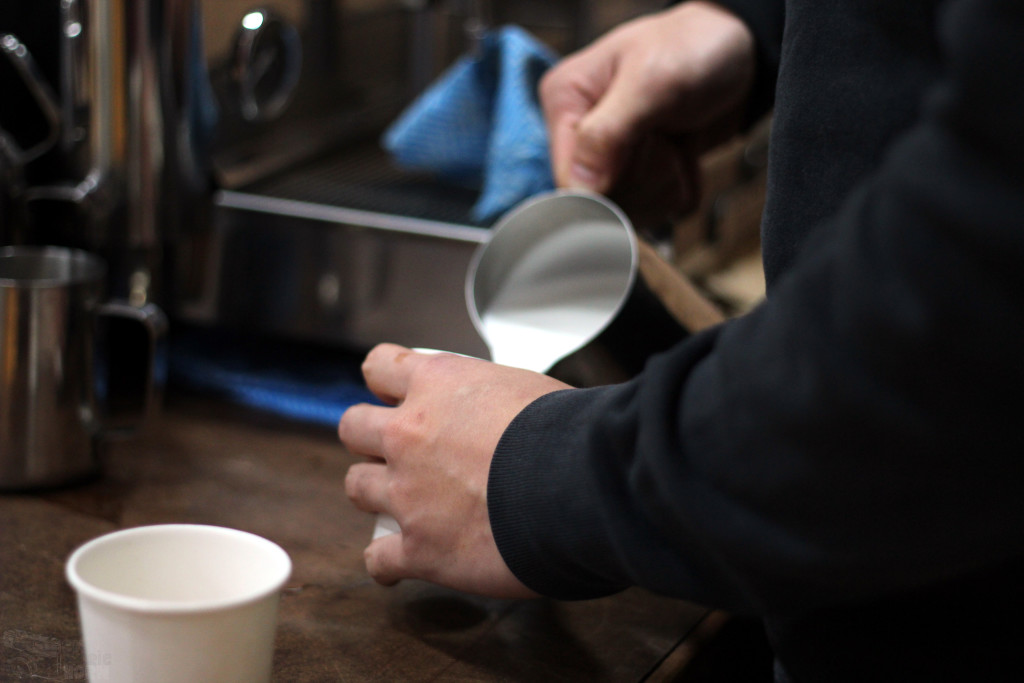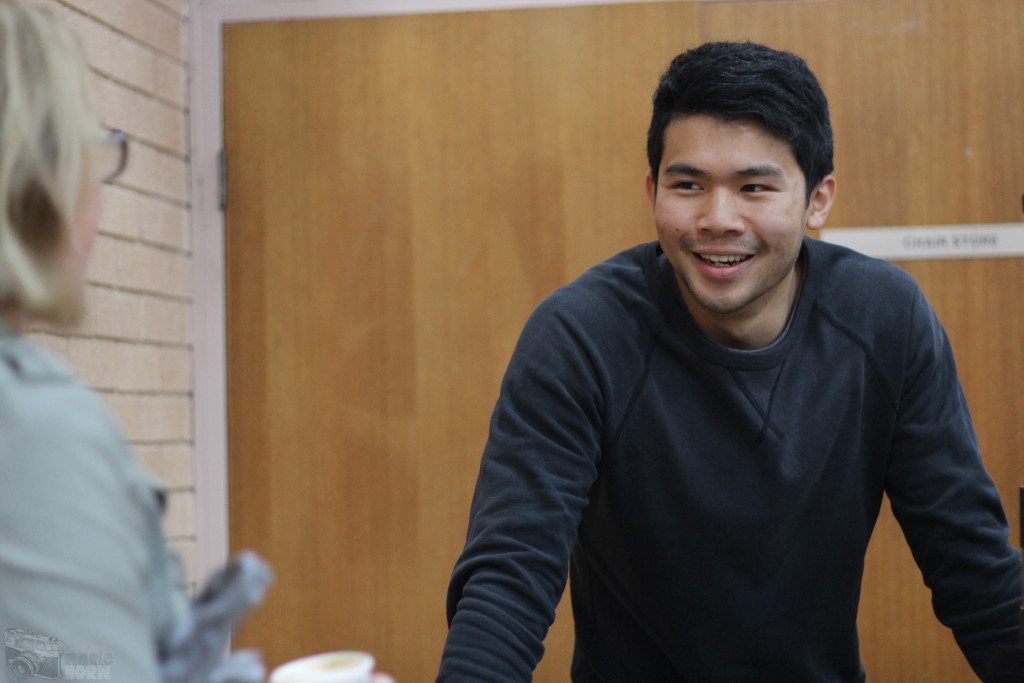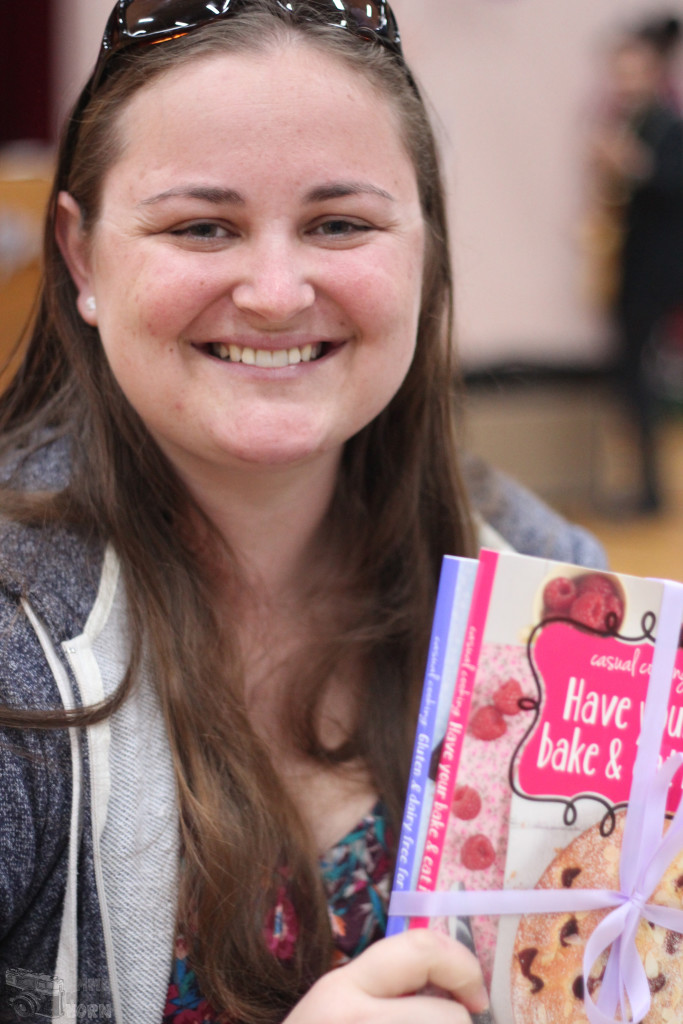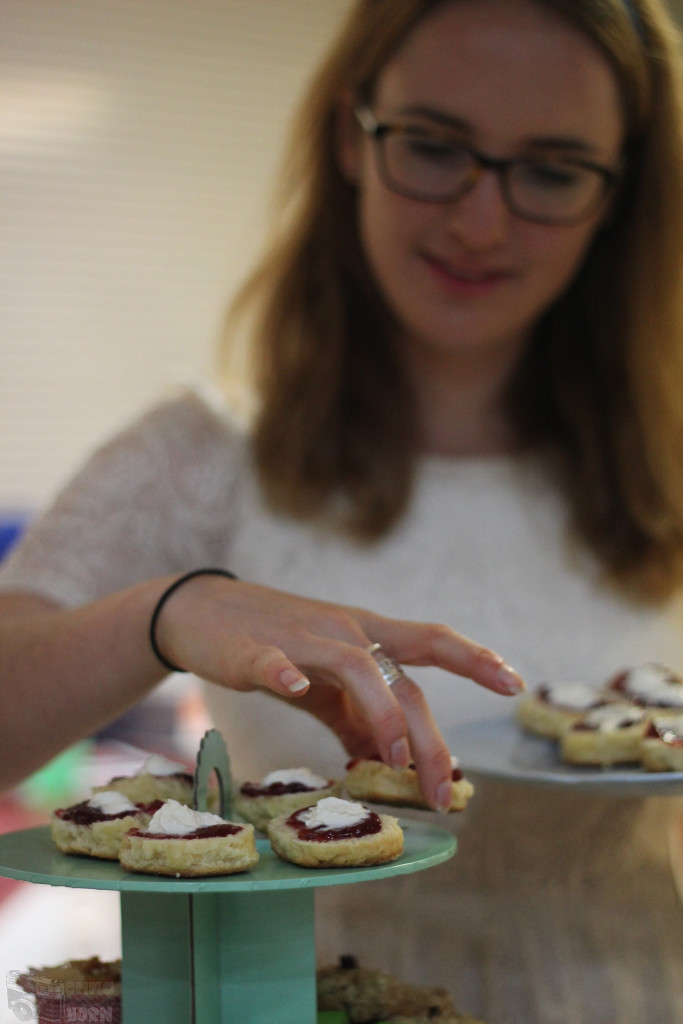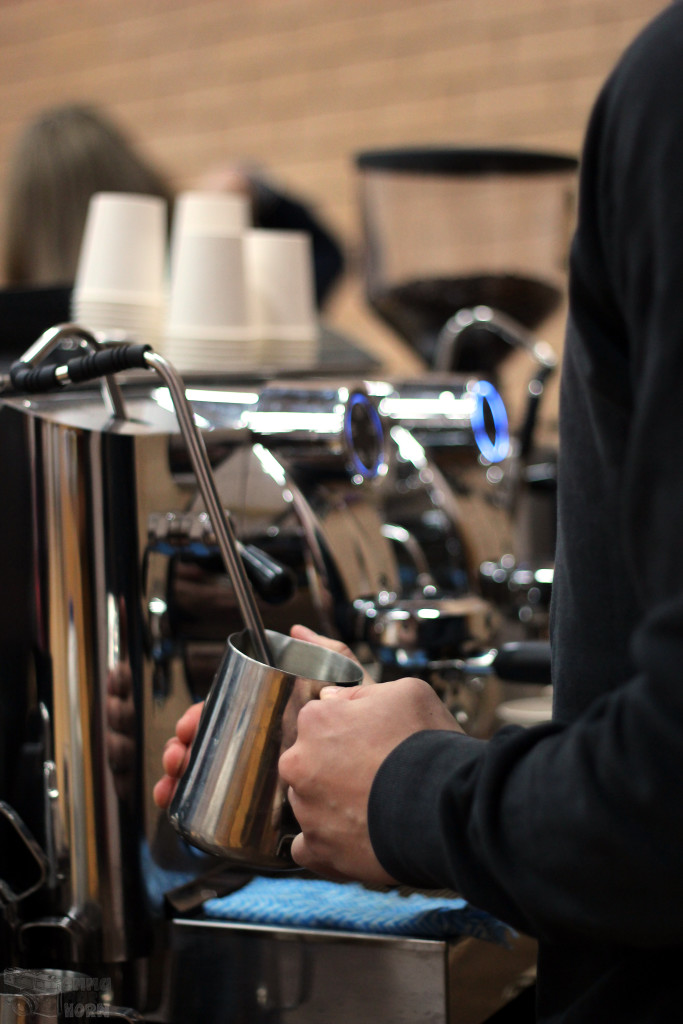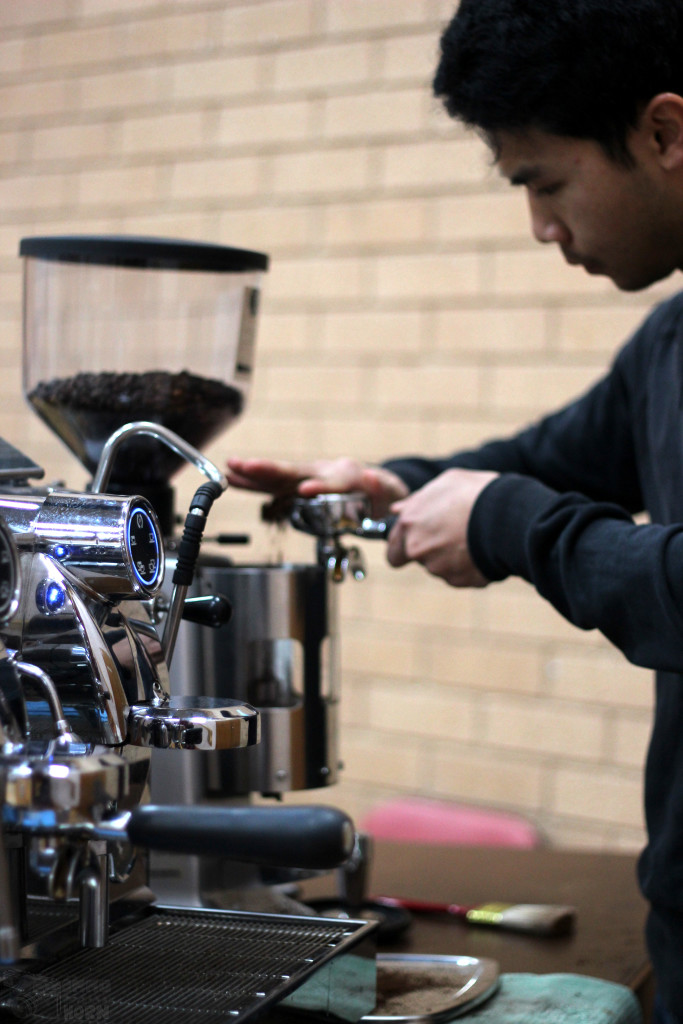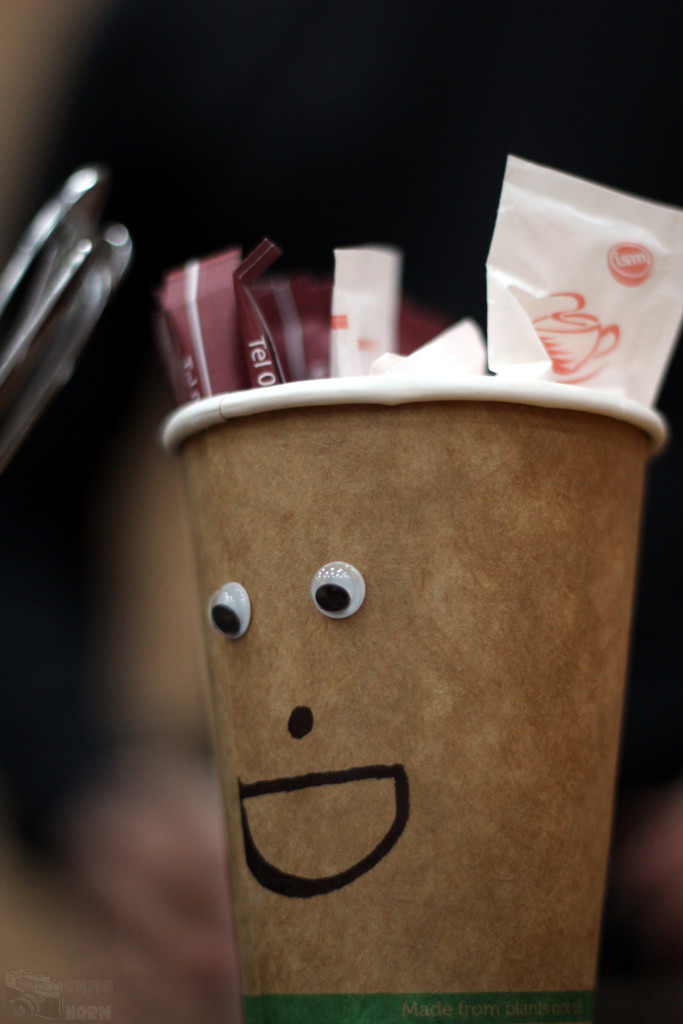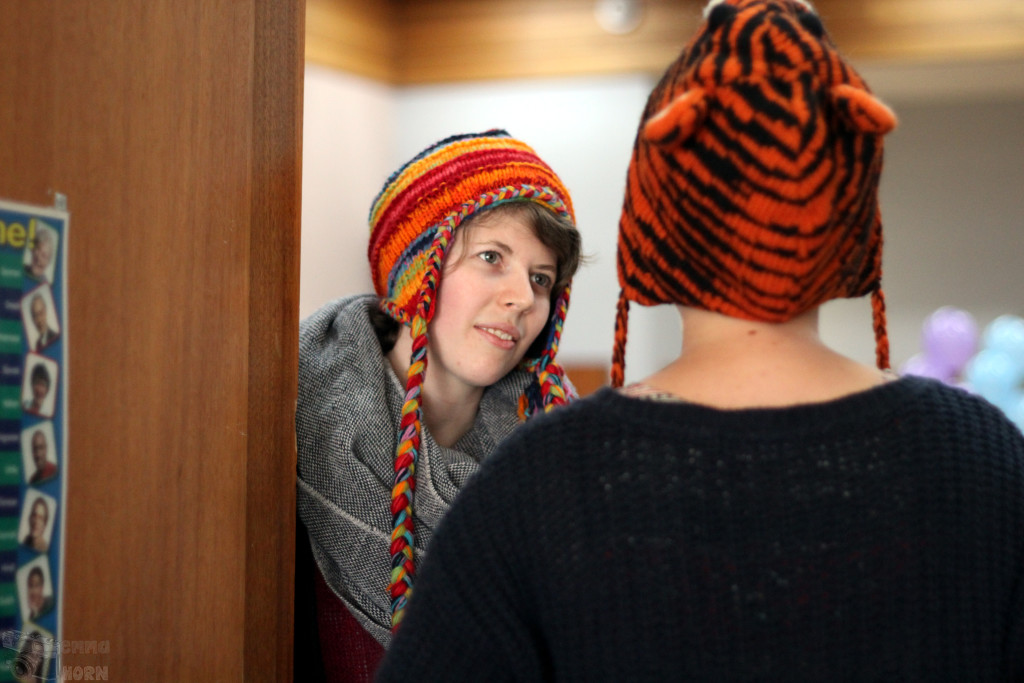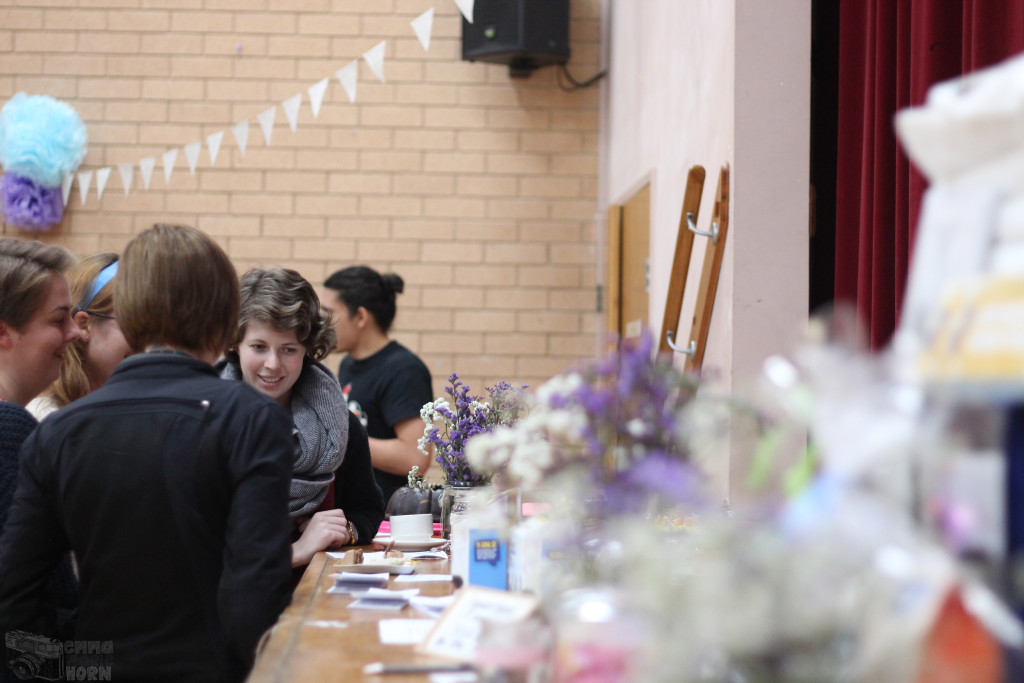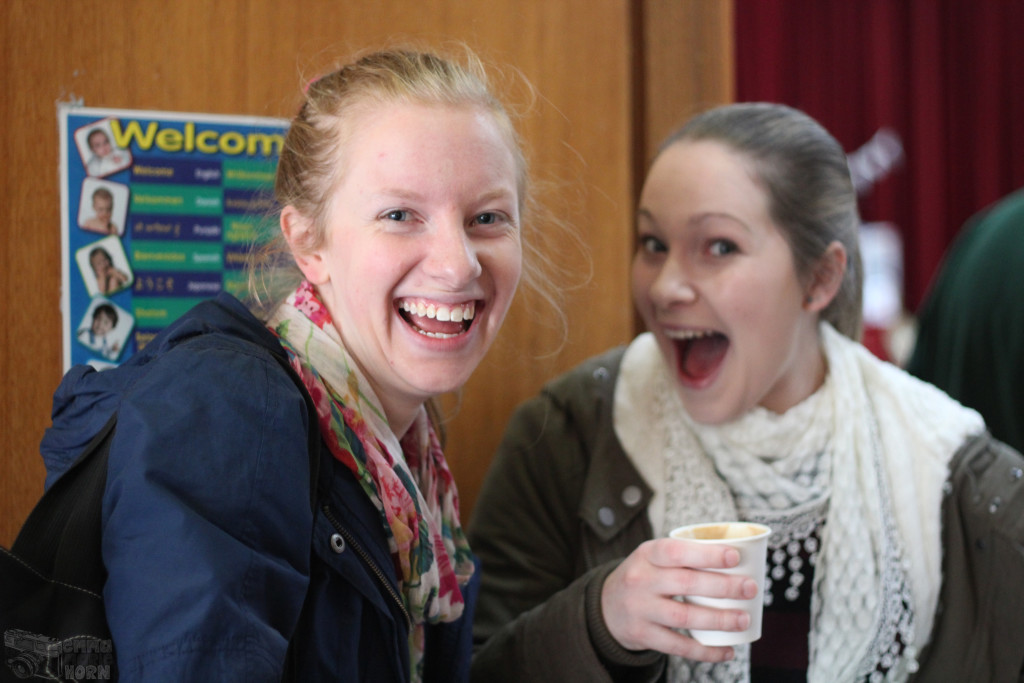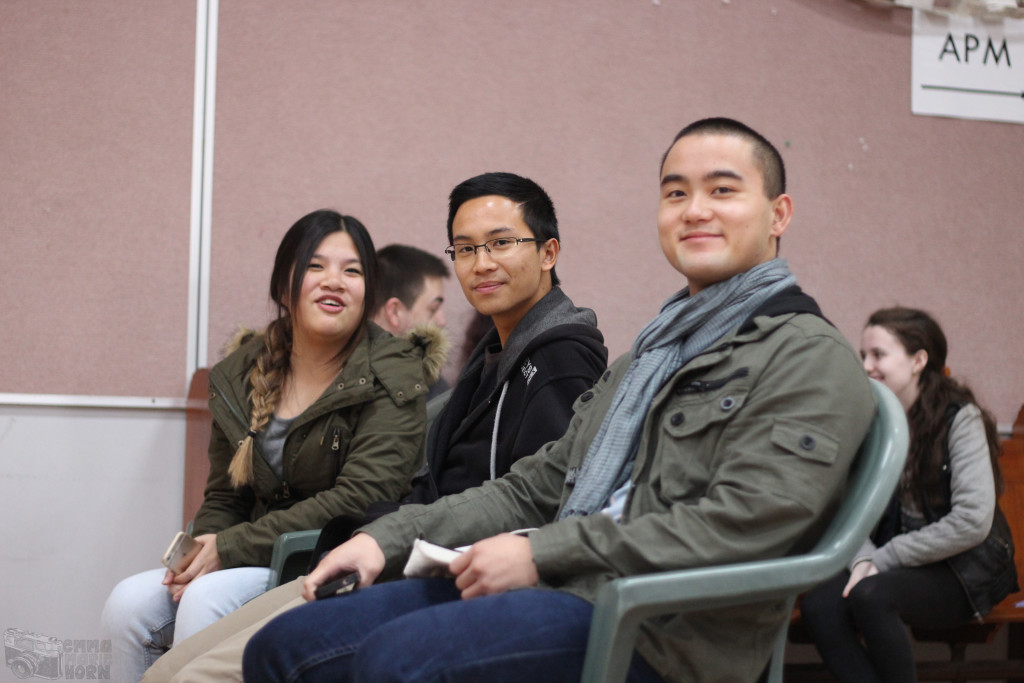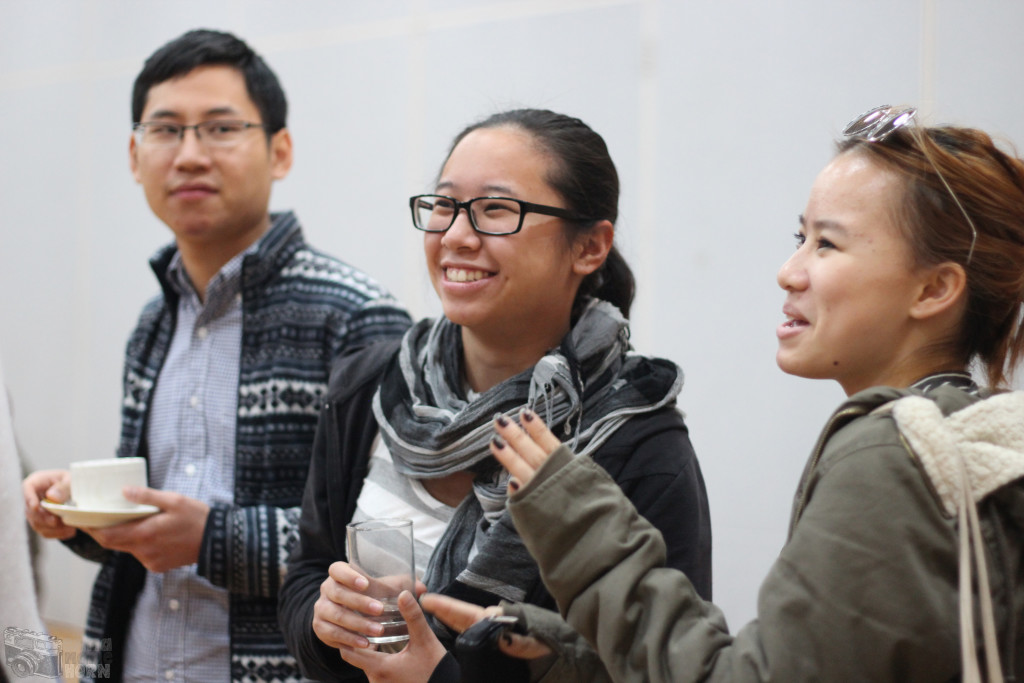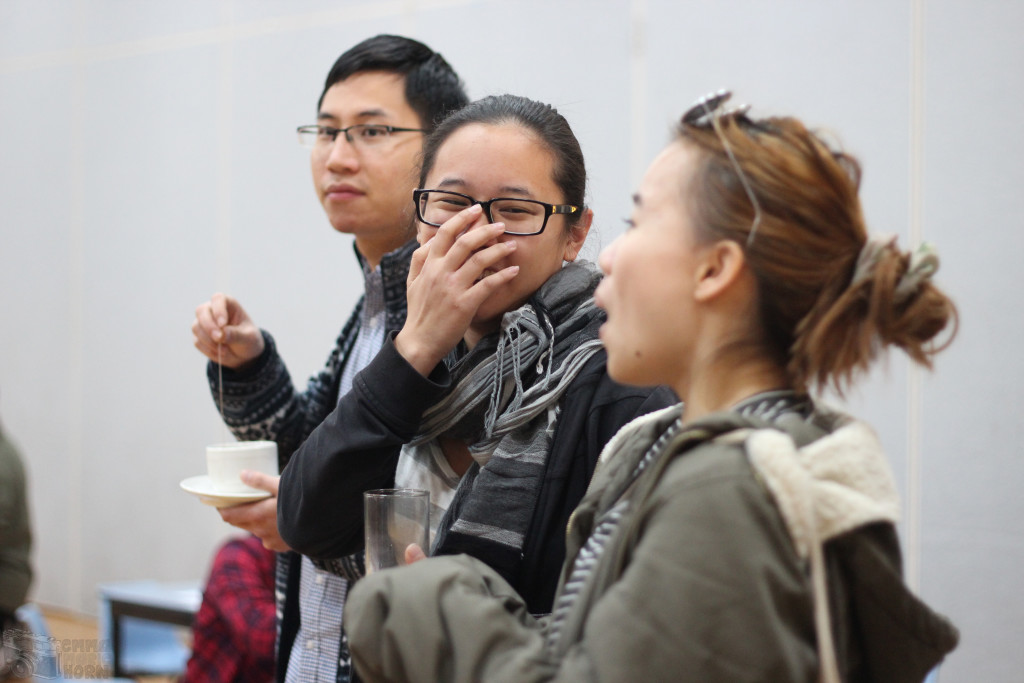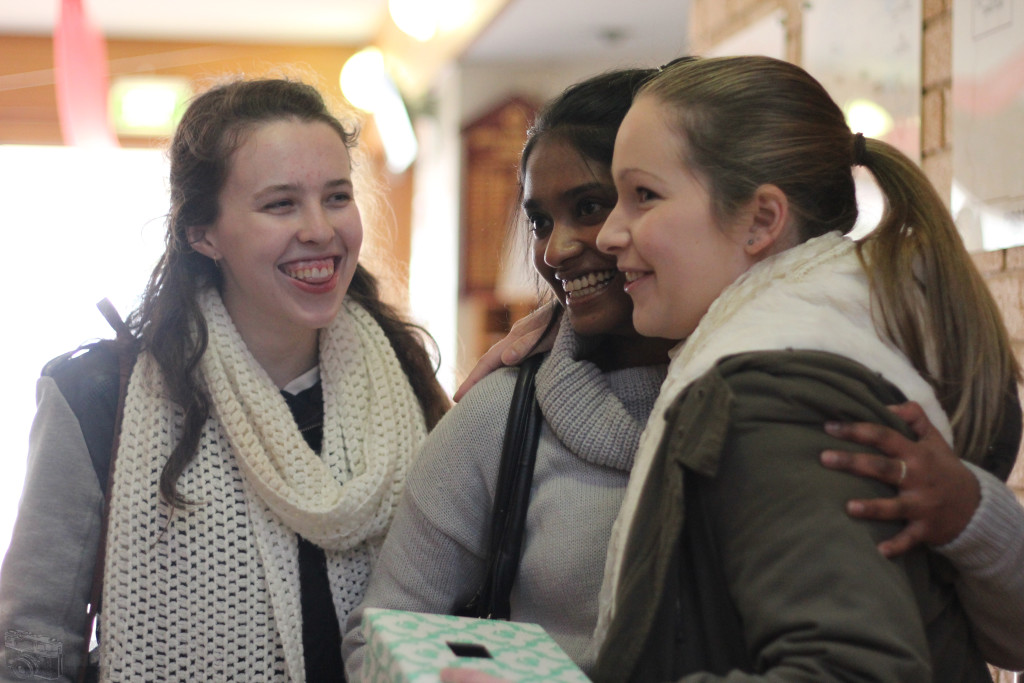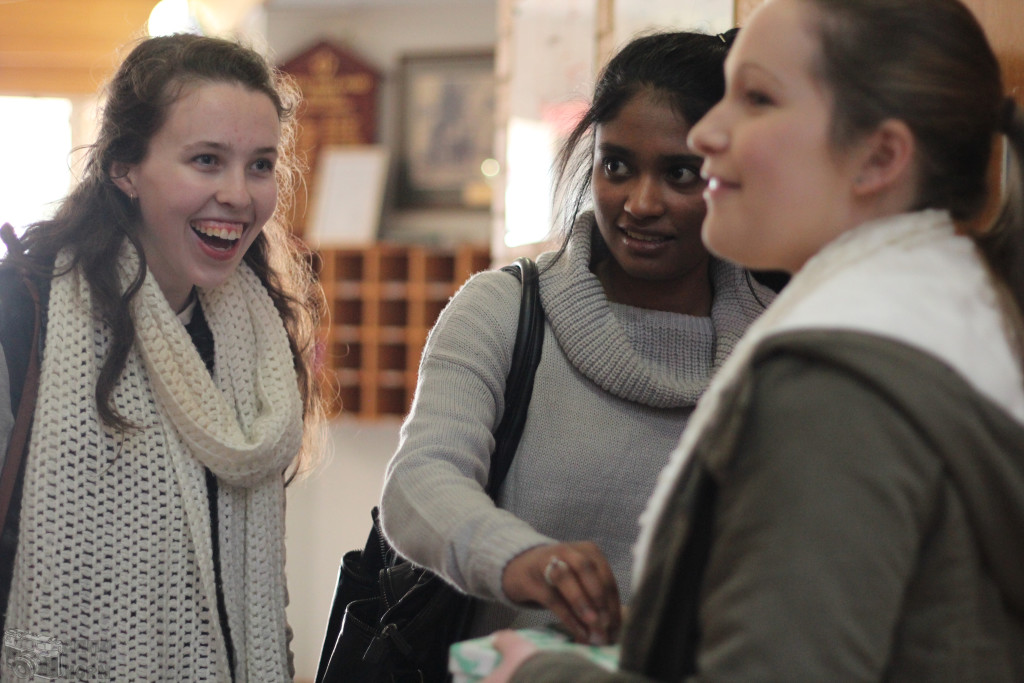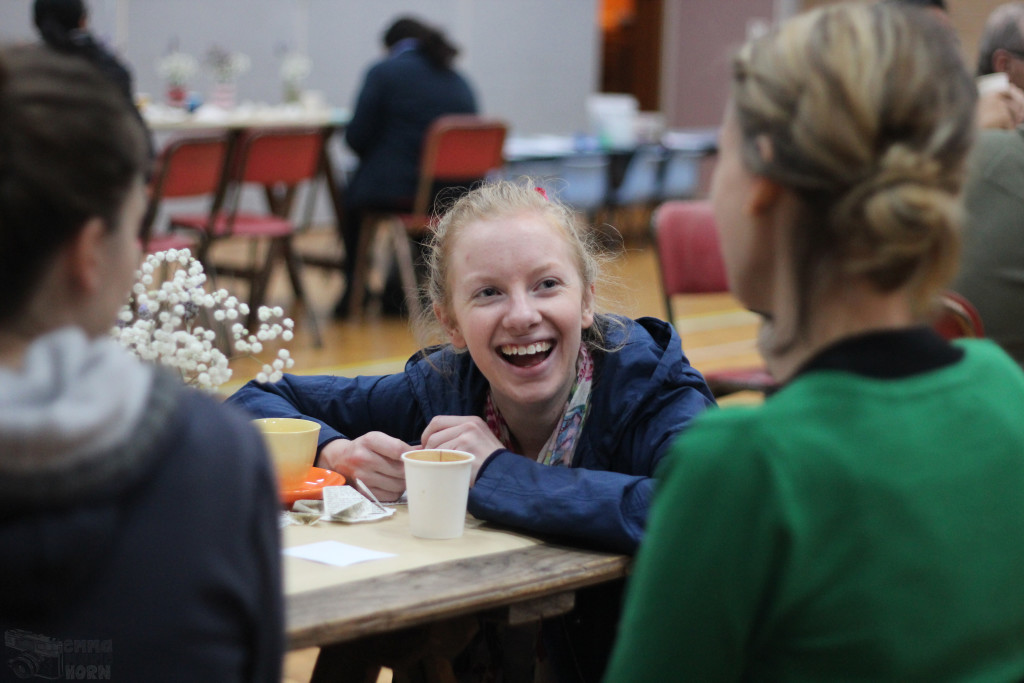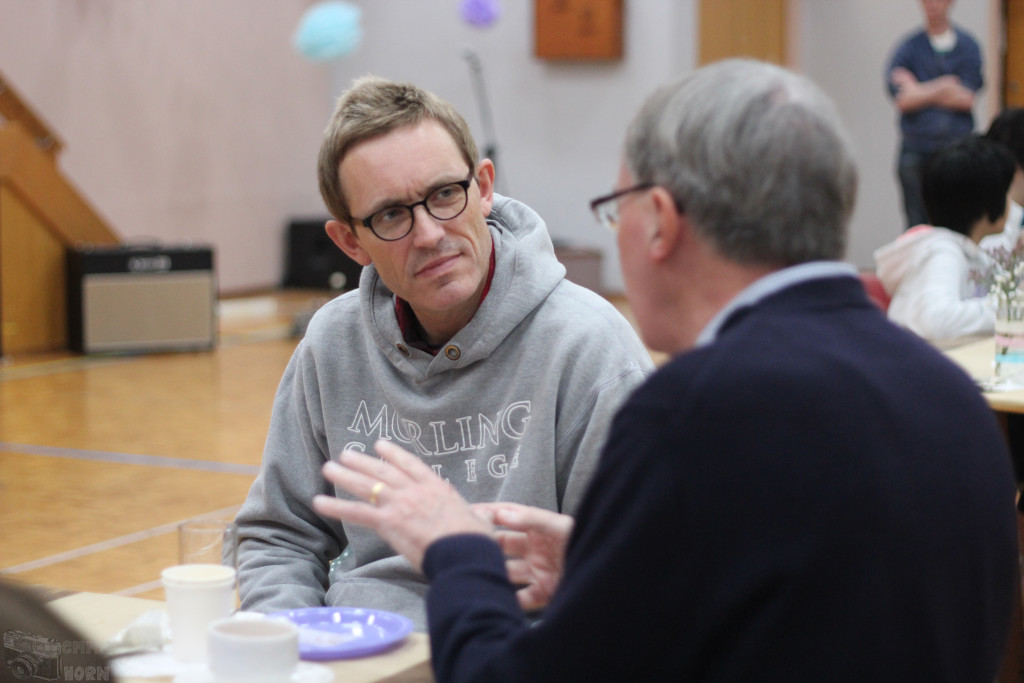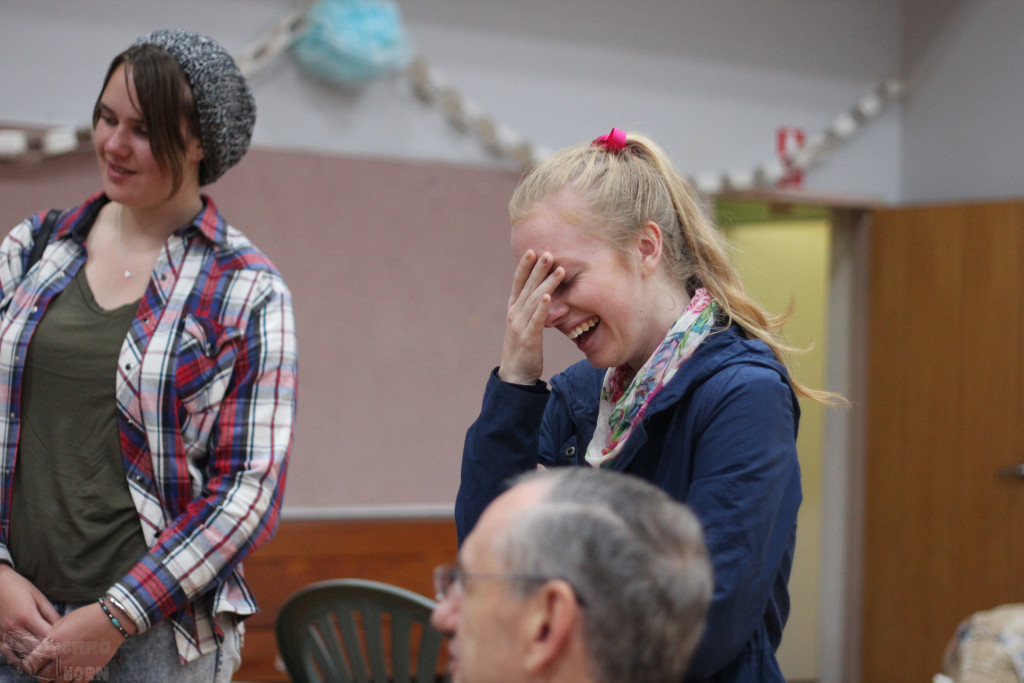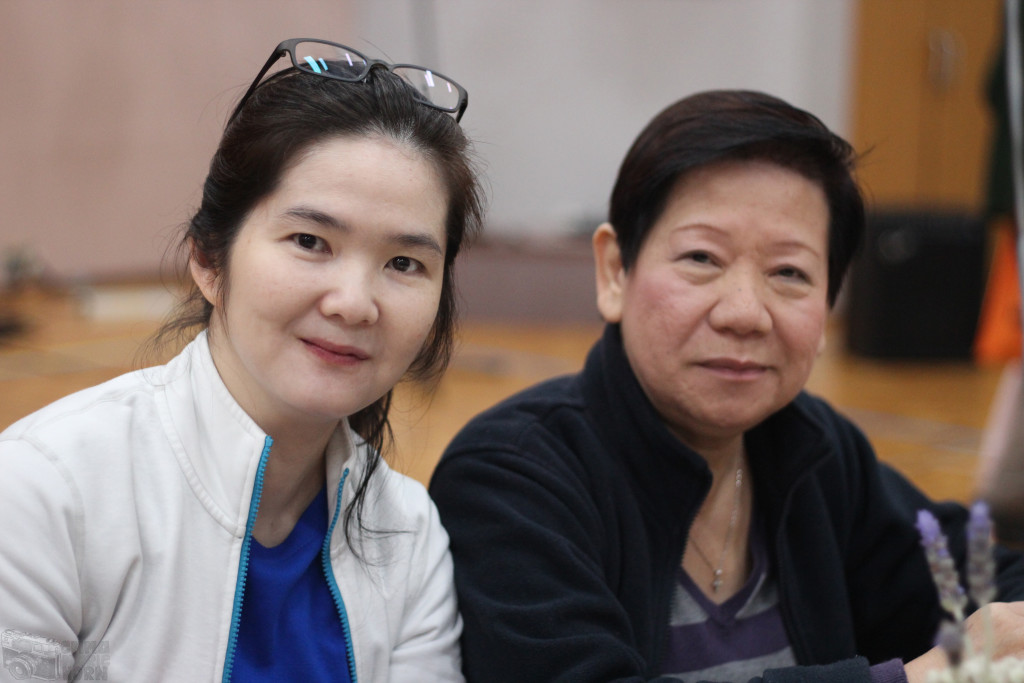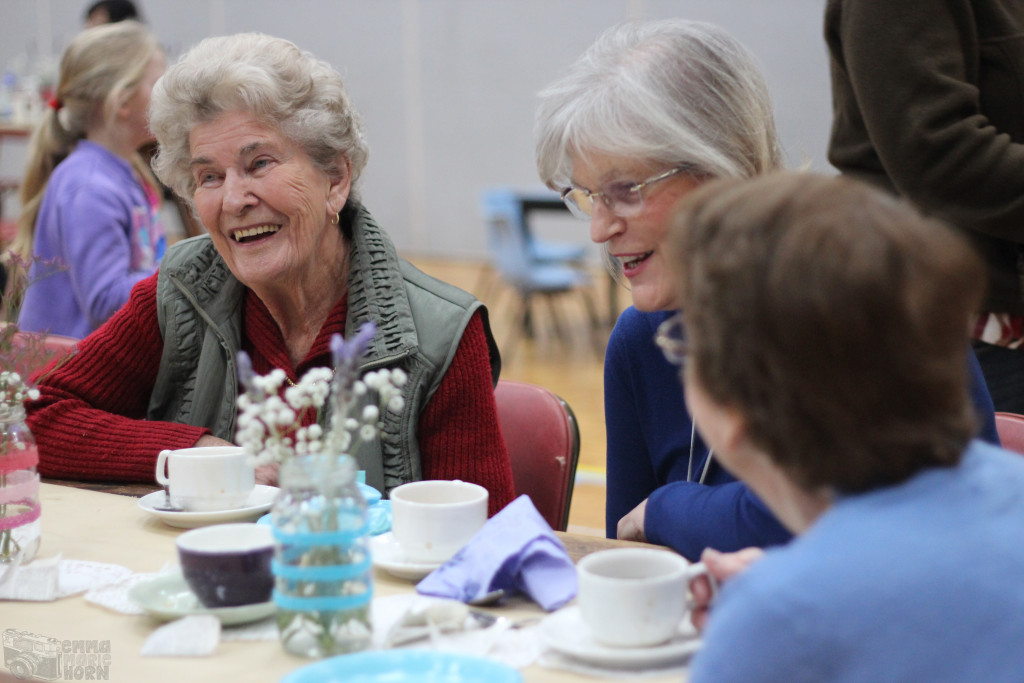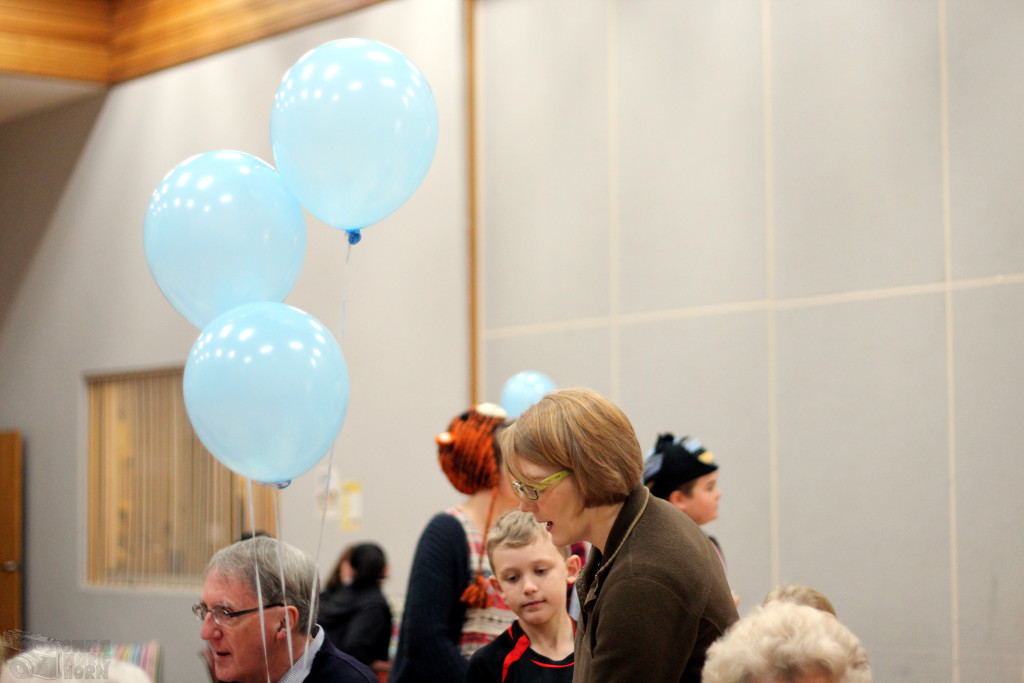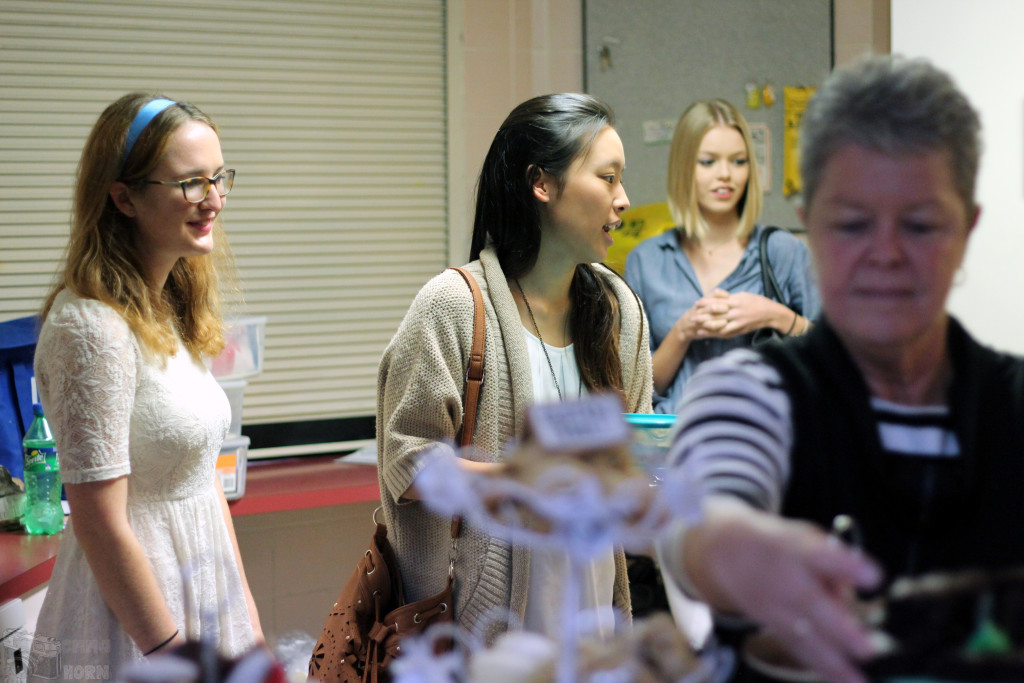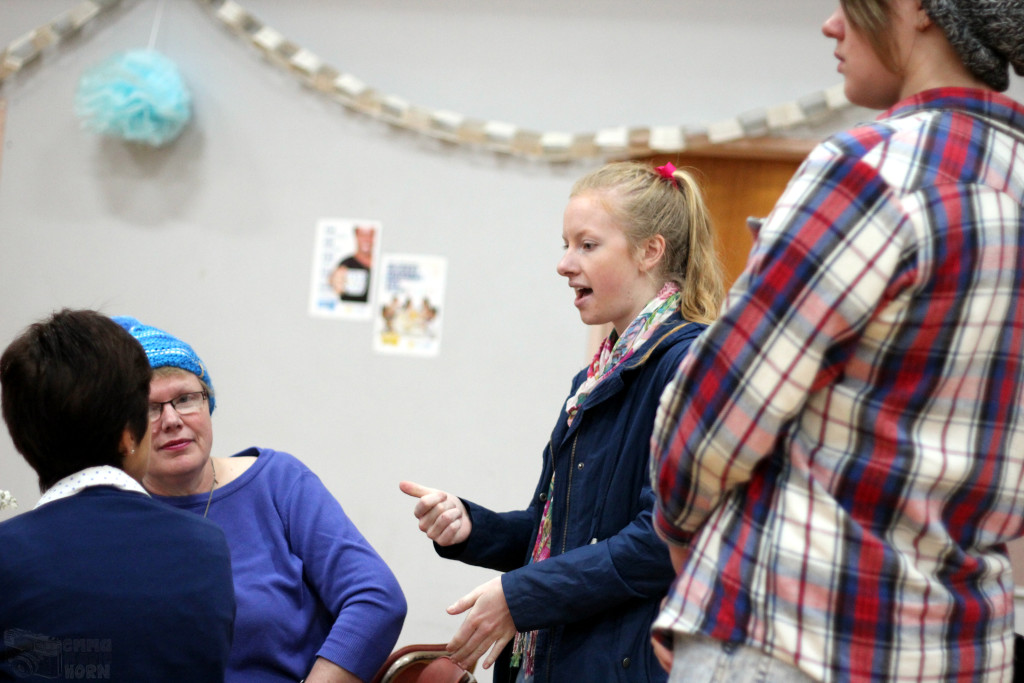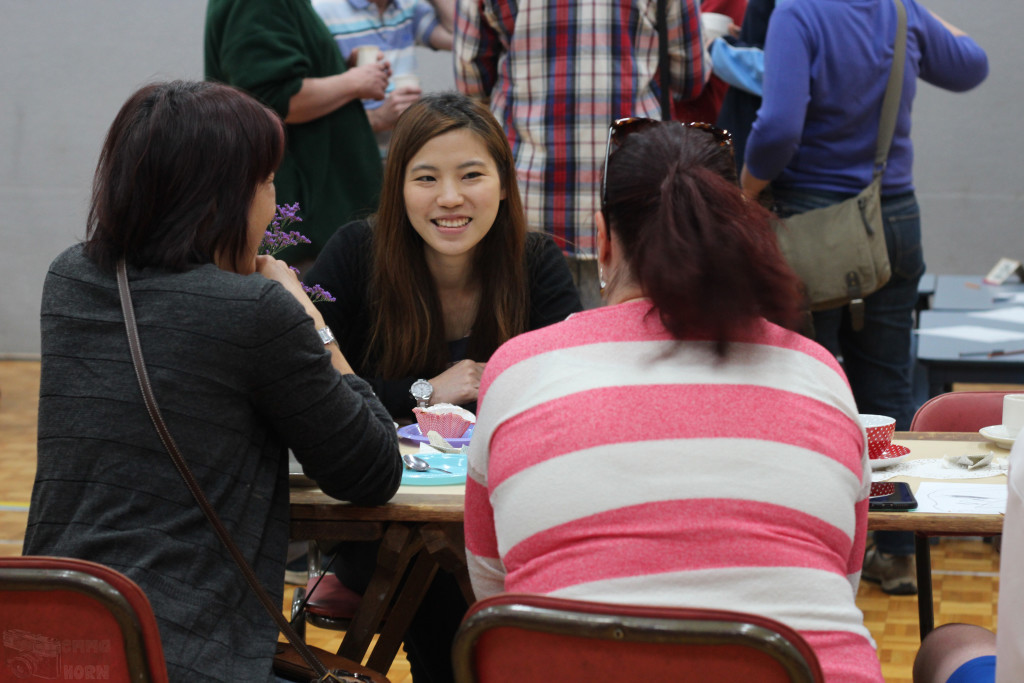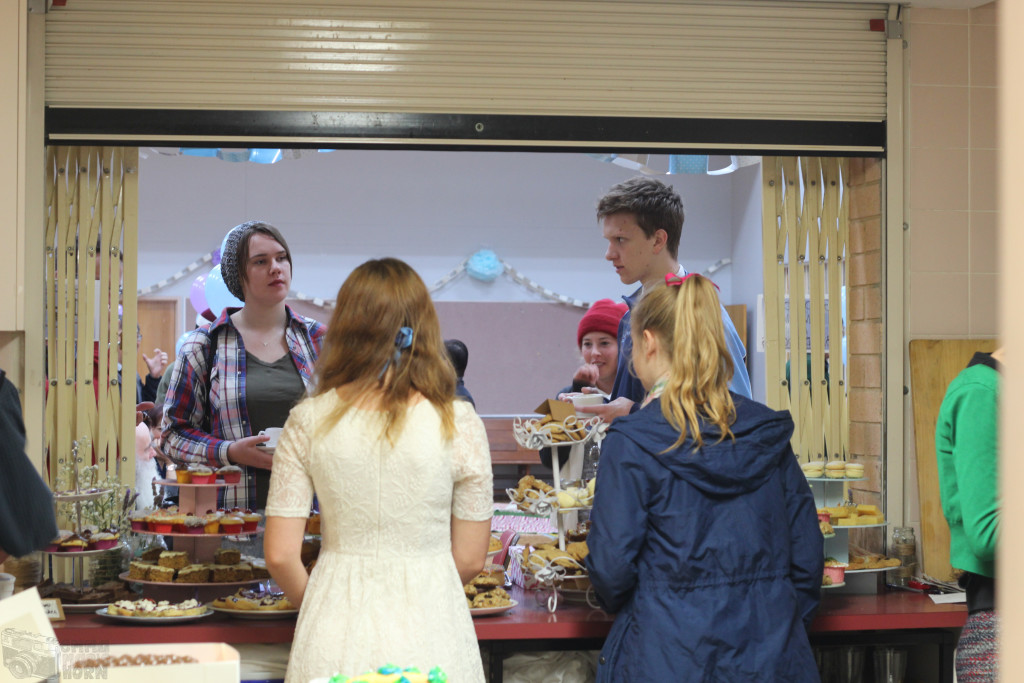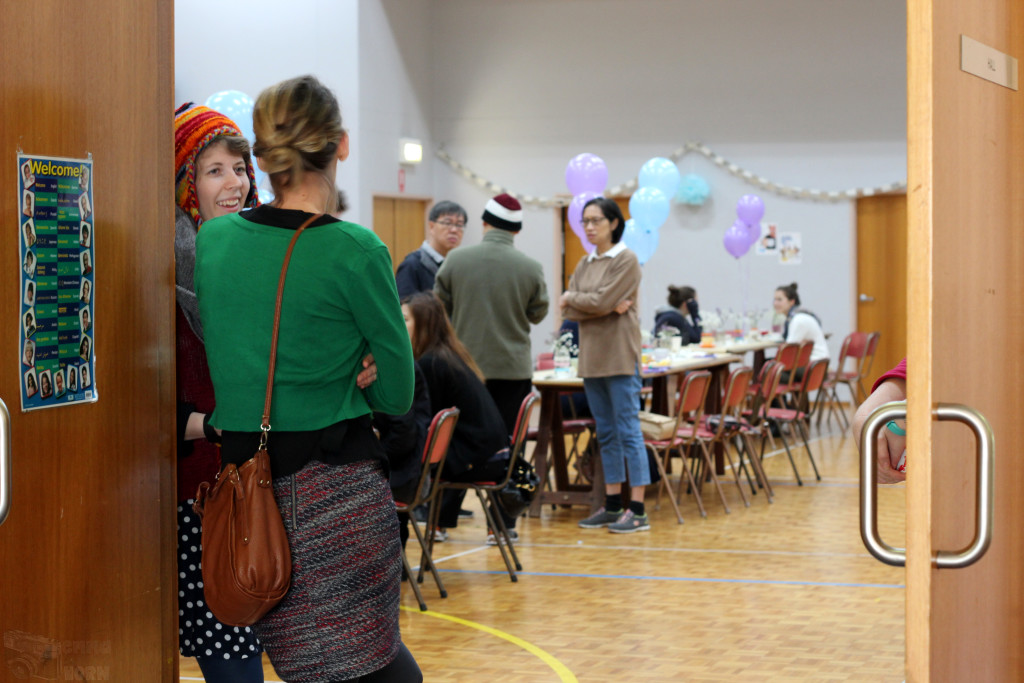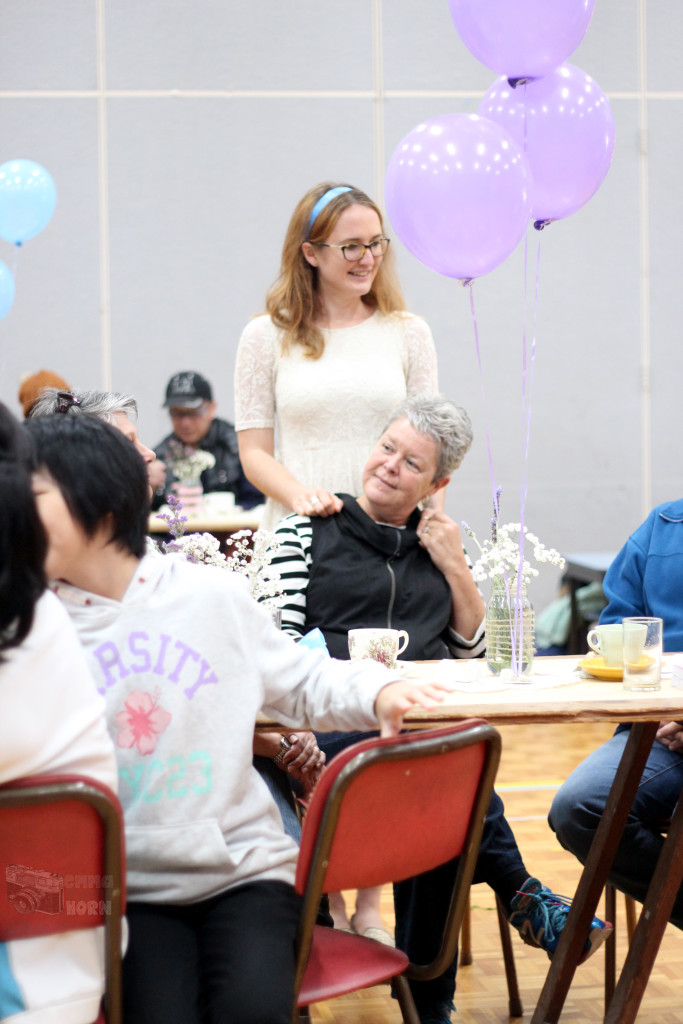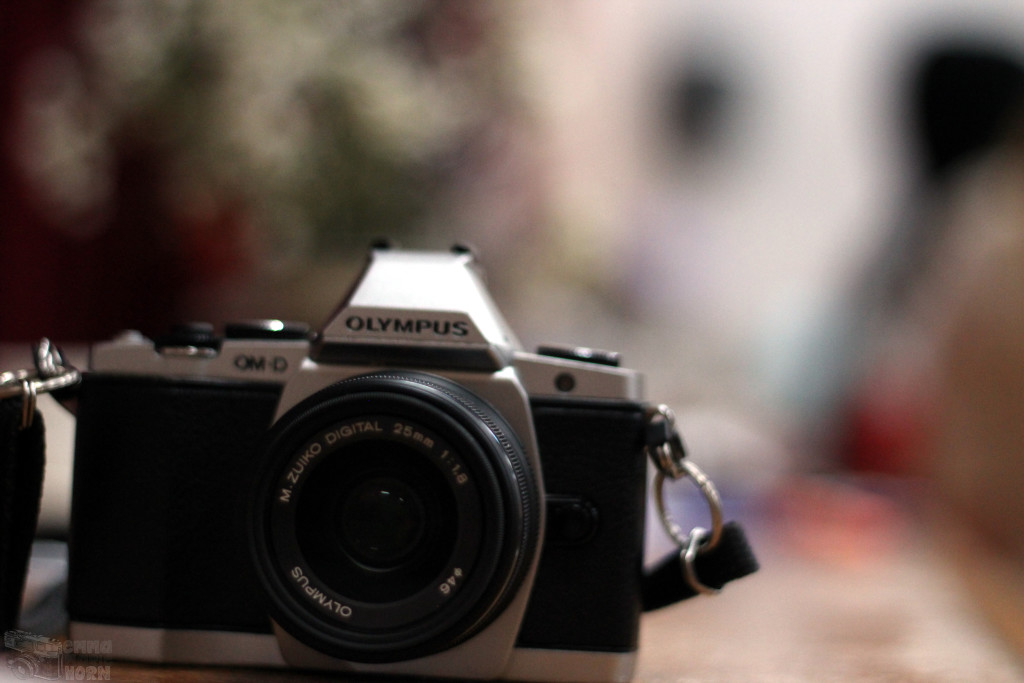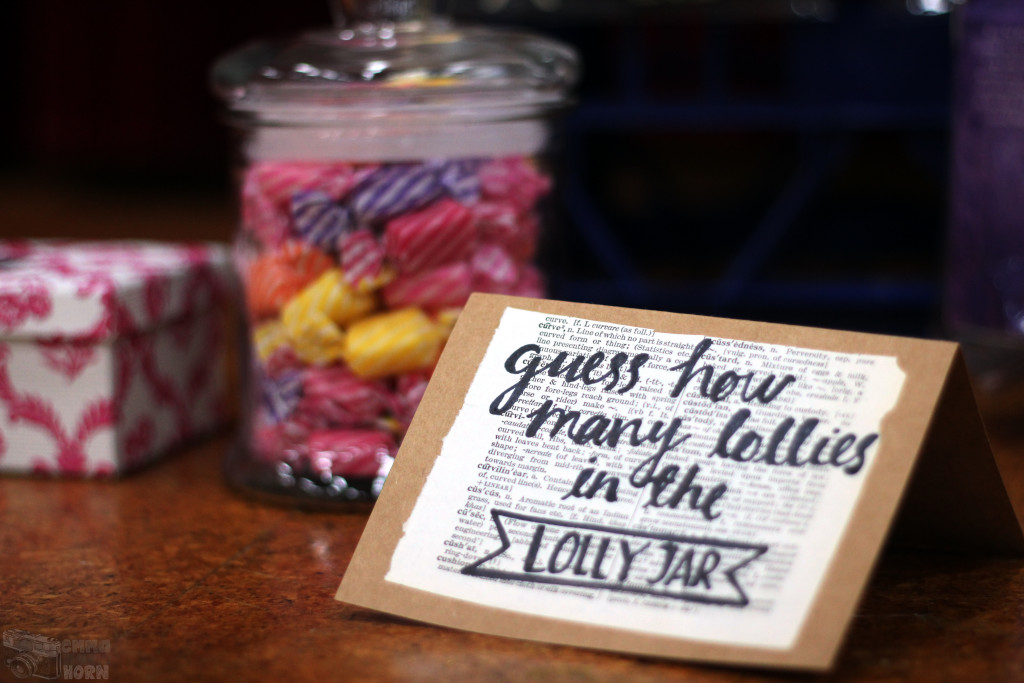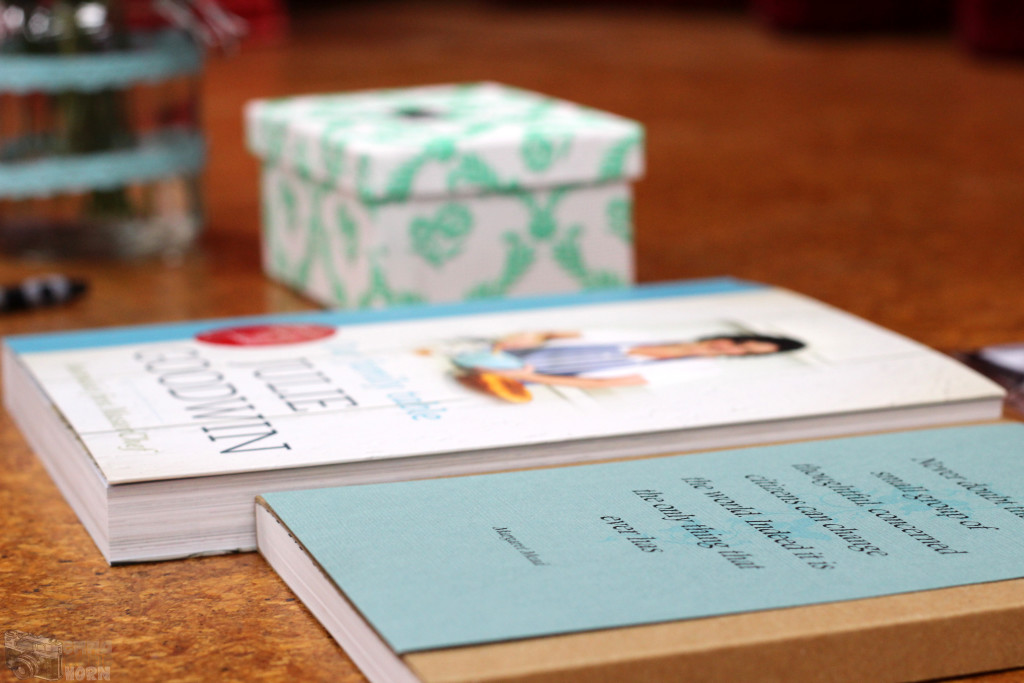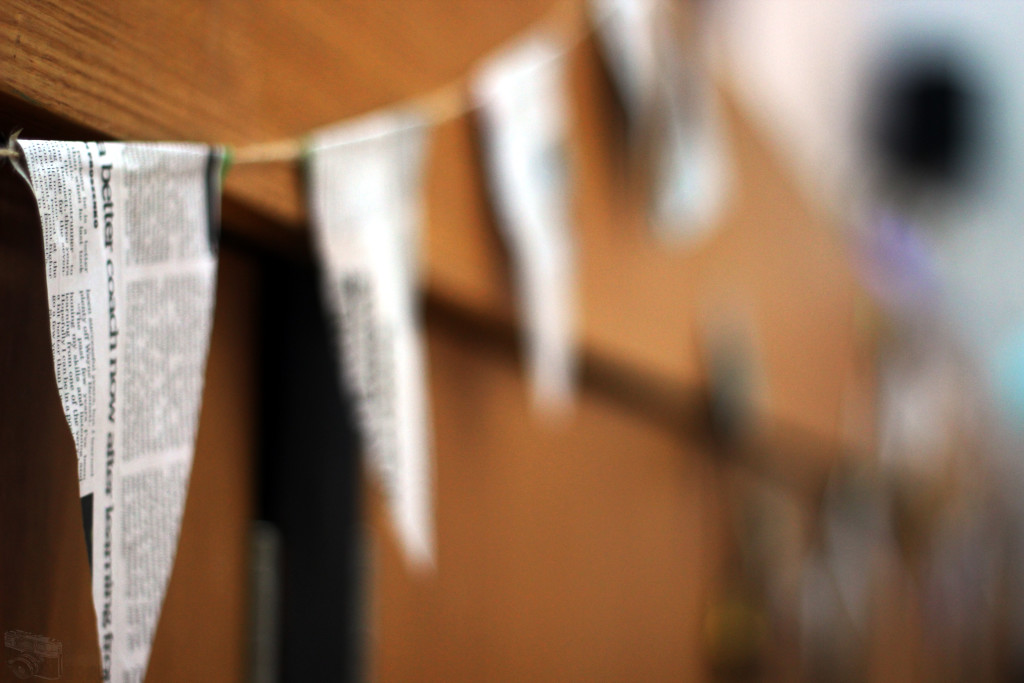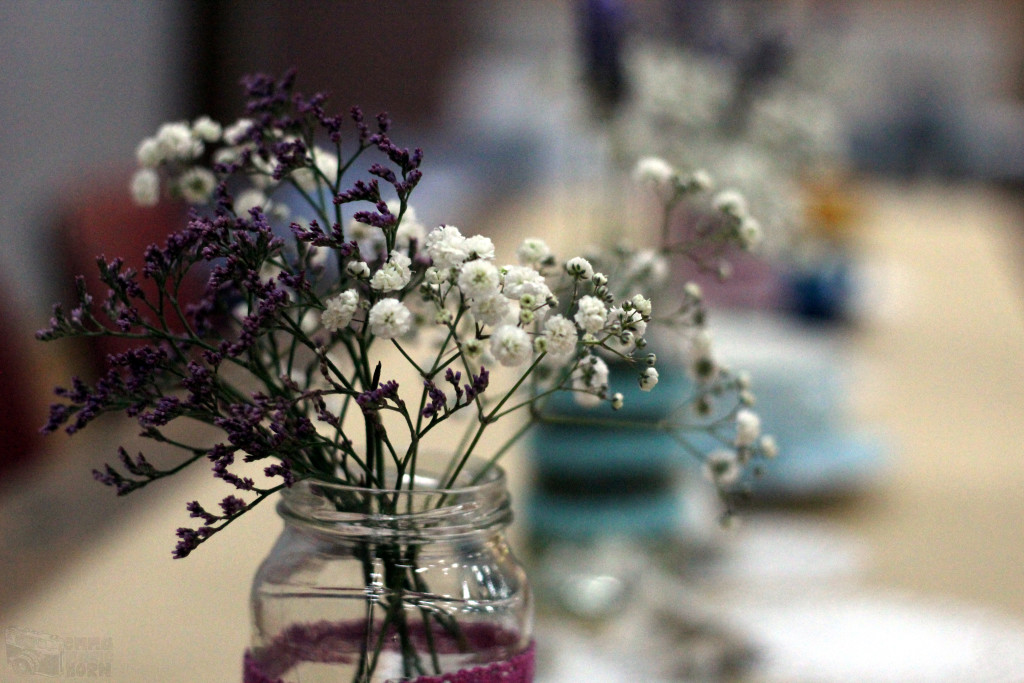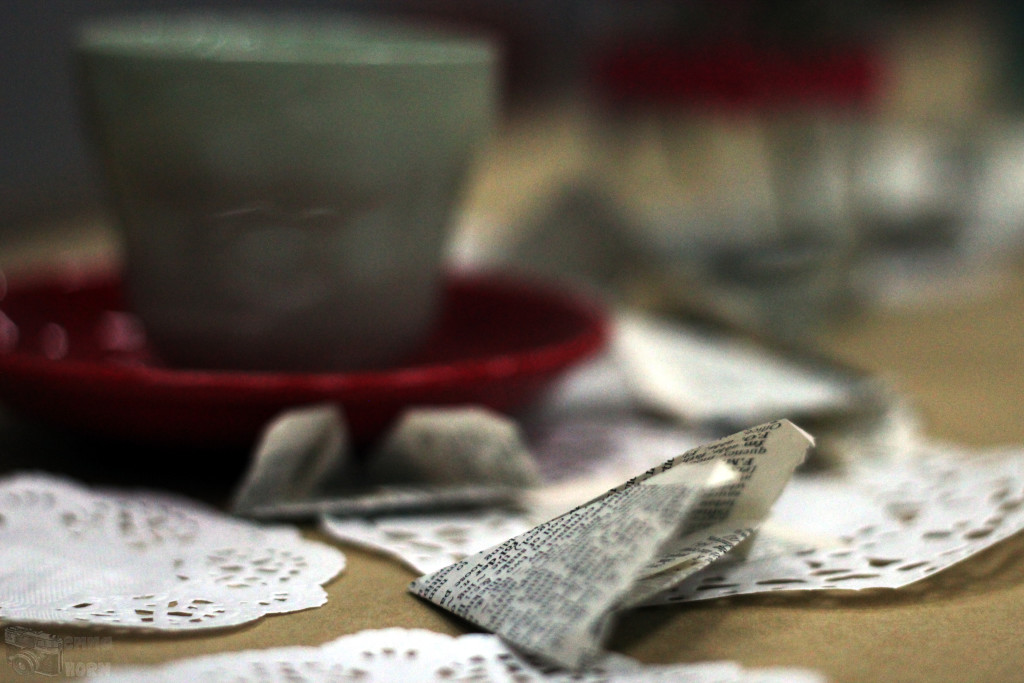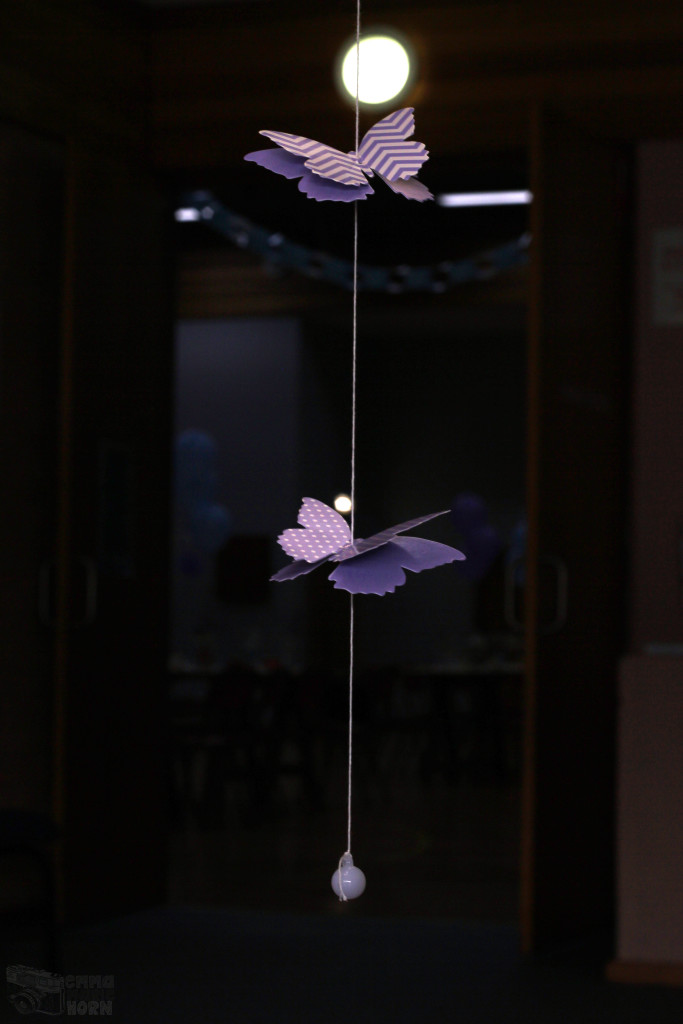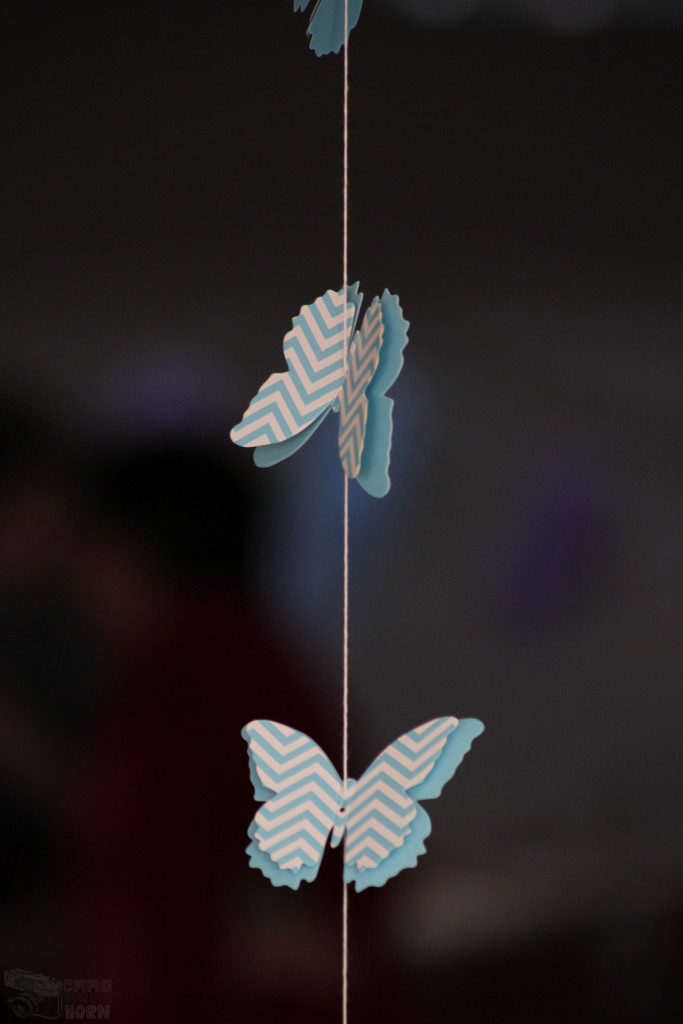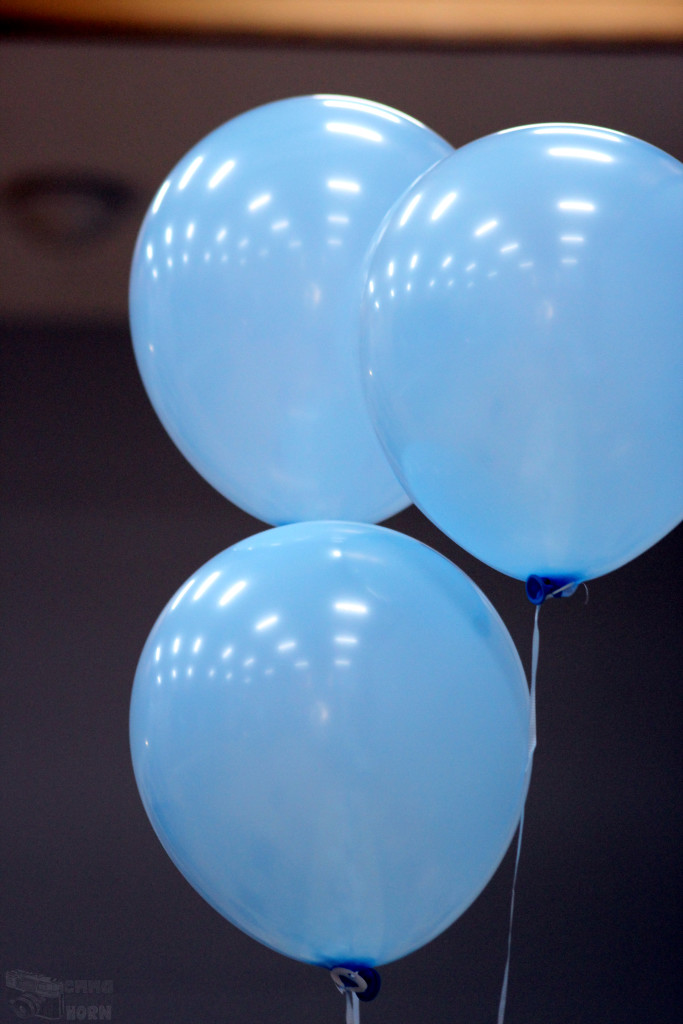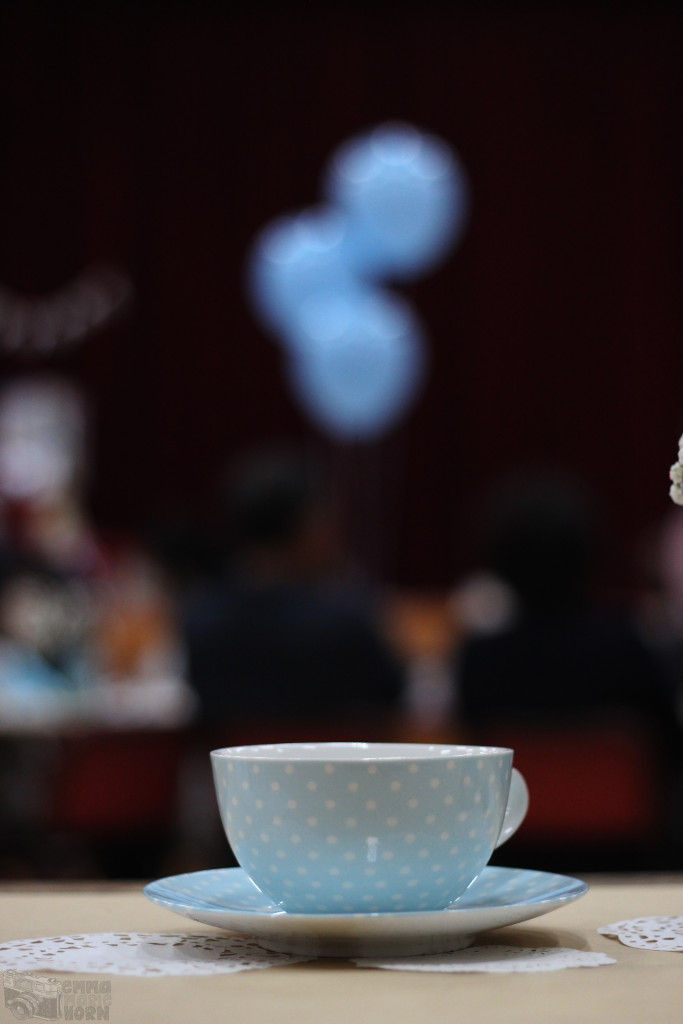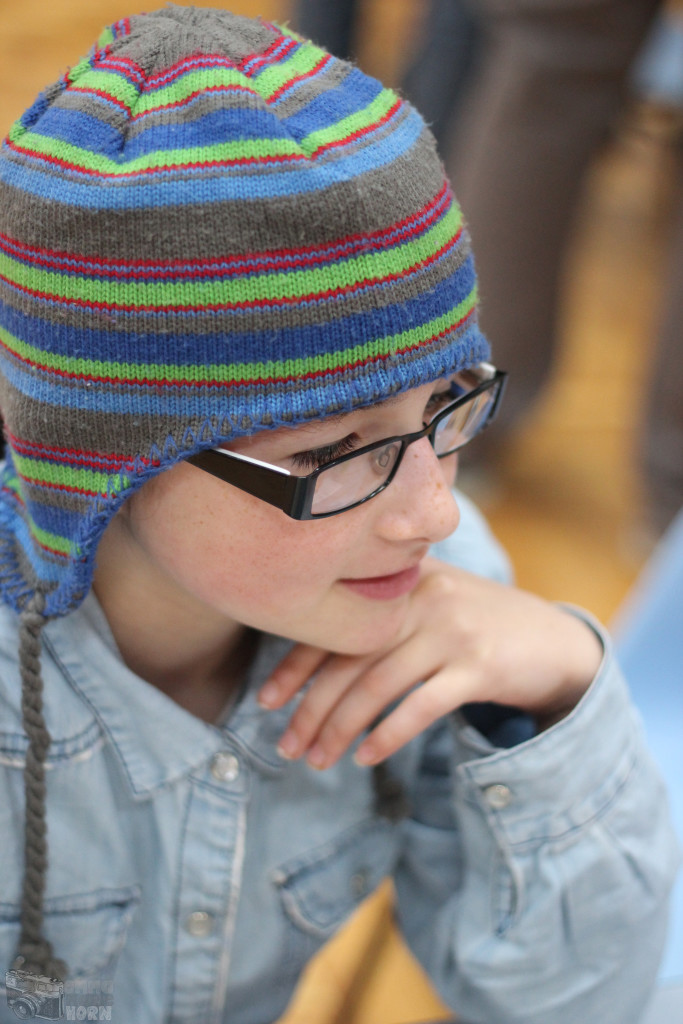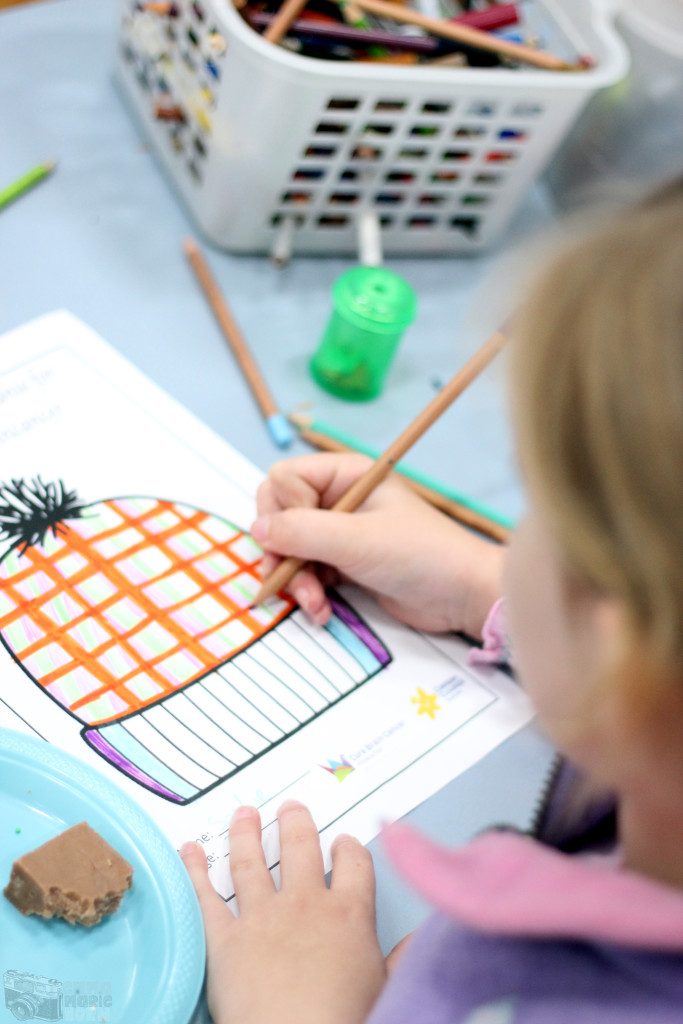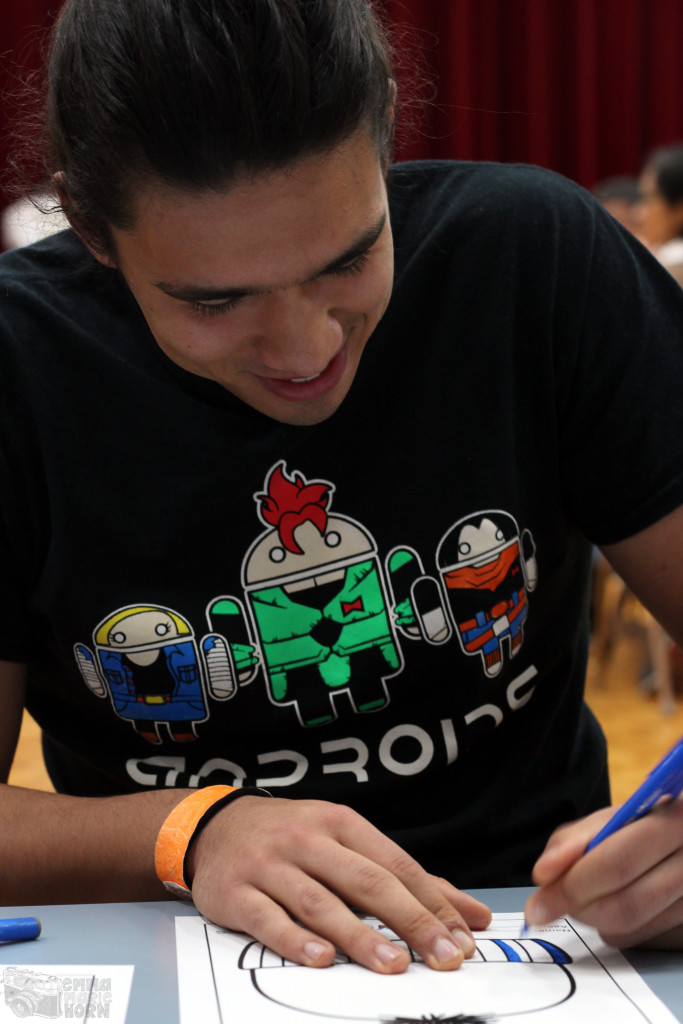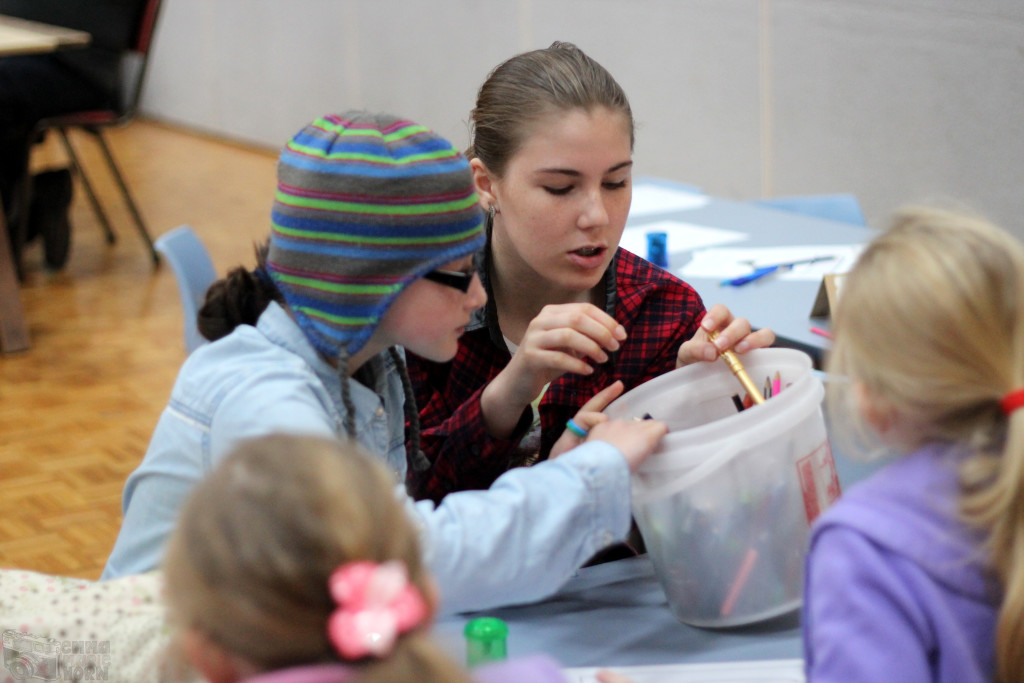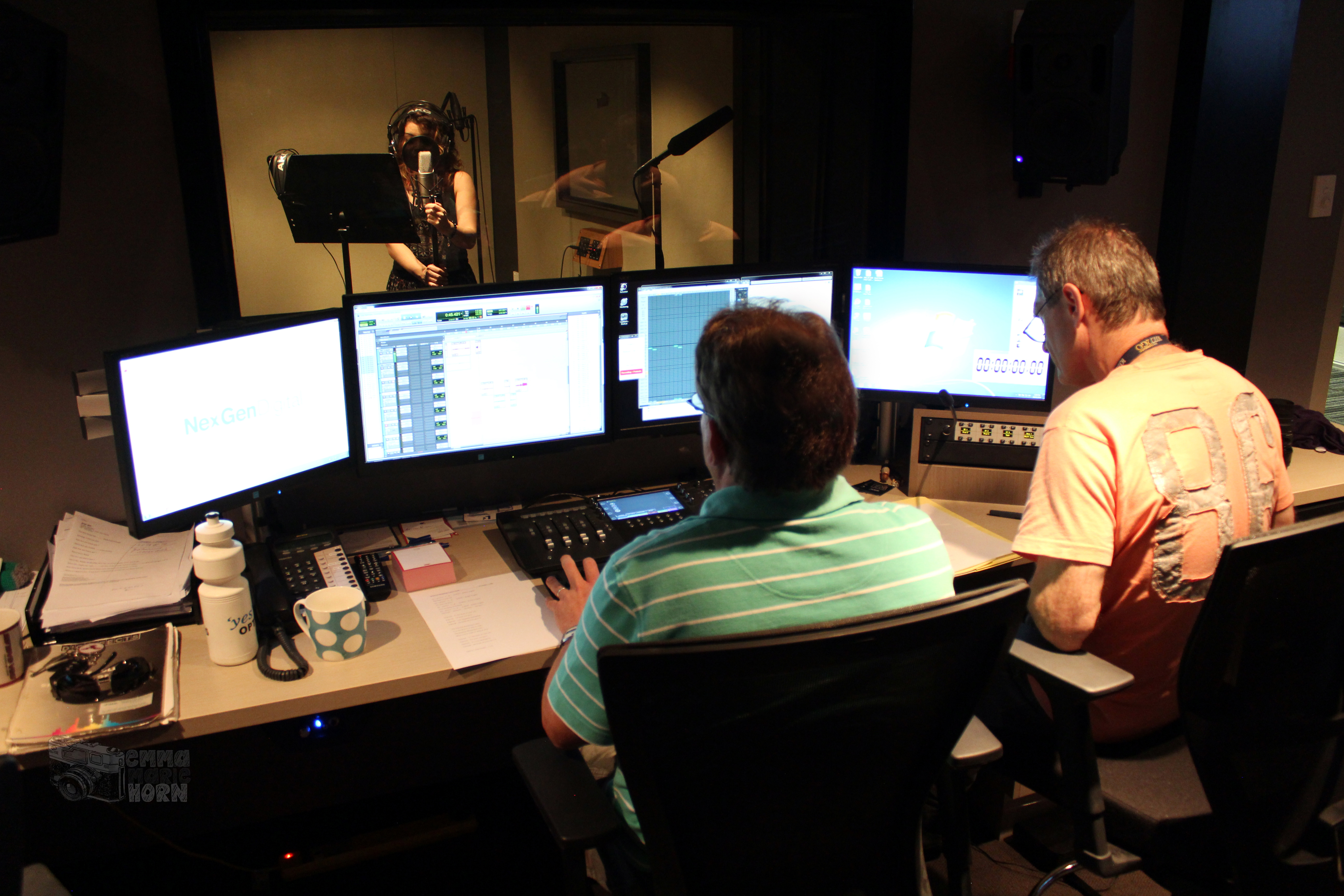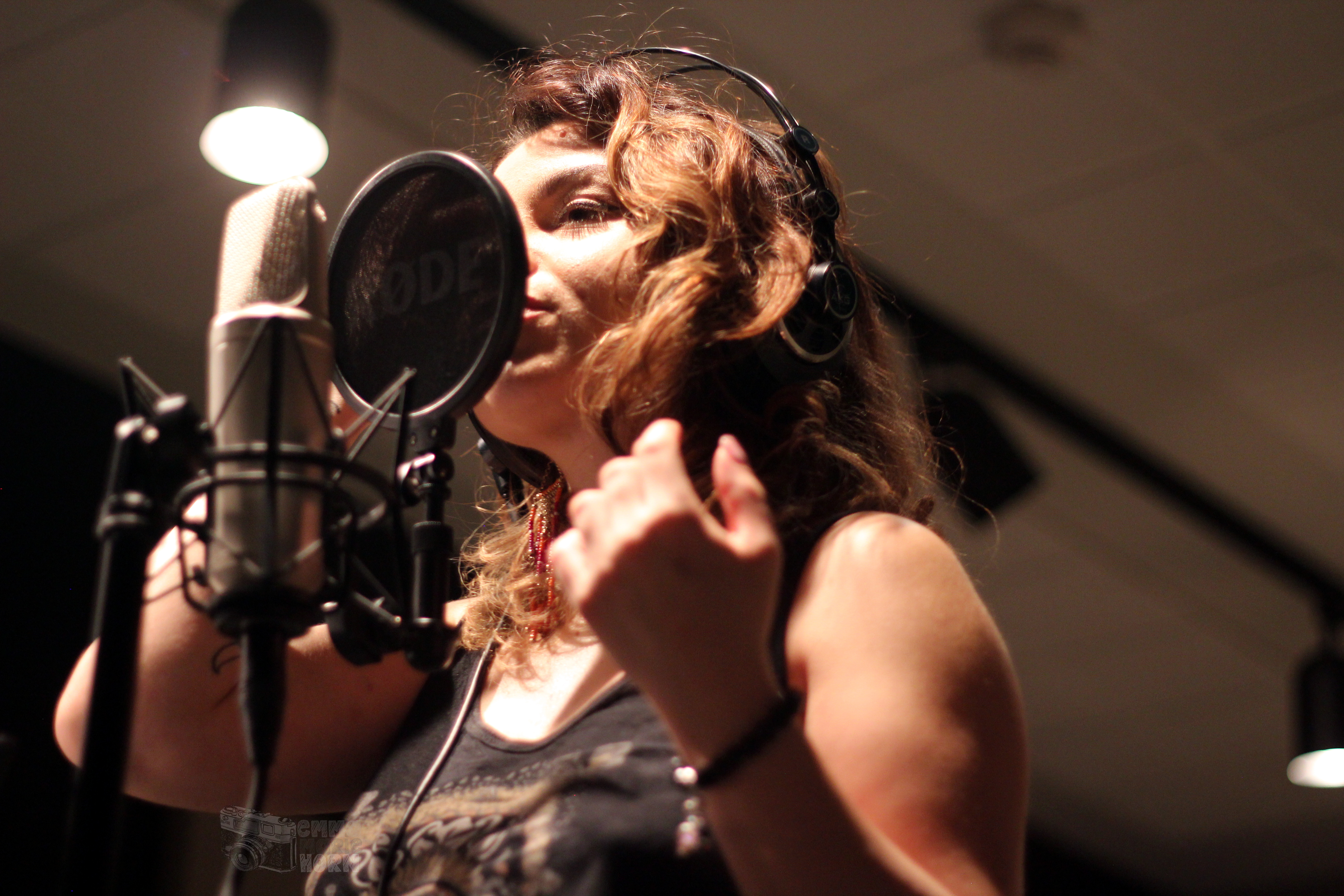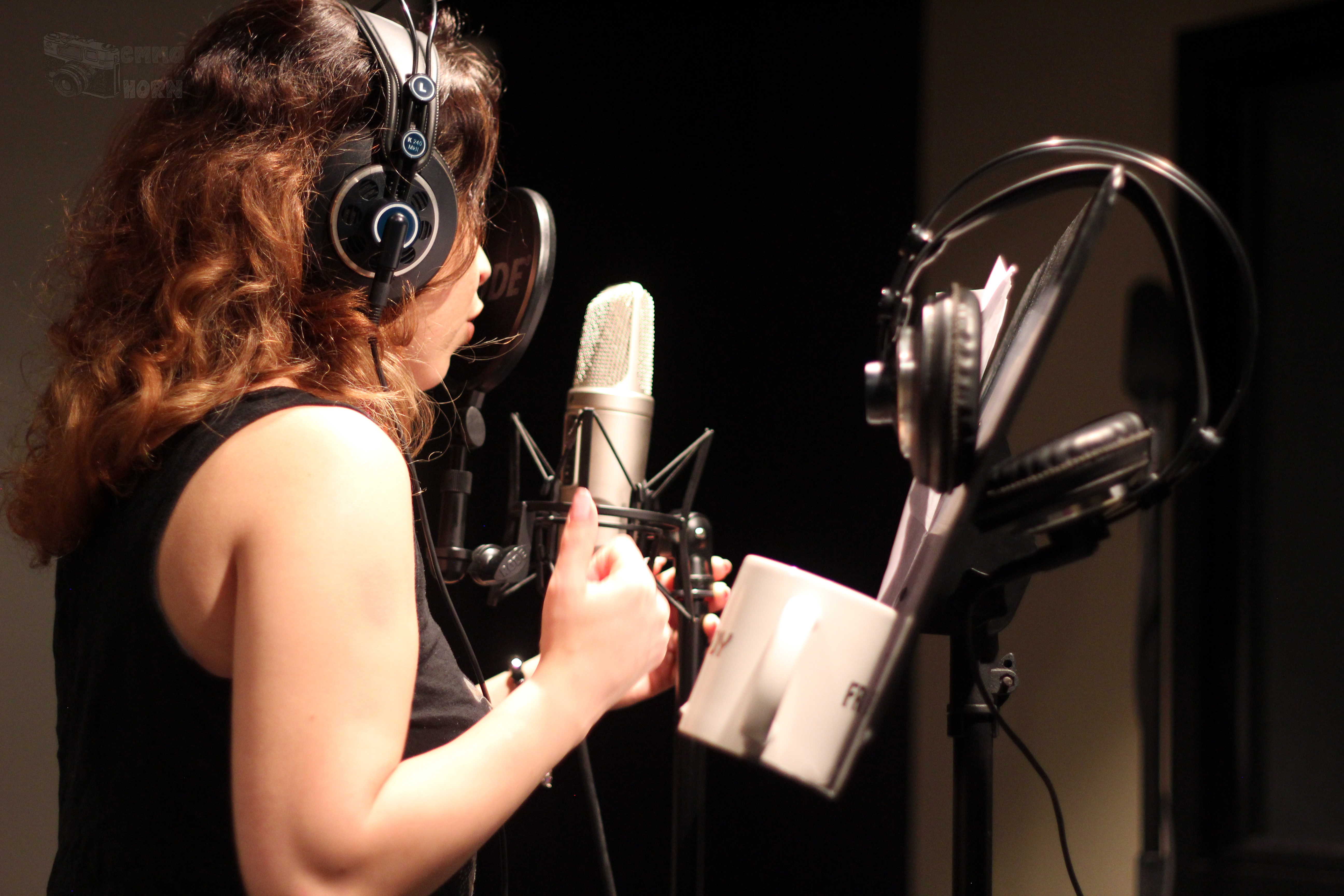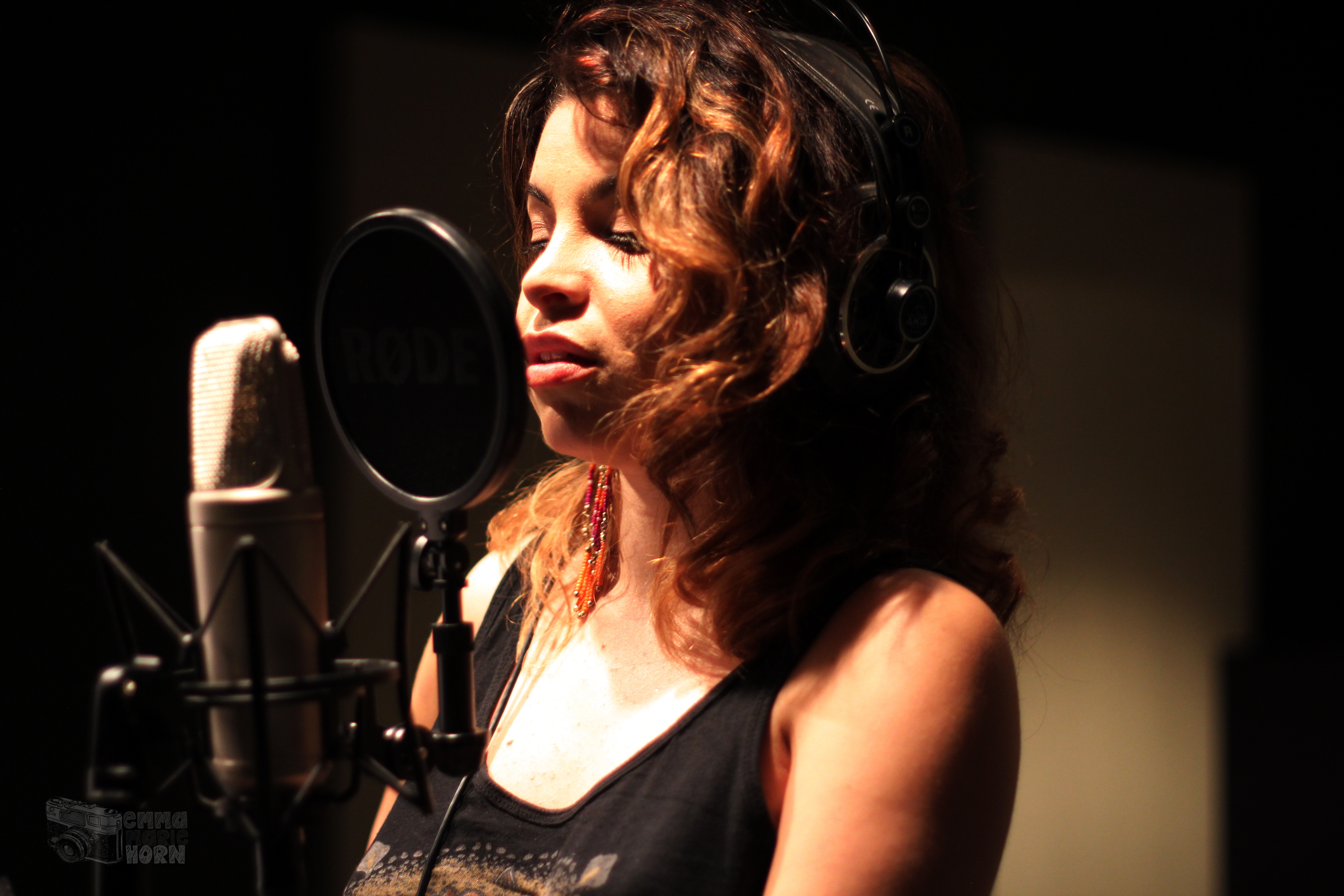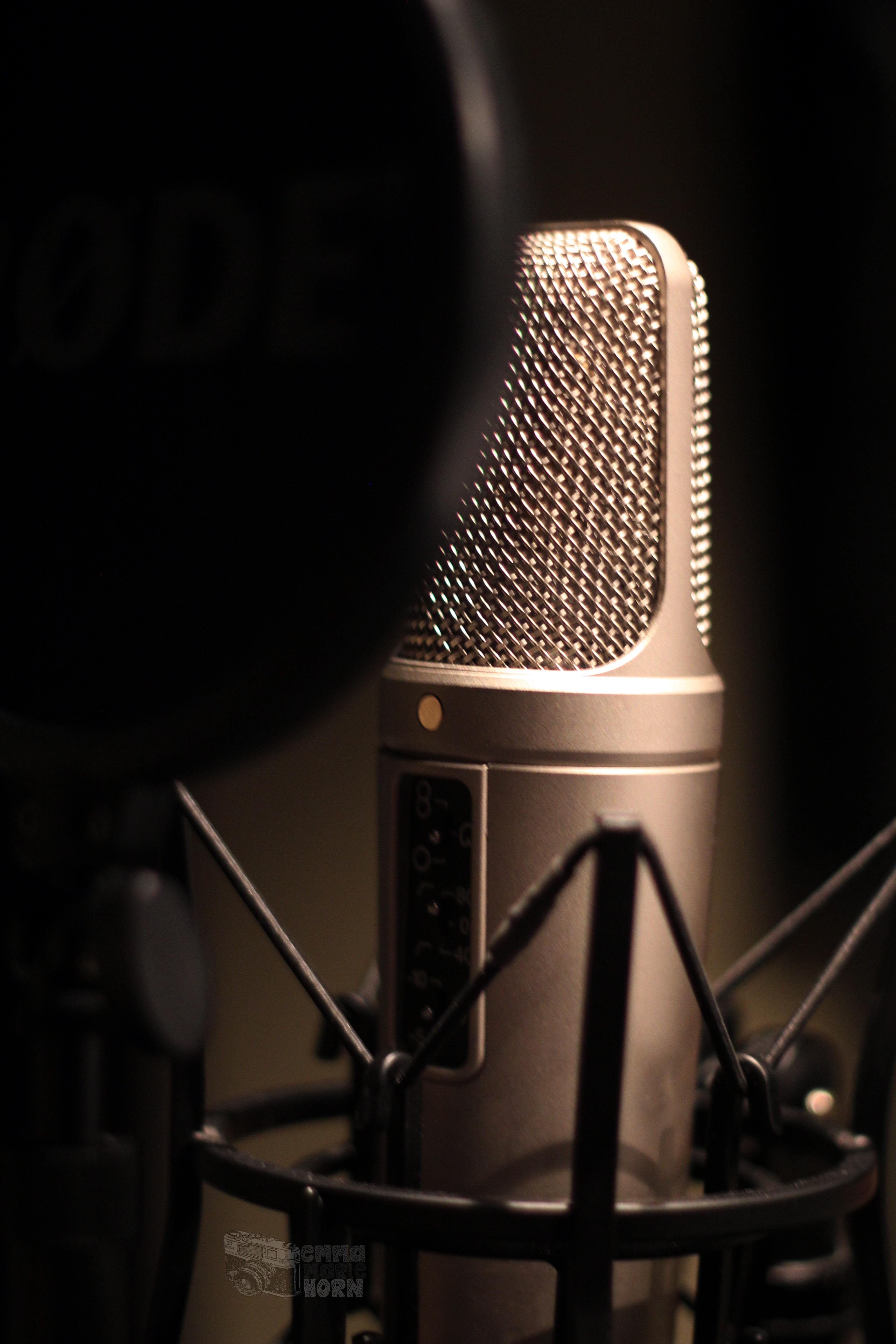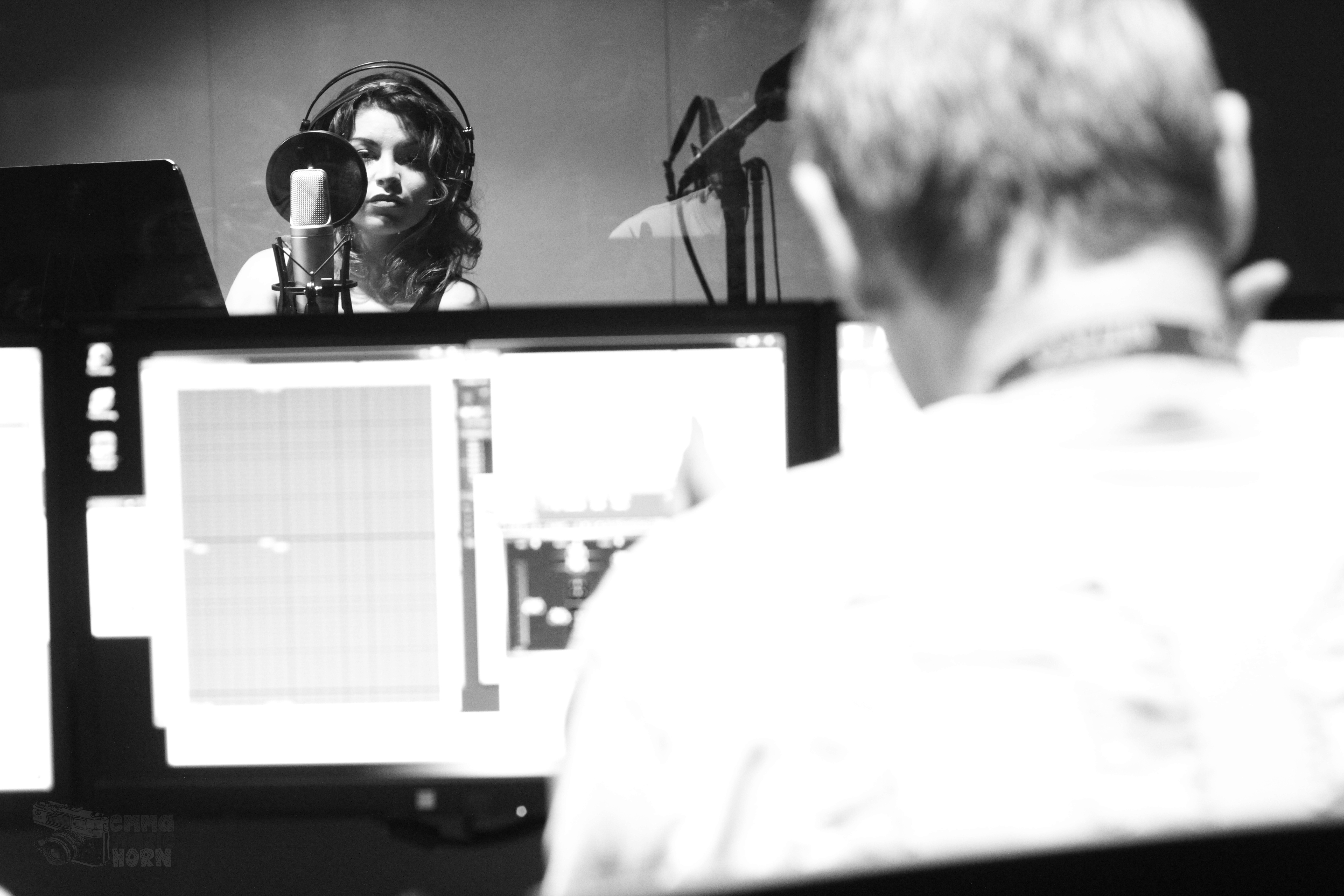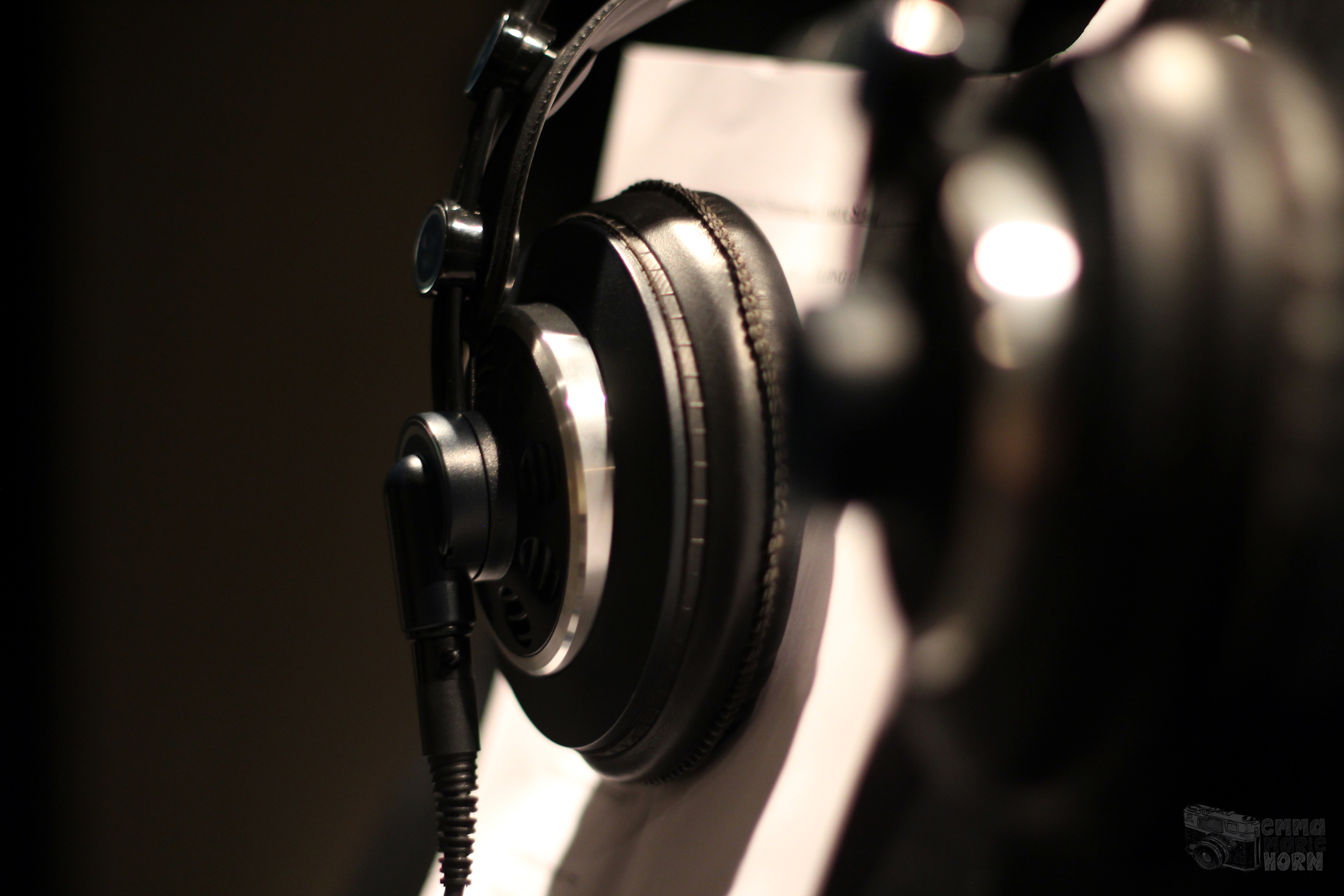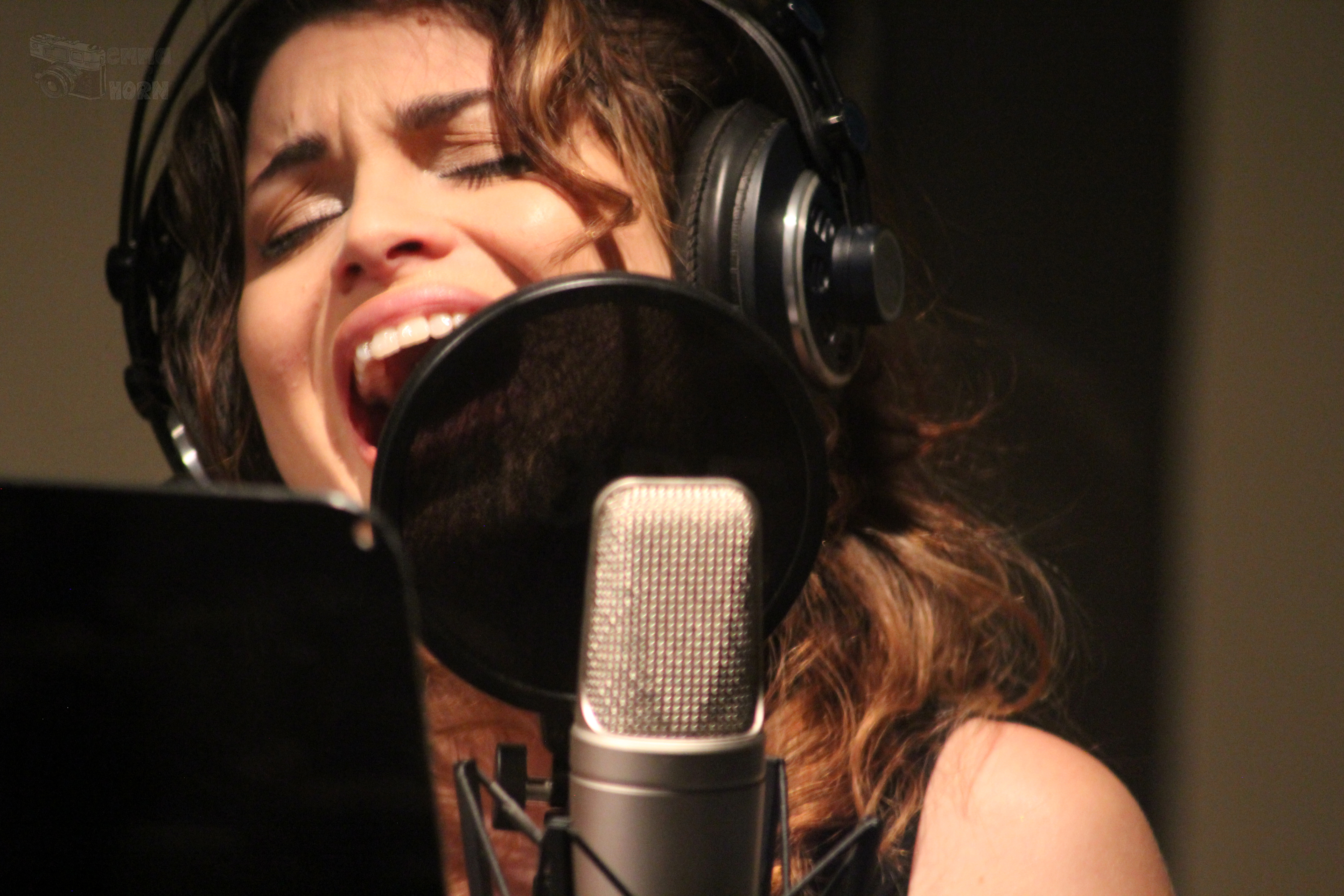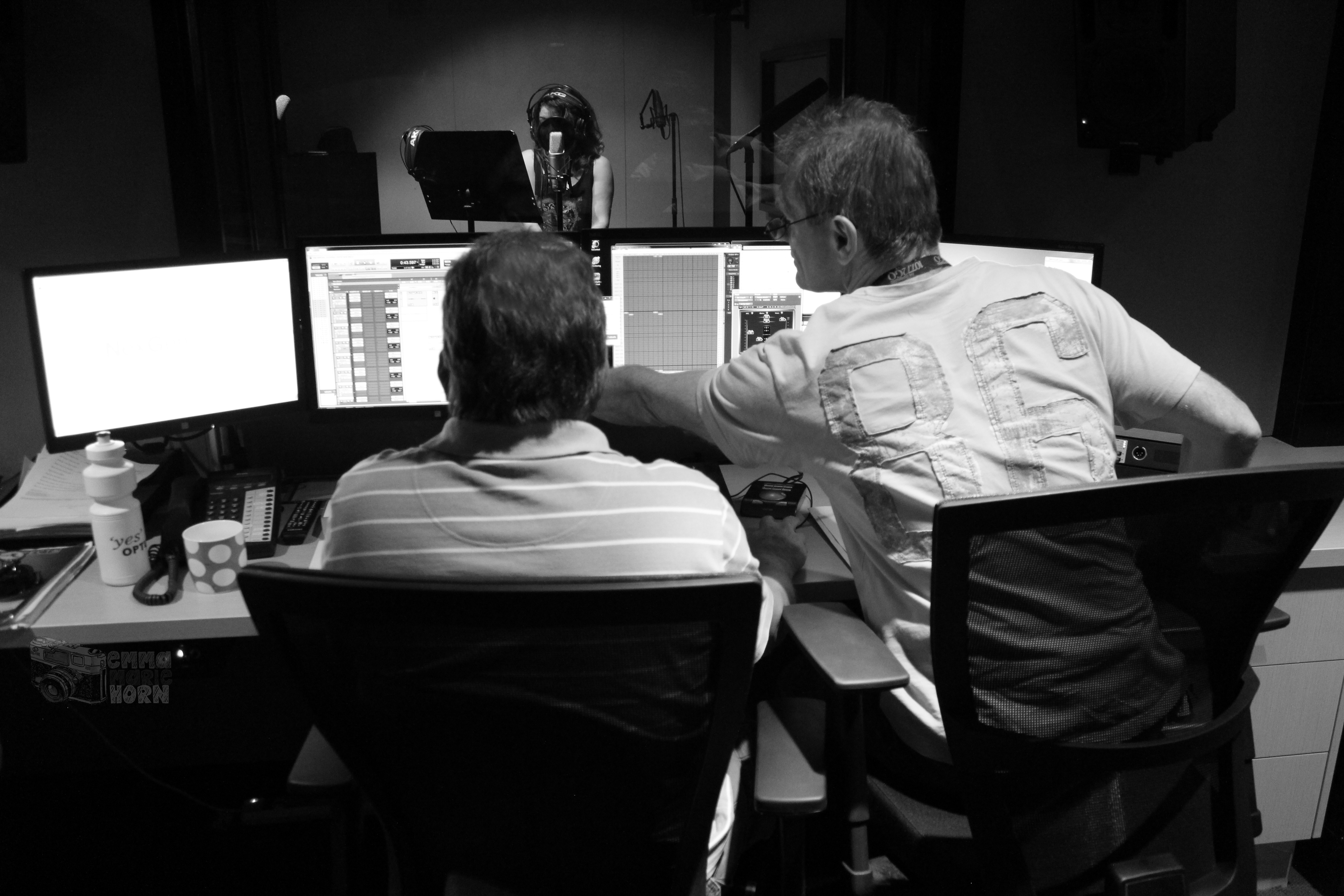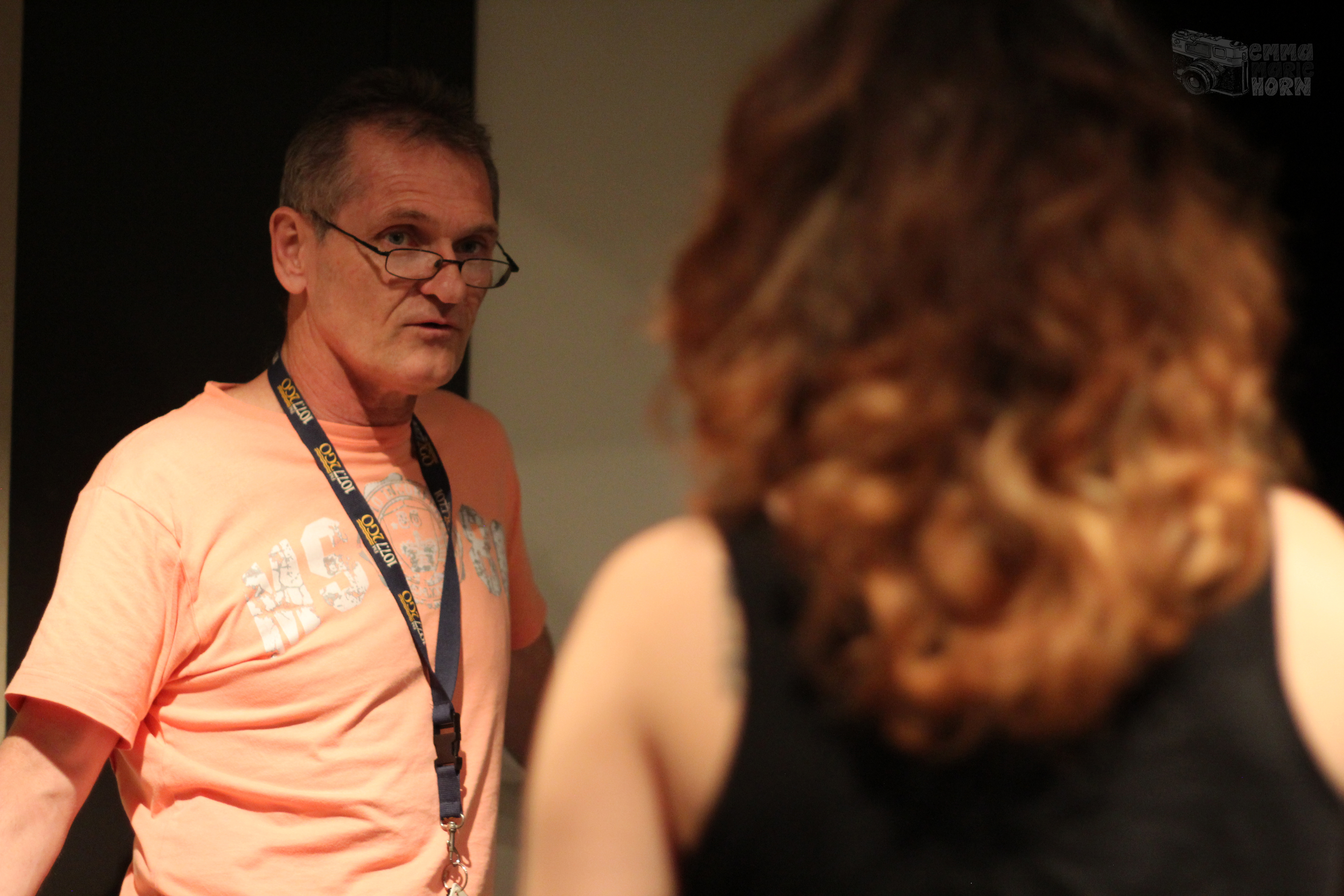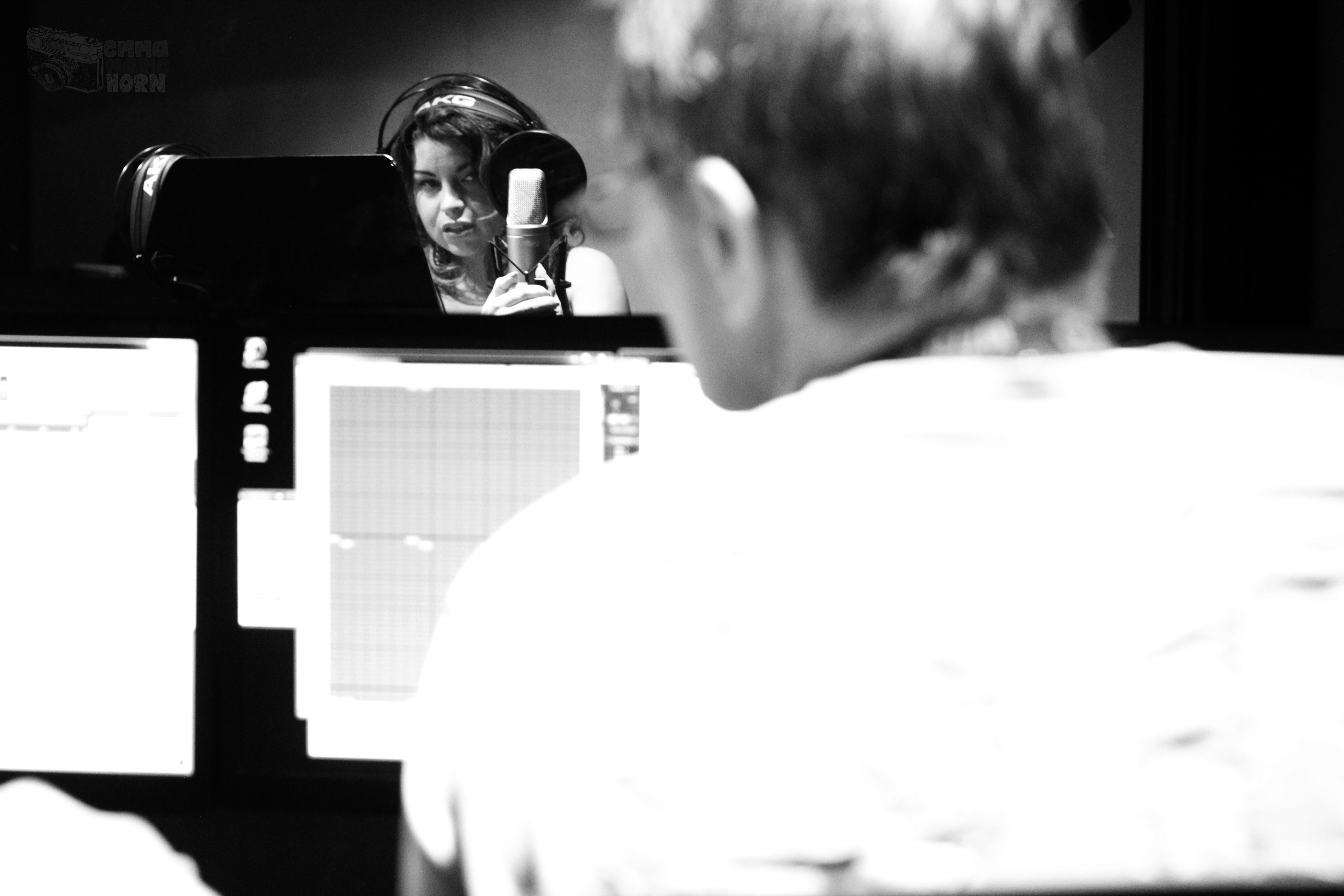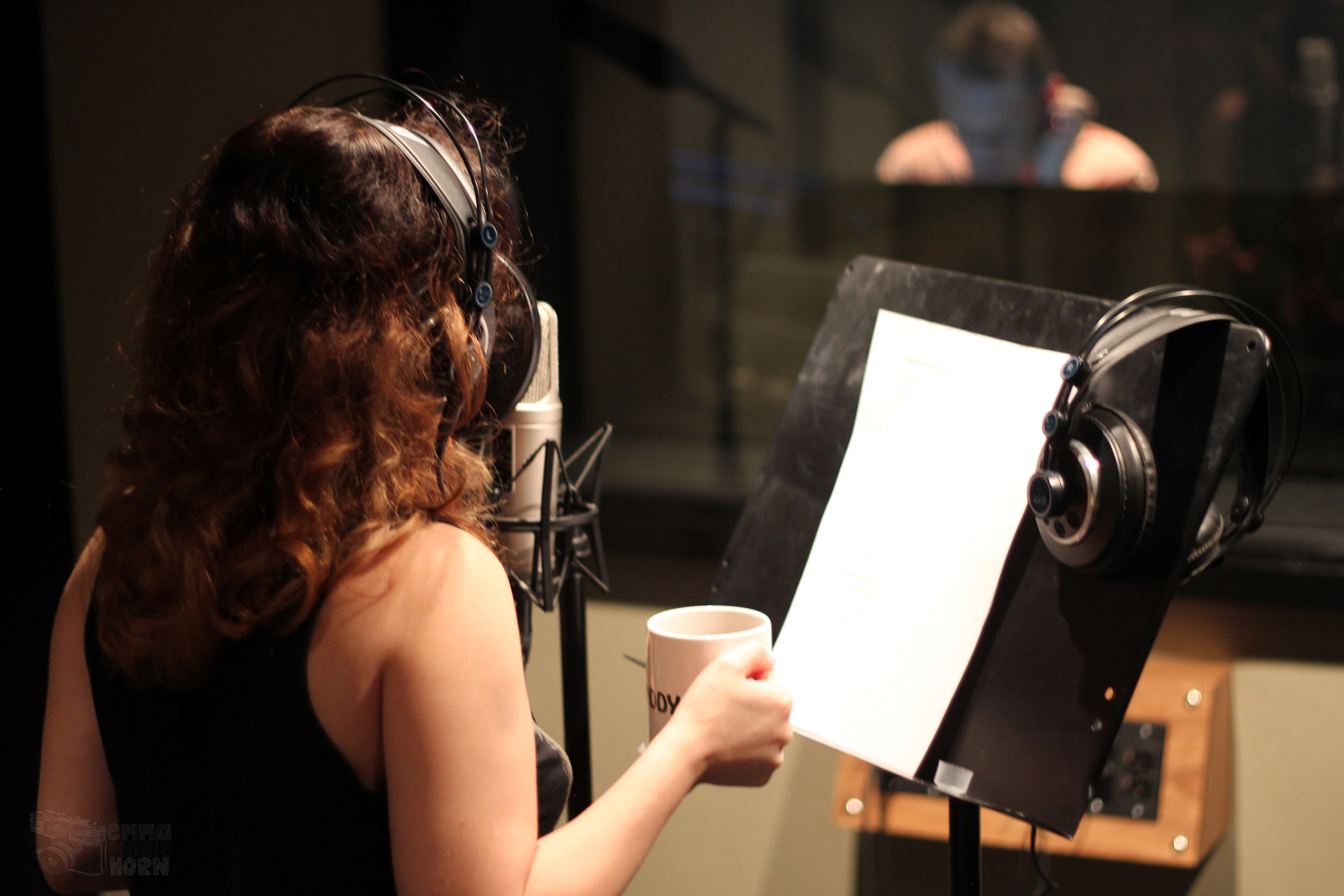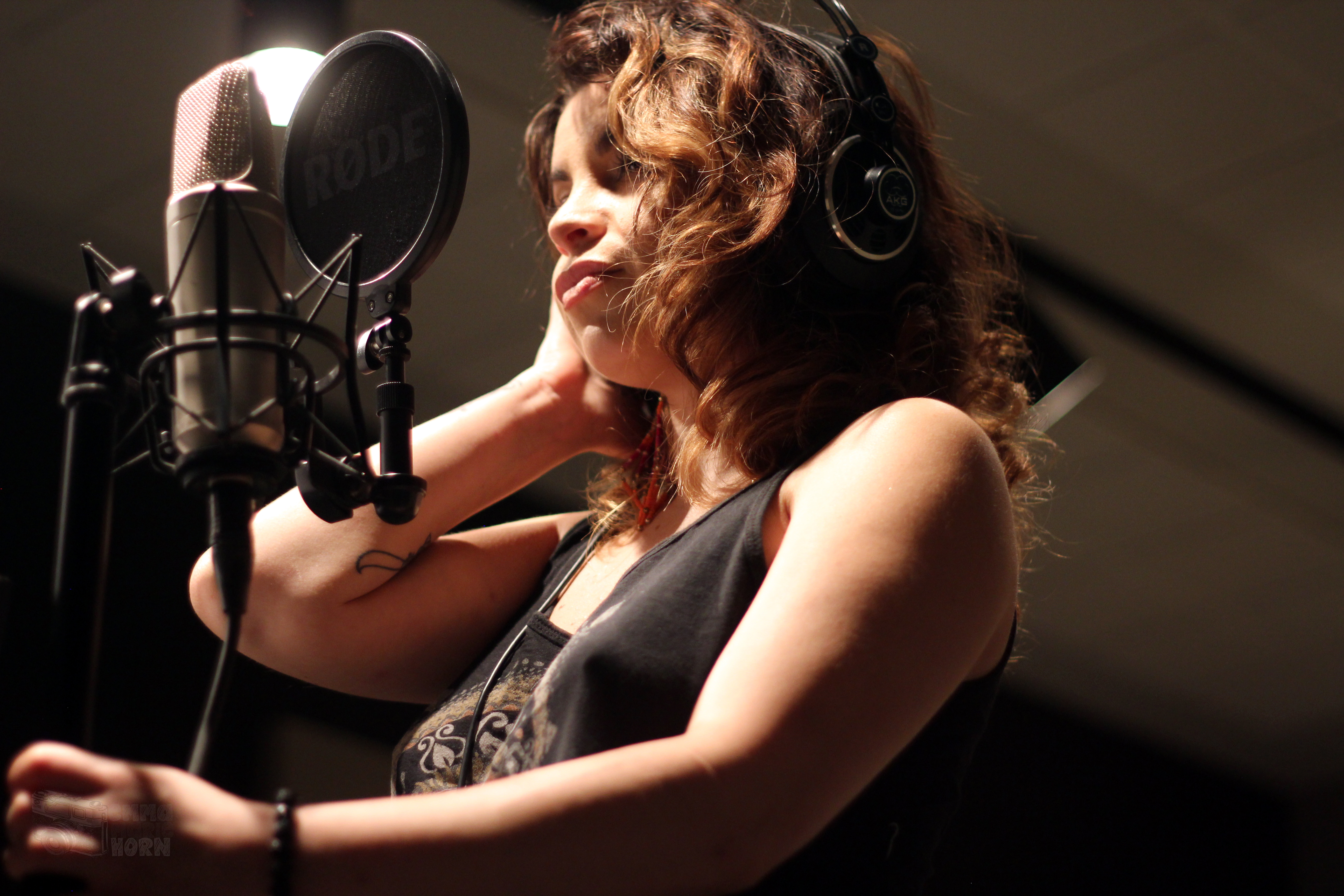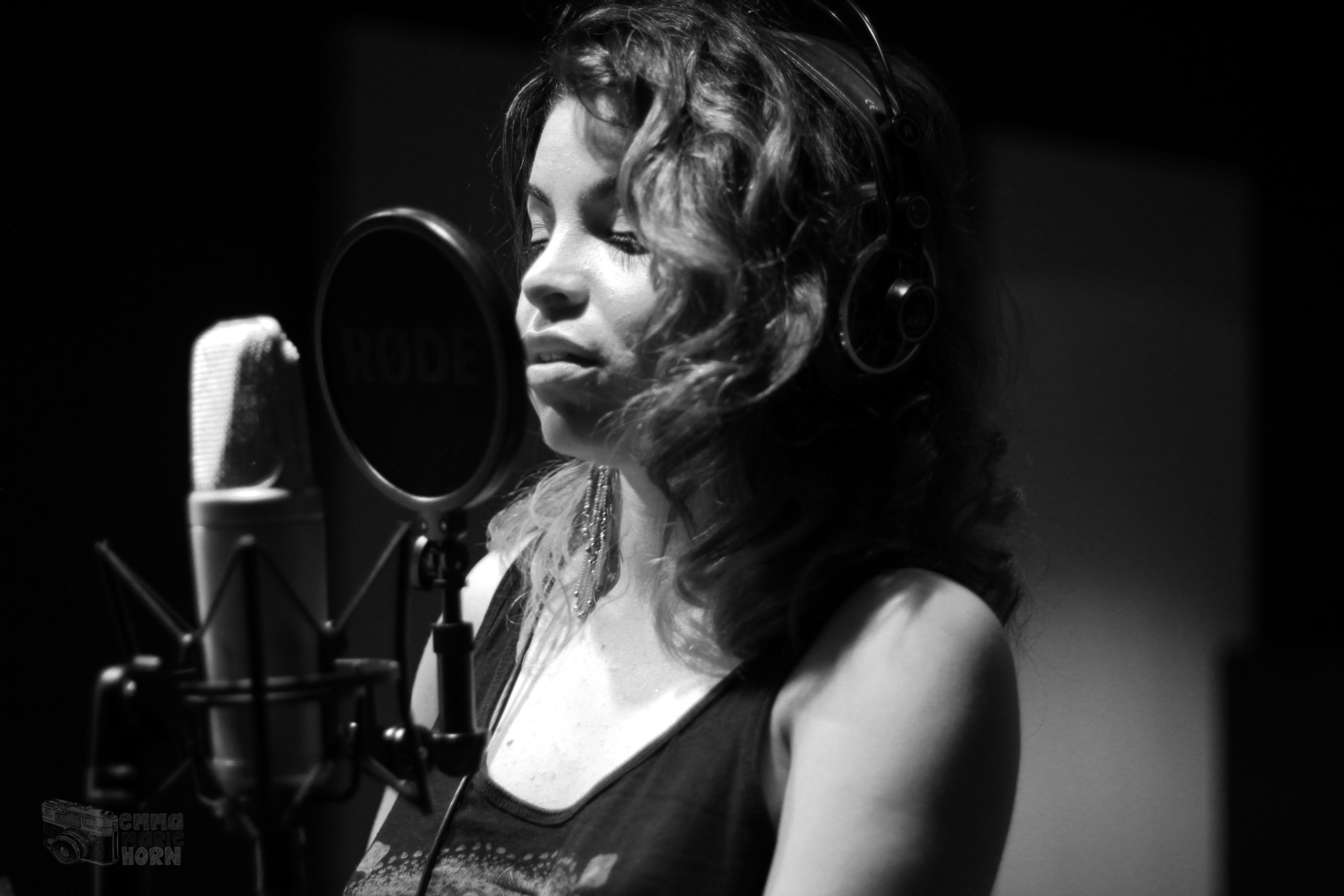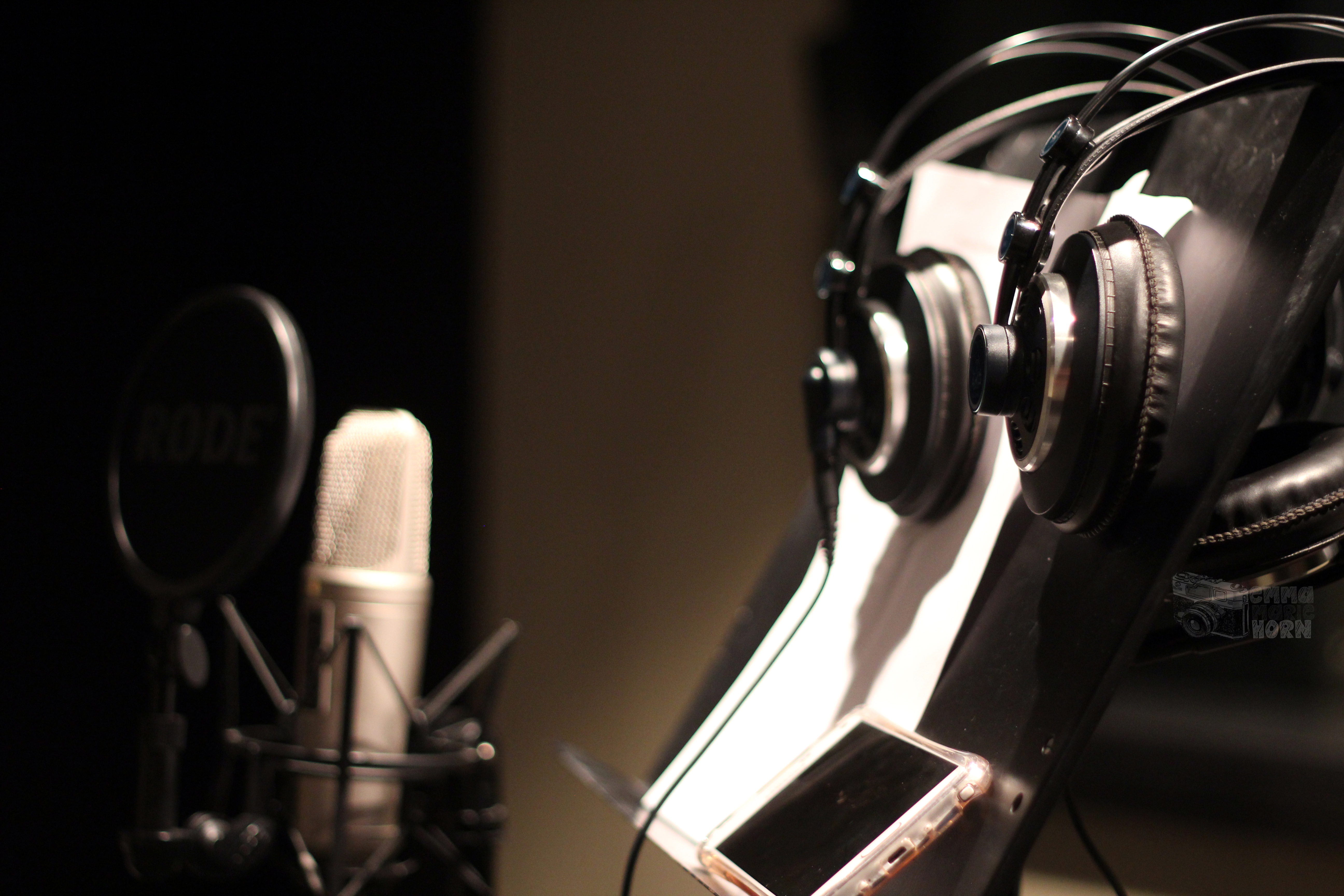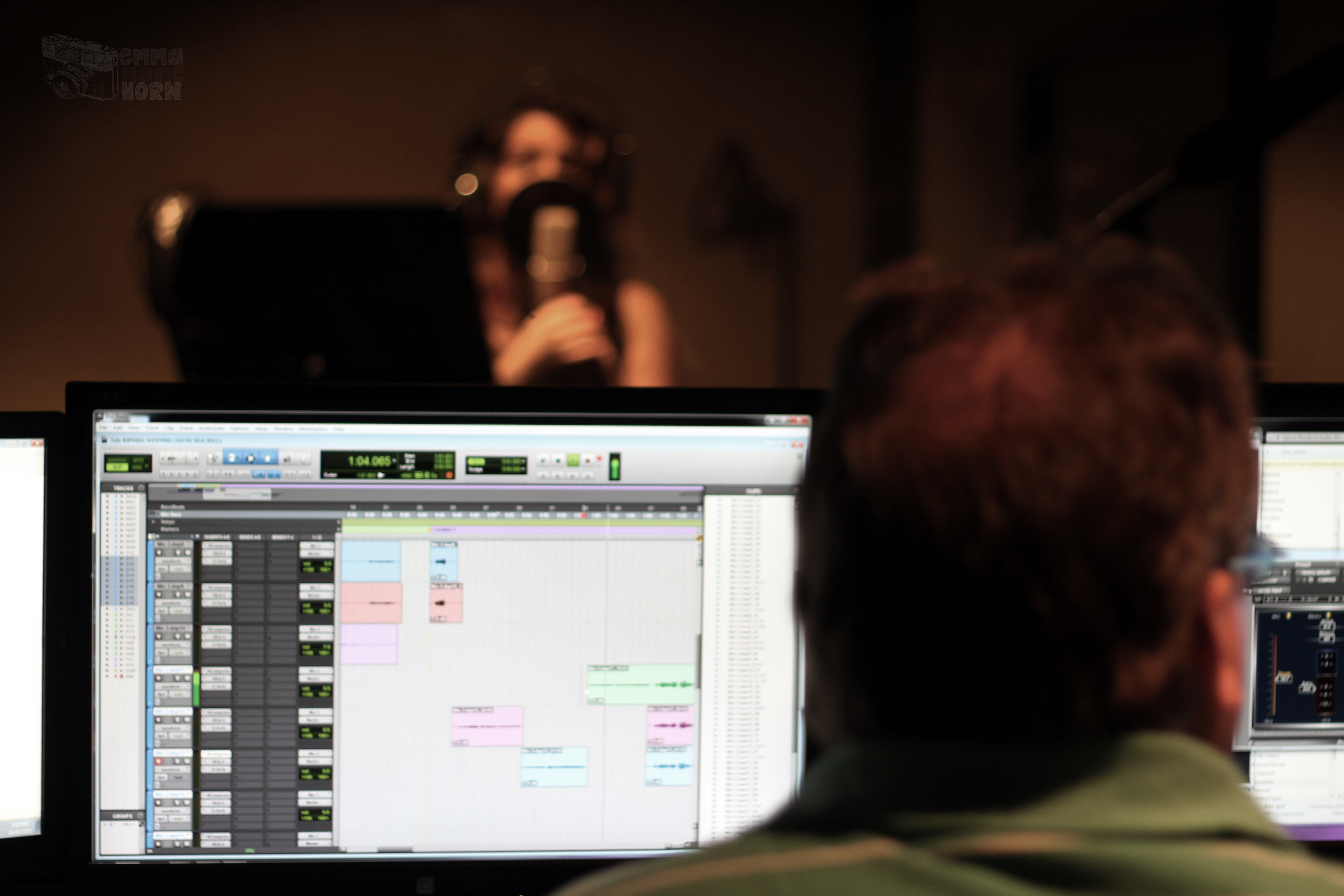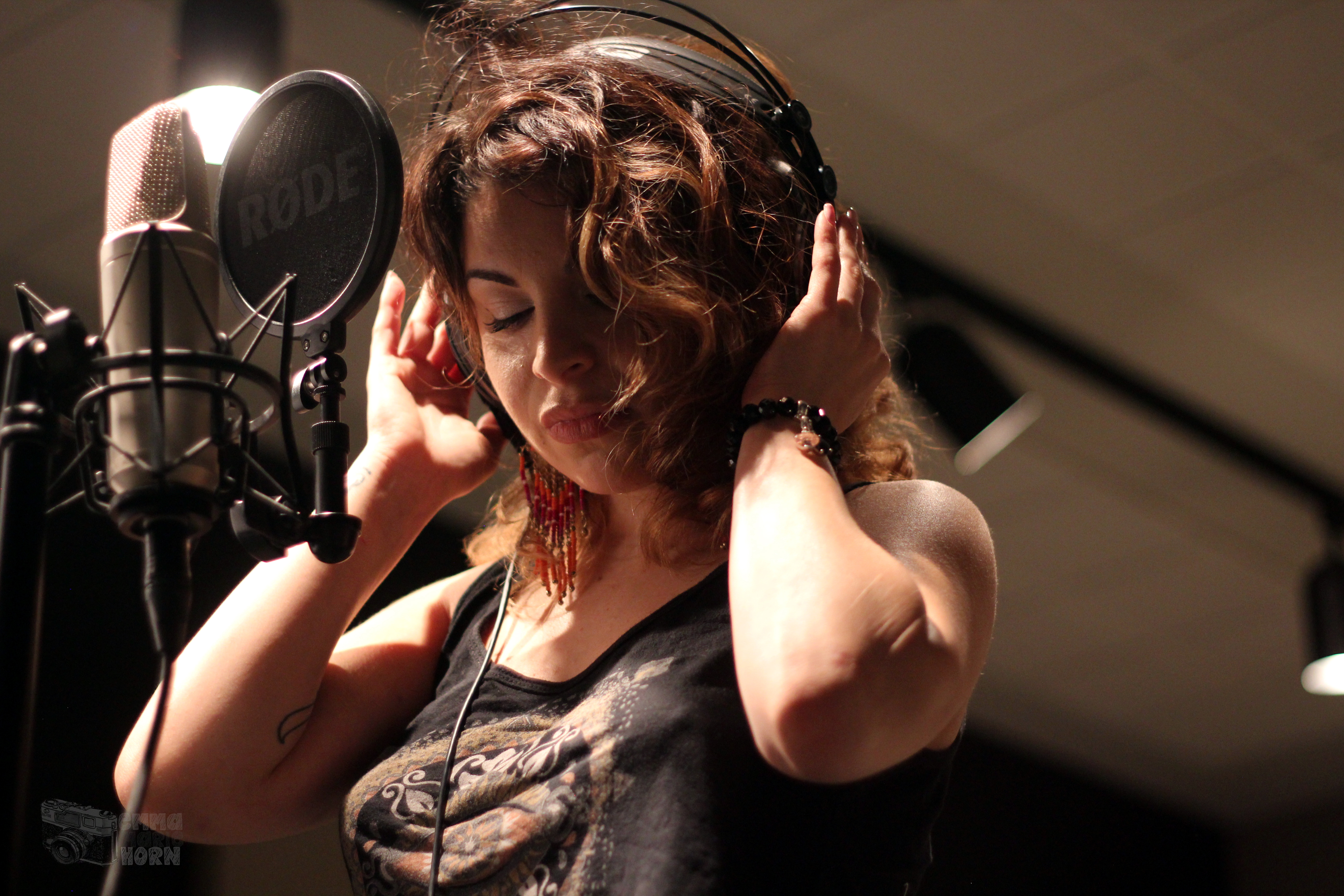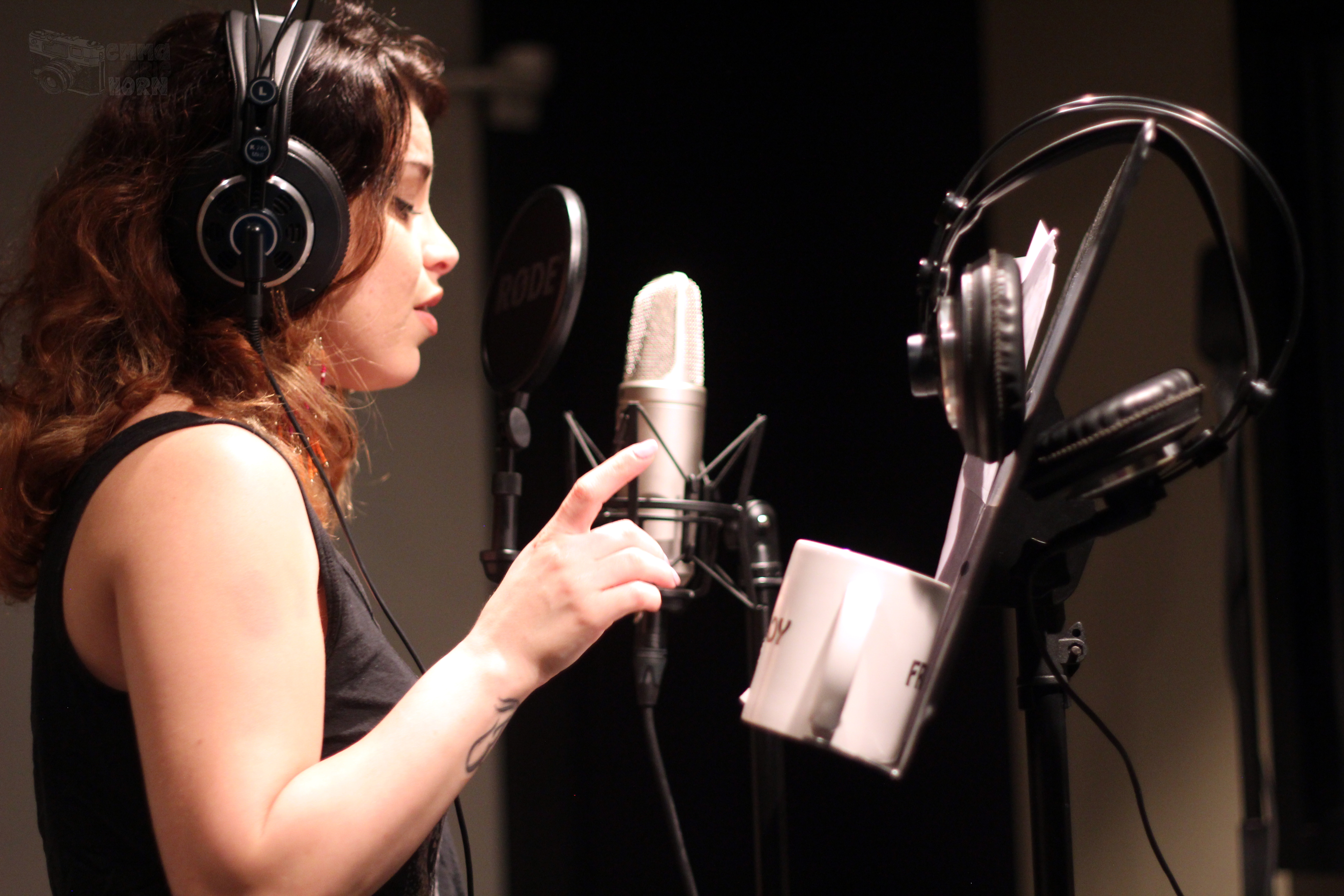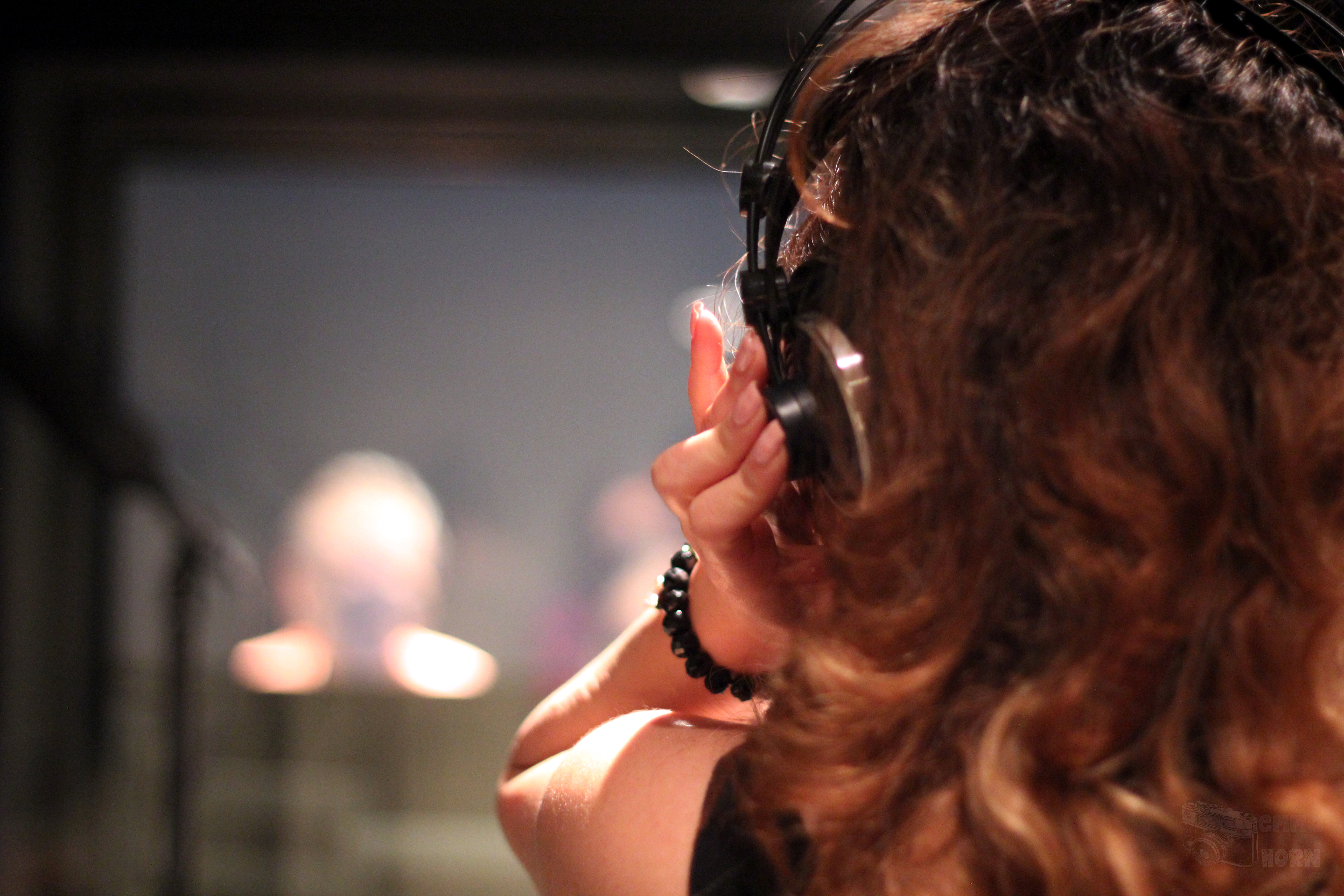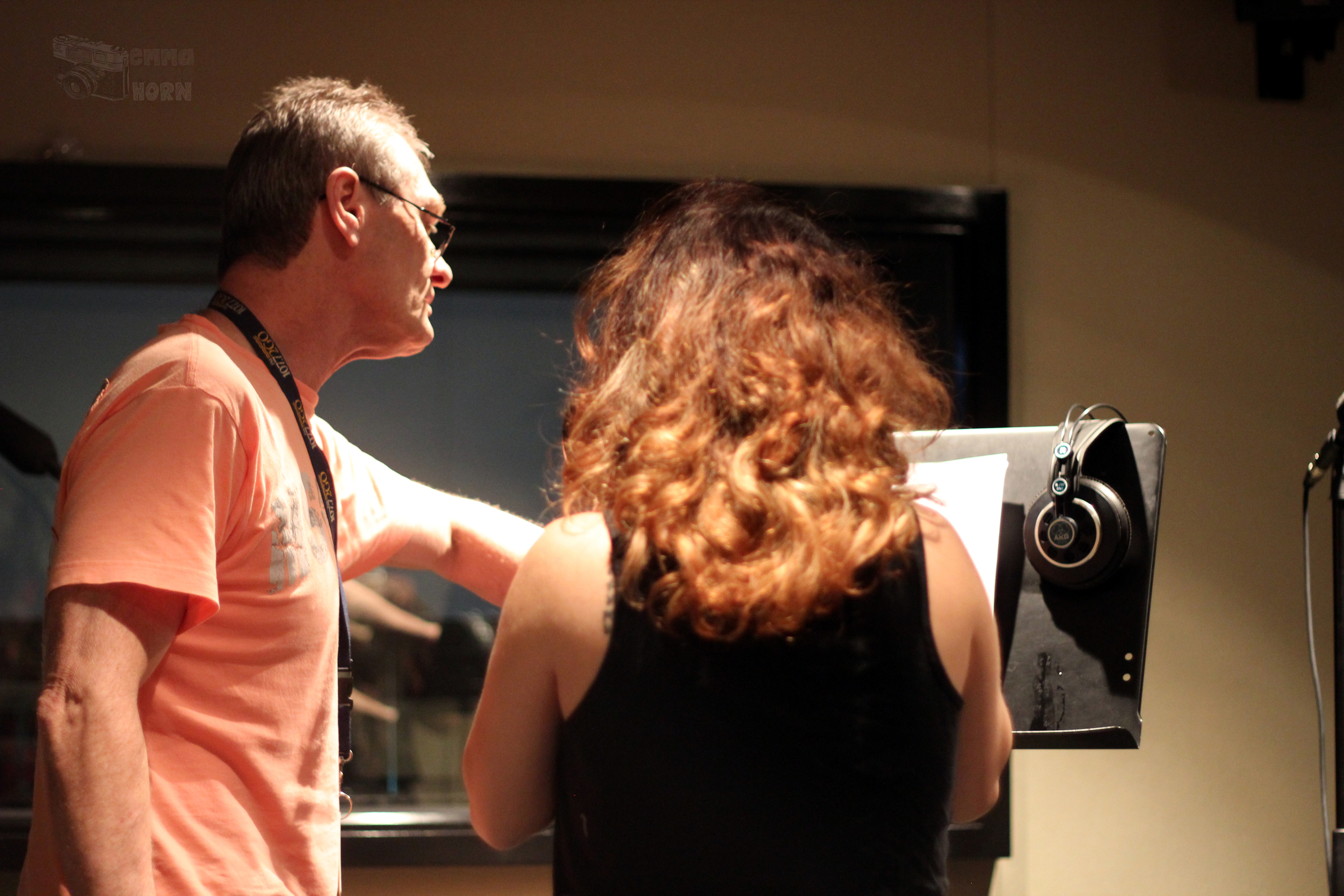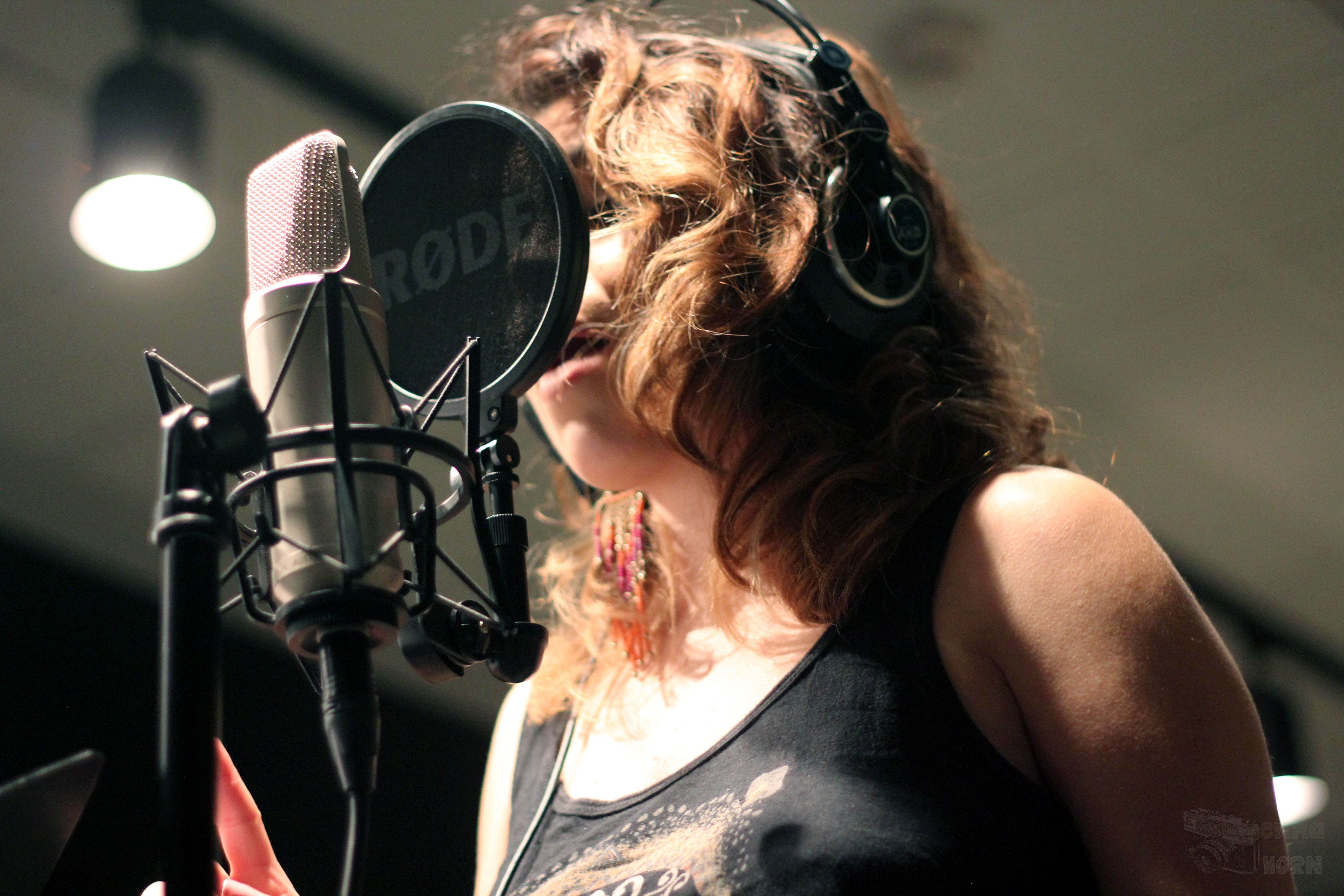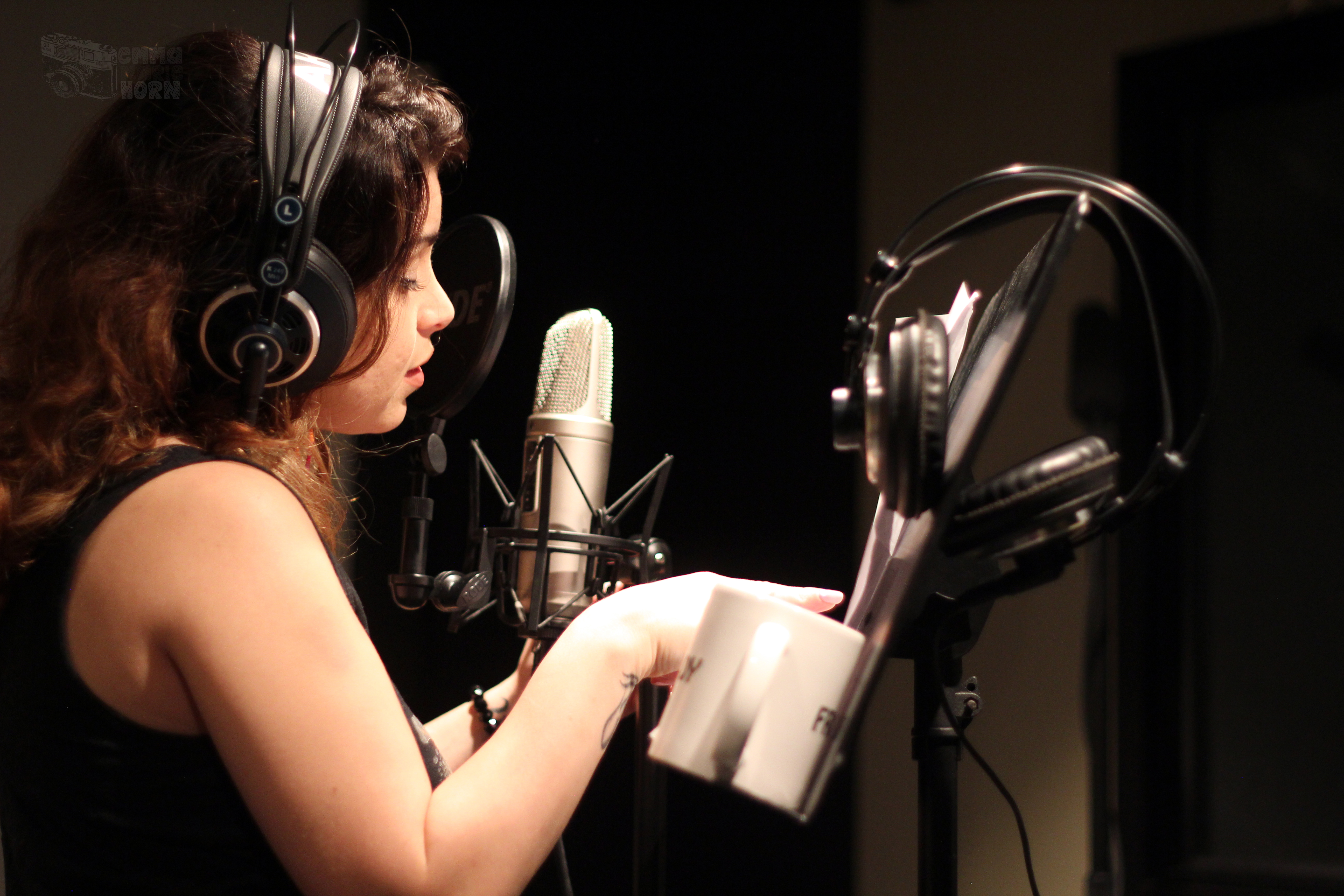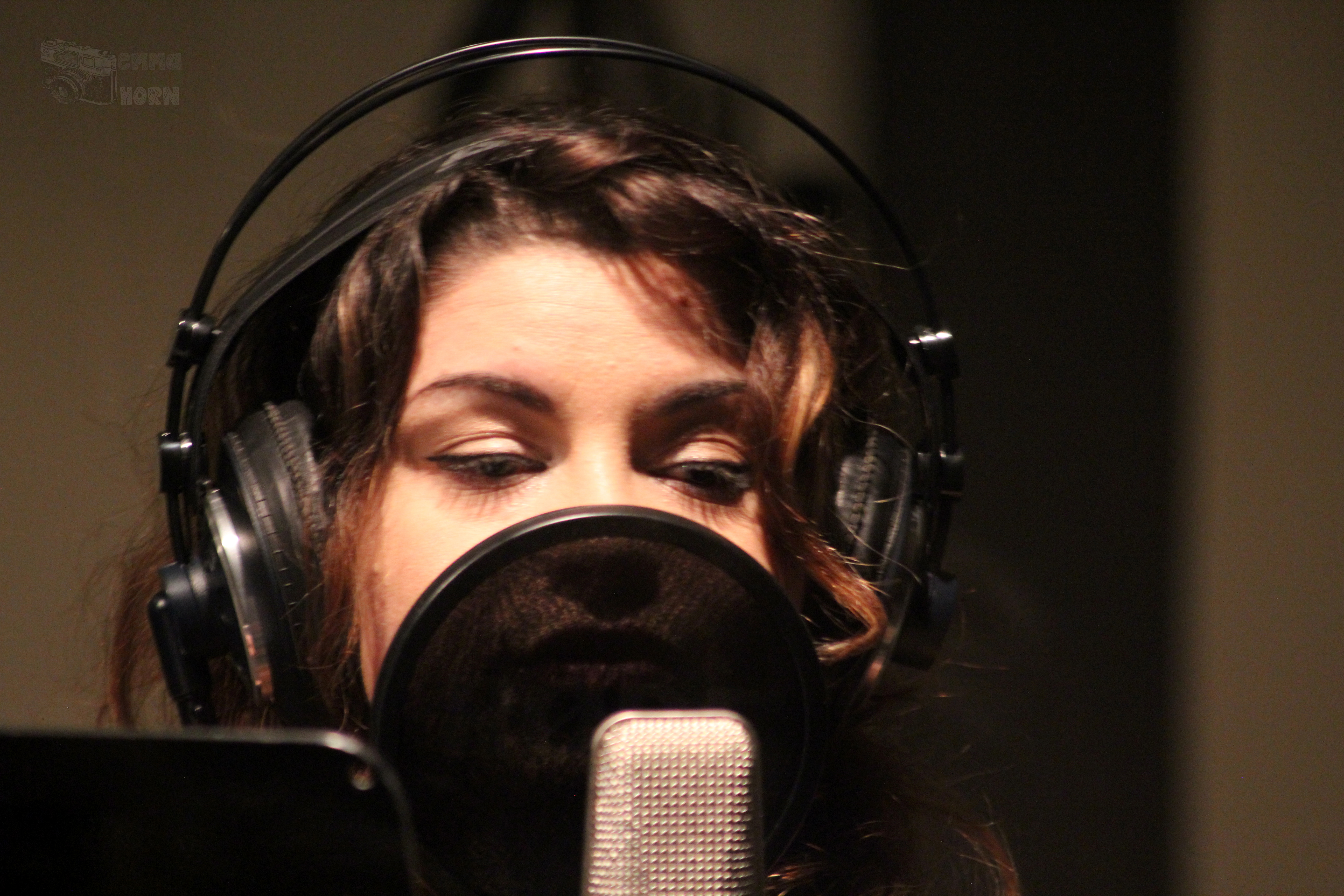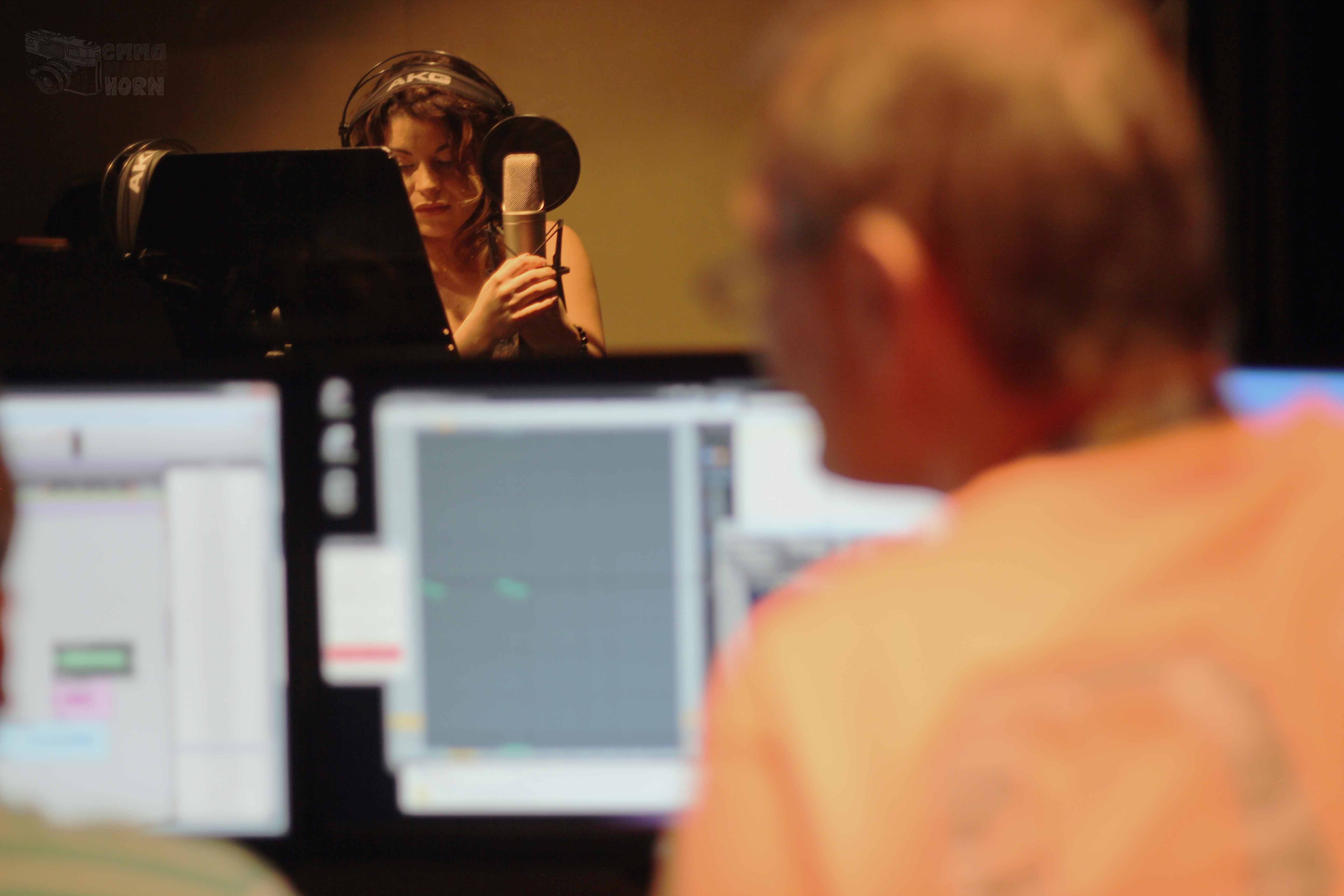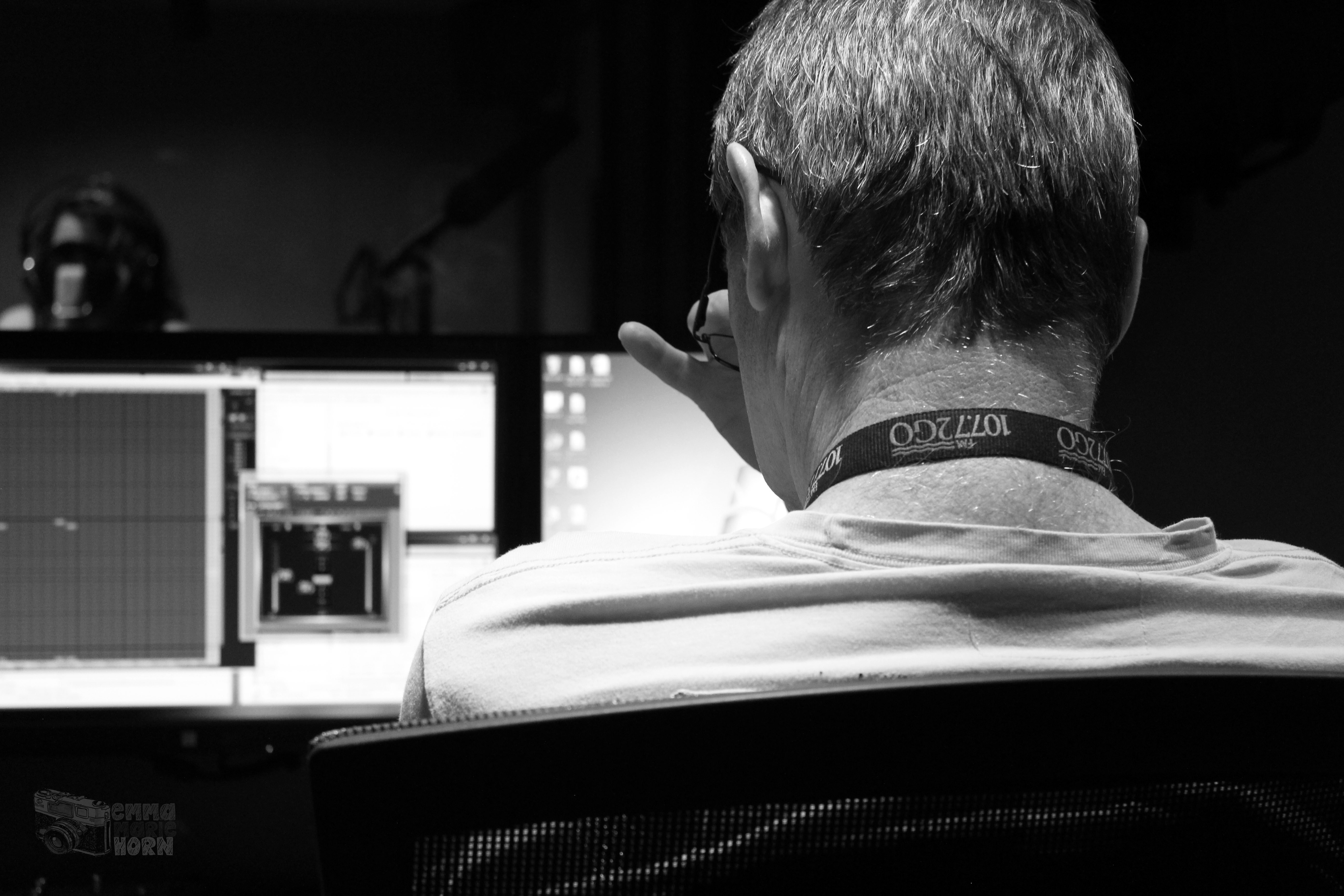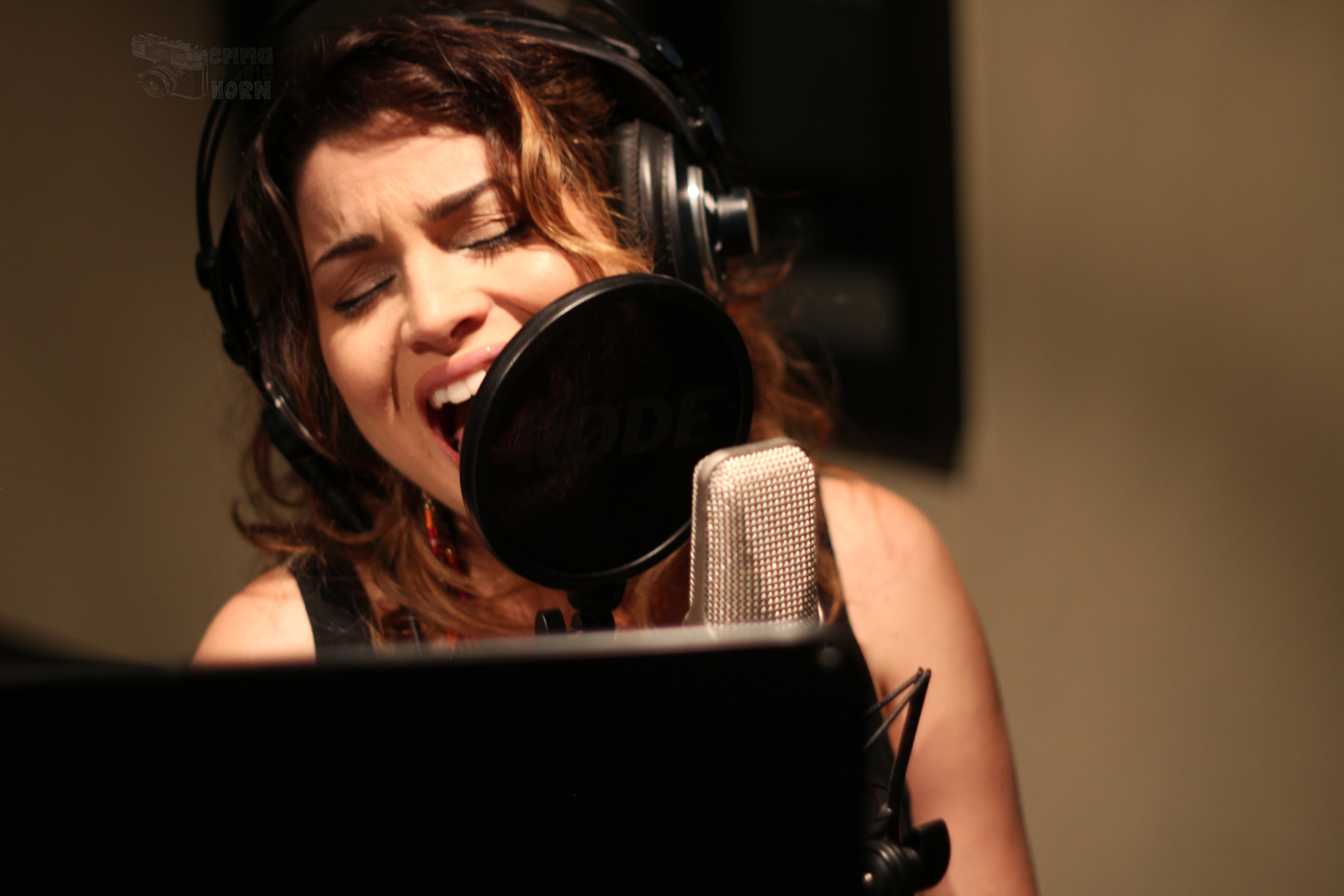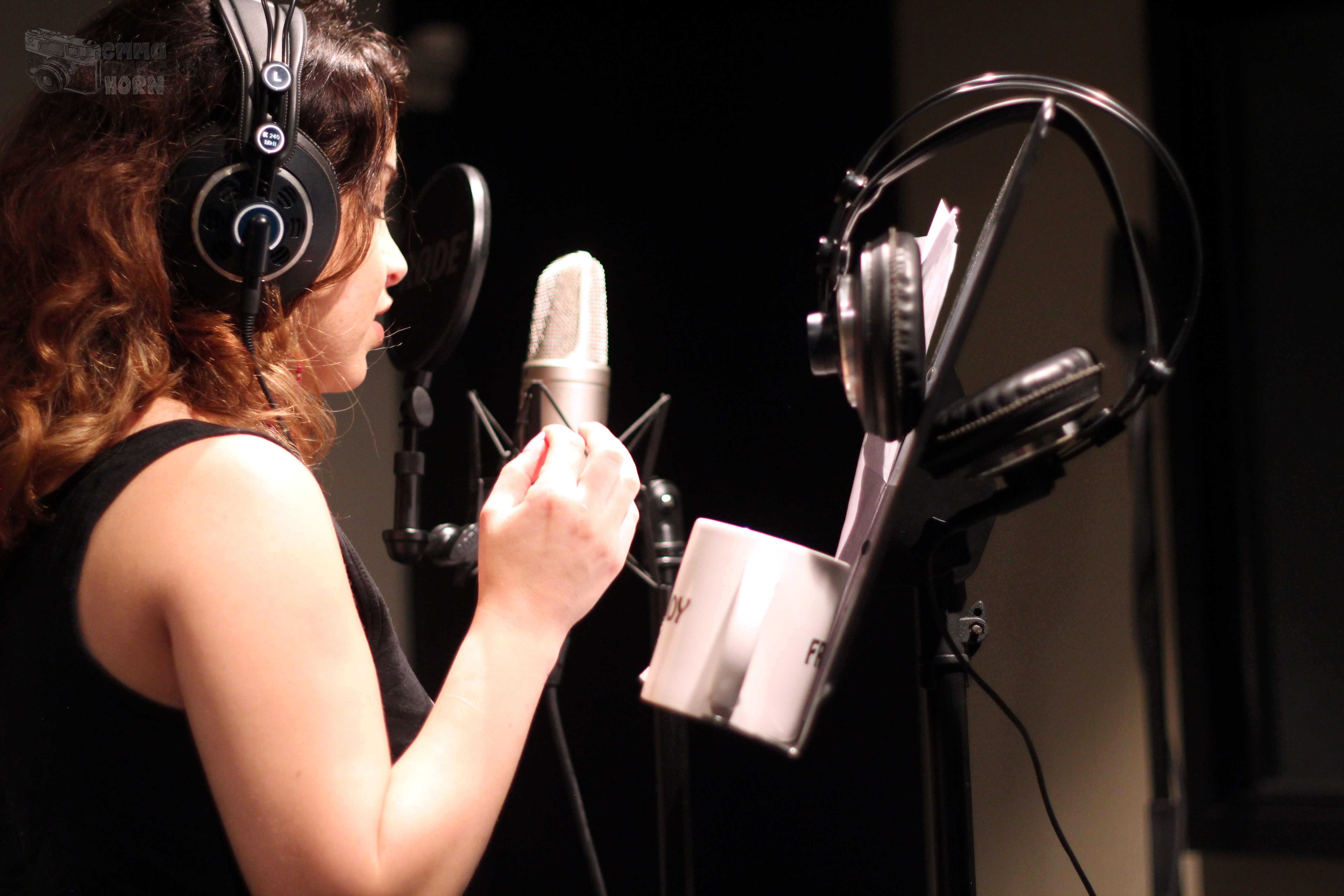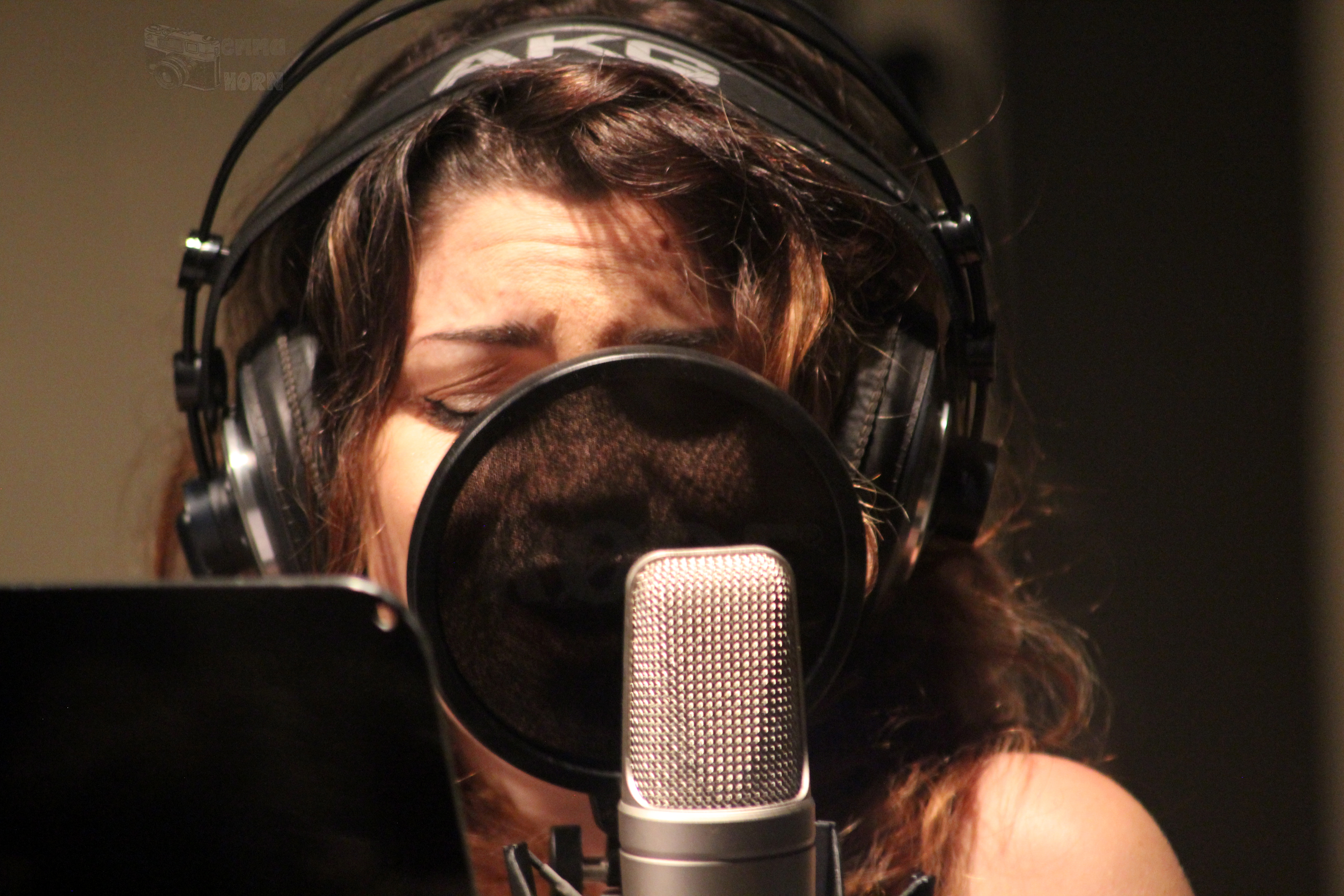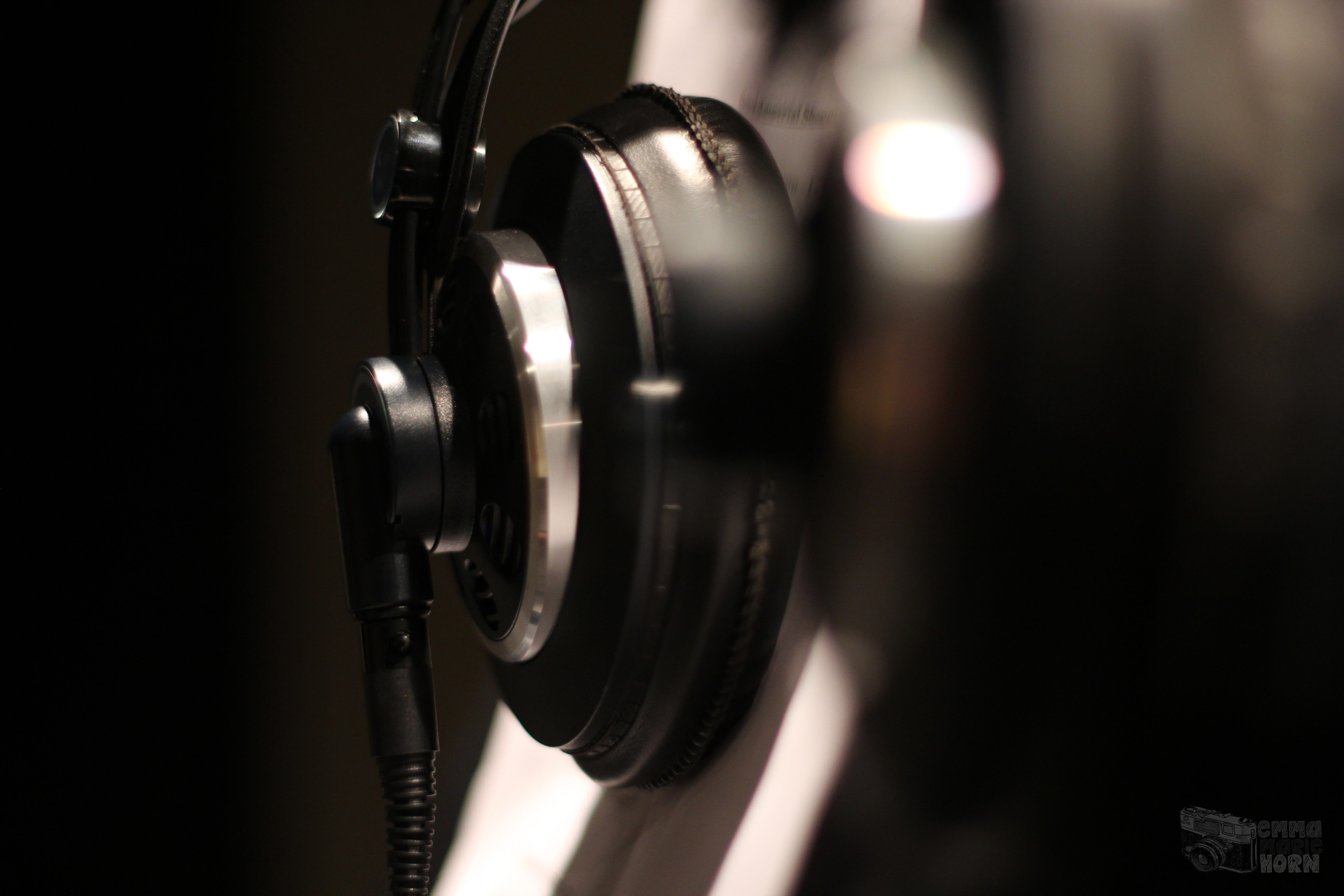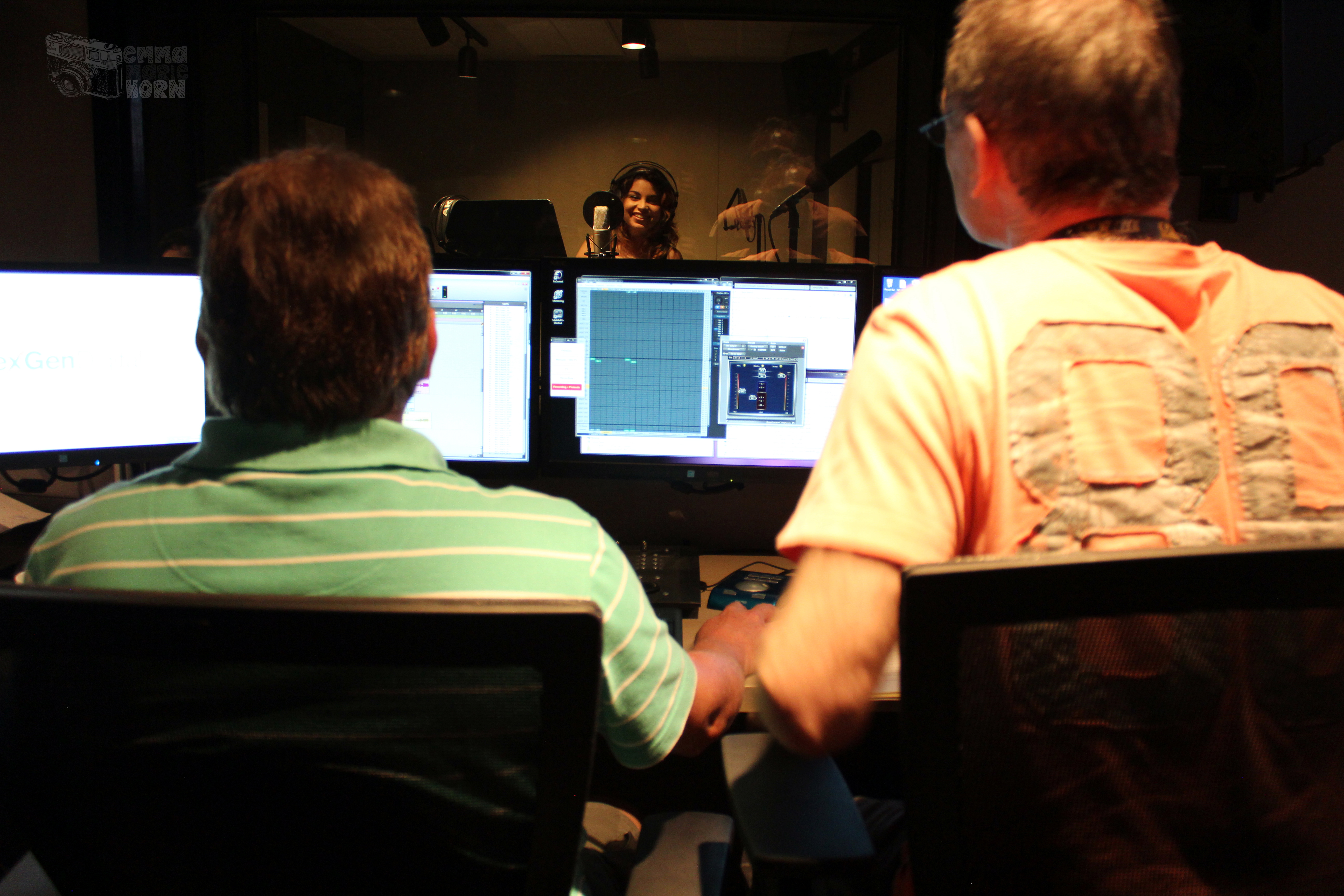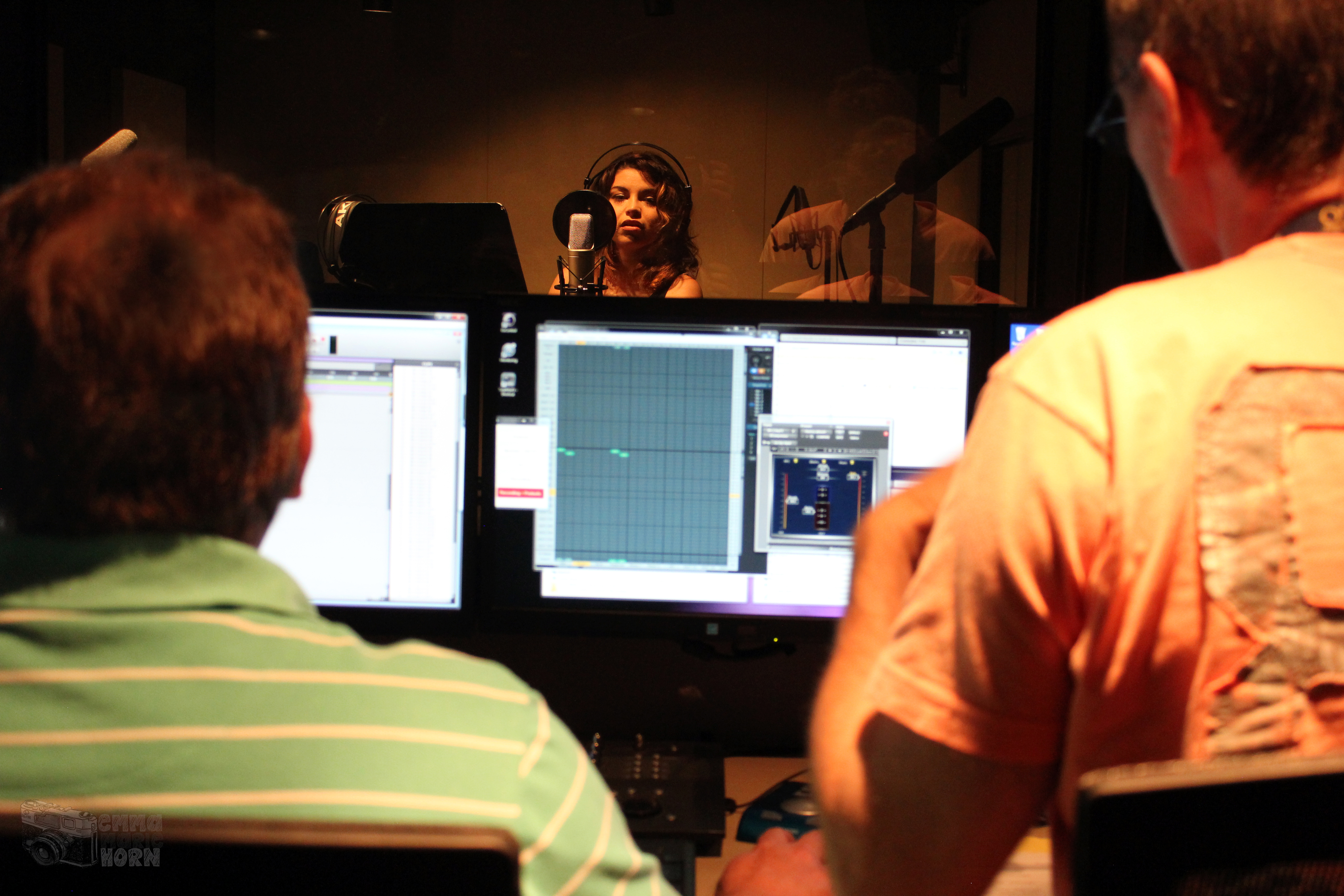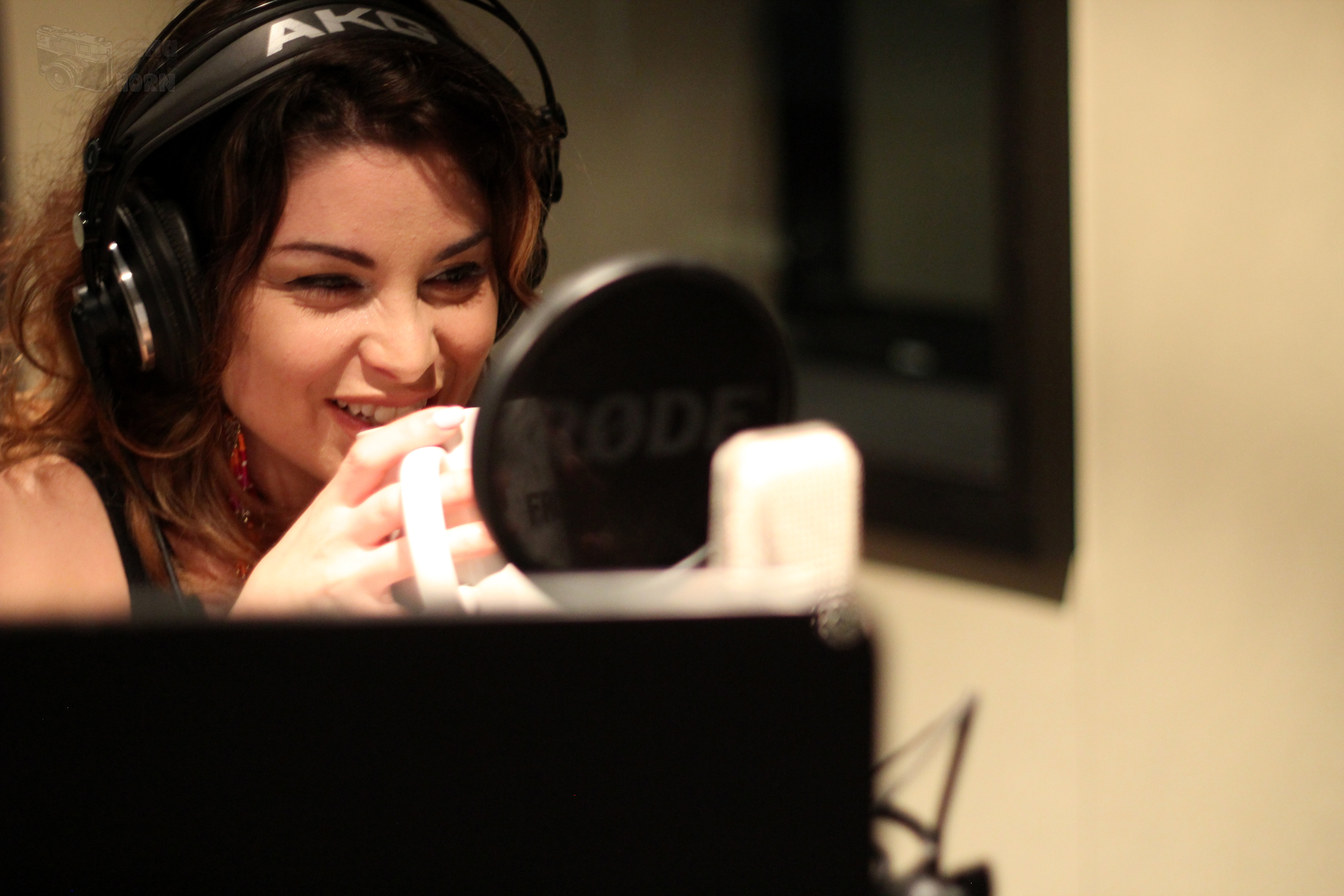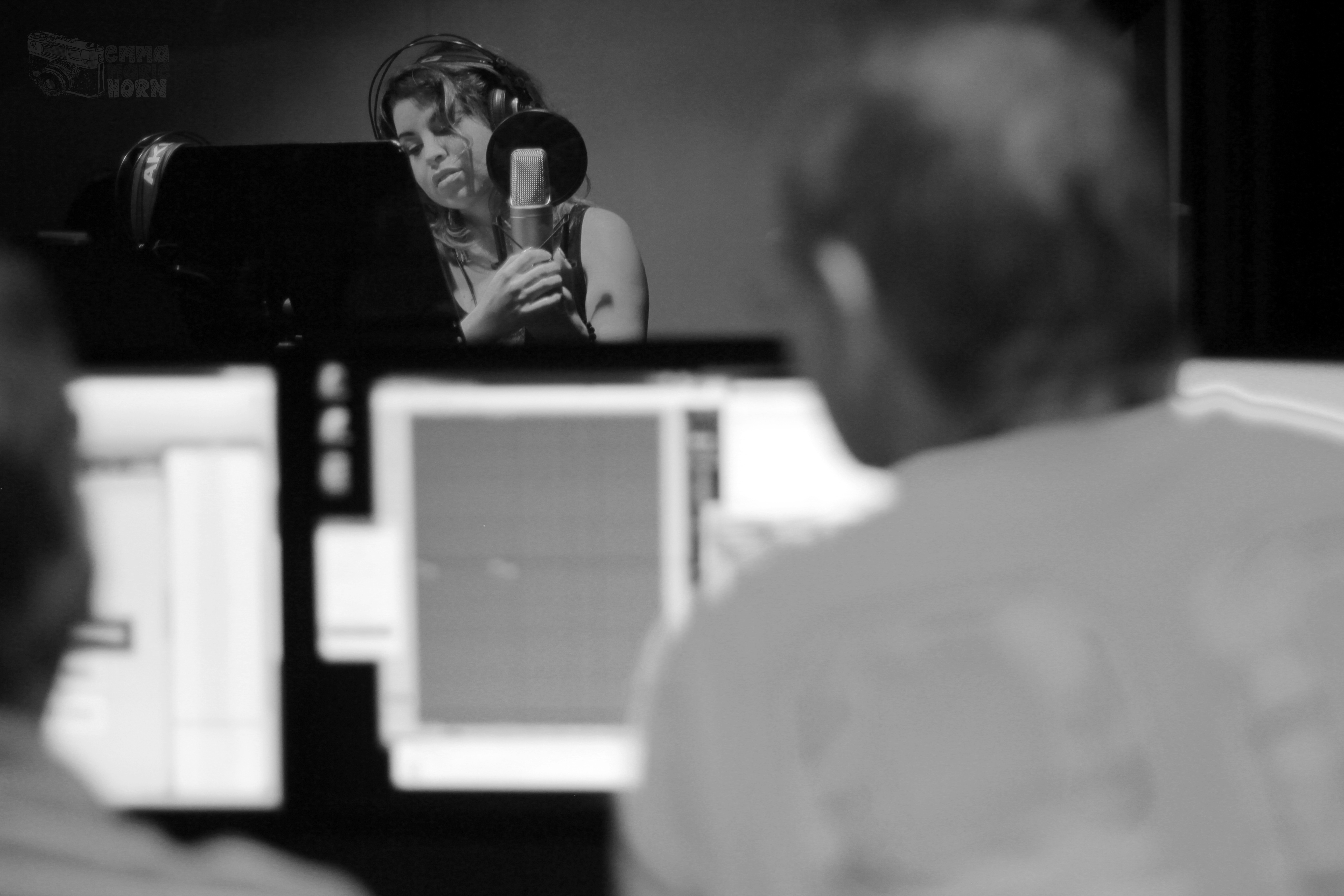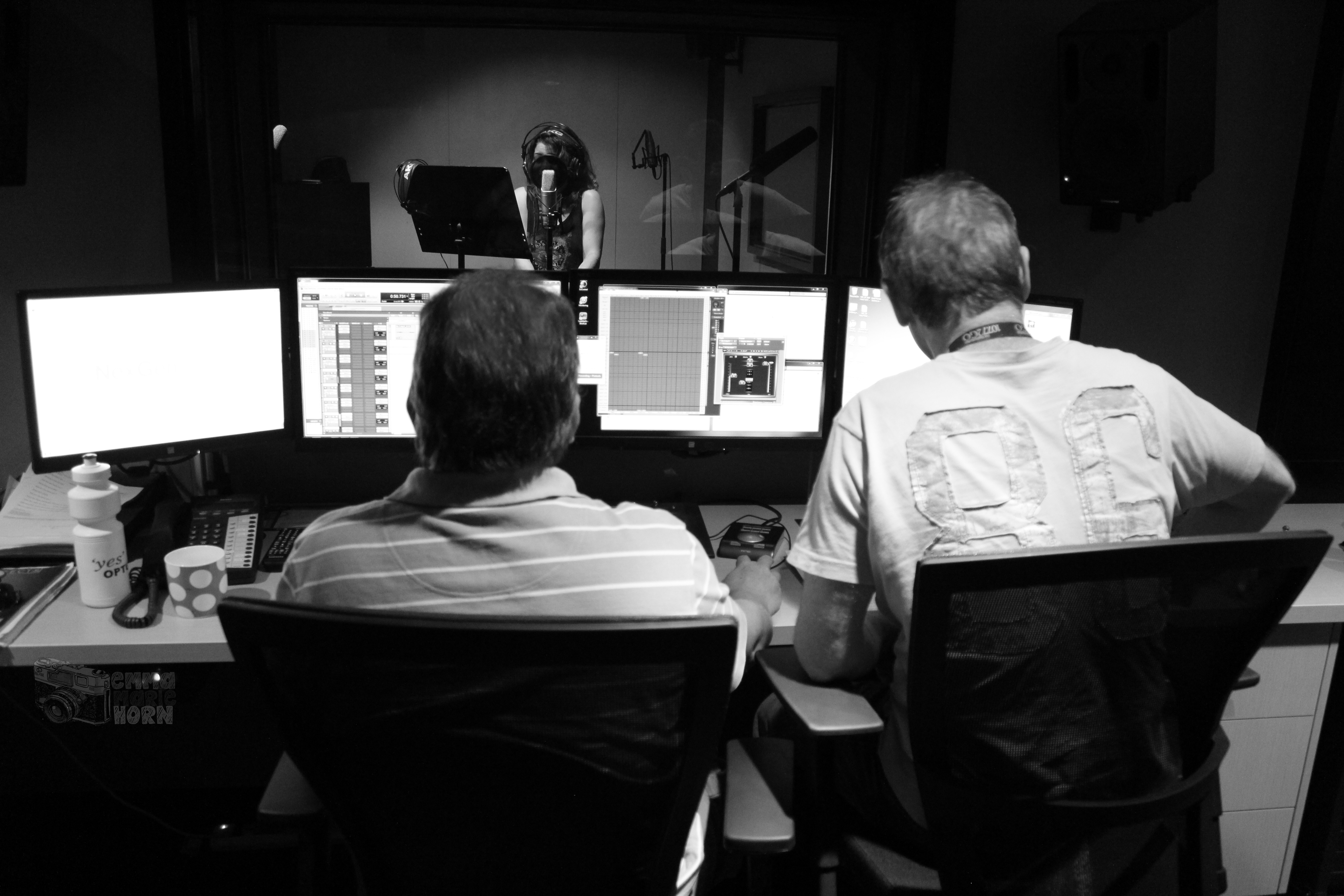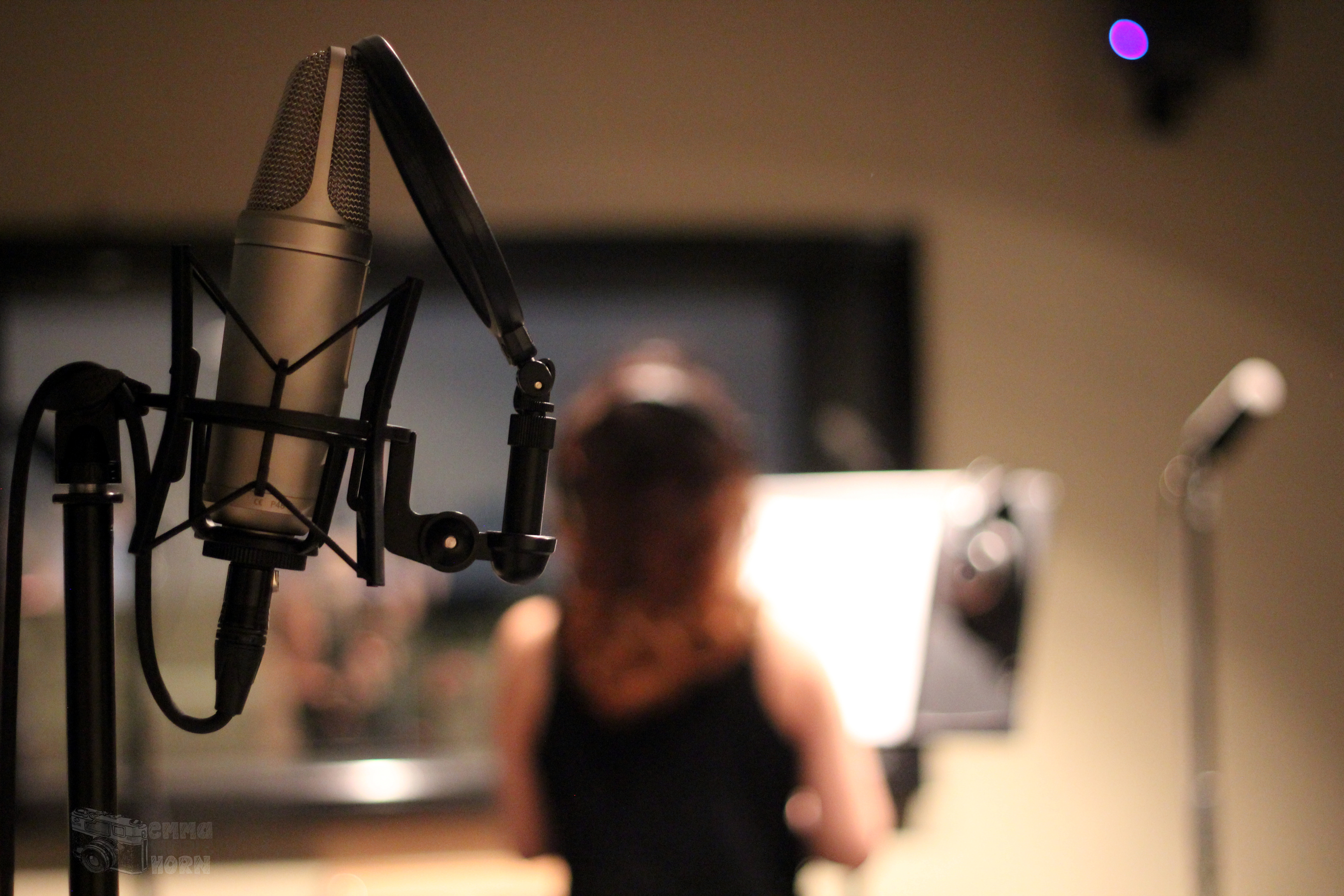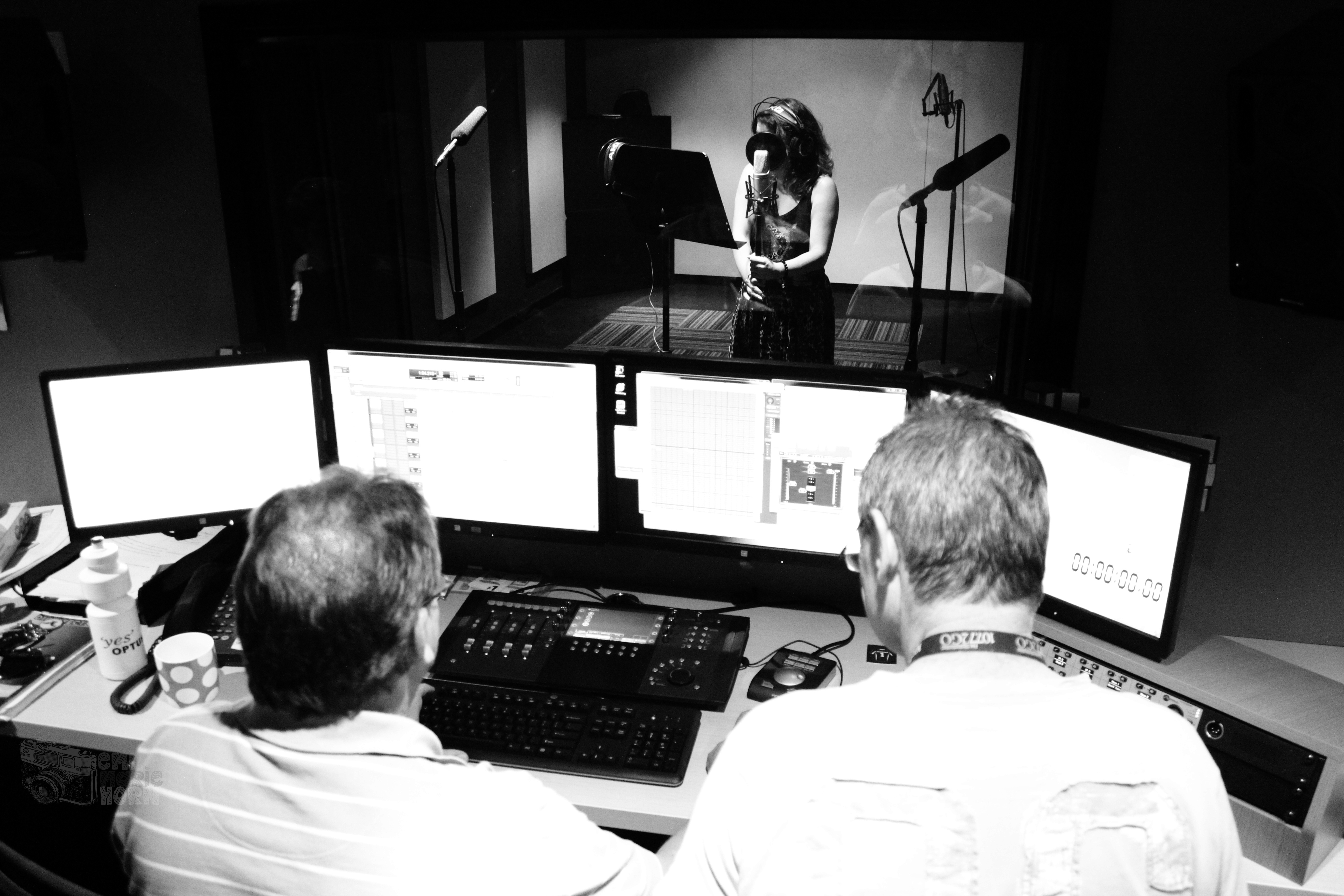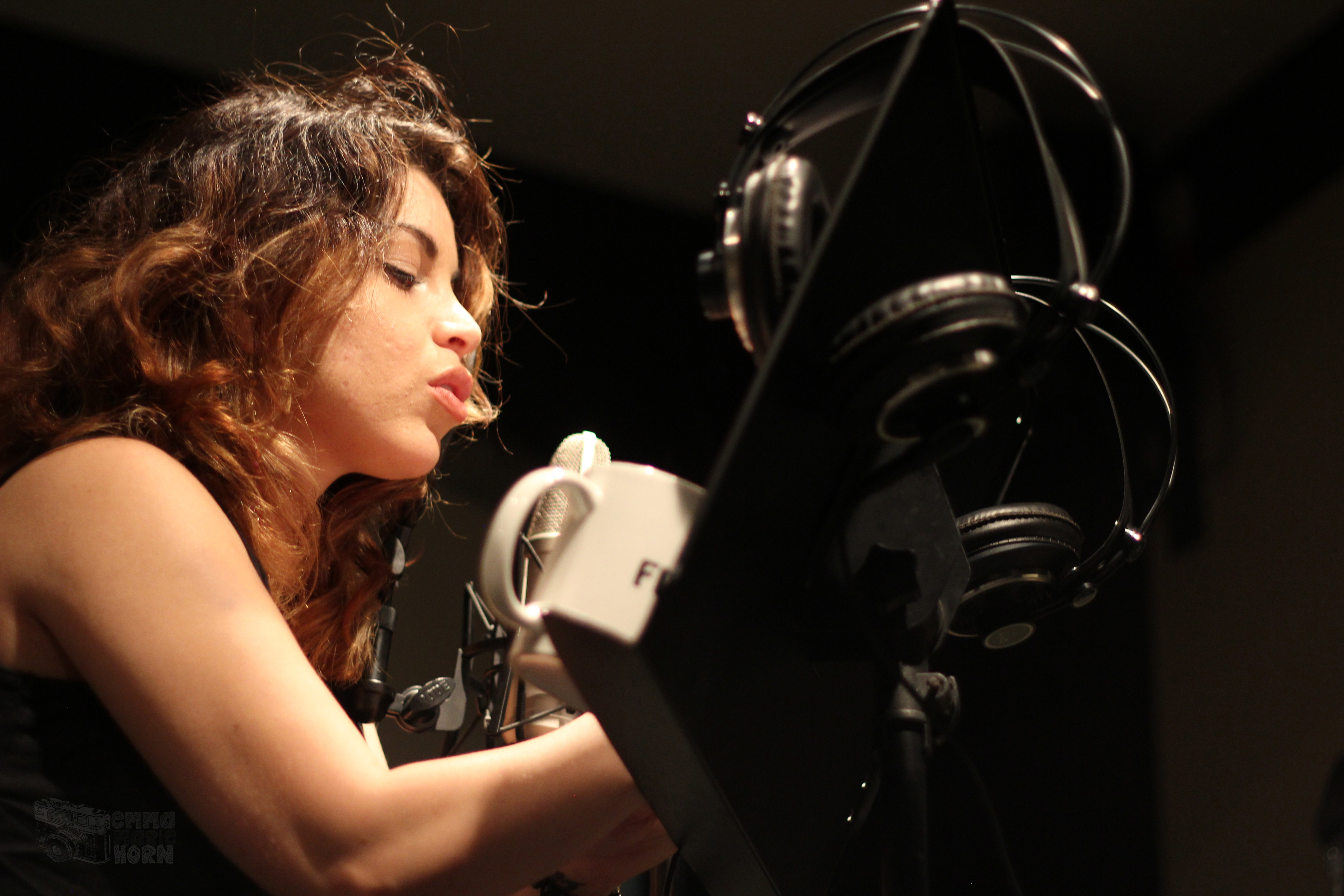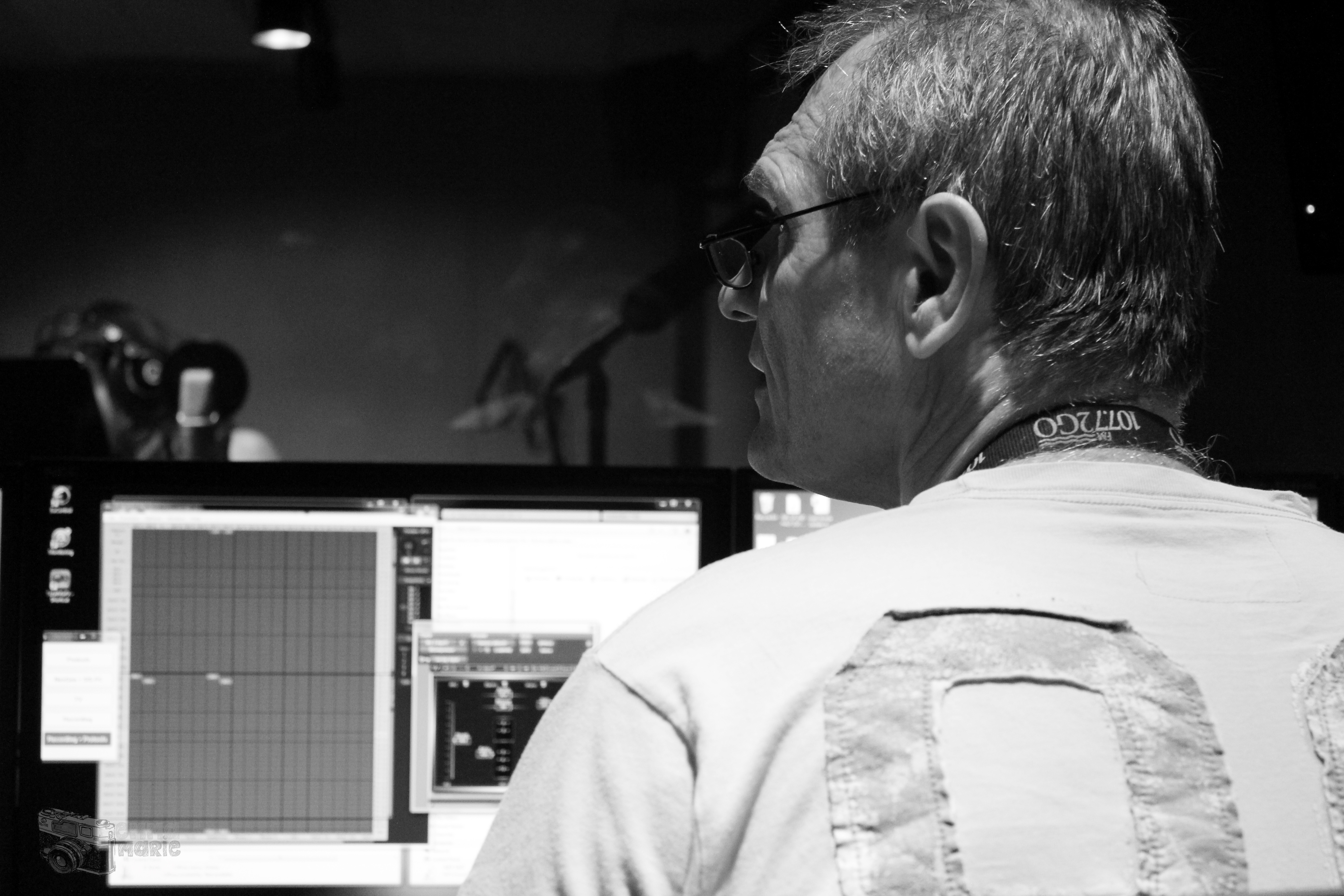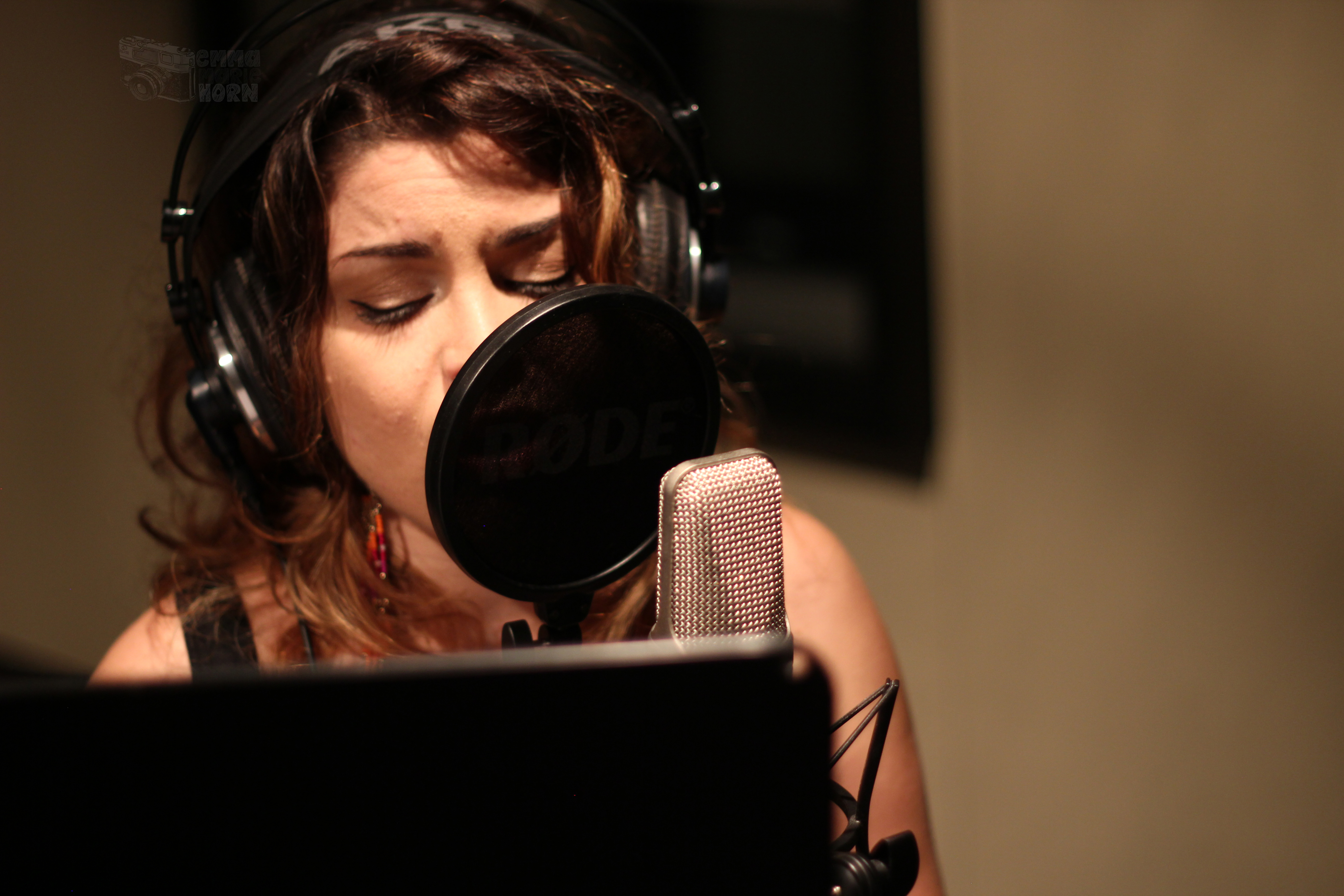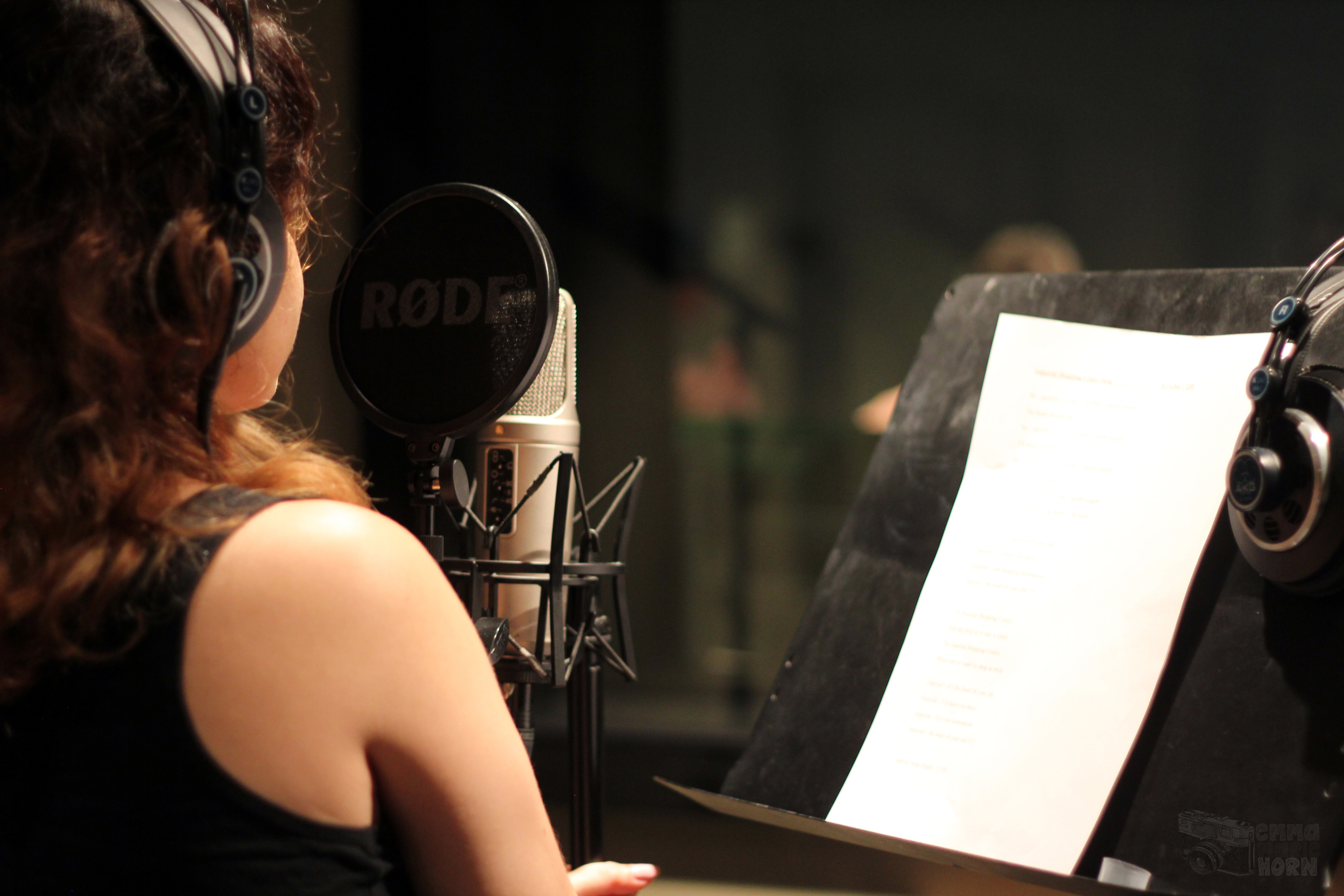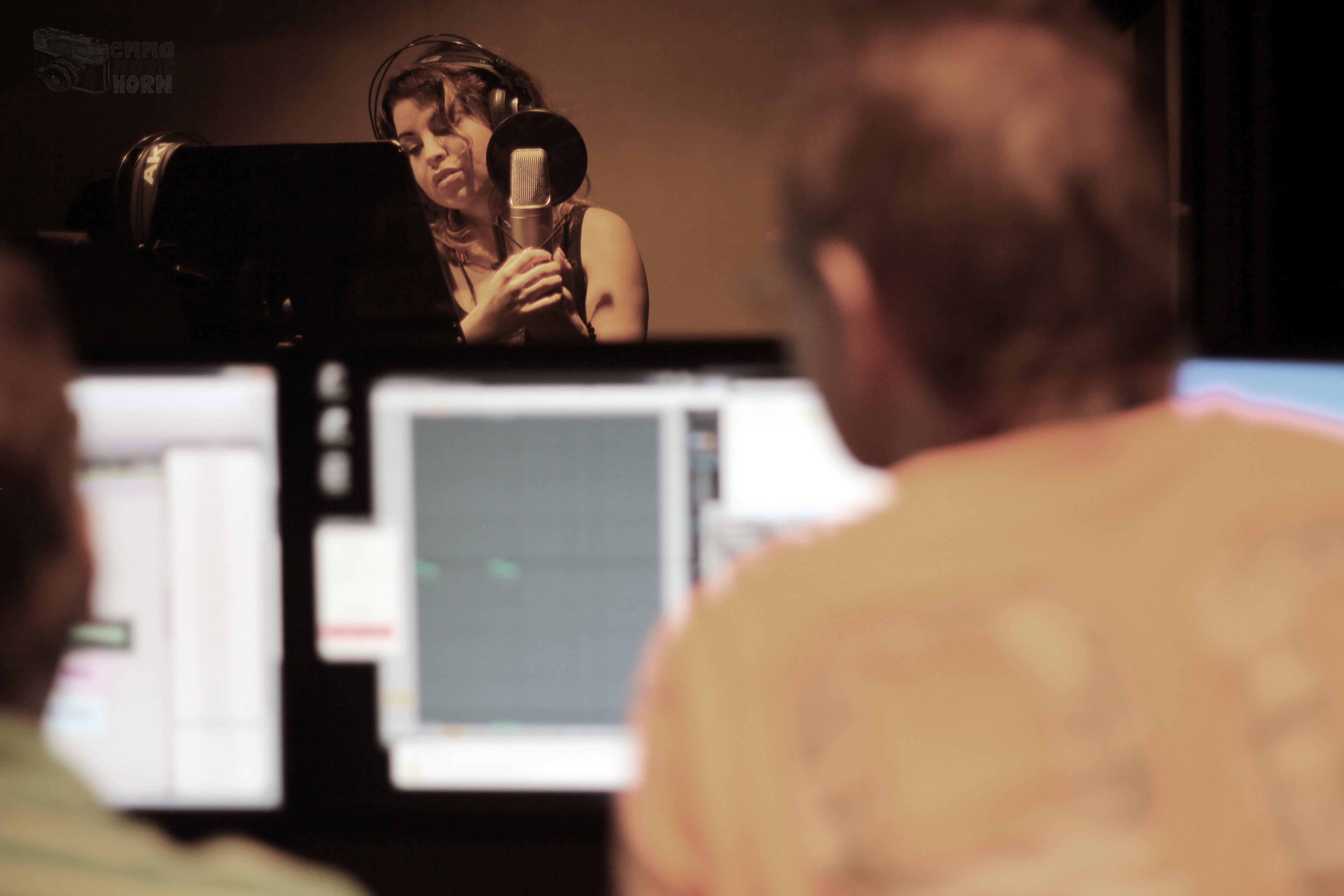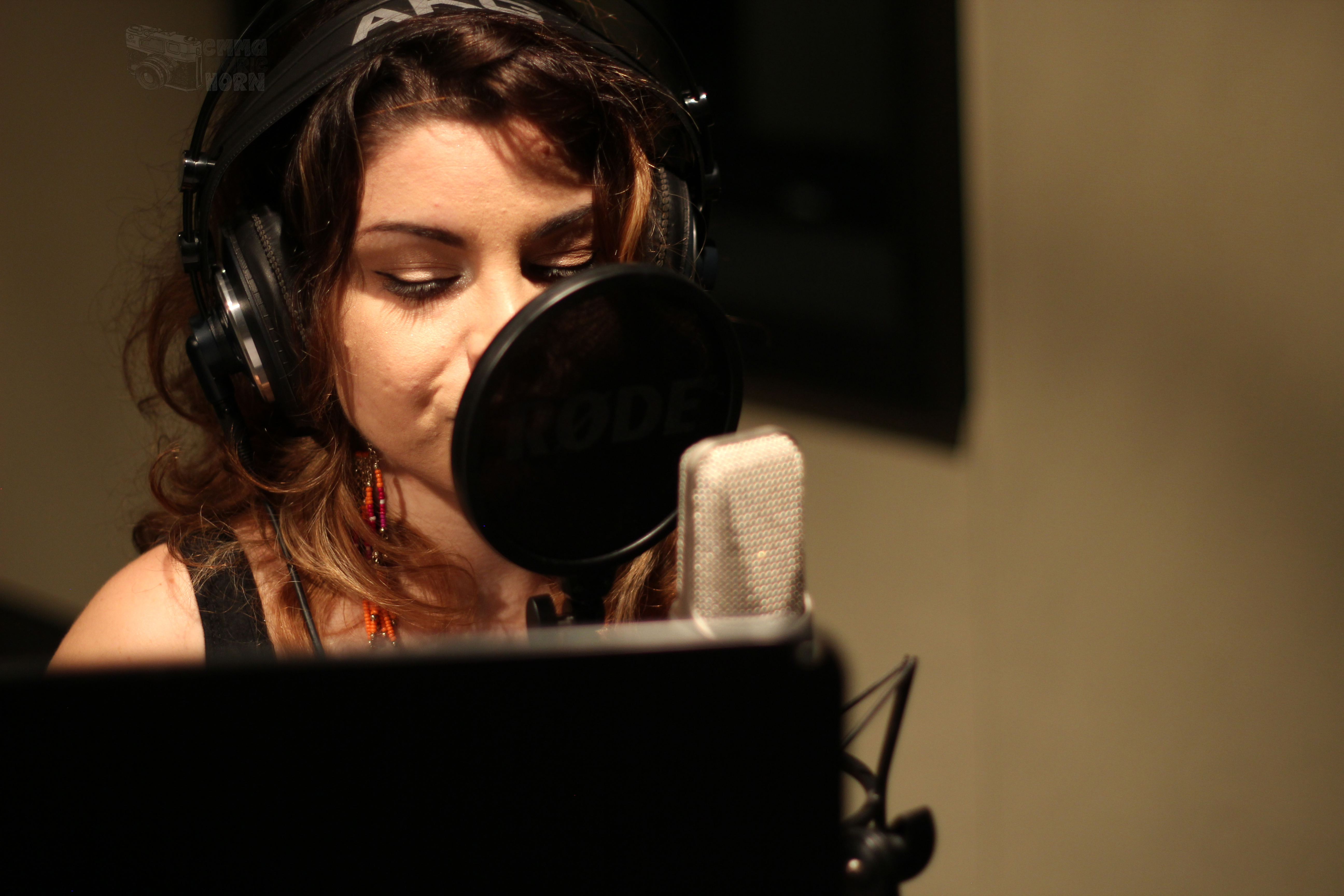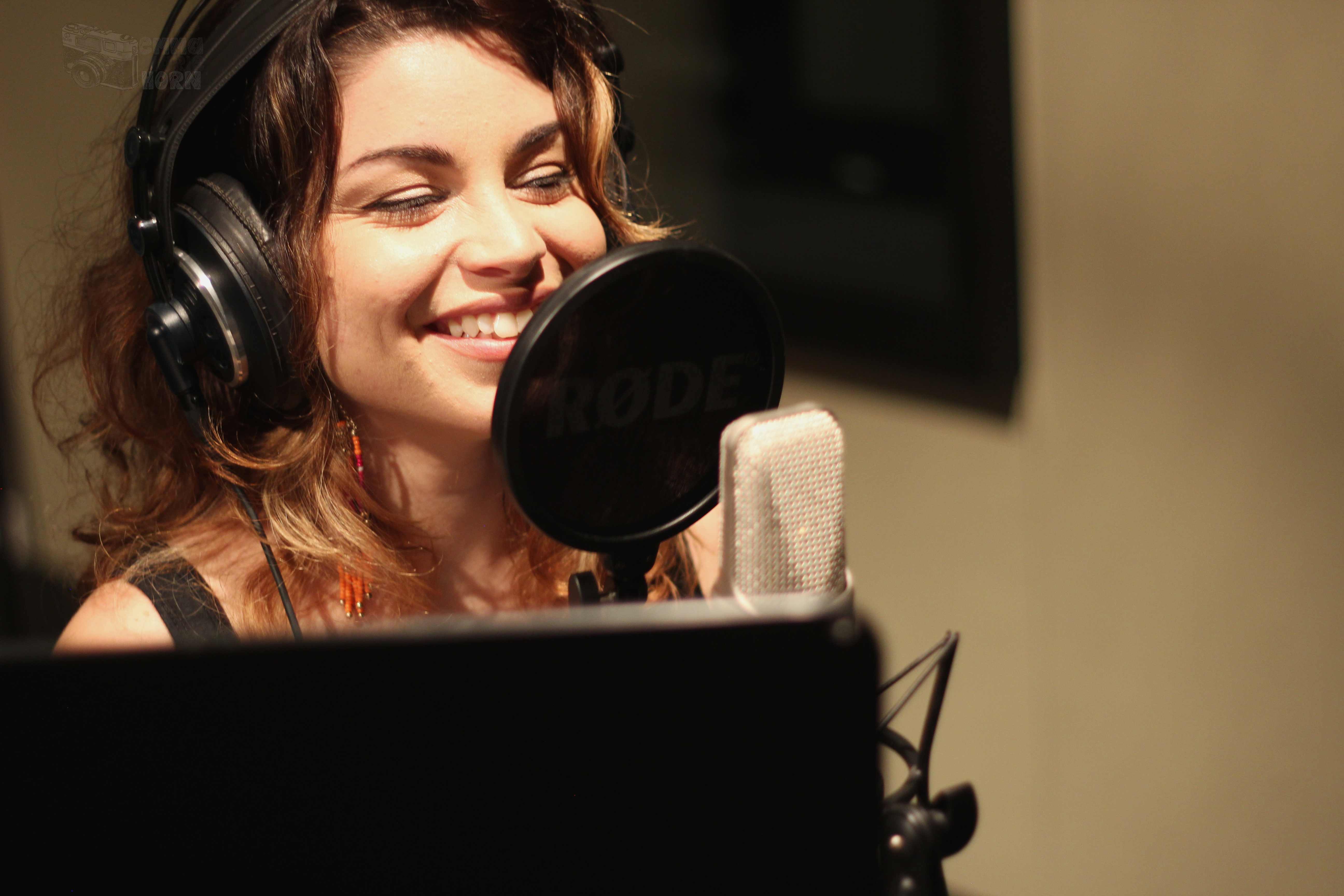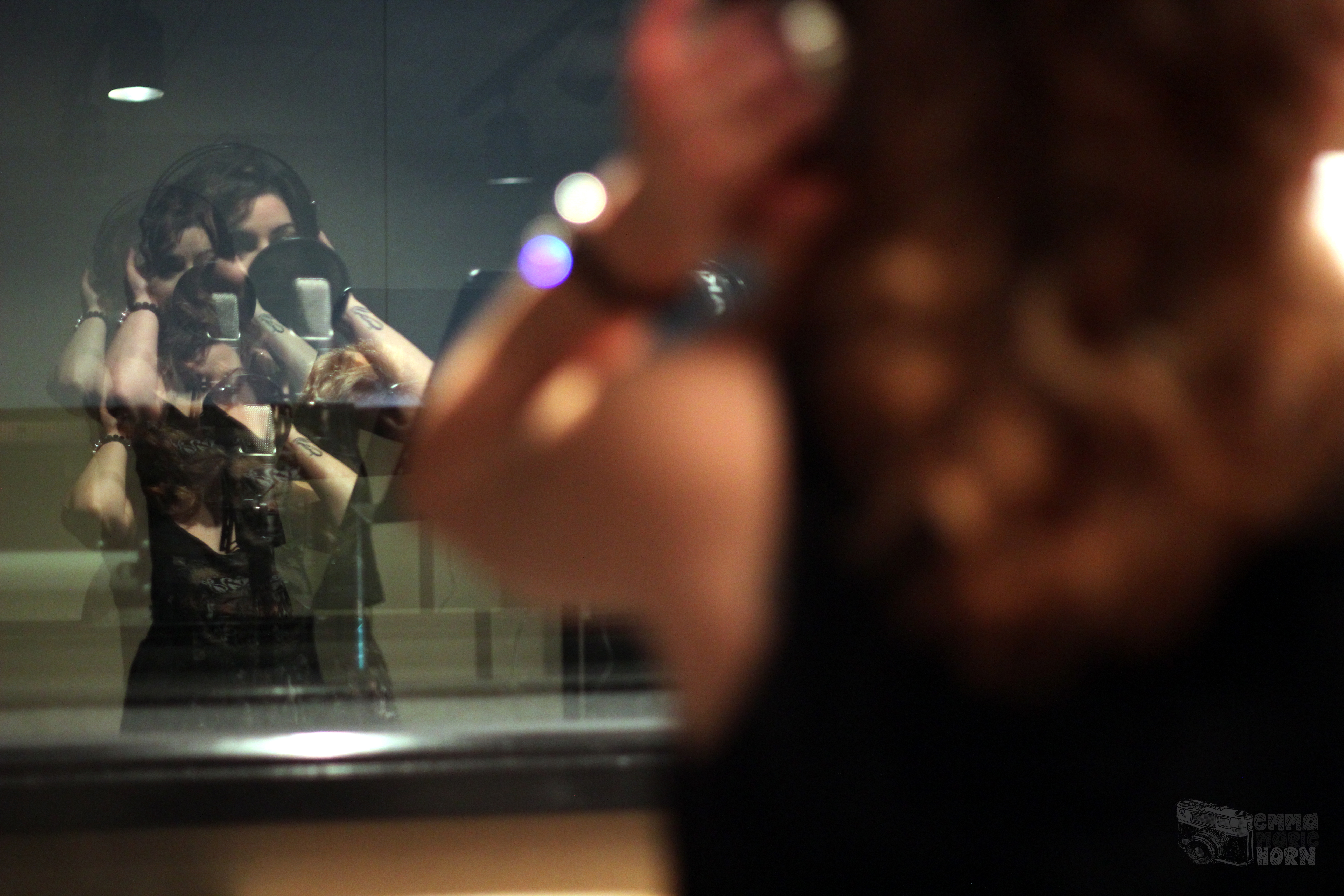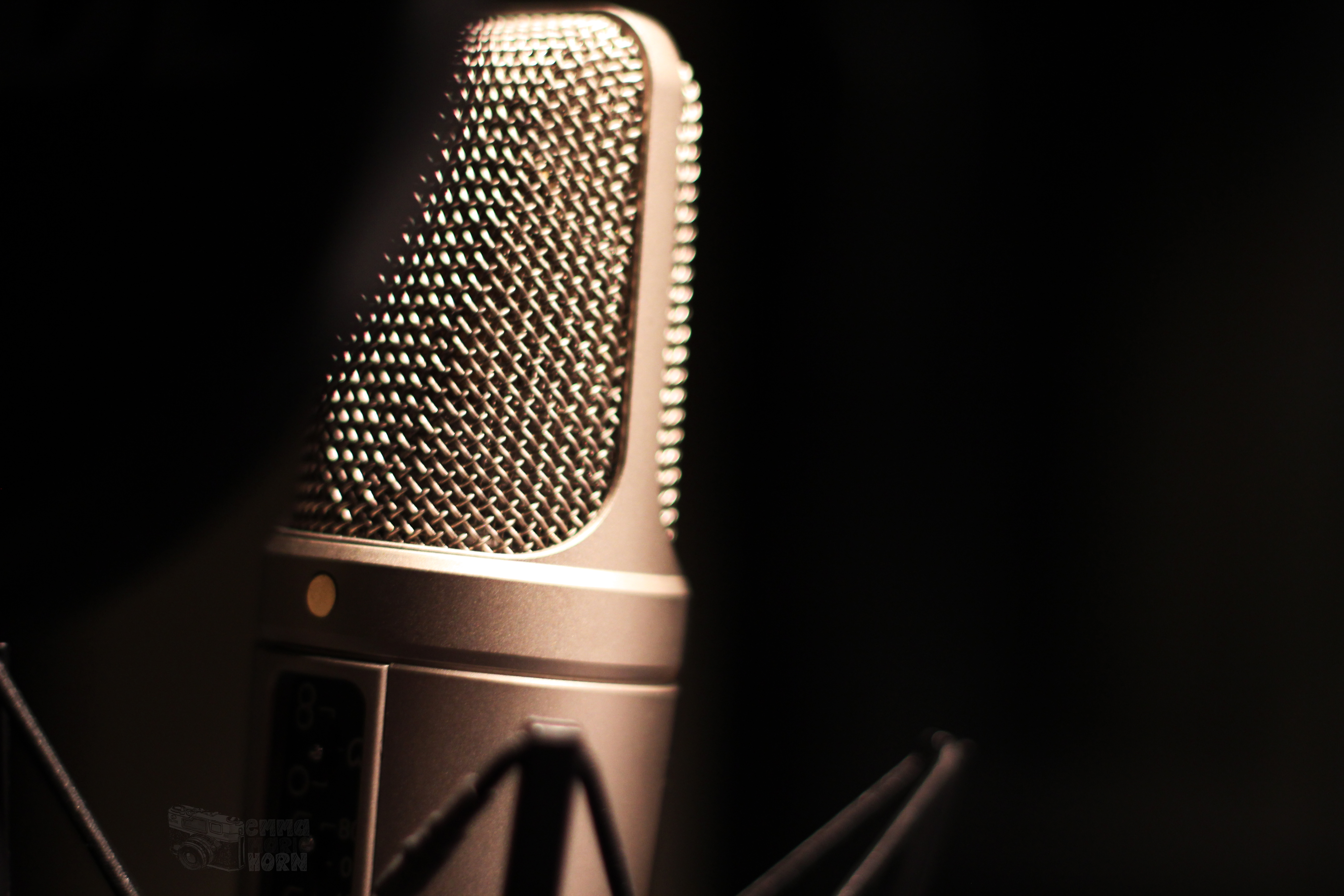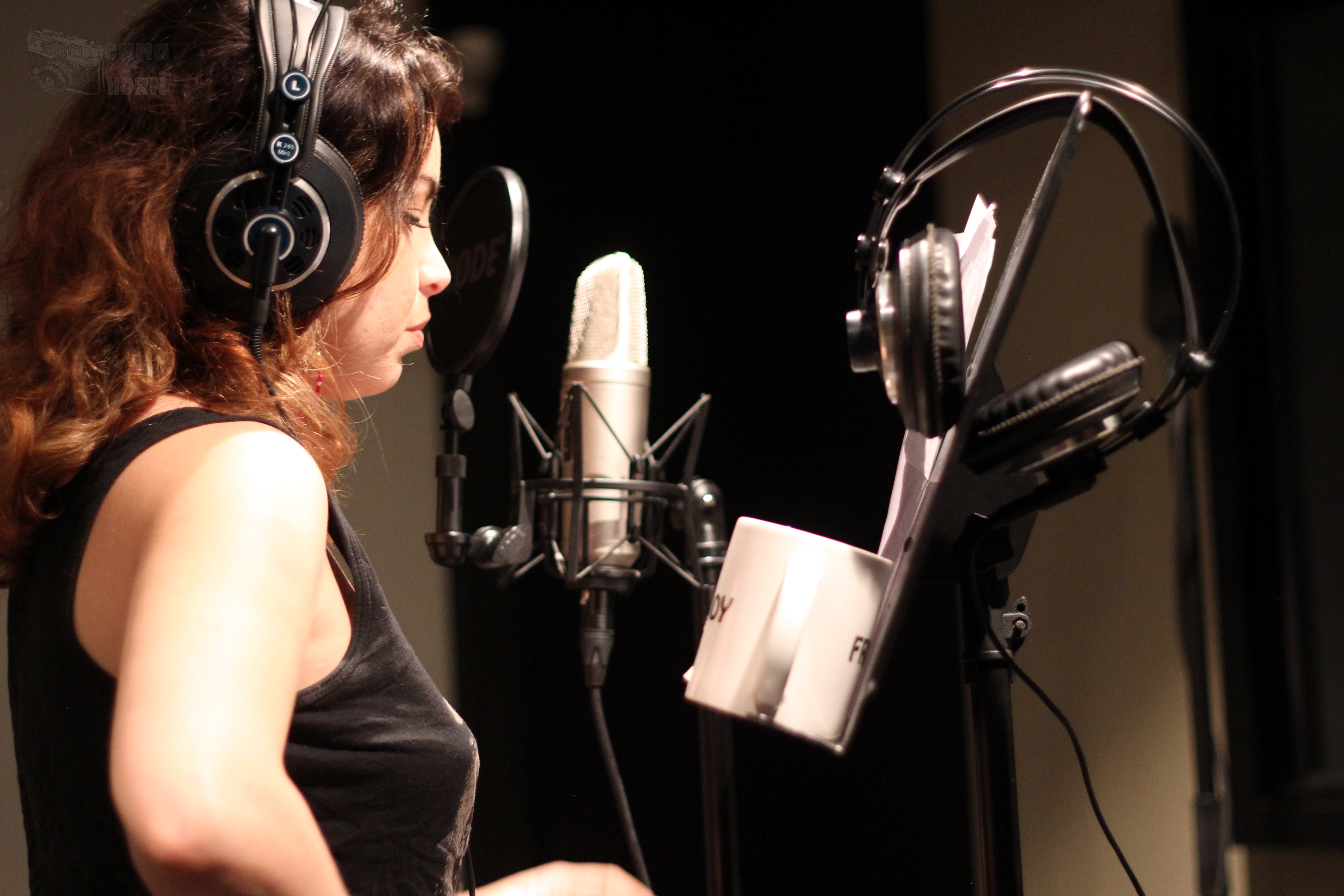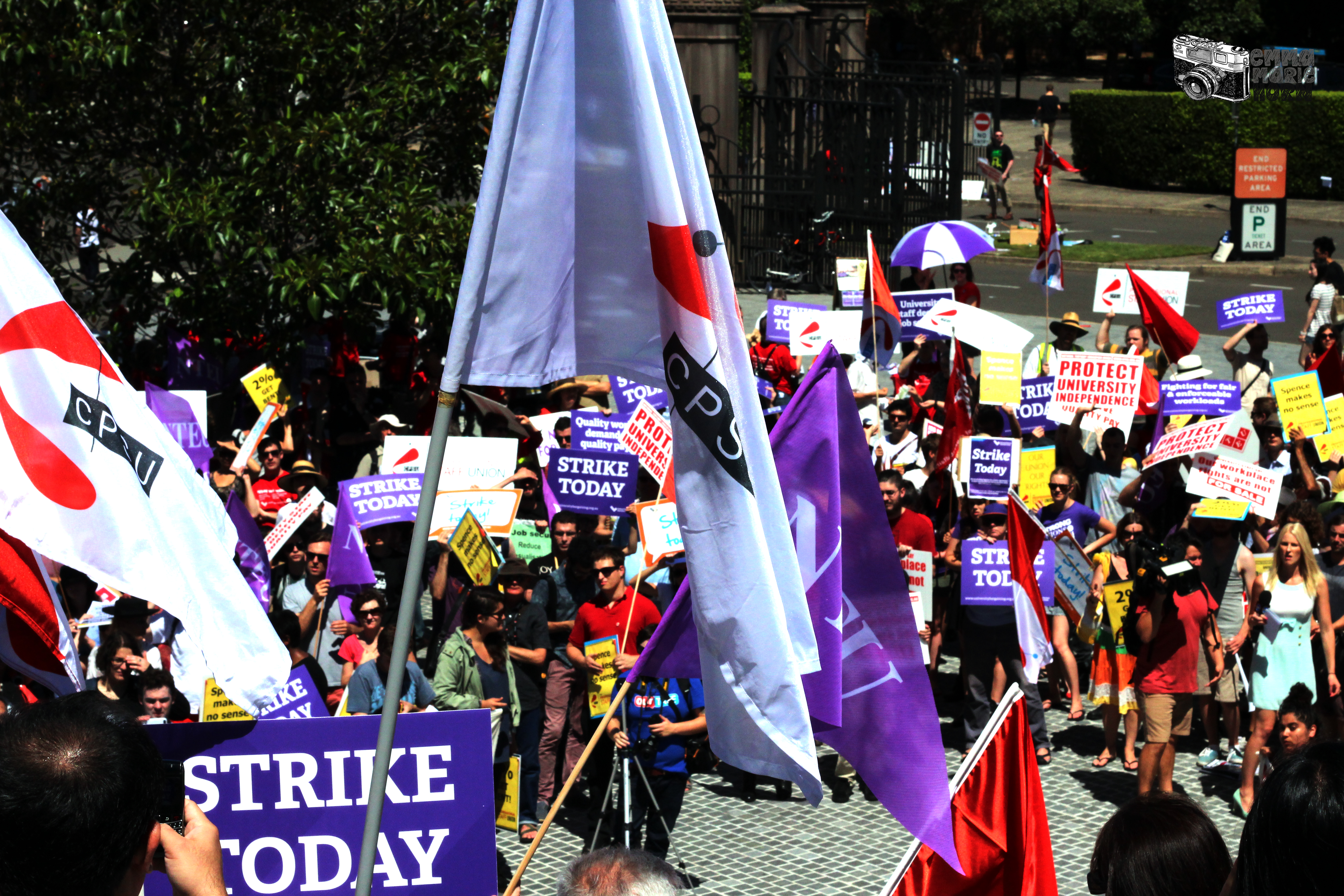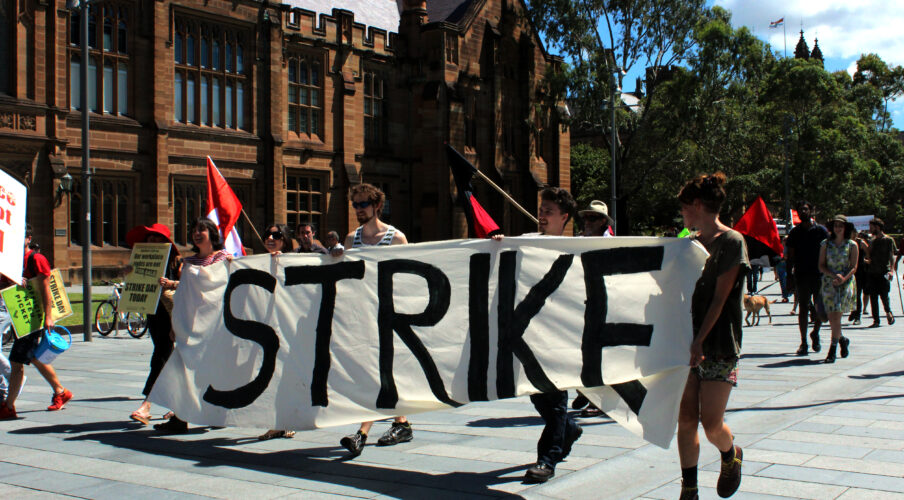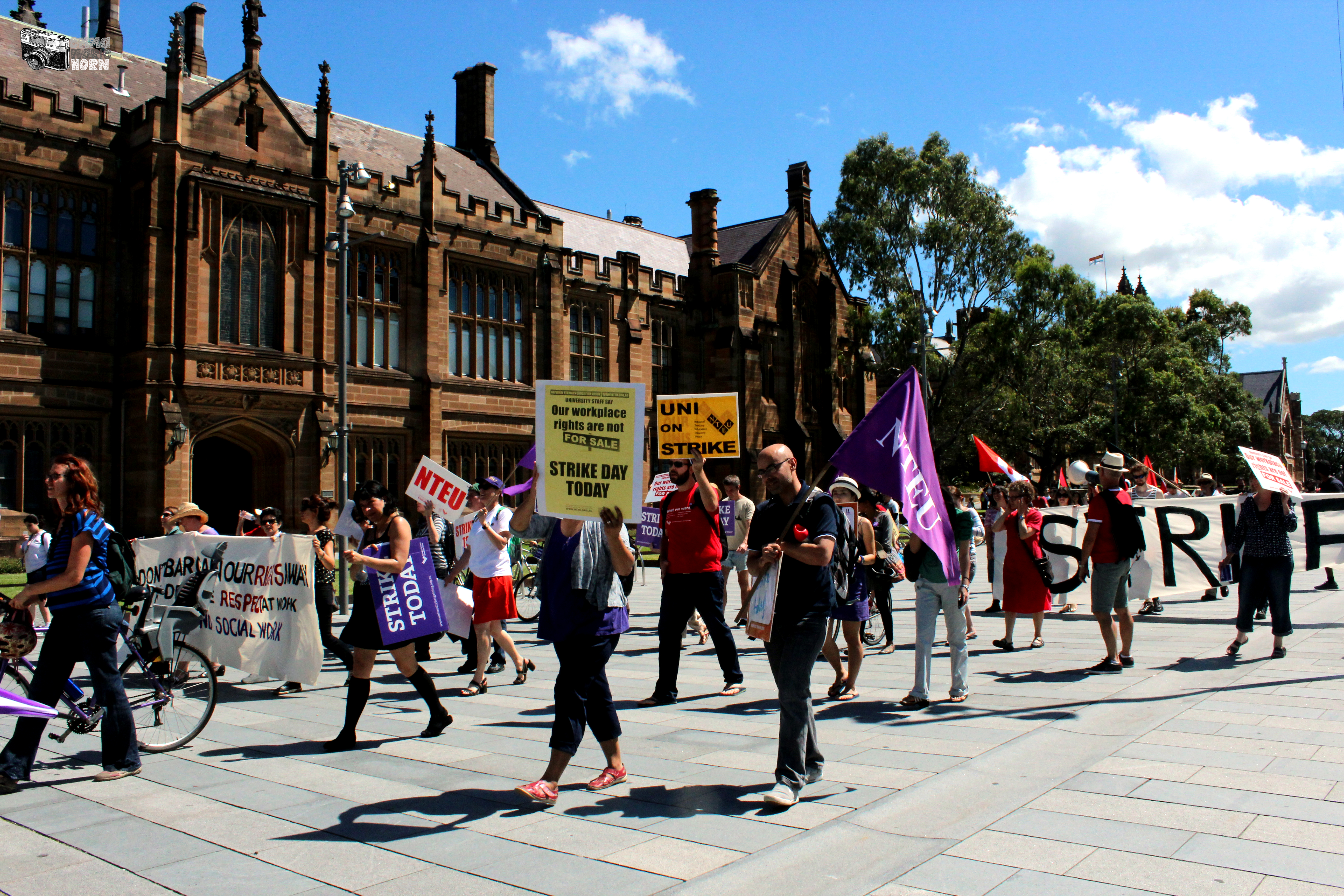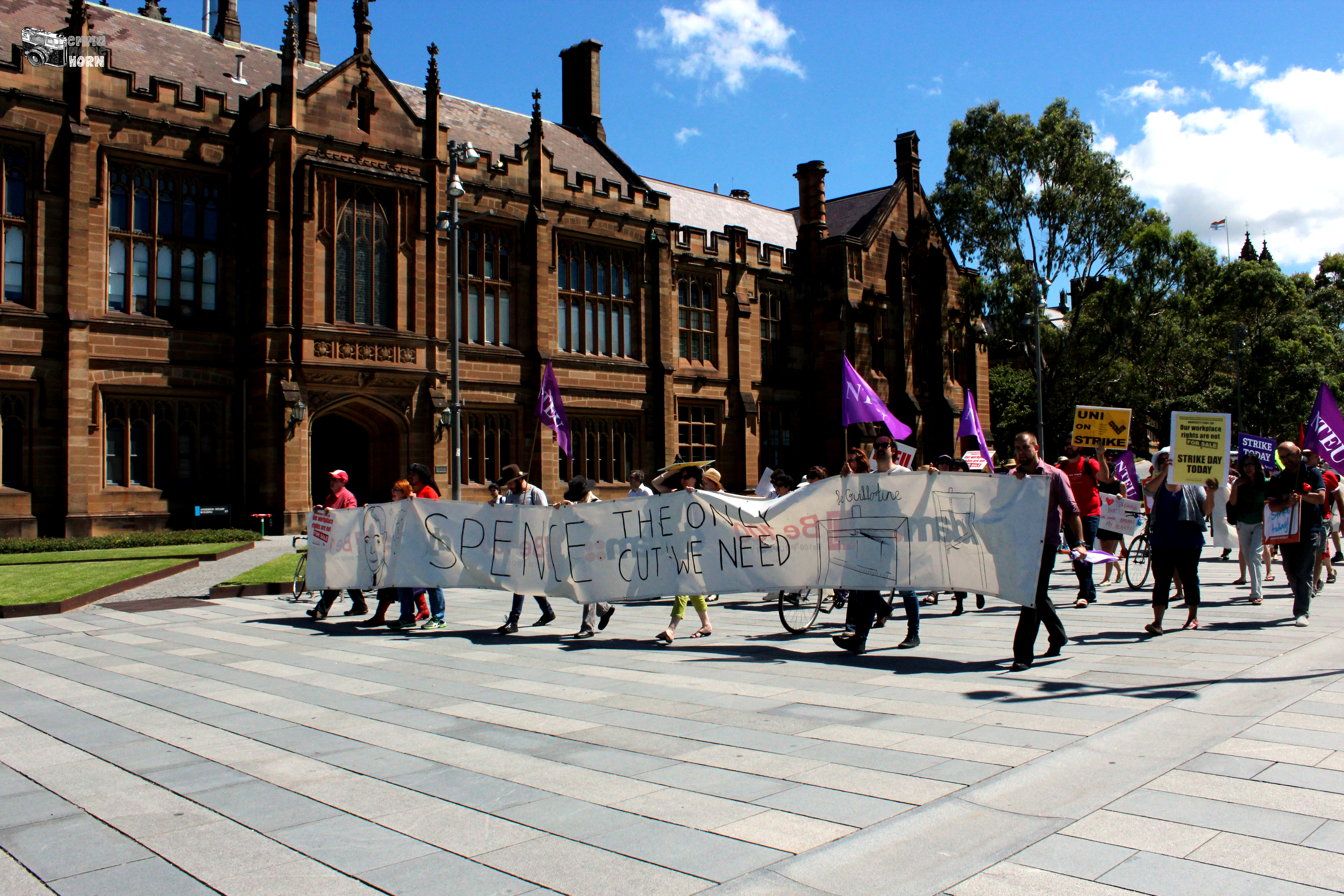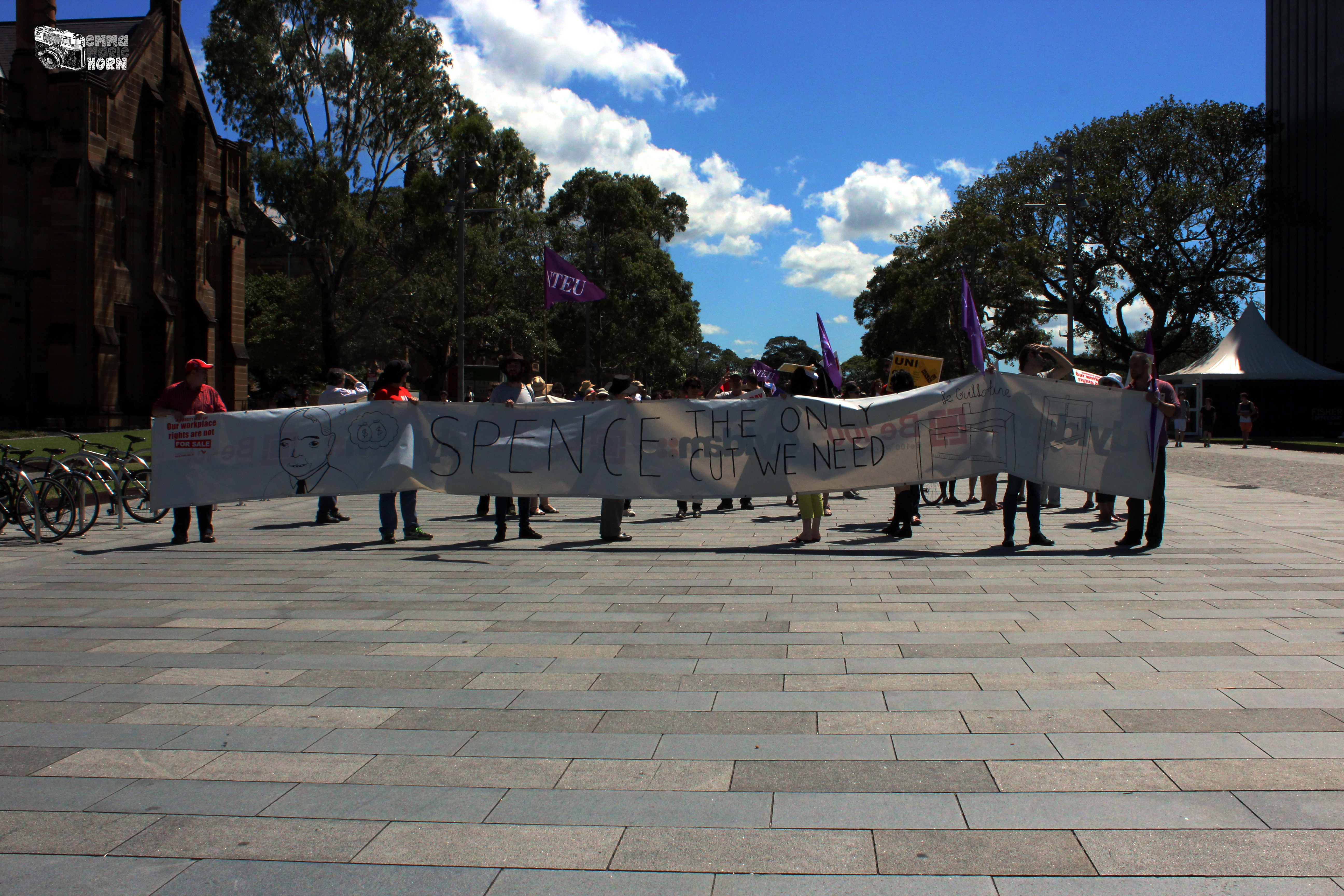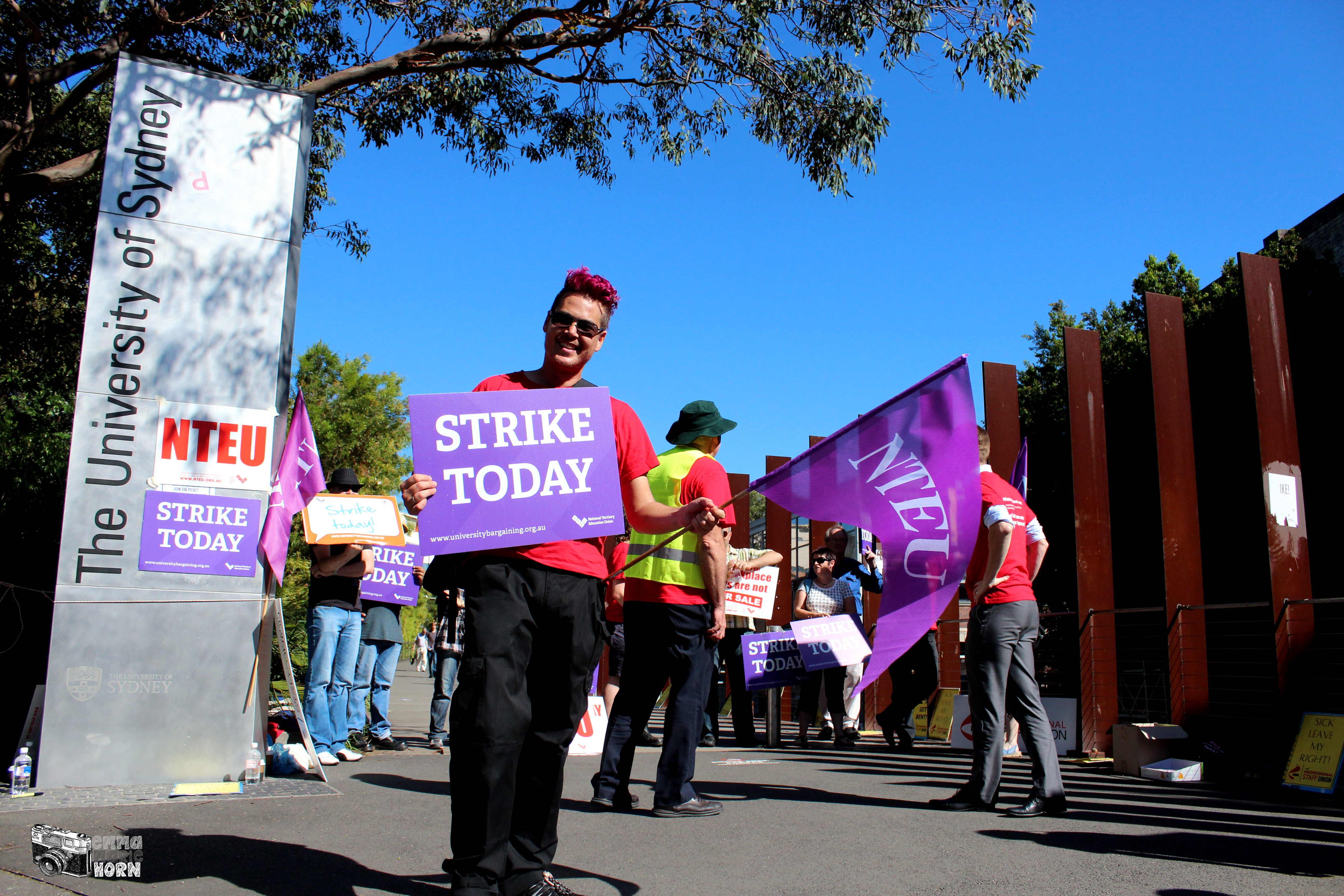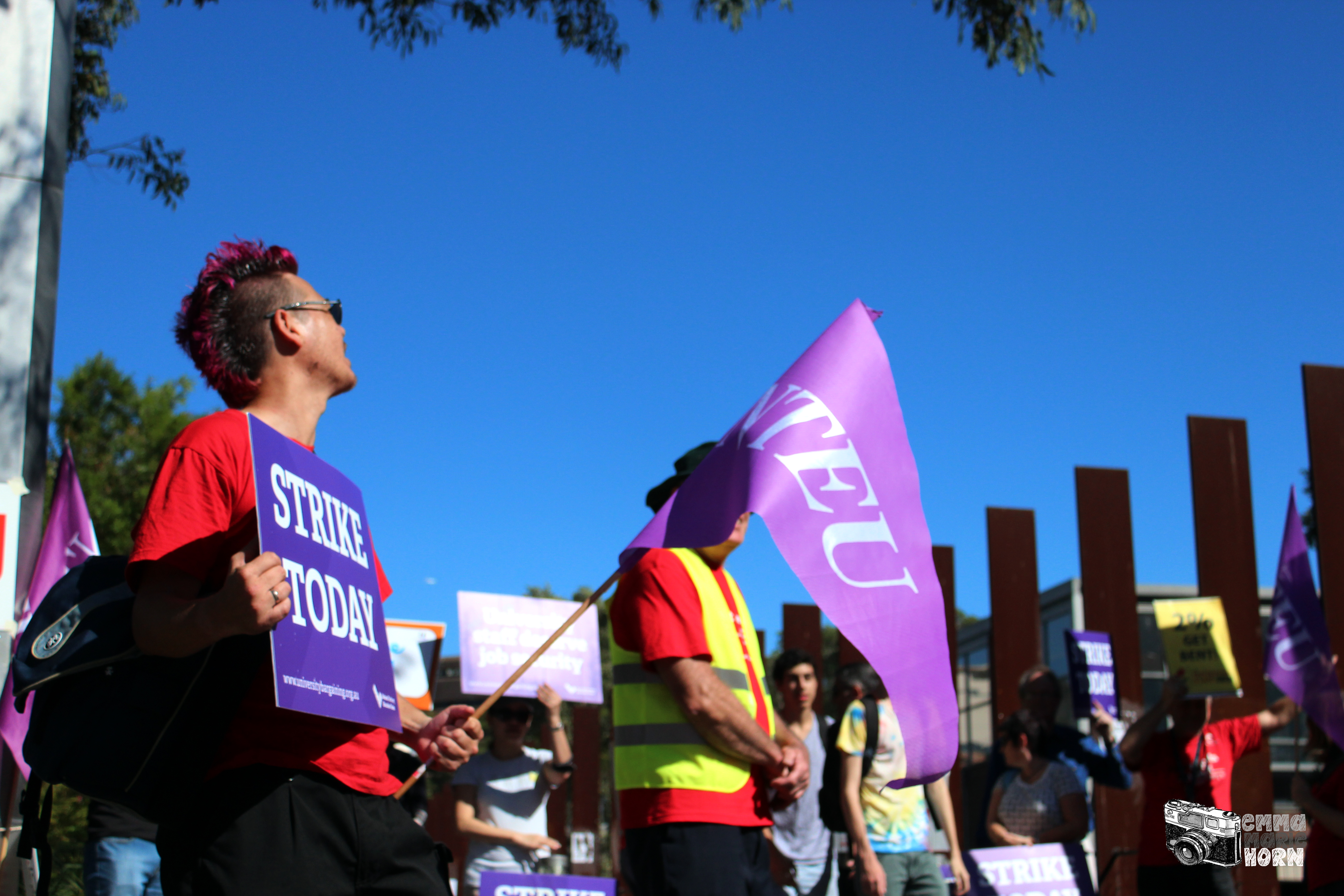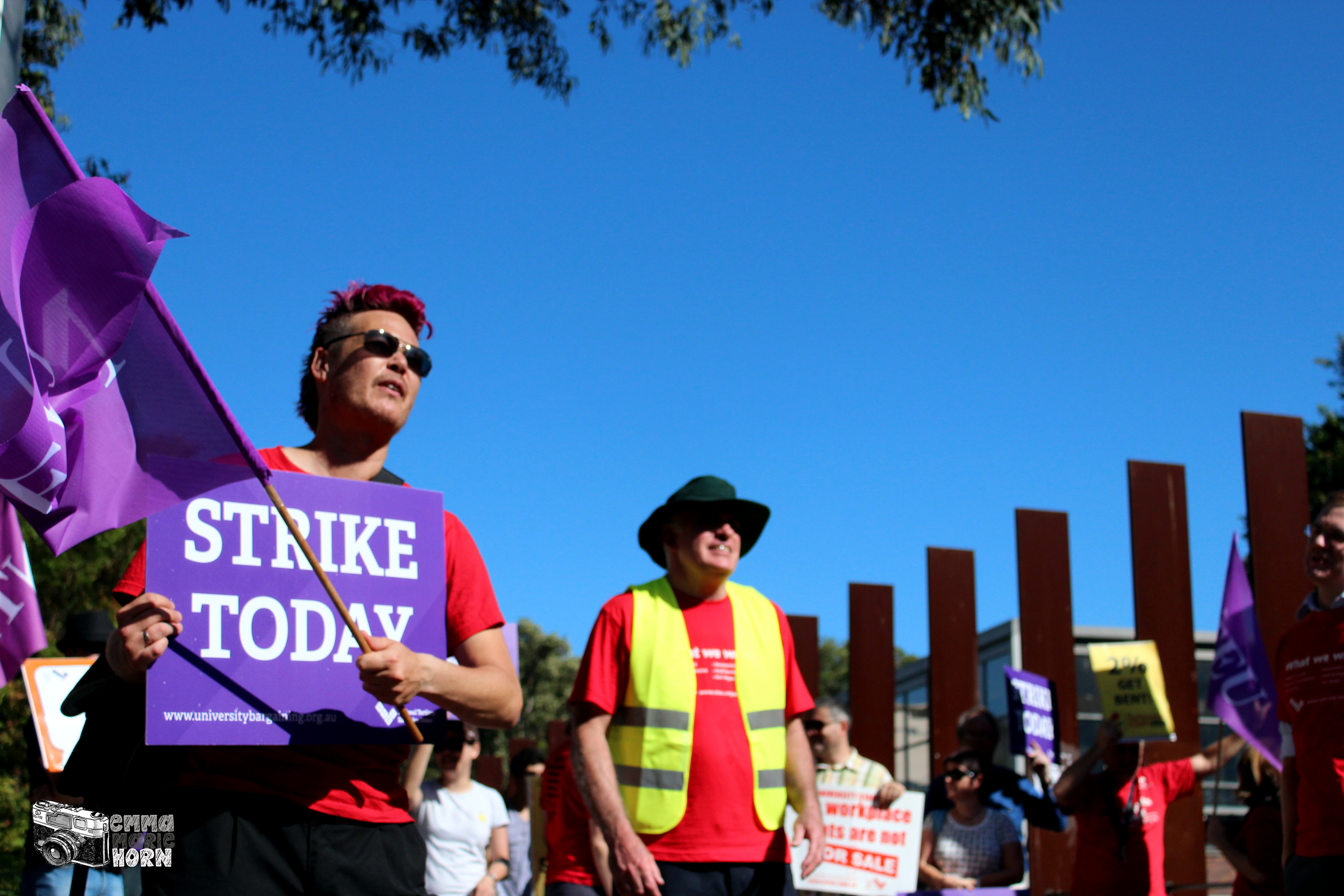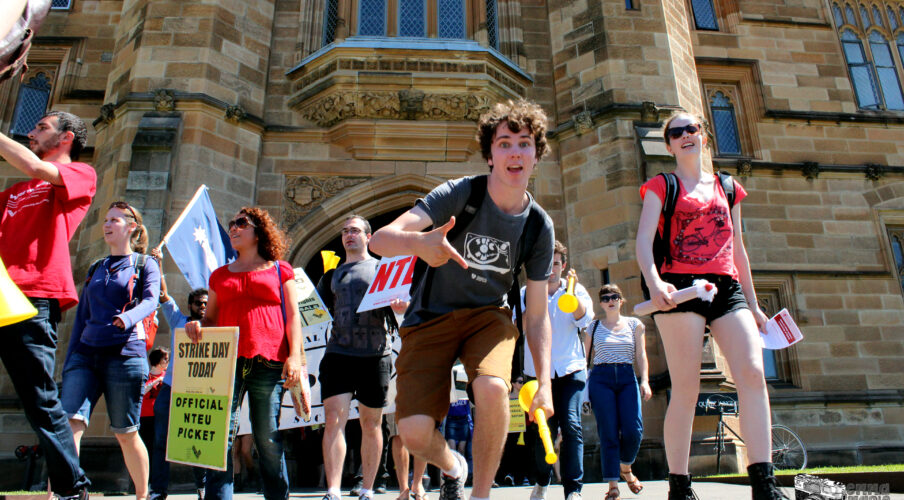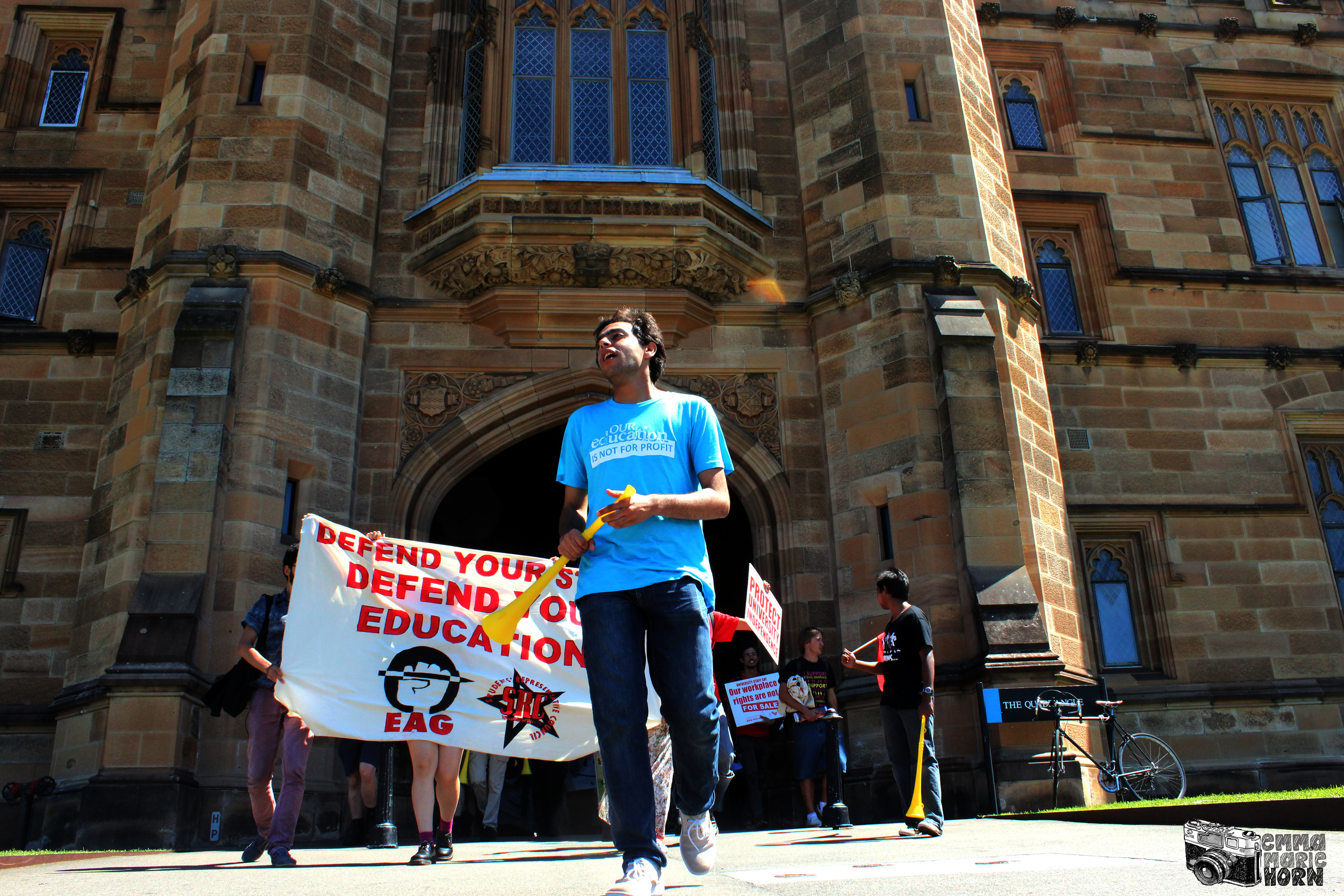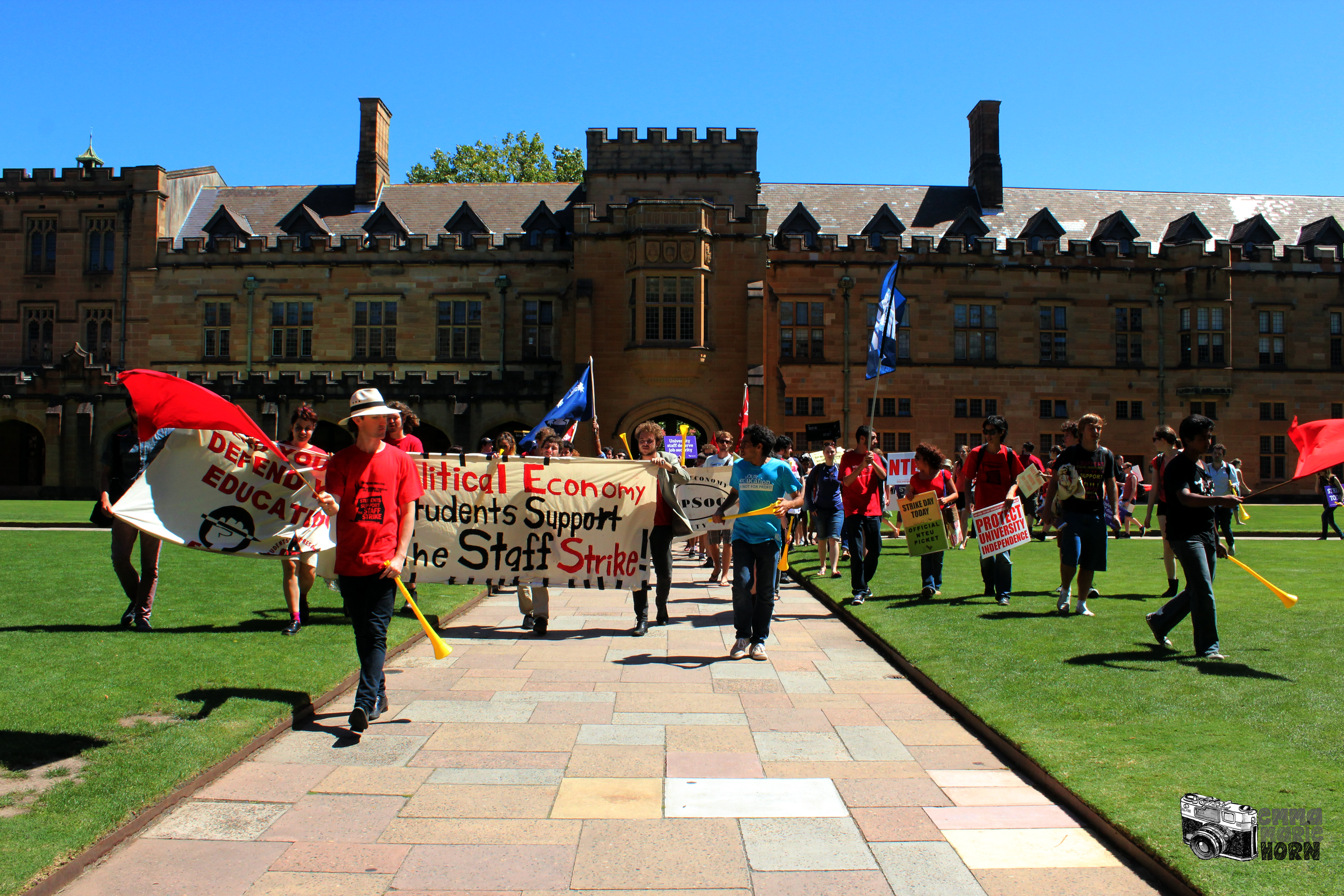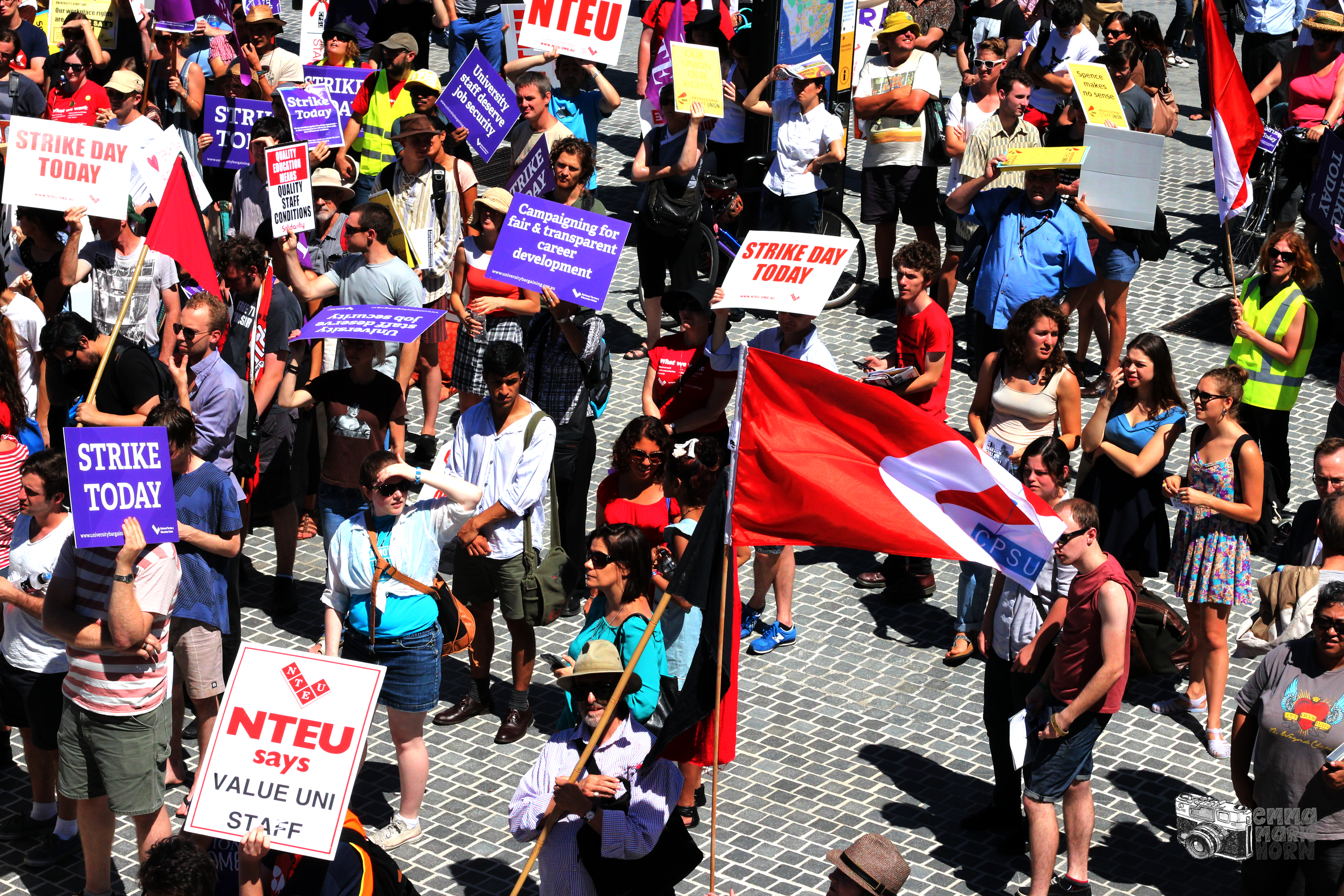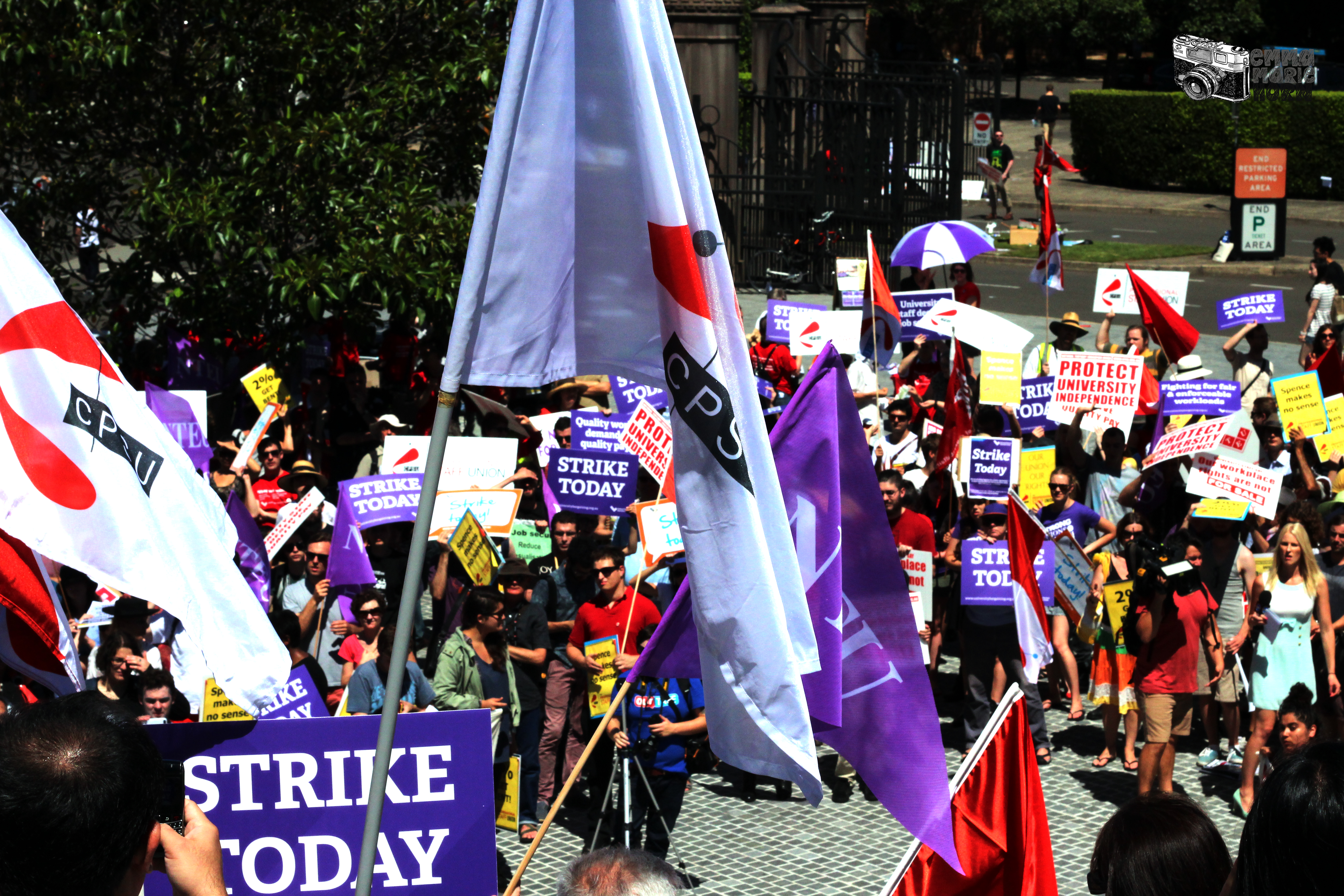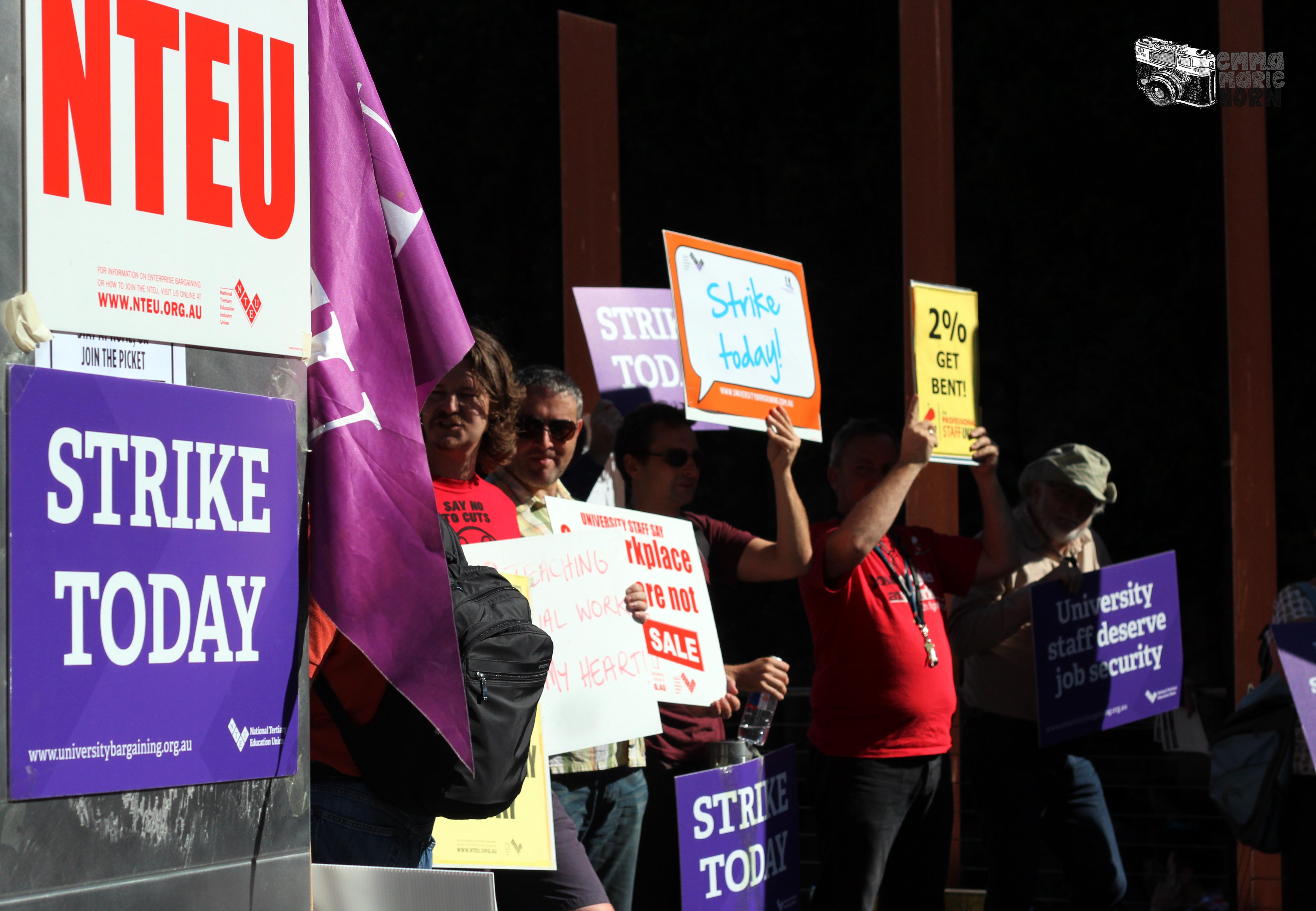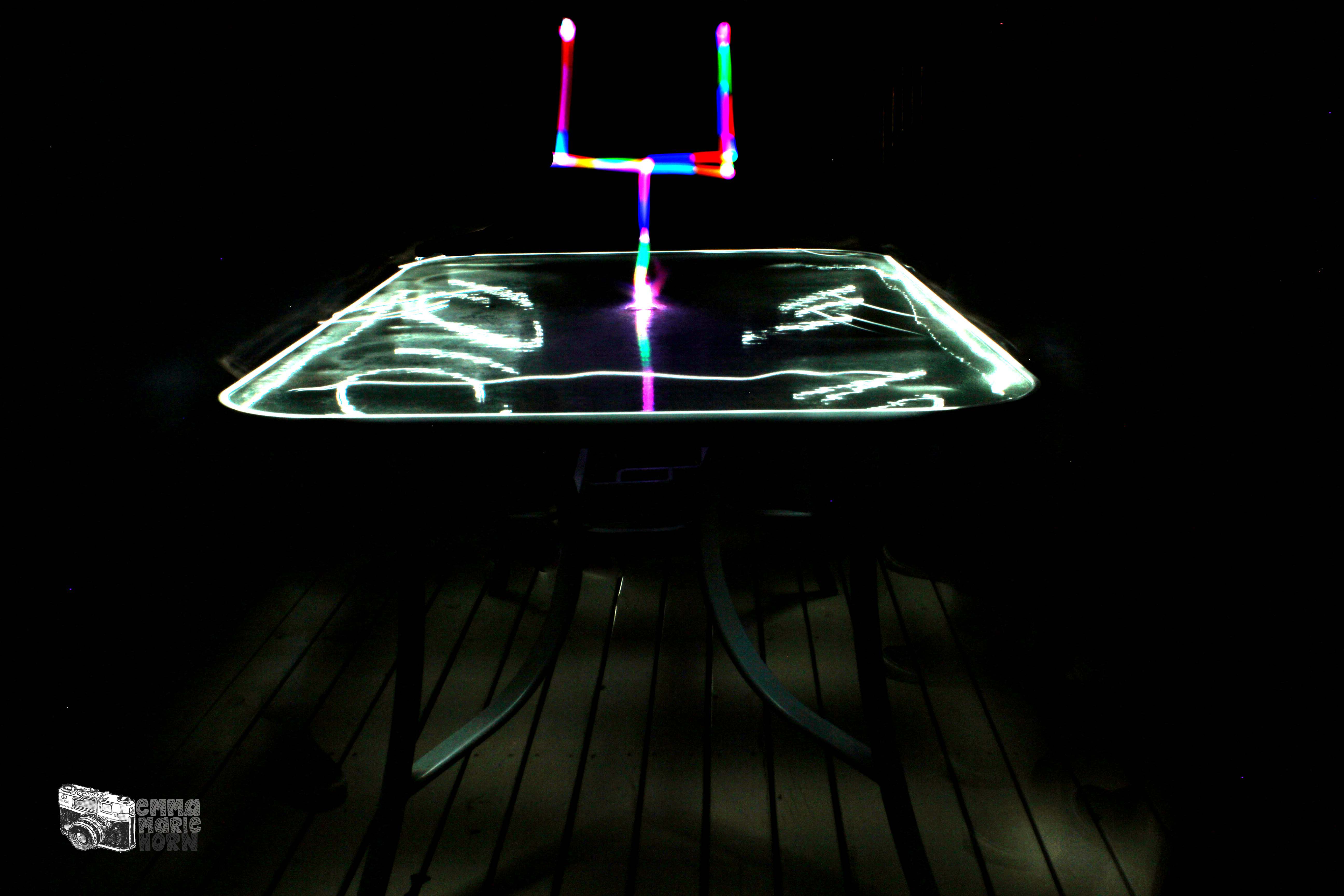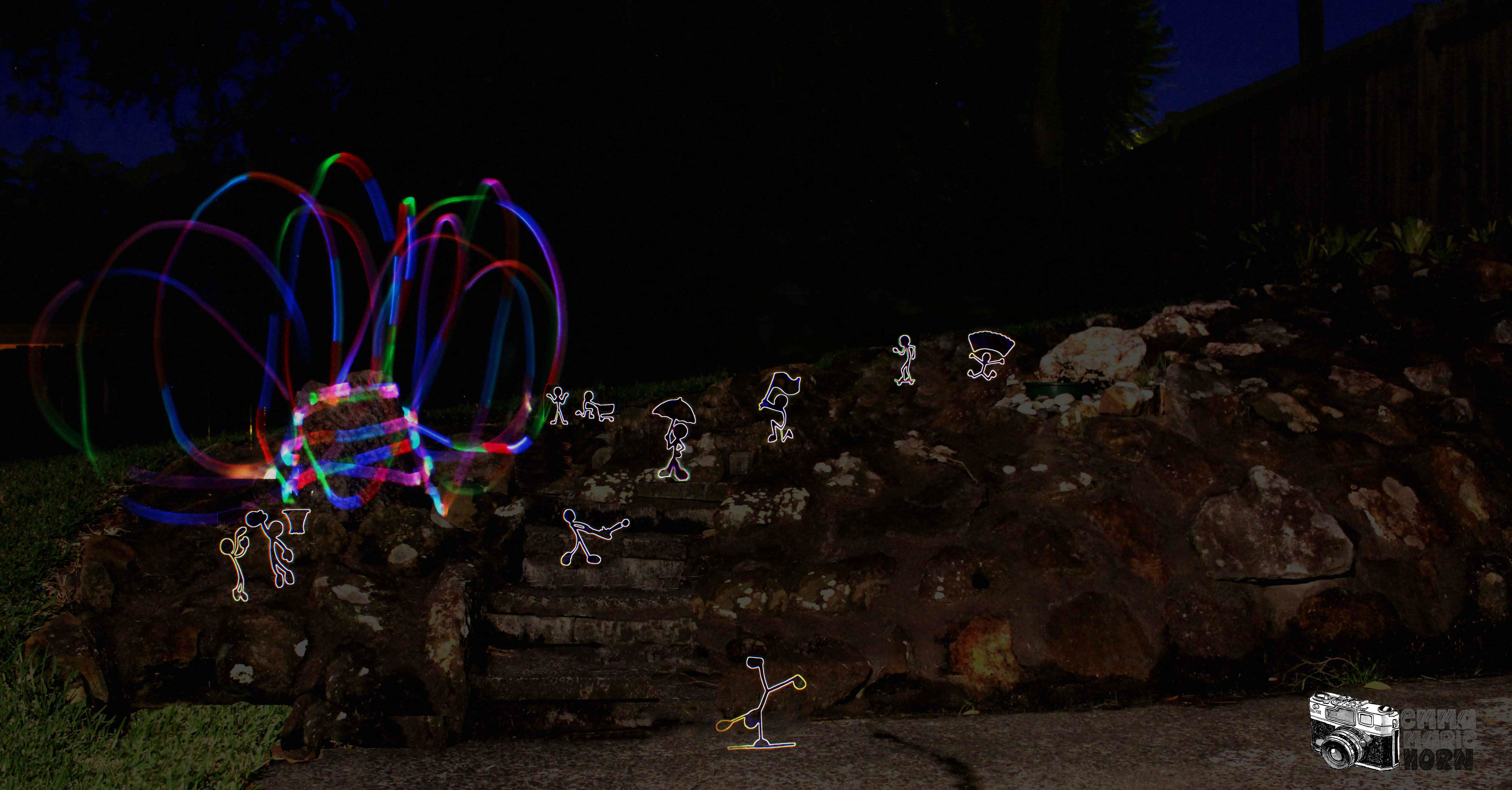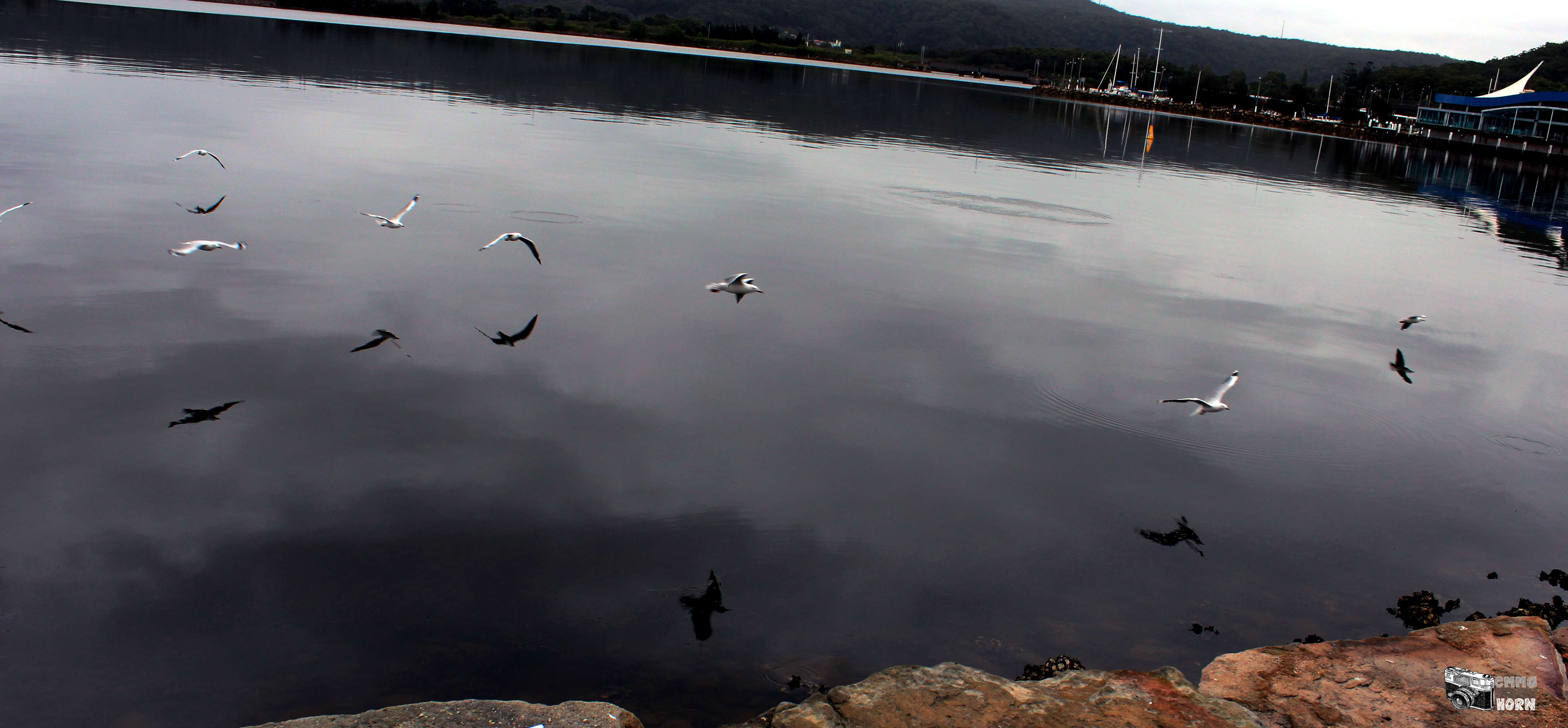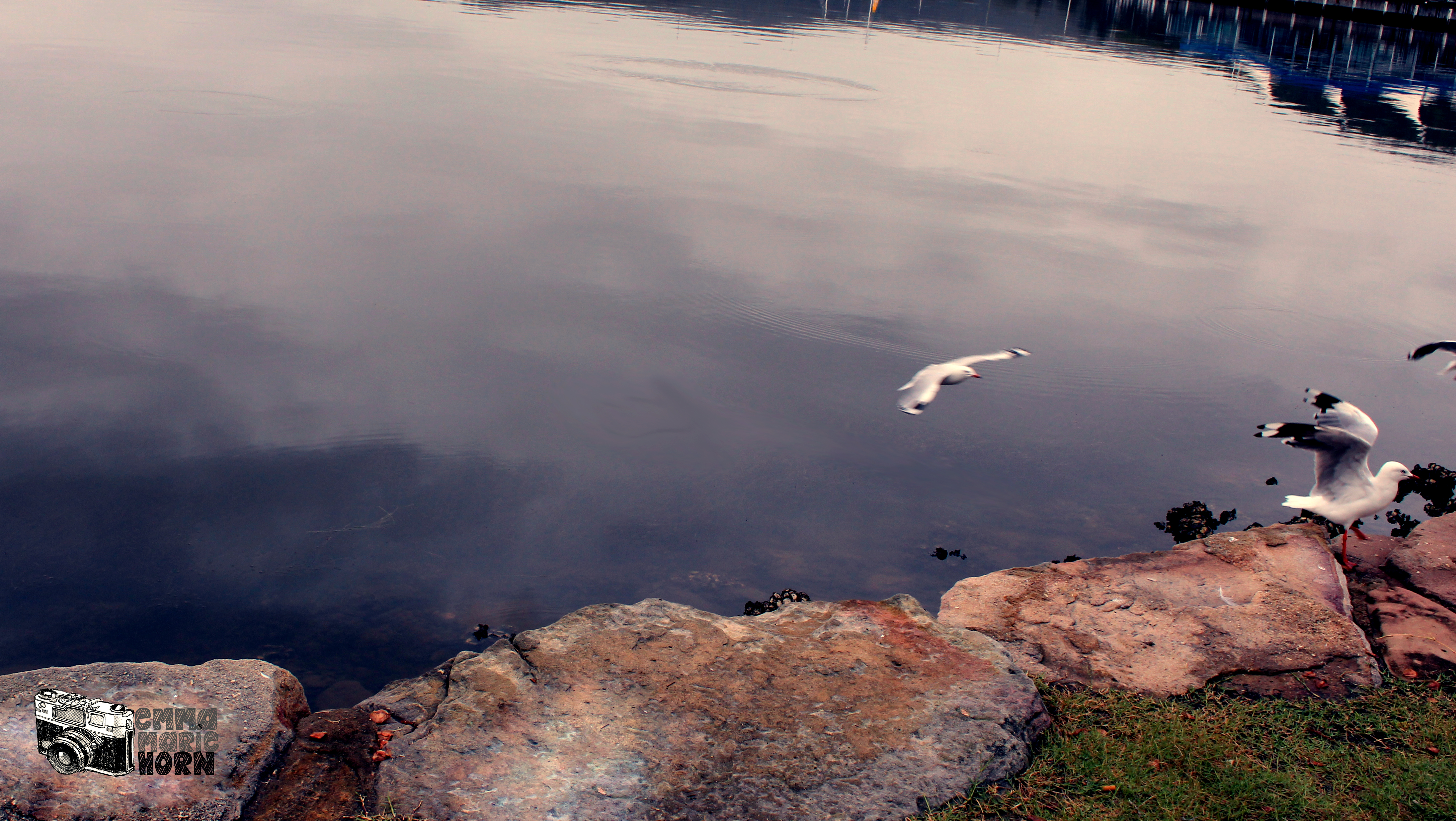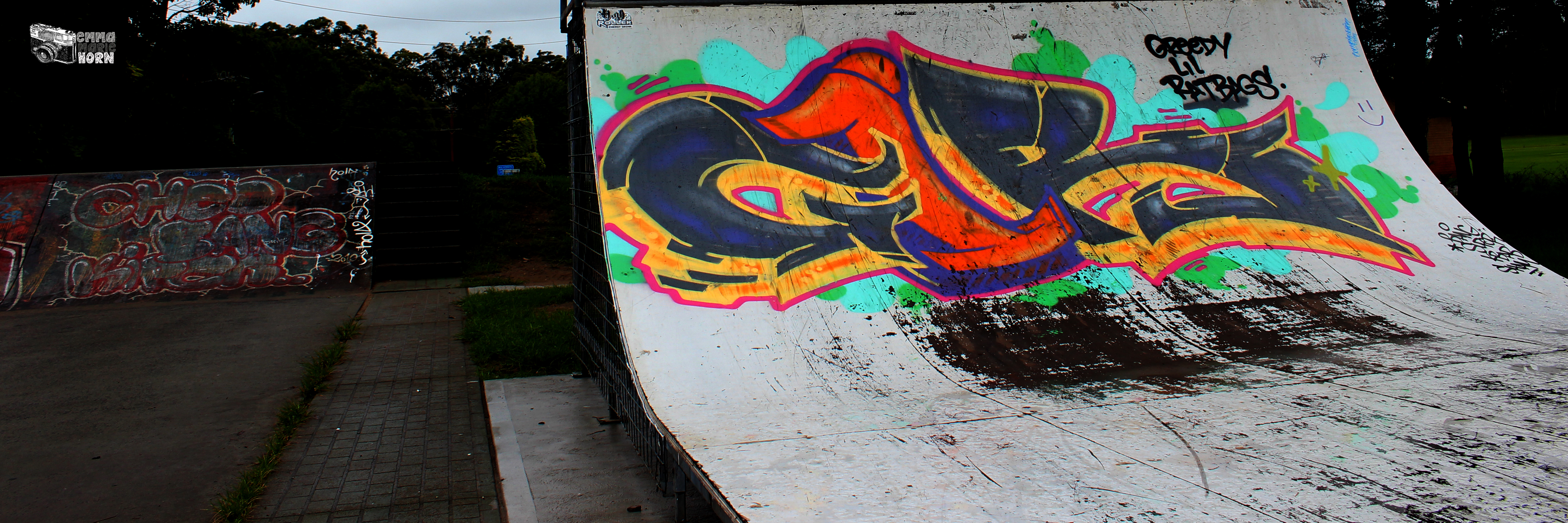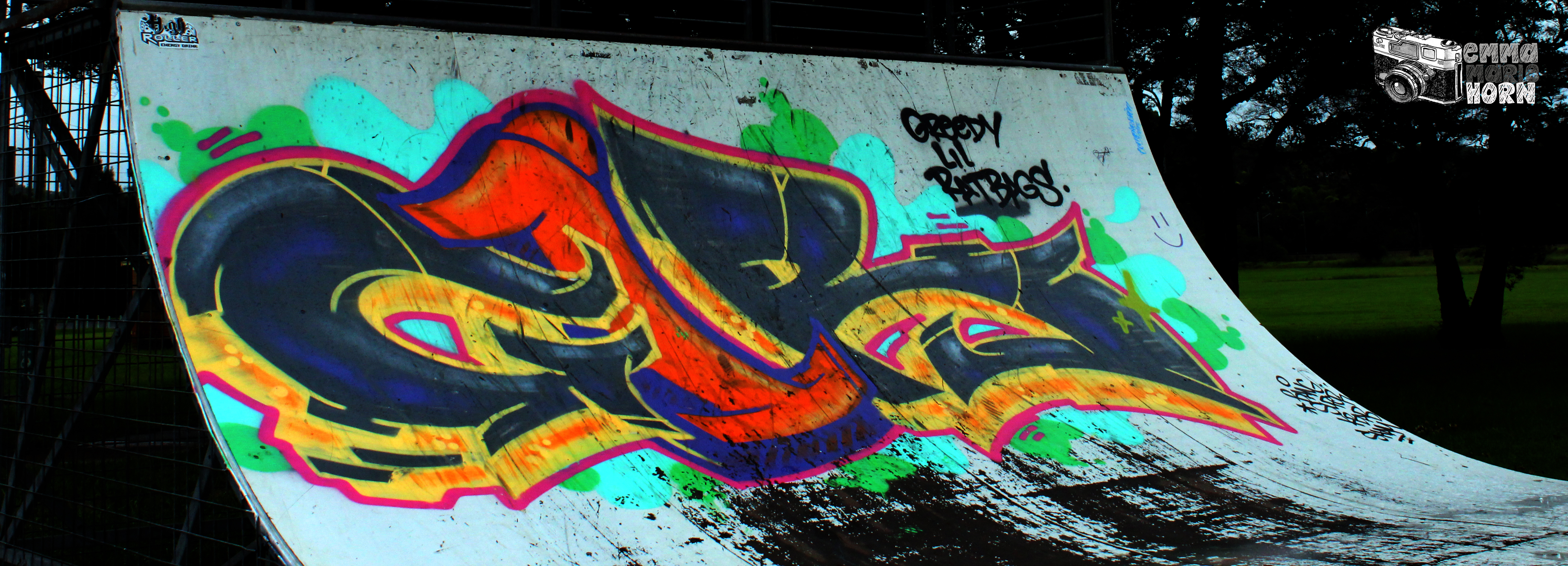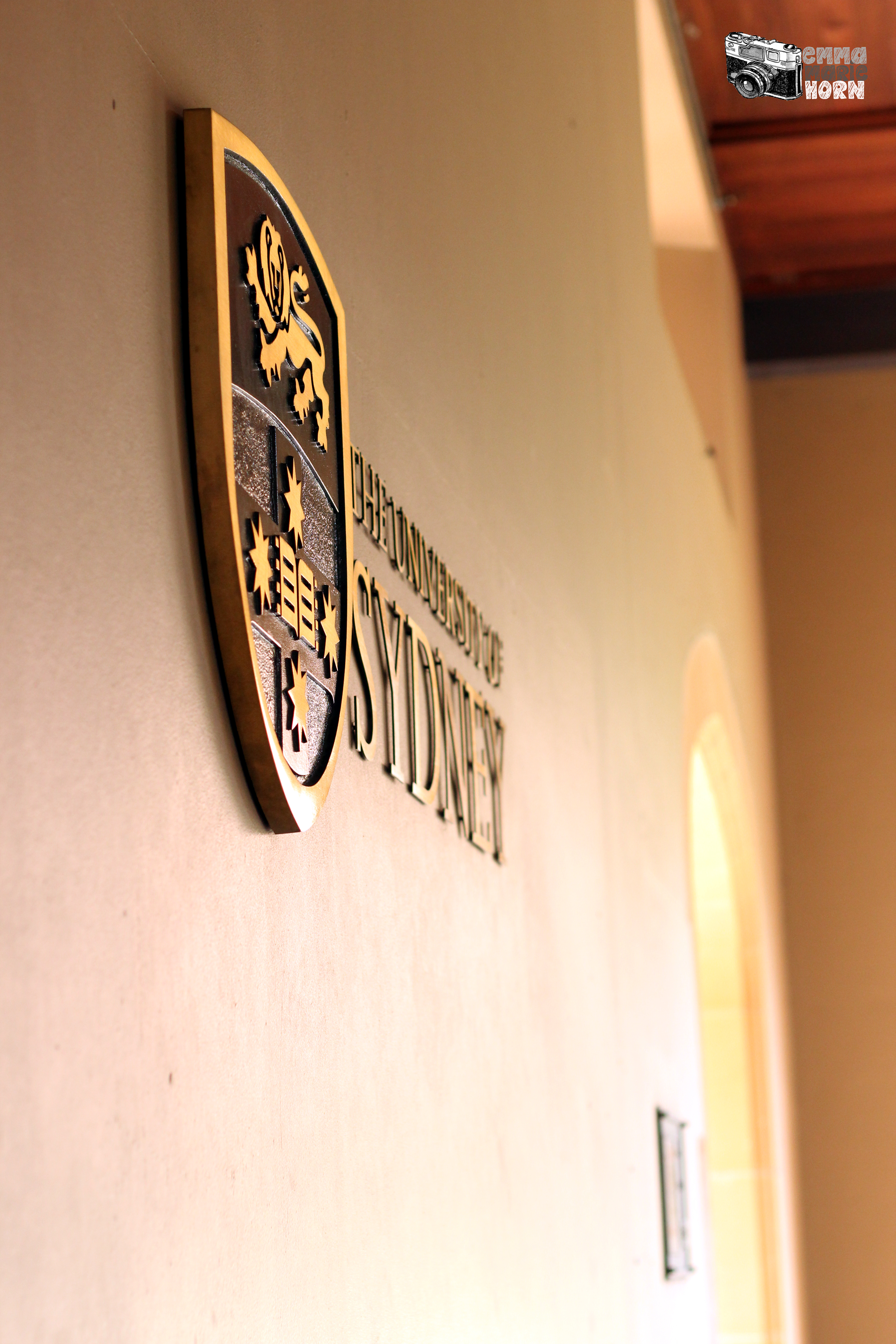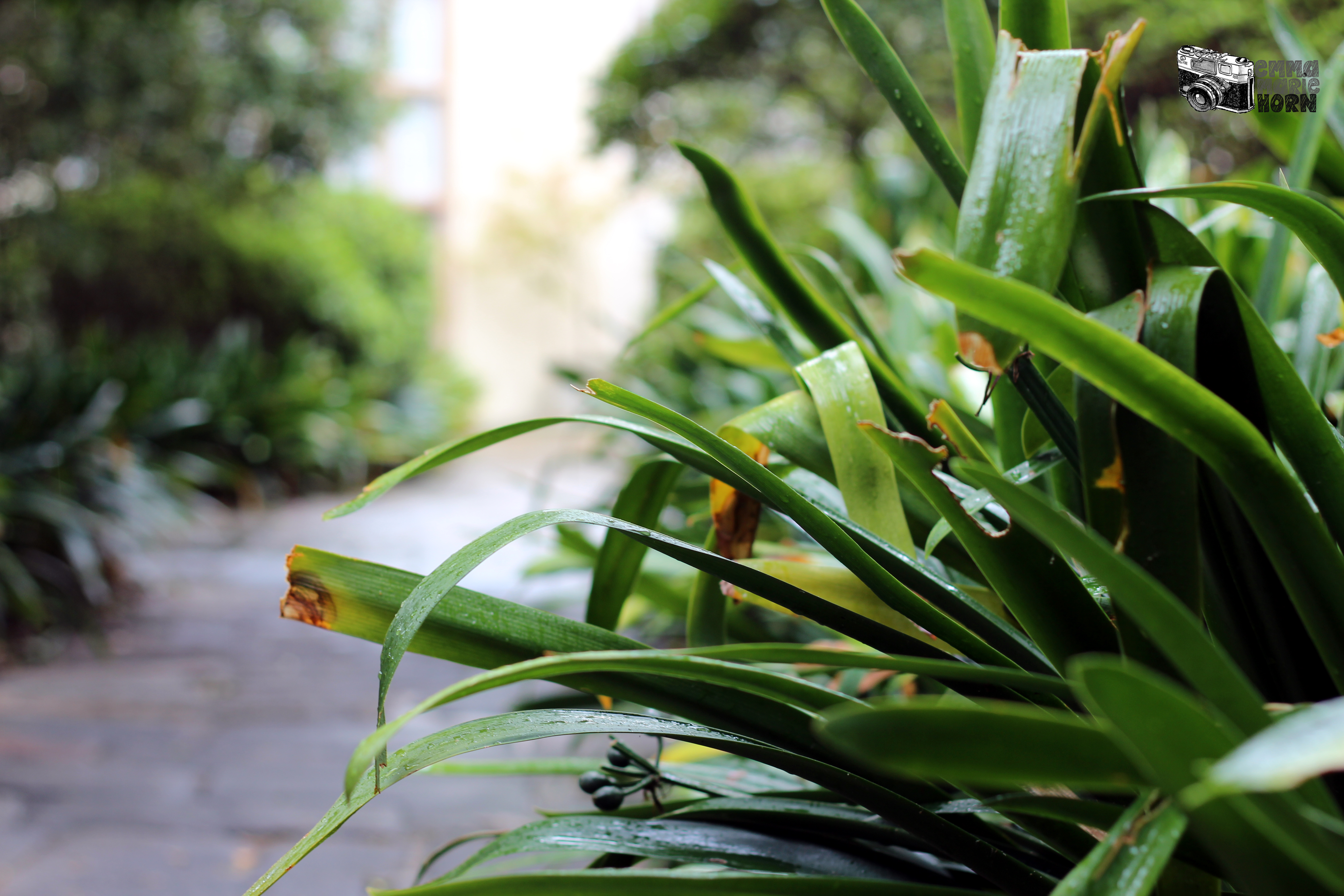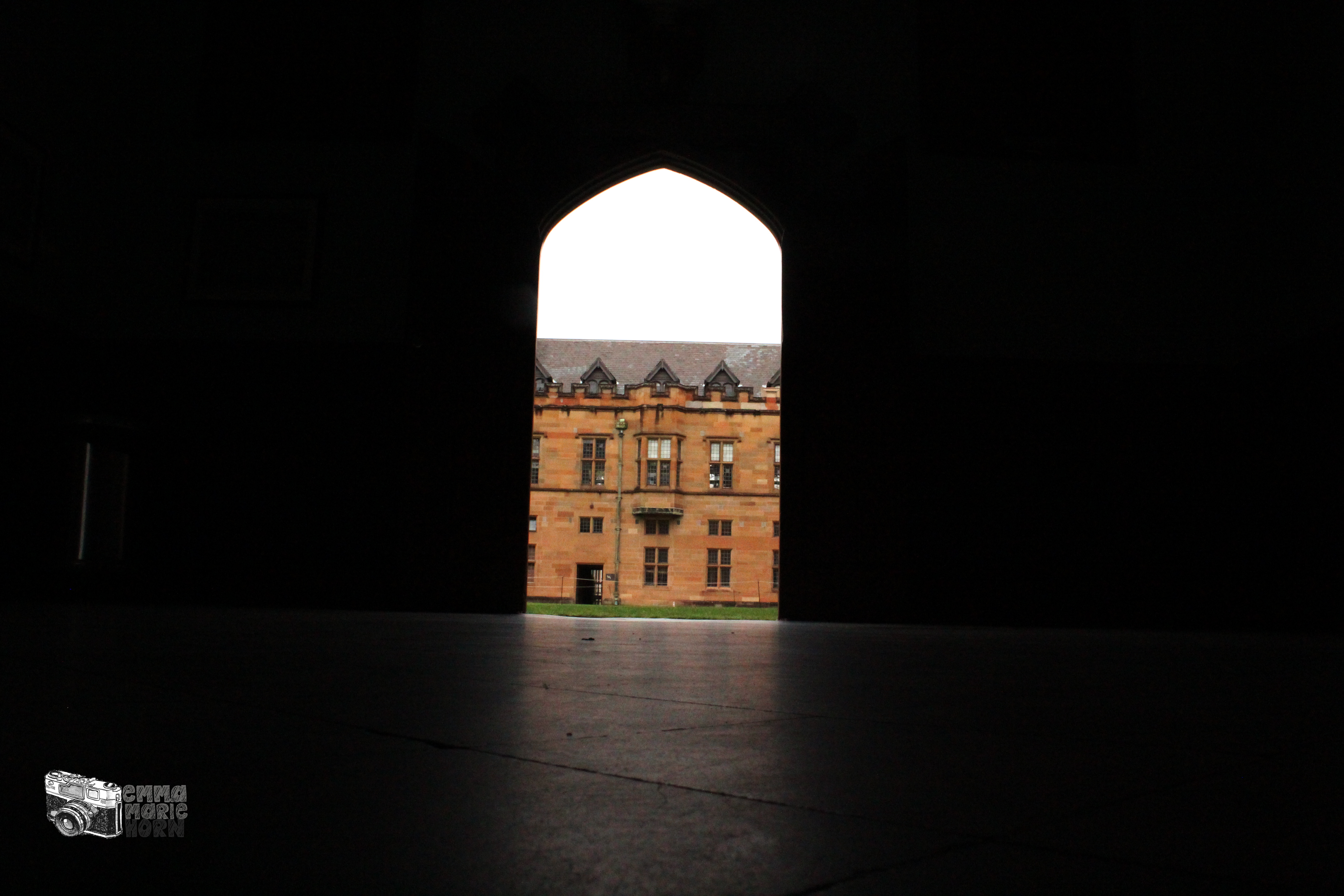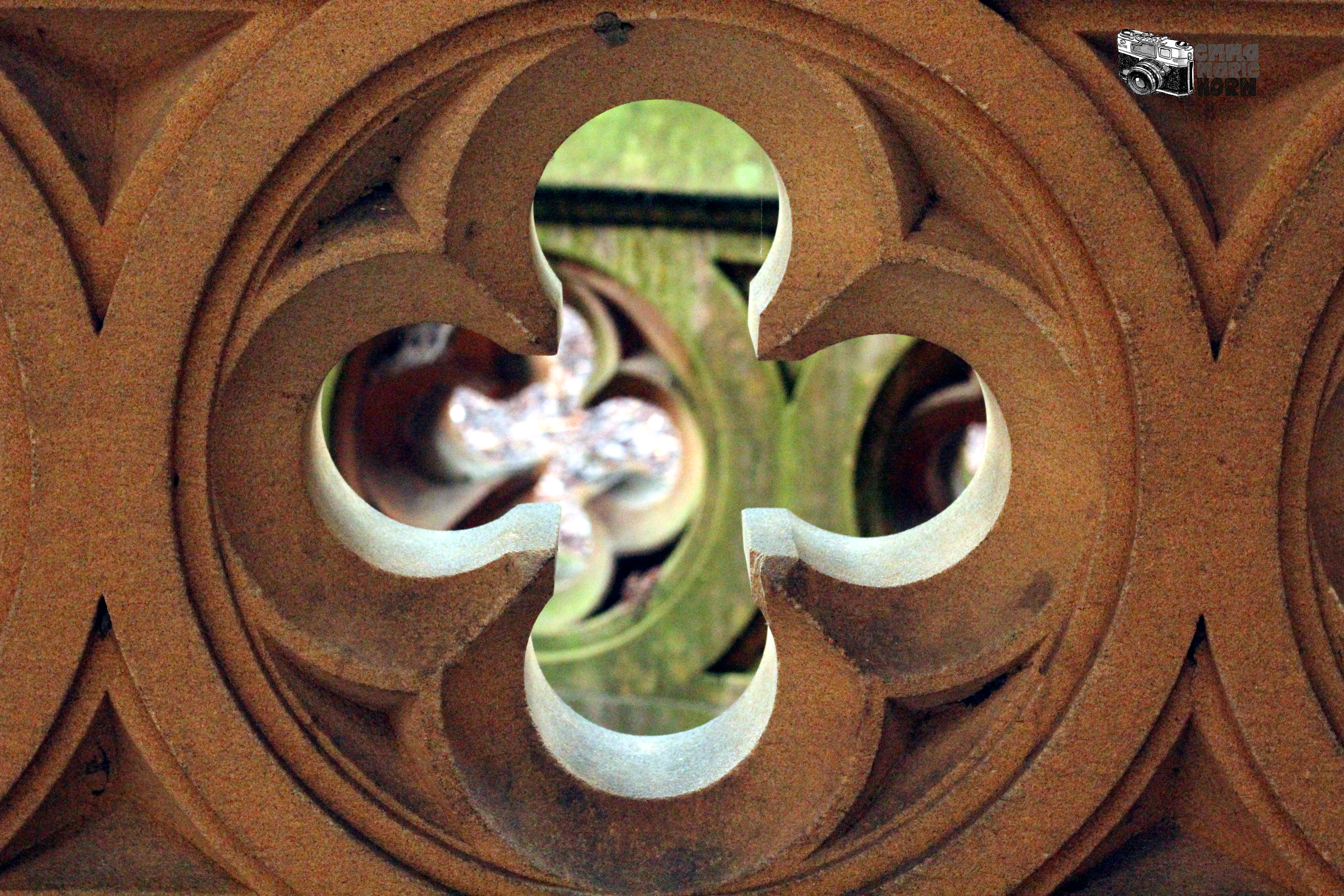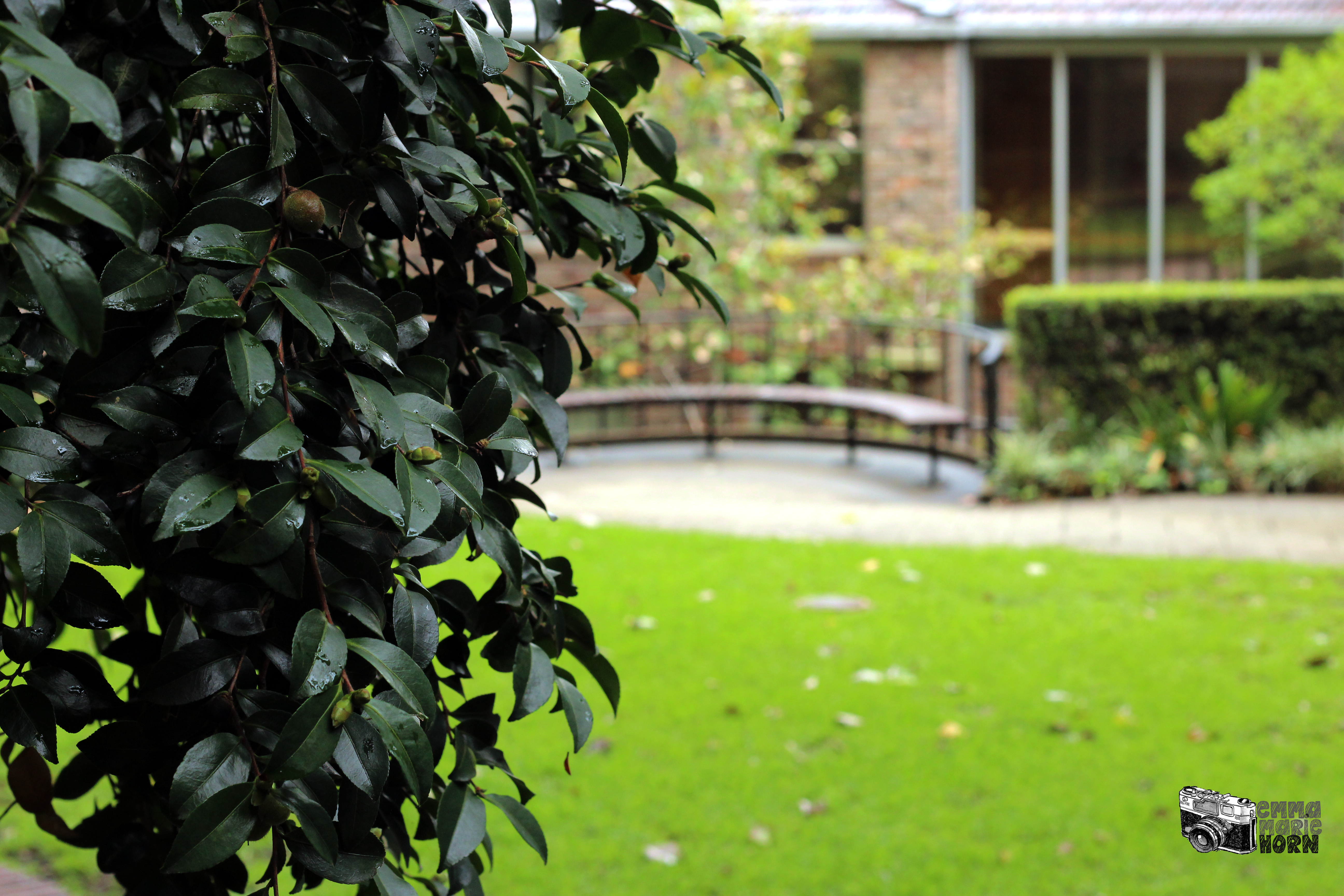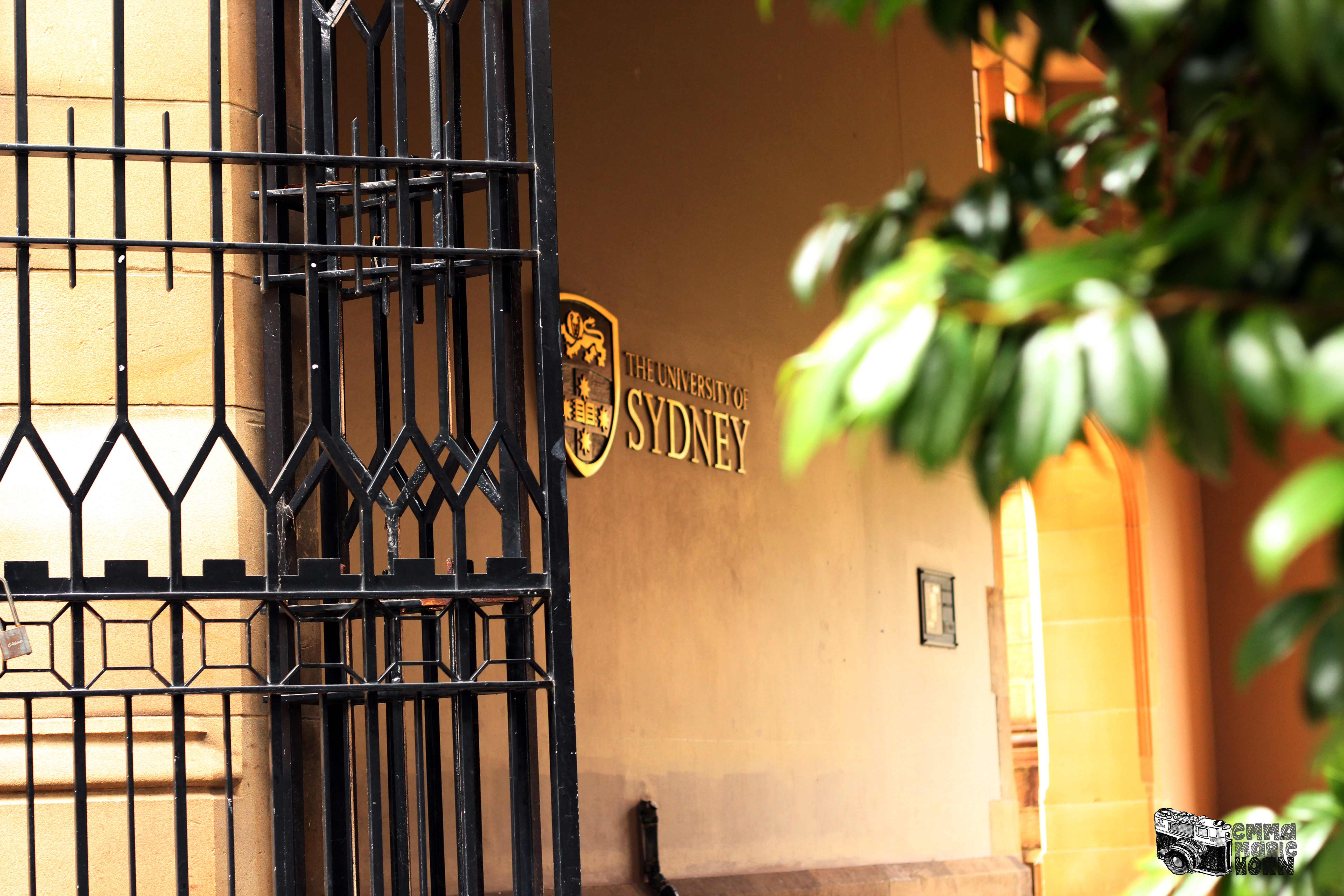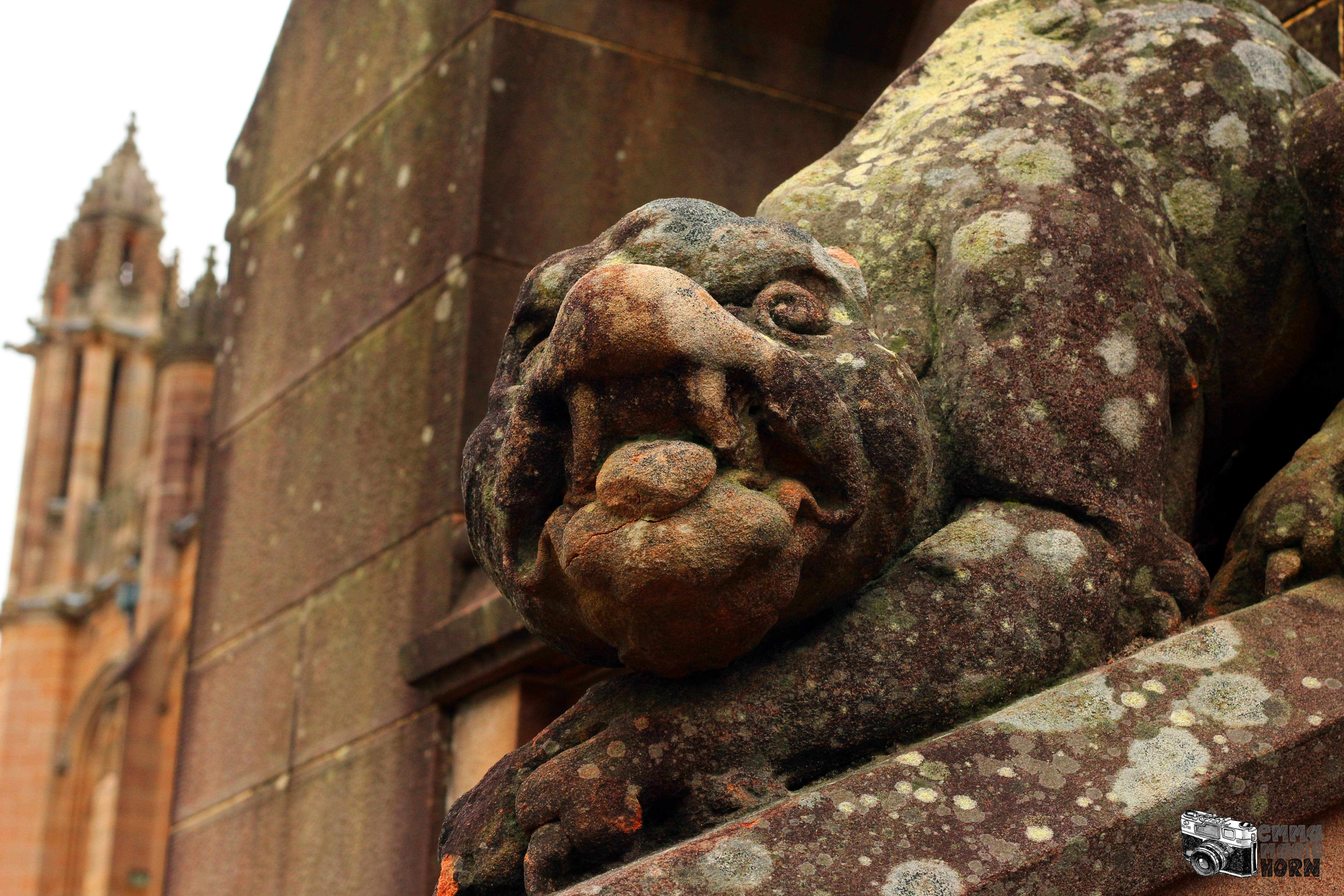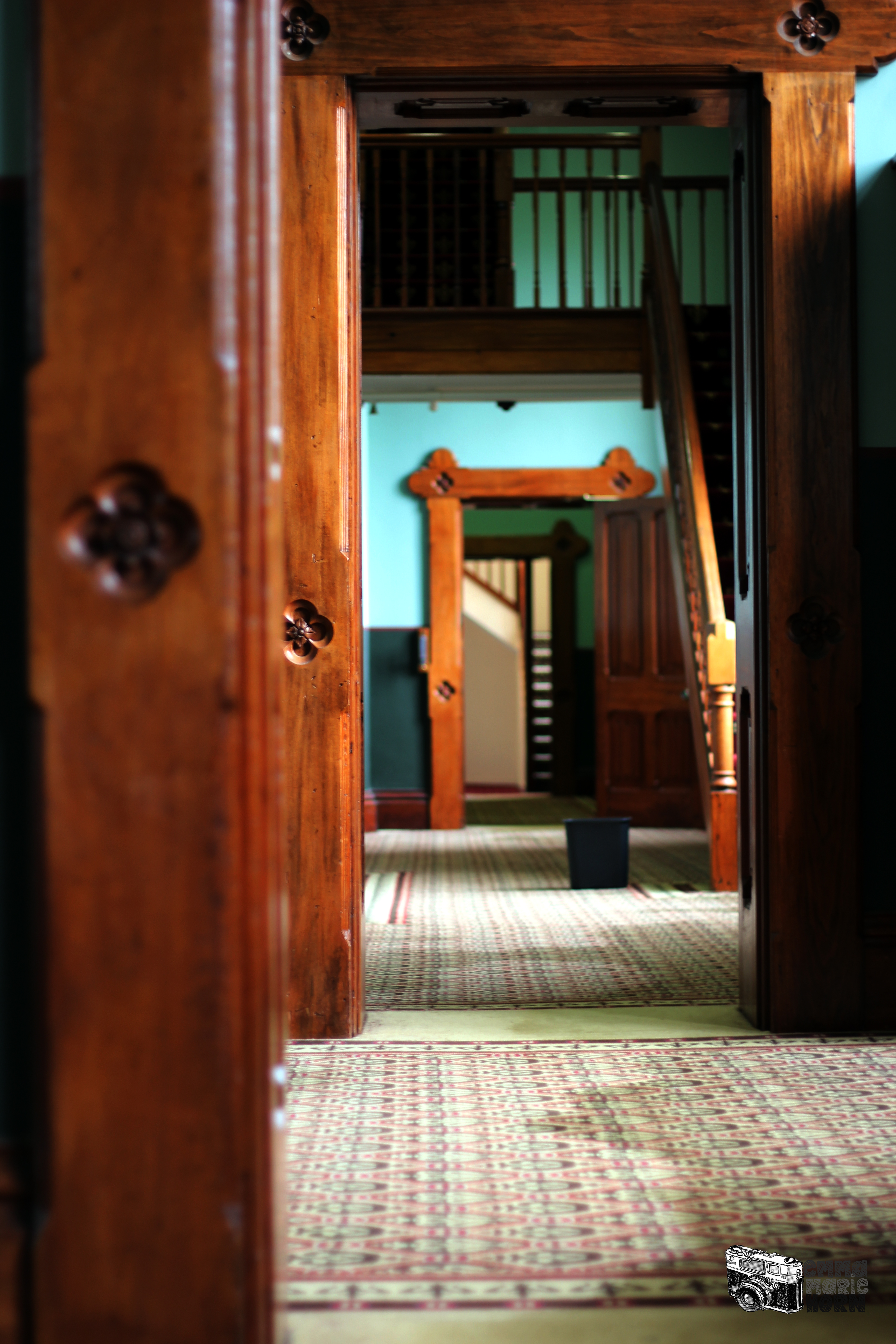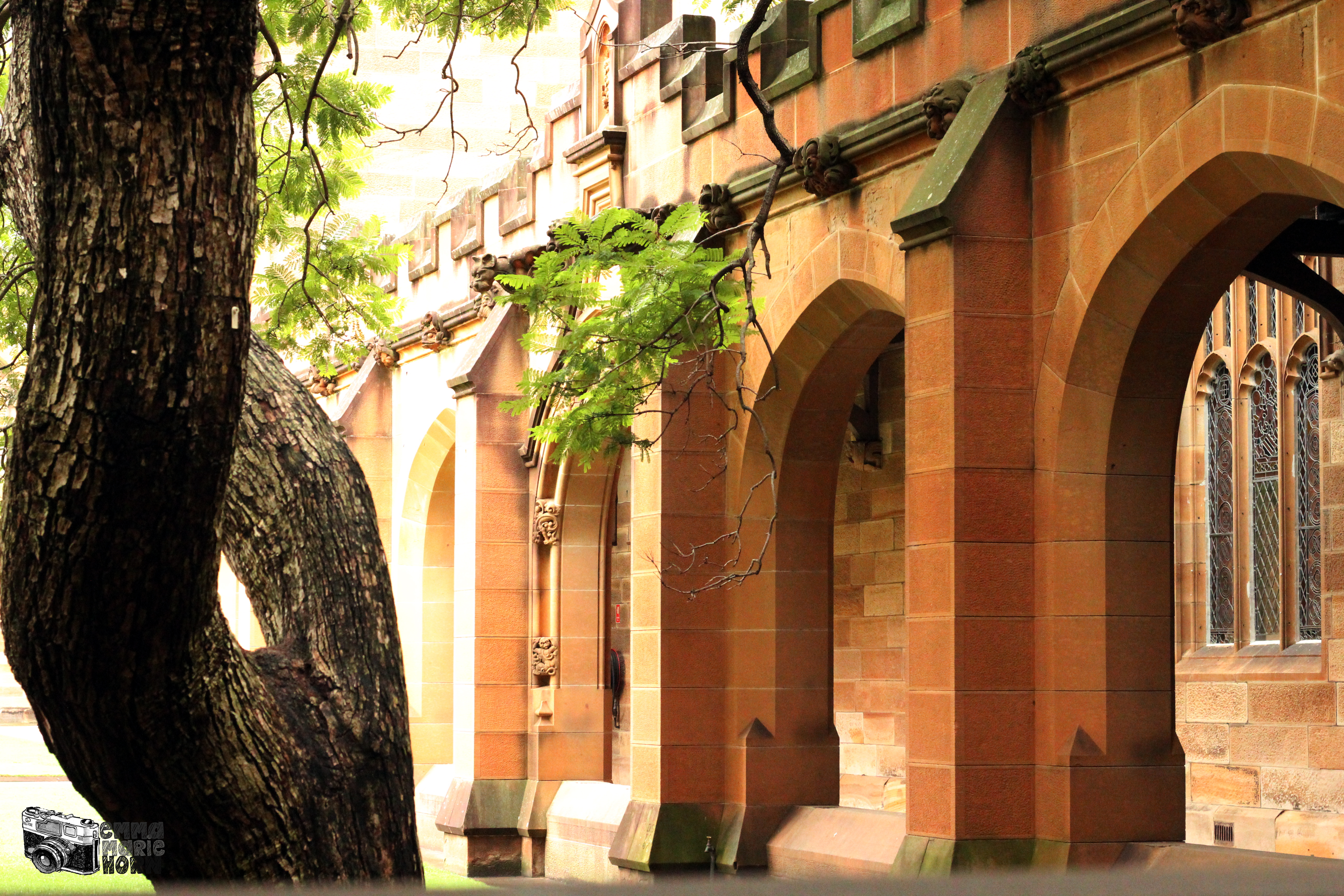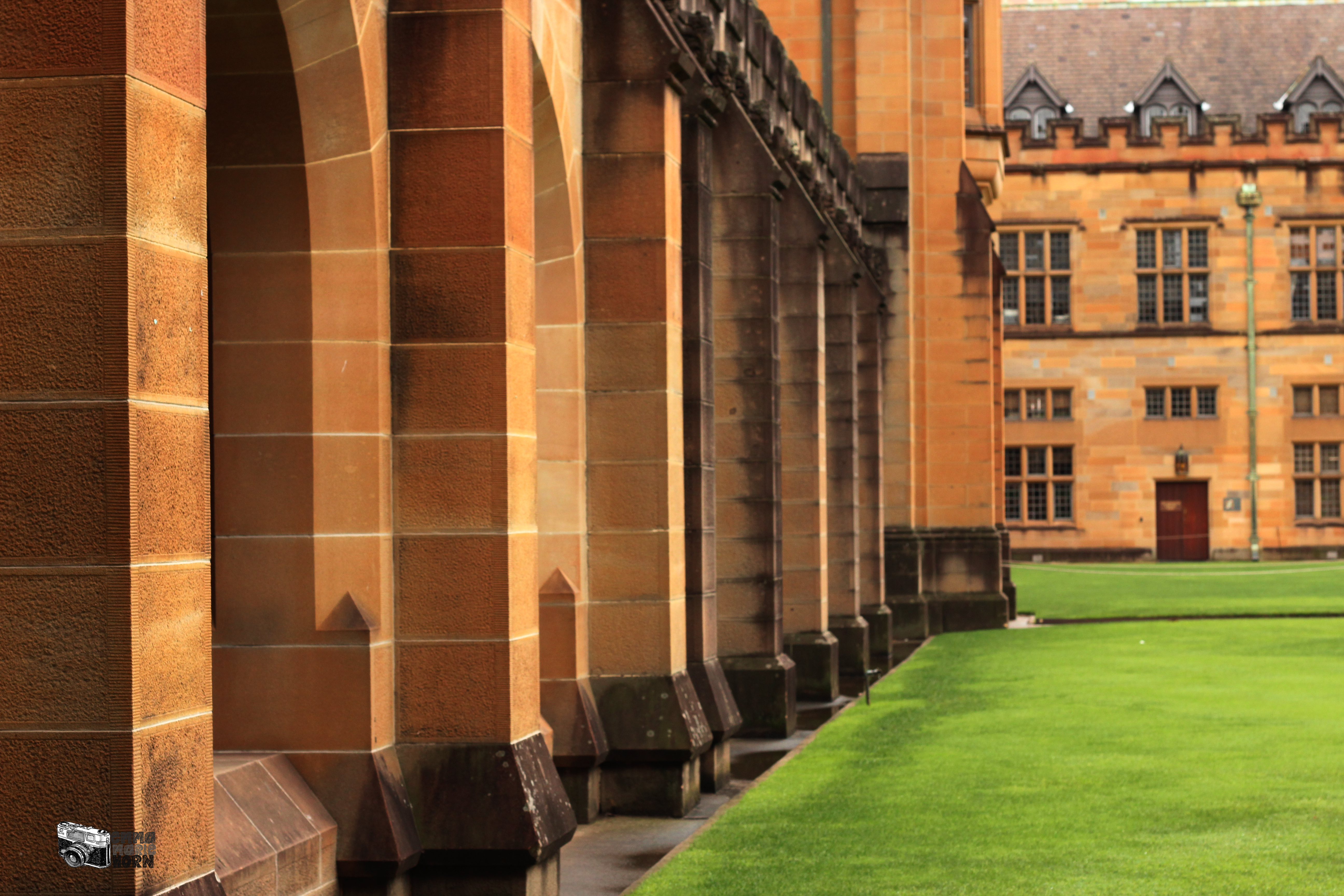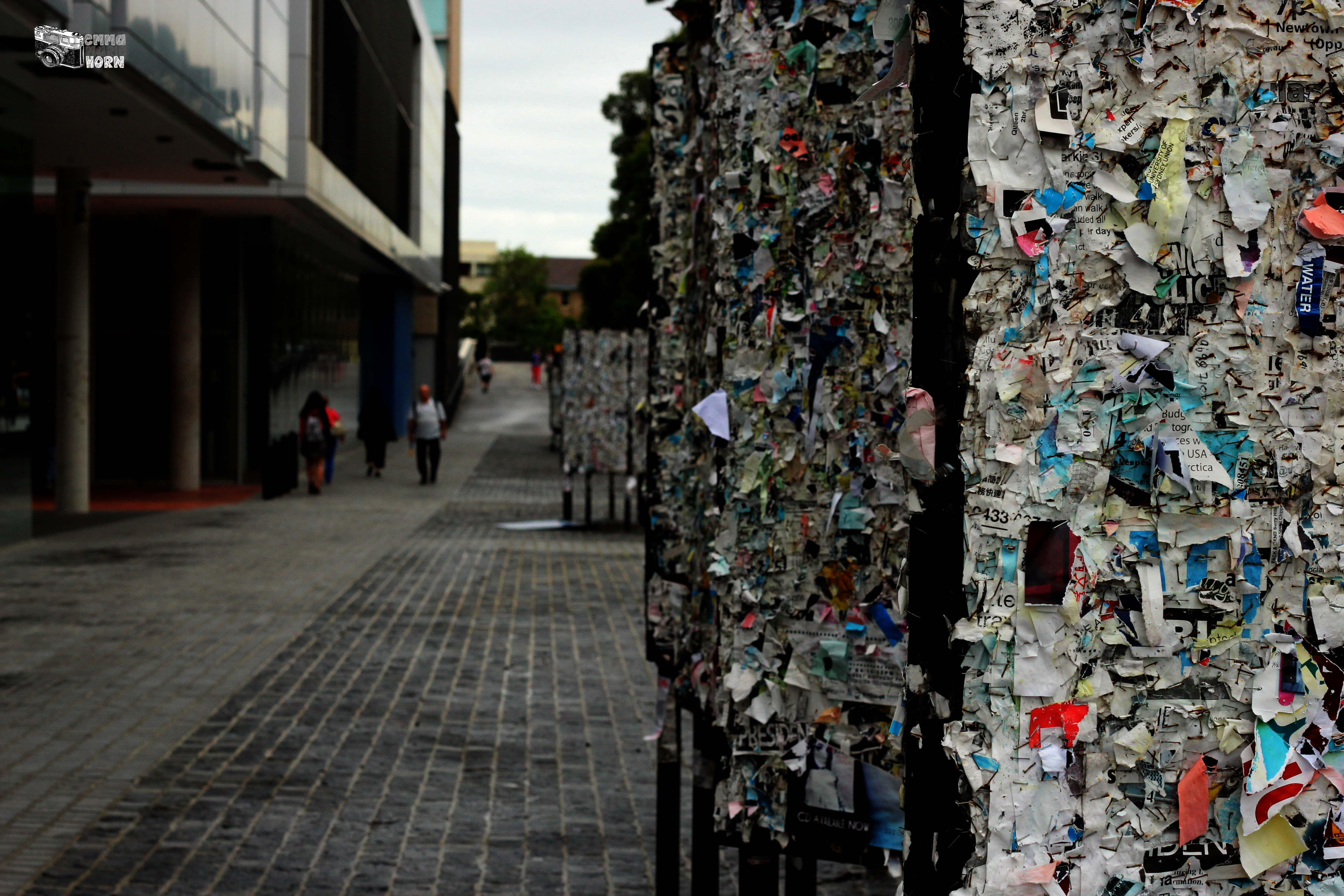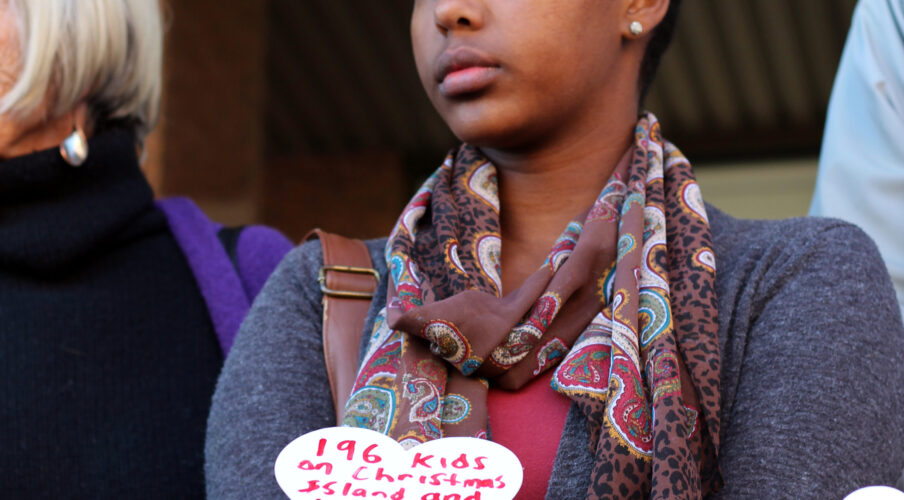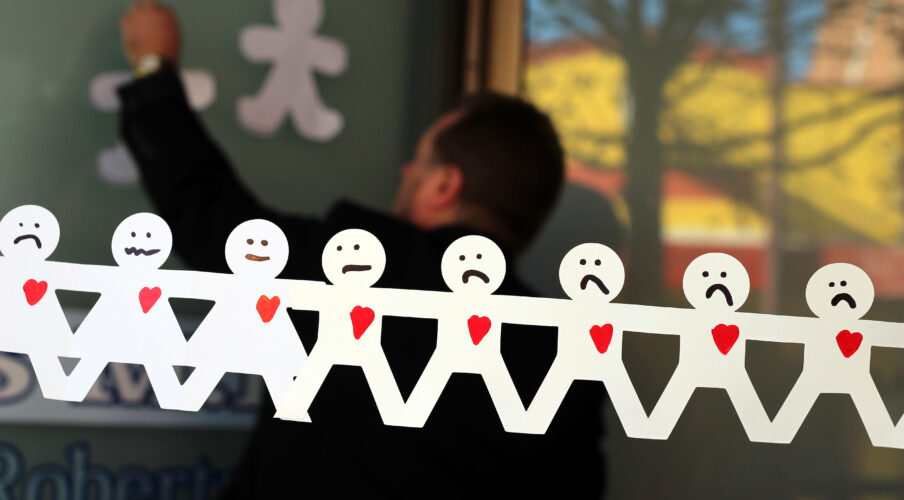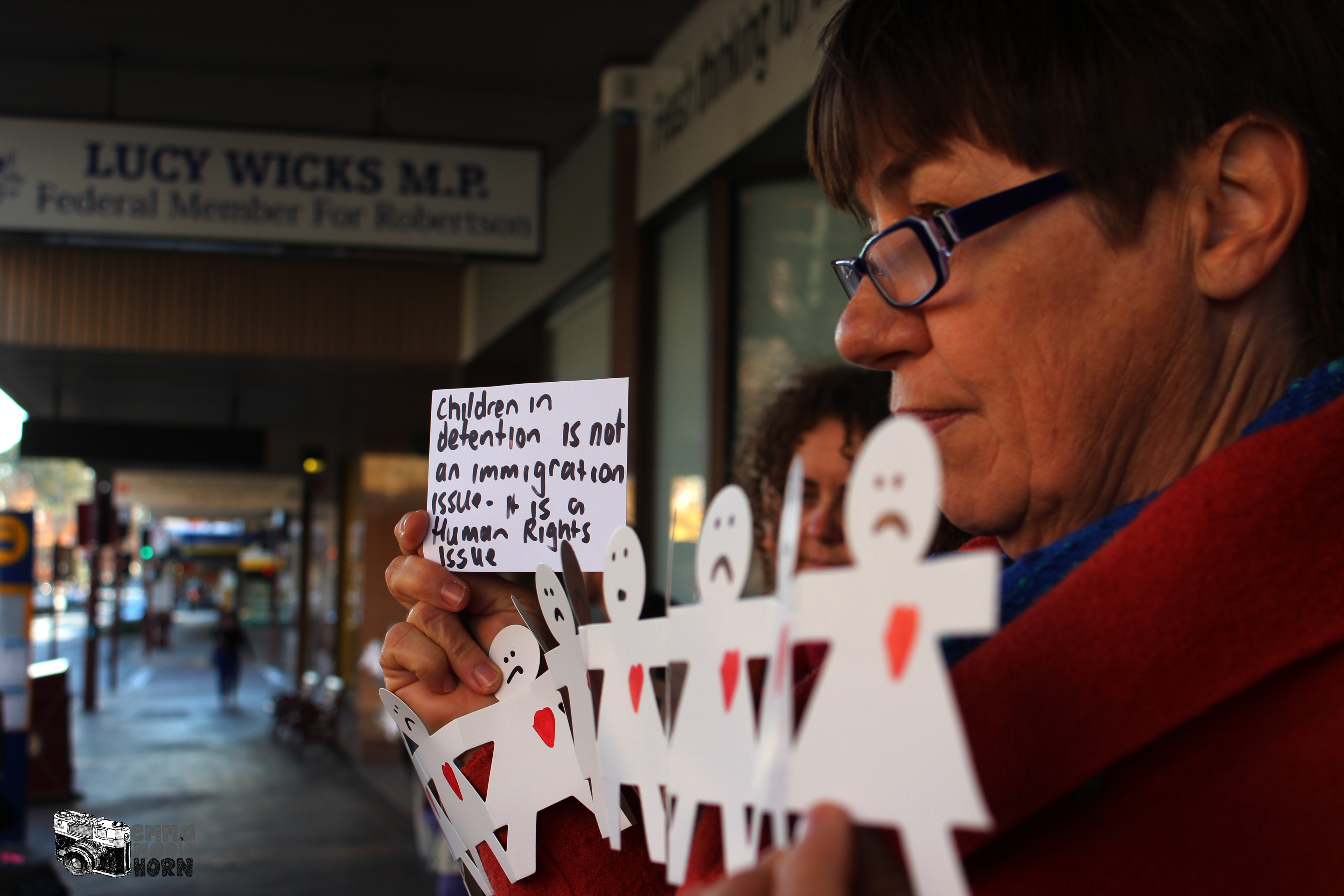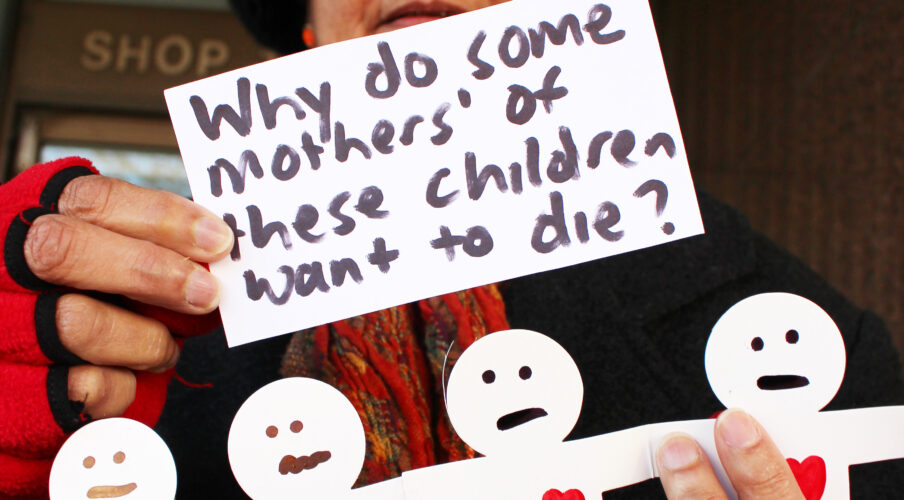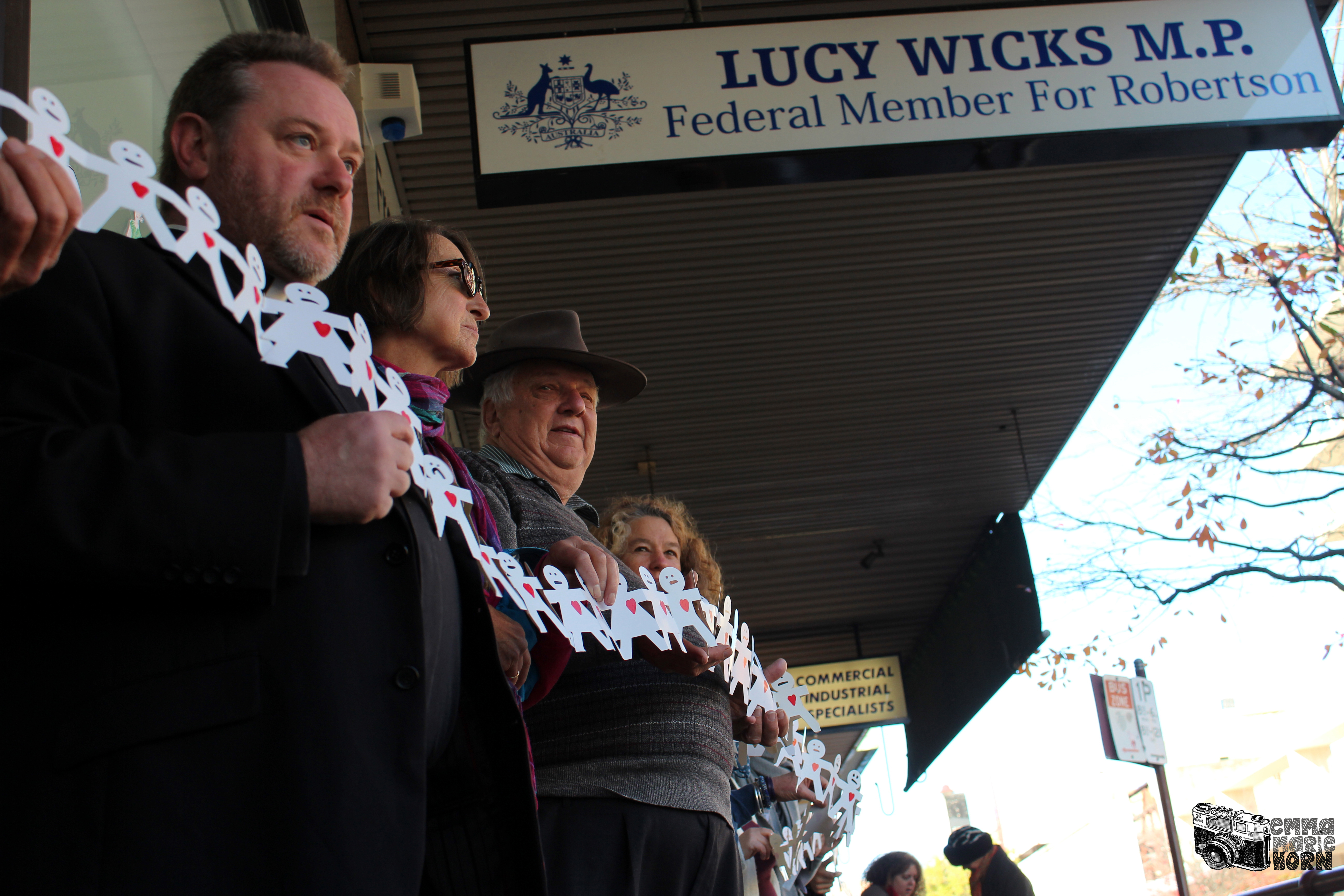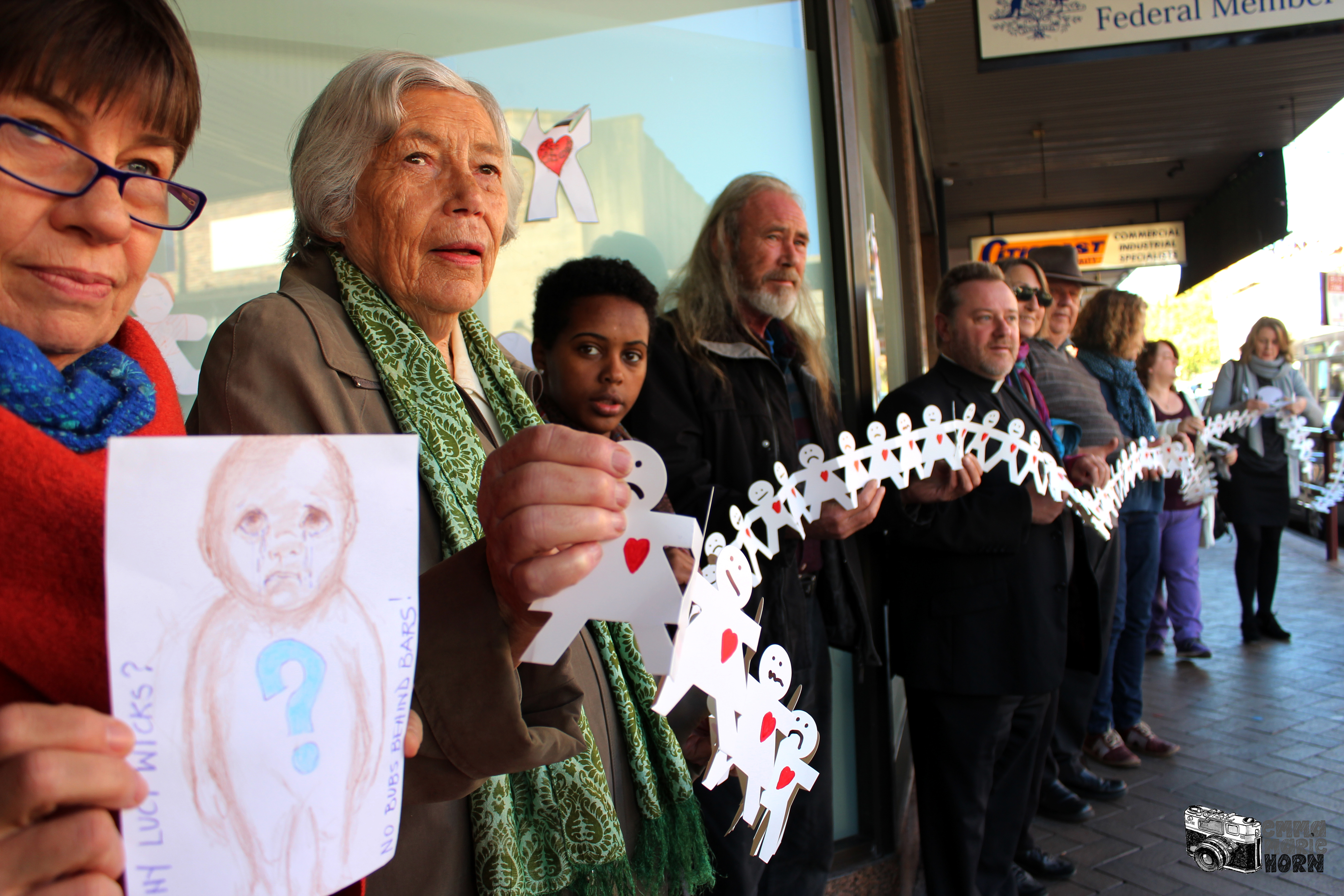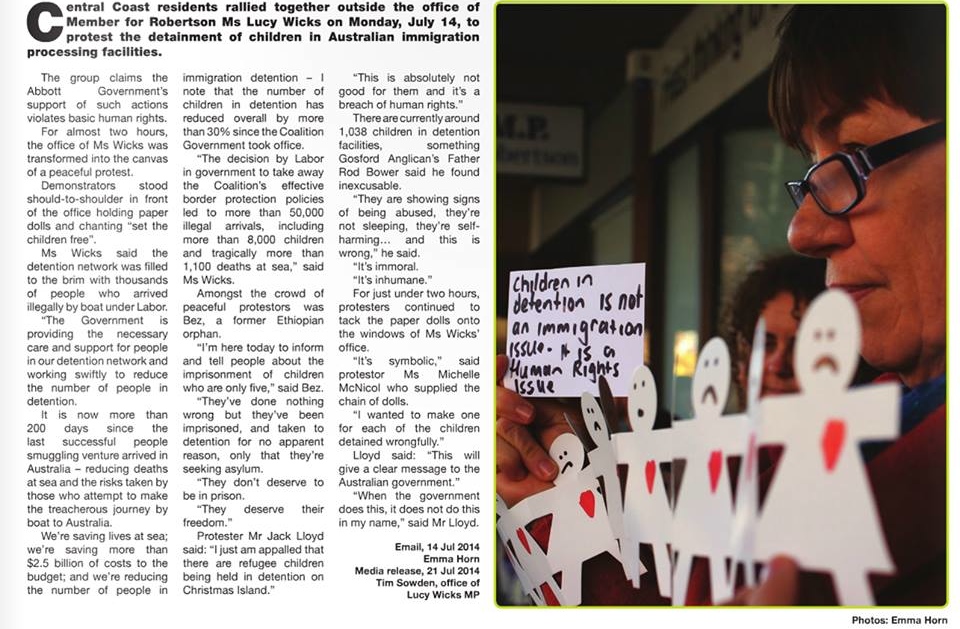Posts By Emma Marie Horn
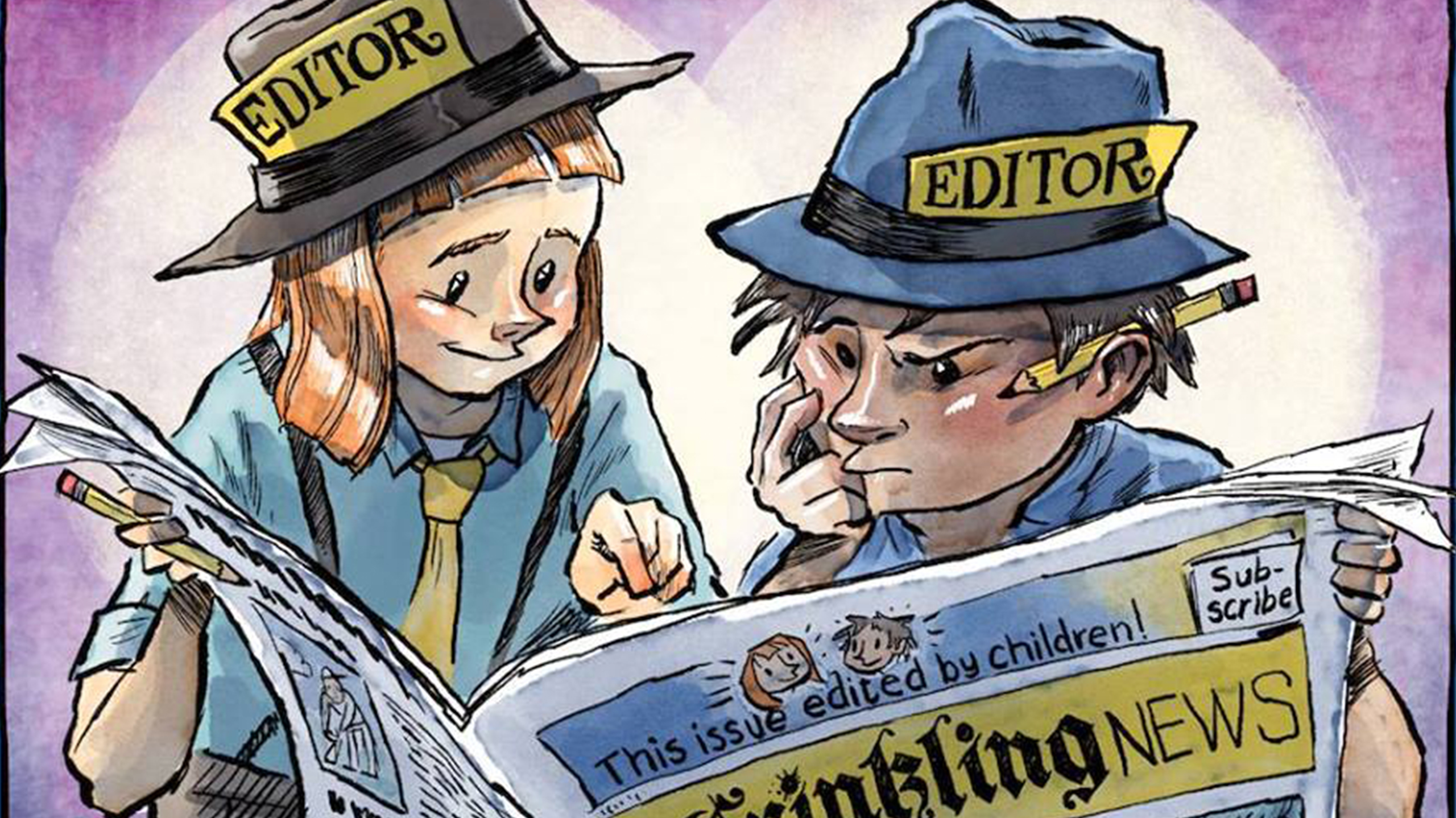

Why Our Kids Desperately Need Crinkling News
I started kindergarten in 1999.
That makes me part of the last generation to be in school in two different millennia. But that’s something I didn’t realise until much later.
Here are a few of the things I remember from 1999: my mum and her friends’ brightly coloured thick knitwear dresses, a pair of red overalls I loved to death, and the ABC TV reports on United Nations peacekeeping operations in East Timor.
No really. That’s the extent of my pre-millennium memory.
The sound of the ABC nightly news theme still brings those feelings back to me. So vivid was my connection, that in my mind, it has remained the soundtrack to East Timor.
My dad says he remembers how often I would ask about the ‘war’ in East Timor.
How many people had been hurt? How will it affect Australia?
I asked anyone who’d care to listen. My kindergarten teacher eventually told my parents I had a morbid fascination that was frightening the other kids in my class.
Consequently, I didn’t have too many friends in kindergarten. Not to worry, I soon forgot about East Timor.
Who could think of such triviality anyway, when the dreaded Millennium Bug loomed?
I was terrified of the Millennium Bug.
I was convinced I would die of it. Whatever it was, I wasn’t quite sure. I knew it would be a painful death. And seven years old was far too young to die.
But no, I did not die.
A year later, I would wish I had died in the Millennial Bug, though.
I was eight years old when two planes brought New York’s Twin Towers to the ground.
My teacher wouldn’t let us talk about it. I understand now, she was just as confused as us kids. She didn’t know how to process it either. But I needed to talk about it.
For two weeks, I was afraid to sleep.
I cried a lot. I woke up in cold sweats. I saw replays on television, I heard reports on the radio, and they played unendingly through my brain.
I was terrified.
And I had no-one to talk to about it.
My parents did their best to reassure me. I suspect they worried about the amount of ‘adult news’ I was consuming. But how could they stop me?
I was 10 years old when the internet was installed in our school library.
And suddenly I had an almost unfiltered access to all the horrors the world over.
I was very lonely and confused throughout my years at school. I had no way to make sense of what seemed to be an incredibly hostile world.
Through high school and university, I learnt better ways to cope with the brutality of it all. At least, I learnt more effective ways to hide my fear.
But then, when I finished university, a faint glimmer of hope was allowed to grow within me, perhaps for the first time in my life.
It was ignited and fanned by Saffron Howden, and the incredible team of journalists at Crinkling News.
Crinkling News is Australia’s only national newspaper for kids. It deals with the news that excites, frightens, shocks or confuses our nation’s young people.
It makes sense of all the things that made me so frightened as a child.
I met Crinkling‘s editor, Saffron when I was just weeks out of university. She had her toddler daughter with her.
She would never have to endure the intense loneliness and fear I felt at her age. She would have Crinkling News.
So, when I write, I think of that toddler as I remember her, and I think of my primary school self. About the sleepless nights, the silent pain, the many tears, that characterised my childhood.
And I think how fortunate are the kids of Australia today, that they have a team of people who are dedicated to explaining the world and allaying their fears.
Perhaps, if Crinkling News was around when I was in primary school, I would not have felt such unspeakable loneliness. Perhaps I would have been better equipped to understand the world. Perhaps I would have seen some beauty alongside the pain.
But now, the kids of Australia could be left without this hope.
Crinkling News has announced it will close its doors next week if it cannot achieve critical funding.
Crinkling News is not only crucial for informing the next generation of world leaders, it is potentially life-saving. And I speak through truckloads of my own experience.
I refuse to let this be the end!
Update: Crinkling News achieved its funding goal with time to spare. Thank you to all who contributed!
But it is always a good time to subscribe to the national newspaper for kids!
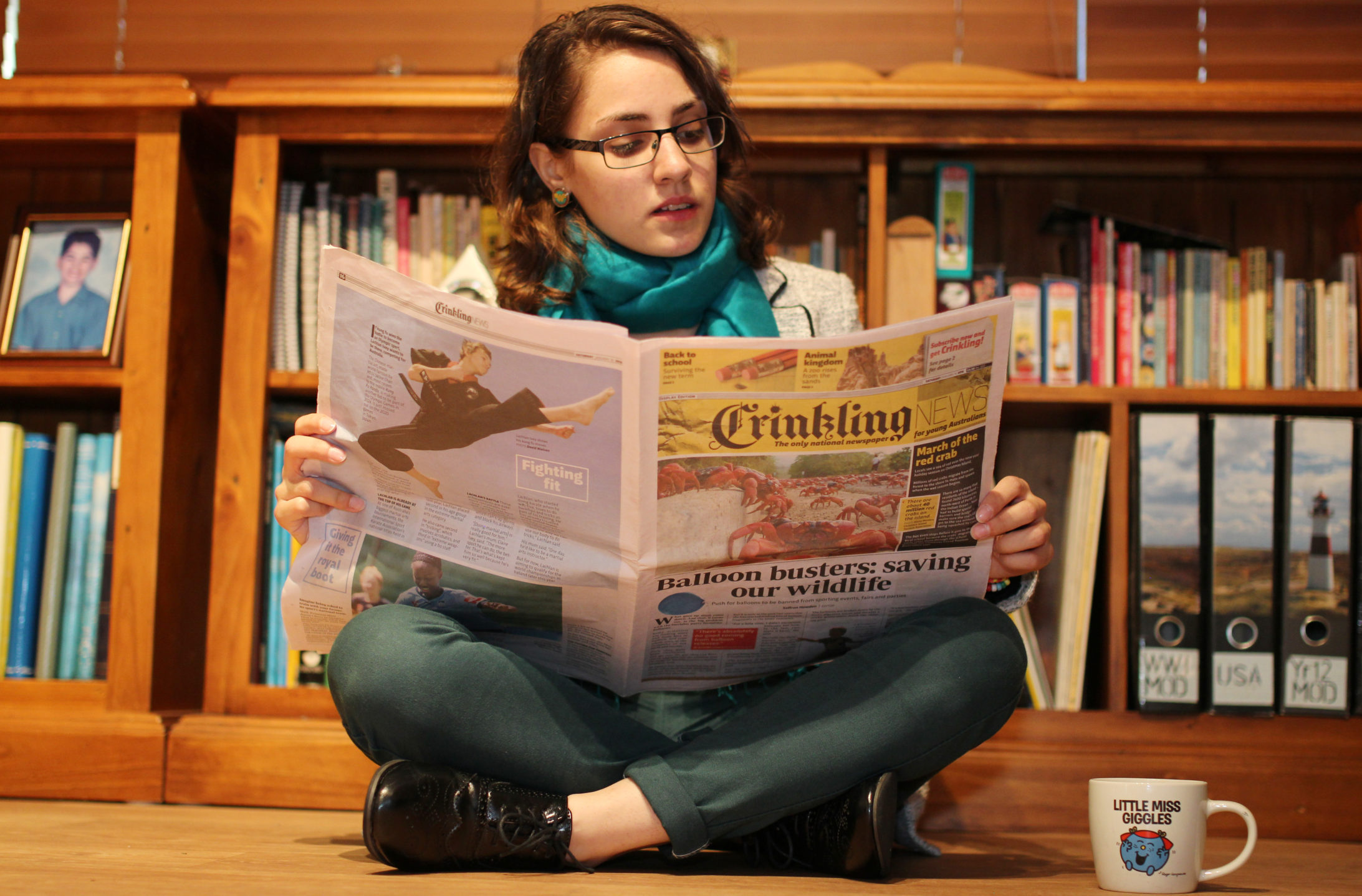

Crinkling News: Launching This Week!
Australia’s only national newspaper written specifically for children (aged 7-14), comes out on April 25, 2016.
I have been honoured to be a part of this exciting new publication! Launching a printed newspaper in this day-and-age may seem a little risky. Most newspapers are quickly going down the gurgler (I’ll direct your attention to recent events in Fairfax Media).
A newspaper for children is well overdue and very, very exciting!
I finished my journalism degree at the University of Sydney, and returned from overseas in January. I was going through the process of applying (and being rejected) for every cadetship and internship in the business.
Then I saw Crinkling’s editor, Saffron Howden, discussing her new endeavour on ABC.
I absolutely fell in love with it! A newspaper for children – why had no-one else thought of that?
My exposure to journalism as a child was directly responsible for my decision to pursue the profession in adulthood.
I started kindergarten in 1999. That makes me the last generation to attend school in two millennia, a fact I was very unaware of until much later.
1999 was also the year of the East Timorese Crisis. And that’s what I remember.
When other kids were watching cartoons, I was watching ABC’s rolling coverage on East Timor.
I didn’t fully understand what was happening – I don’t think I could even point to East Timor on a map by that stage.
But I remember asking my parents, teachers and really anyone else who’d care to listen, what was happening over there? For perhaps the entire year, it was the only thing I spoke about.
I knew it was going to affect Australia, but I didn’t know how.
No-one gave me answers. My teacher told me I didn’t need to worry about that, she even told my parents she thought it was unwise to let me watch the news.
I felt like information was being censored – not that I had the vocabulary to express that then.
Perhaps, if Crinkling News was around twenty years ago, I wouldn’t have become so frustrated. Or maybe I needed that frustration to send me down the path that would eventually lead to my involvement with the Crinkling. We’ll never know.
All I know is this: the news is far too important to leave children out of the discussion.
So, do you have kids aged 7-14?
Are you a primary school teacher looking to help your class form balanced opinions about the world?
Or are you, like me, an adult who often finds it hard to admit that I just don’t always understand what’s happening around me?
Be embarrassed no longer! Crinkling News is here to help.
Epping’s Biggest Morning Tea
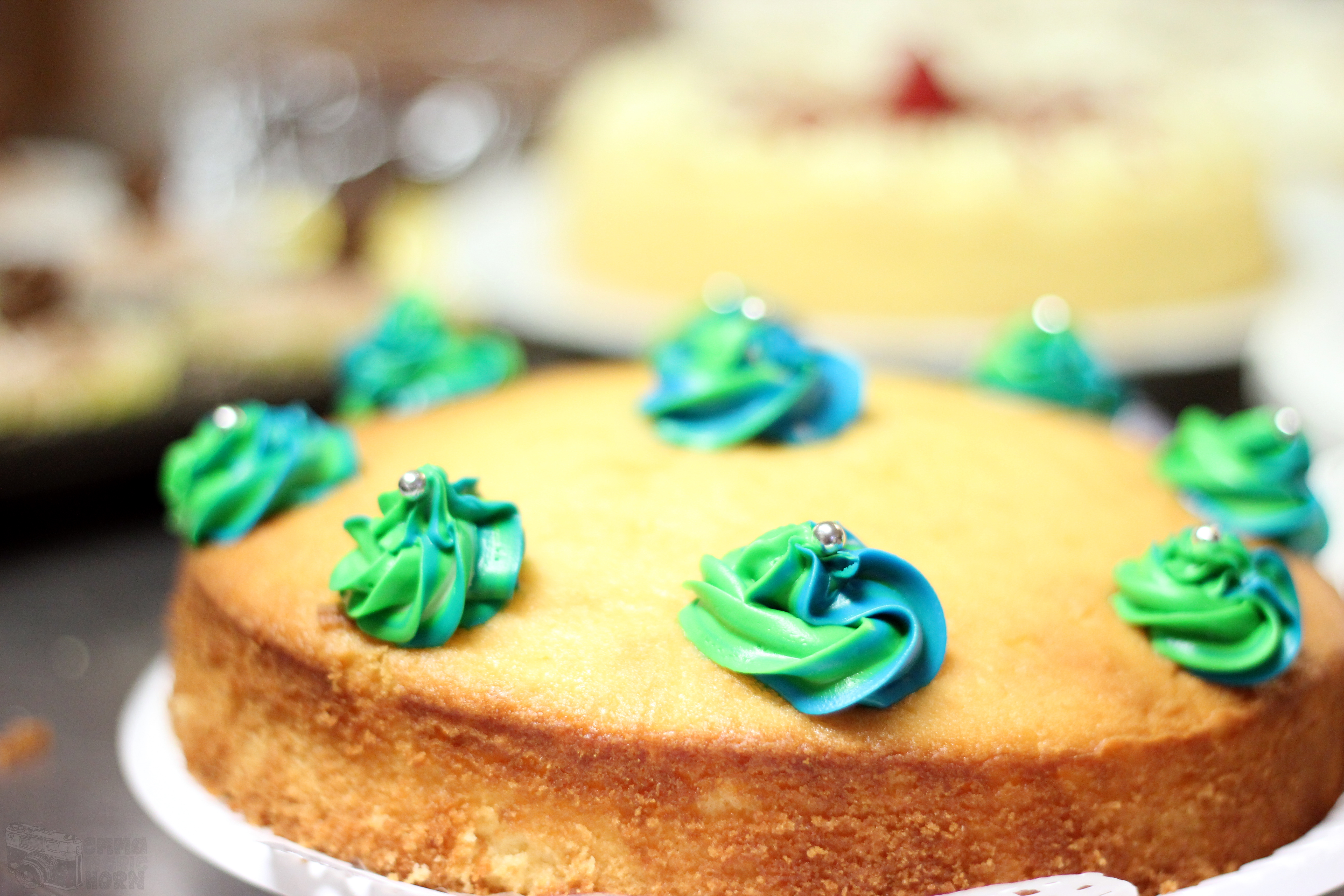

Live Music
Performances from Kayah Duen and other local bands.
The Goodies
A morning tea is not a morning tea without cakes, cookies and competitions… And Kevin the Coffee Guy! Prizes for the best goodies.
Laughter Is The Best Medicine
Social times are the best times.
Decorations
Made perfectly by the many helping hands of Epping Baptist Church.
Design-A-Beanie Competition
A colouring competition to raise money for the Cure Brain Cancer Foundation, alongside the Cancer Council Foundation.
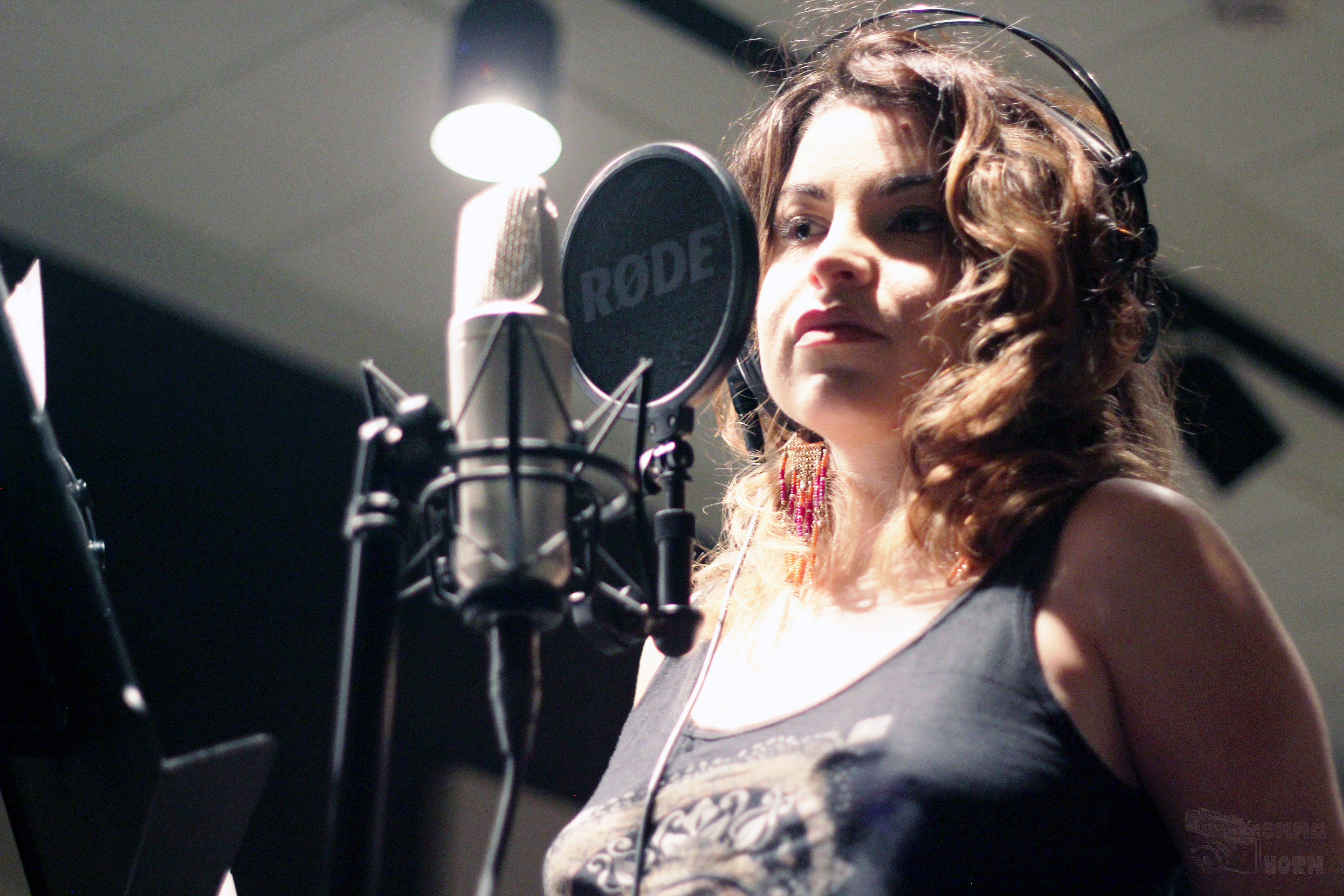

In The Studio With Sabrina Batshon
One very rainy Australia Day (January 26th 2015), in the 2GO107.7 FM studio with 2014 The Voice finalist Sabrina Batshon.
I parked my car across the street, trudged to the studio door with camera at the ready then proceeded to wait, in the rain, for the door to be opened. Soggy and disorientated, I was guided through the labyrinth of studios towards the sound of laughter.
It was tea time.
Sabrina Batshon sat at the sound engineer’s desk and stood to greet me as I arrived. If you’ve ever met me, or perhaps even seen a photo of me within any sort of scene to draw perspective from, you would know: I am small. If I am not the shortest person in the room, it’s probably because I am in a preschool.
Despite her six inch wedged heels, Sabrina Batshon made me look tall.
But, what she may lose in physical stature, she very much makes up for in fullness of voice.
Sabrina has an amazing voice, she effortlessly reaches across several octaves – a range I would have, prior to meeting her, insisted was beyond human capacity.
I very much enjoyed this photo shoot, and what’s more, I’m looking forward to working with Sabrina Batshon again soon with her upcoming album with my brother, Brendan Horn.
EVENT: University of New England
Last week, I had the privilege of attending the University of New England Arts and Sciences graduation. I travelled to Armidale, in northern New South Wales to see my sister-in-law make the successful transition from undergraduate to alumni.
Being that she was a correspondence student, she had only visited the campus virtually. So, the first time this graduate saw her university, was the day she graduated from that university.
I tried to capture the unconventional nature of her tertiary experience. Yes, she graduated as part of a larger group. But her experience of the university had been uniquely solitary. She was both a part of something, and detached from everything.
This is my photographic study of one student’s graduation.
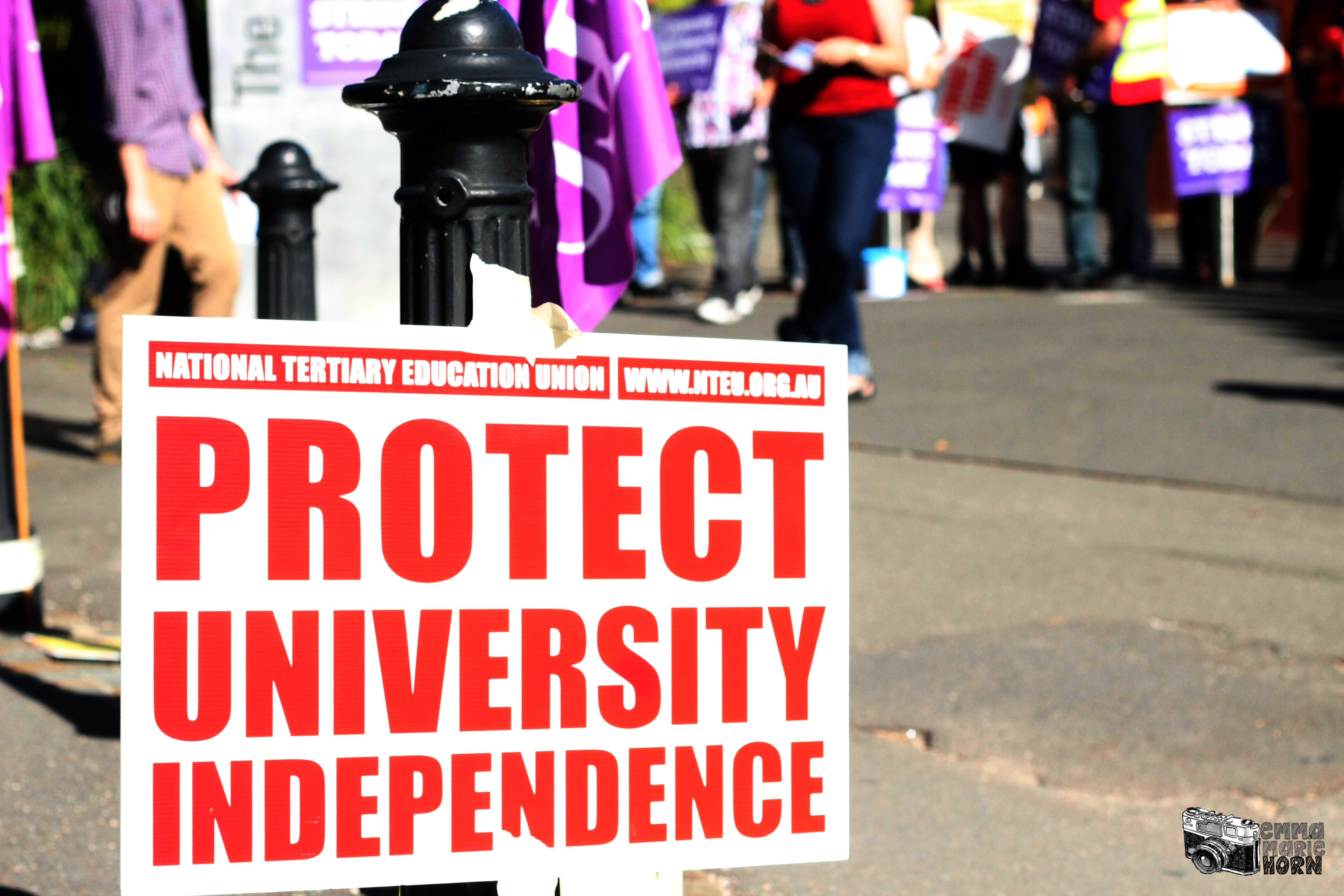

Journalism: Sydney University Protests
On March 7th, 2014; the University of Sydney descended into a rebel state.
It was to become the first of about five planned protests that year, that would gradually grow in violence, disturbance, police presence and media reportage.
The crowd of angry demonstrators grew with each scheduled rally, until they could no longer be contained on University property but instead flooded the streets of Sydney CBD.
The protests were a response to the University’s proposed cuts to class funding and the systematic forced redundancy of the institution’s best loved teaching staff.
In early 2014, tensions again rose when the Abott Government announced its proposed budget cuts to Universities, which led to the attack on Foreign Minister Julie Bishop when she visited in May.
I covered the first protest as a photo journalist for Honi Soit.
View my gallery of the University of Sydney Darlington/Camperdown campus here.
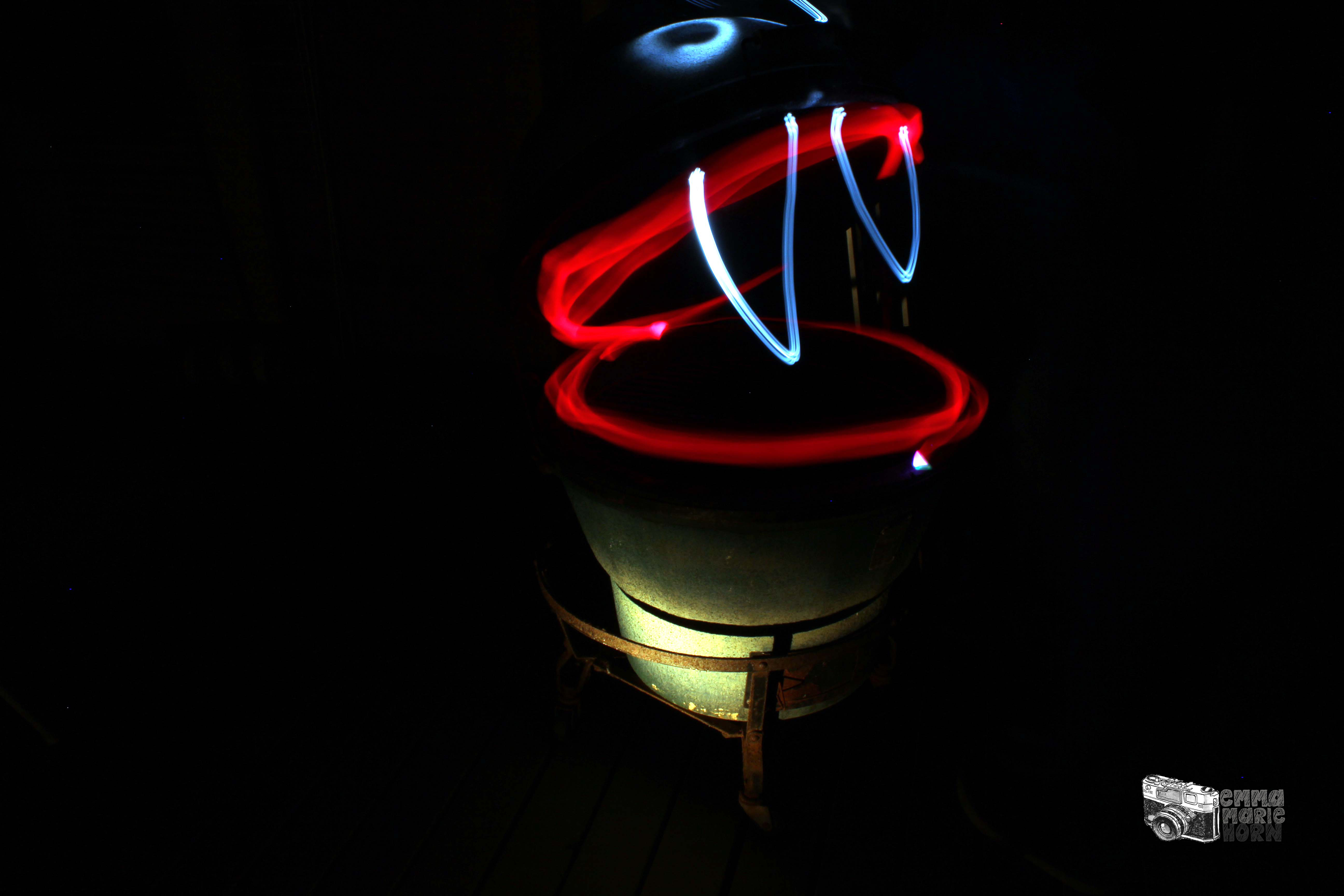

EXPERIMENTATION: Light Painting
A number of years ago, I got into light graffiti in a big way. It started when I began following artists like light artist Michael Bosanka as well as collaborative light painters Cenci Goepel and Jens Warnecke.
I tried my hand it. After dressing myself from head to foot in black – including a black wool beanie to hide my auburn curls – I headed outside and spent a couple hours spreading L.E.D lights in sequence.
Standing deathly still, wearing heavy black clothes, in the middle of a humid autumn night after several weeks of rain, was less than exciting.
Even less thrill-inviting was the amount of unwelcome guests that made their temporary home on my skin. Every inch of my uncovered skin was covered in mosquito bites, and even some of my covered skin showed signs that the bloodsuckers had strayed into uncharted territory.
But every welt, every itch, every moment of discomfort was more than worth it for the final product. I would do it again in a heartbeat – hopefully with an even greater outcome.
I originally submitted this series into the 2013 Heart of Annandale exhibition and won the Du Moulin Gallery Prize for Digital Art.
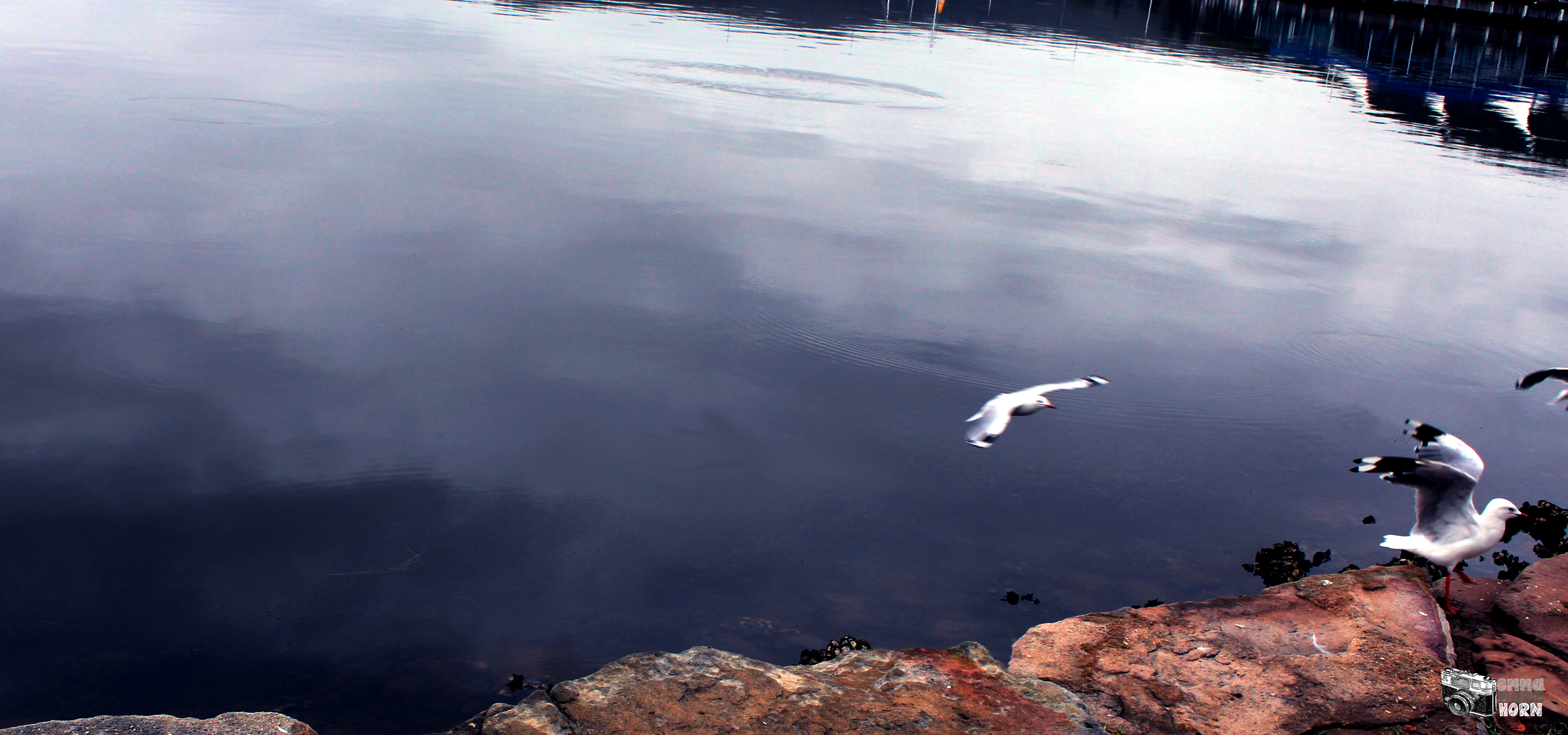

STUDY: New South Wales Central Coast
I’ve lived in the same house for my entire life. I’ve grown up in this suburb, attended the local high school and seen pretty much everything that’s worth seeing here.
It’s easy to resent the mundane. It’s easy to overlook the simple pleasures of our world when we experience it every day. We take it for granted, and that’s pretty natural.
I live in one of New South Wales’ most beloved holiday destinations, but since it’s my day-to-day world, it doesn’t feel that way to me.
One day in 2012, I decided to break the monotony of my life. I took Meredith (my camera) and drove around my hometown, experiencing my world afresh. The photos I took I submitted into the 2012 Heart of Annandale exhibition and won the North Annandale Hotel prize for Digital Art.
It’s amazing what can happen when we see our lives through a different lens.
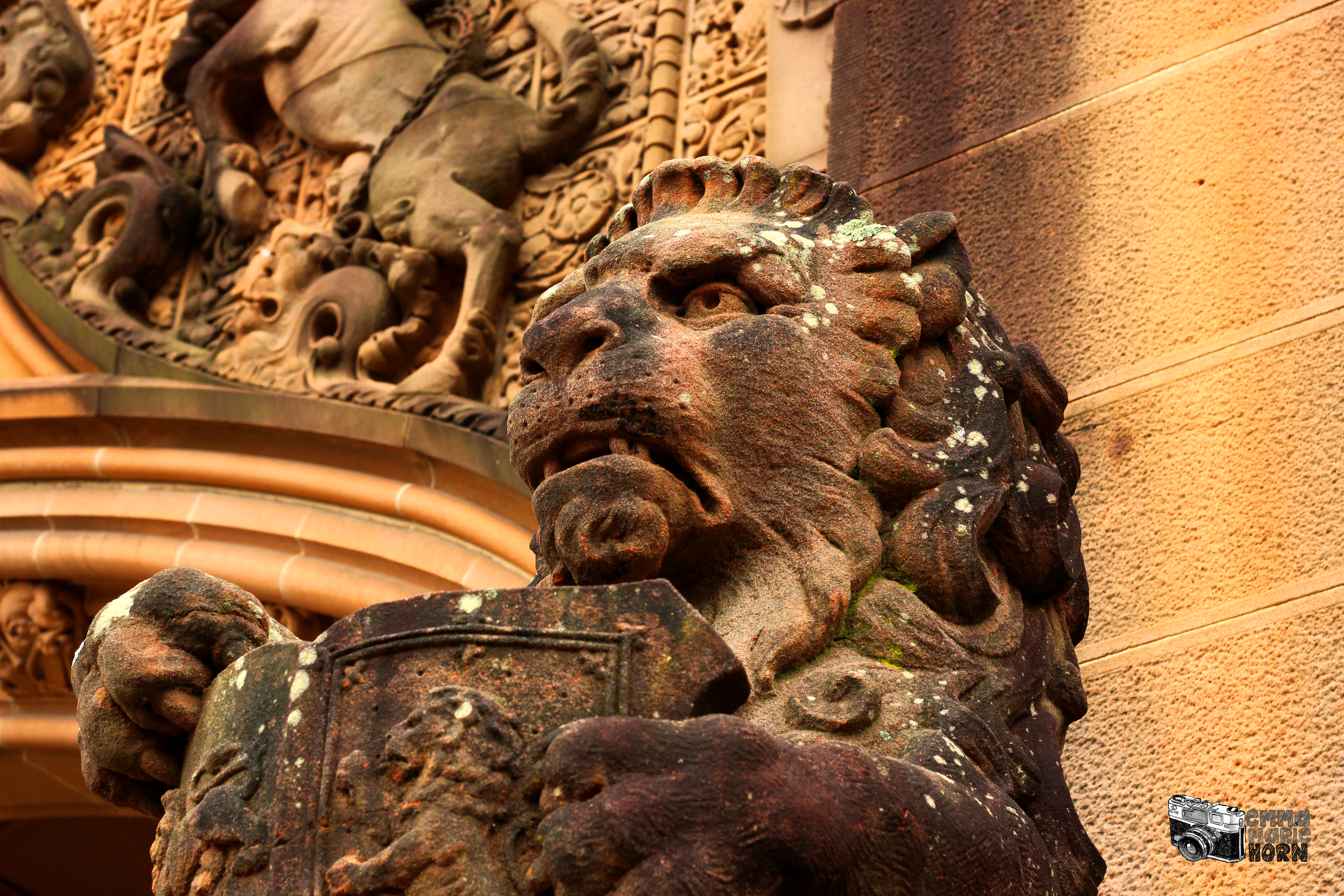

STUDY: University of Sydney
The University of Sydney is Australia’s oldest academic institution. It was established in 1850 and hosted such notable alumni as Australia’s first Prime Minister Edmund Barton.
The main campus spreads over Camperdown and Darlington in Sydney’s Inner West. Its iconic neo-Gothic sandstone buildings have been named in the world’s top 10 most picturesque universities – according to the British Daily Telegraph, Huffington Post and even Disney Pixar magazine.
In 2013, the university ranked within the top 0.3% of the world on the QS World University Rankings.
It’s a wonderful university but at times, I think, it’s students can become disillusioned with its beauty. They say familiarity breeds contempt, and in my case, I think that’s true.
So in order to revive its beauty in my own eyes, I took a day in early 2013, before classes had started, to capture Australia’s top university from the eyes of a tourist.
I forced myself to forget I was a student there and experience the beauty of the campus and adjoining parks anew.
Later on in the same year, I covered a story on the university’s education strikes as a photo journalist for Australia’s oldest student-run newspaper Honi Soit. View the gallery of photos here.
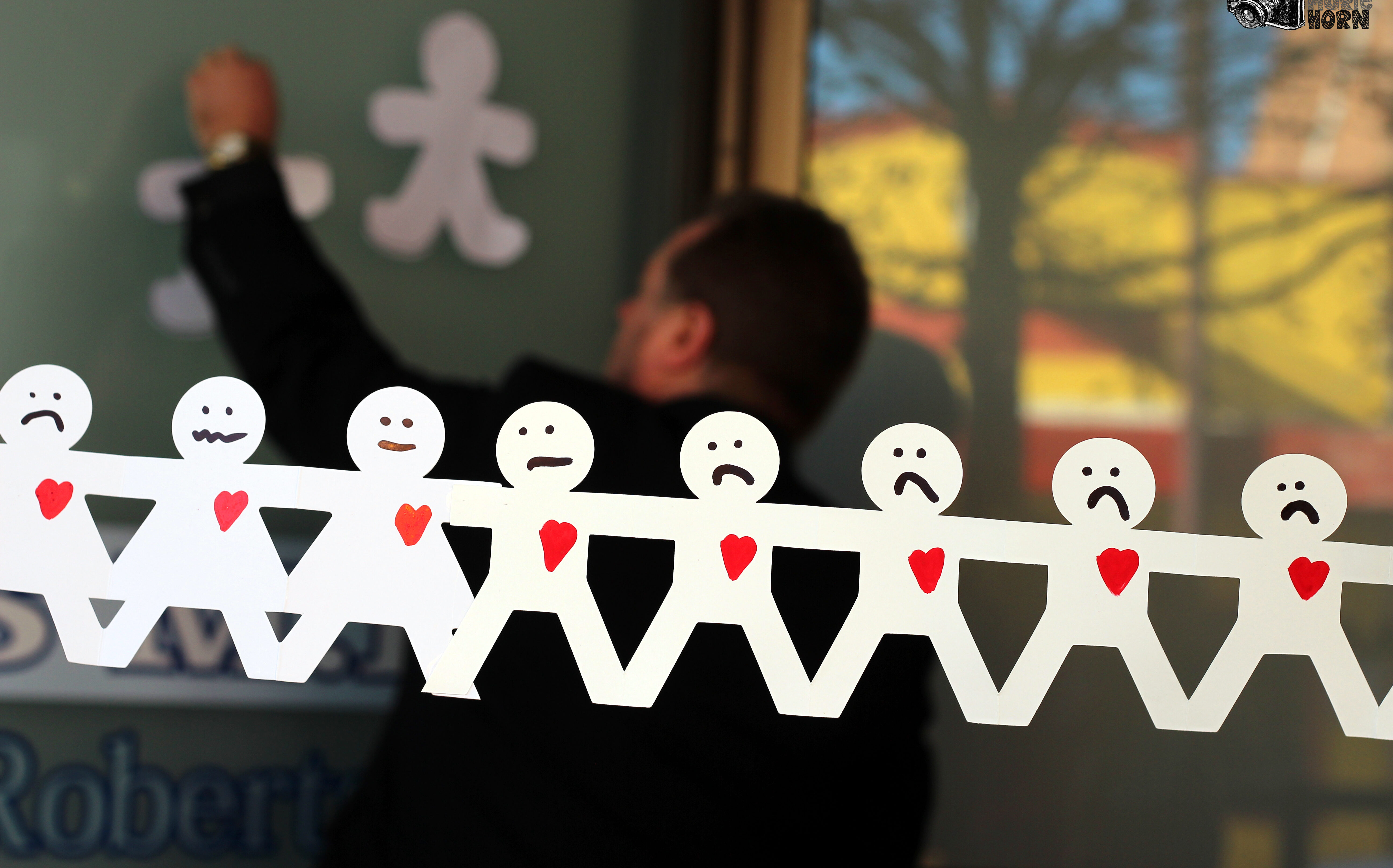
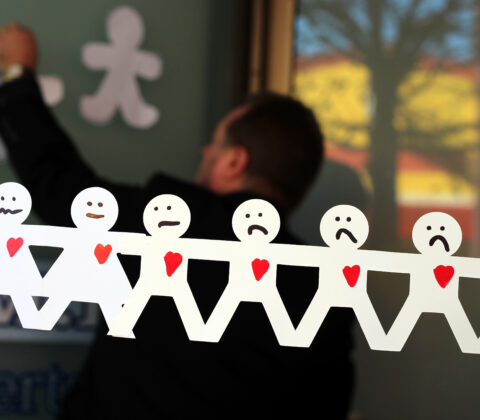
JOURNALISM: Immigration Protest
Protest Against The Unlawful Detention of Asylum-Seeking Children
I recently covered a story for Central Coast newspaper Ducks Crossing.
The protesters gathered in front of the Gosford office of Minister of Parliament Ms. Lucy Wicks to call for the end to unlawful detention of children in processing facilities across Australia.
The protest was organised on social media by controversial Gosford Anglican minister Father Rob Bower.
